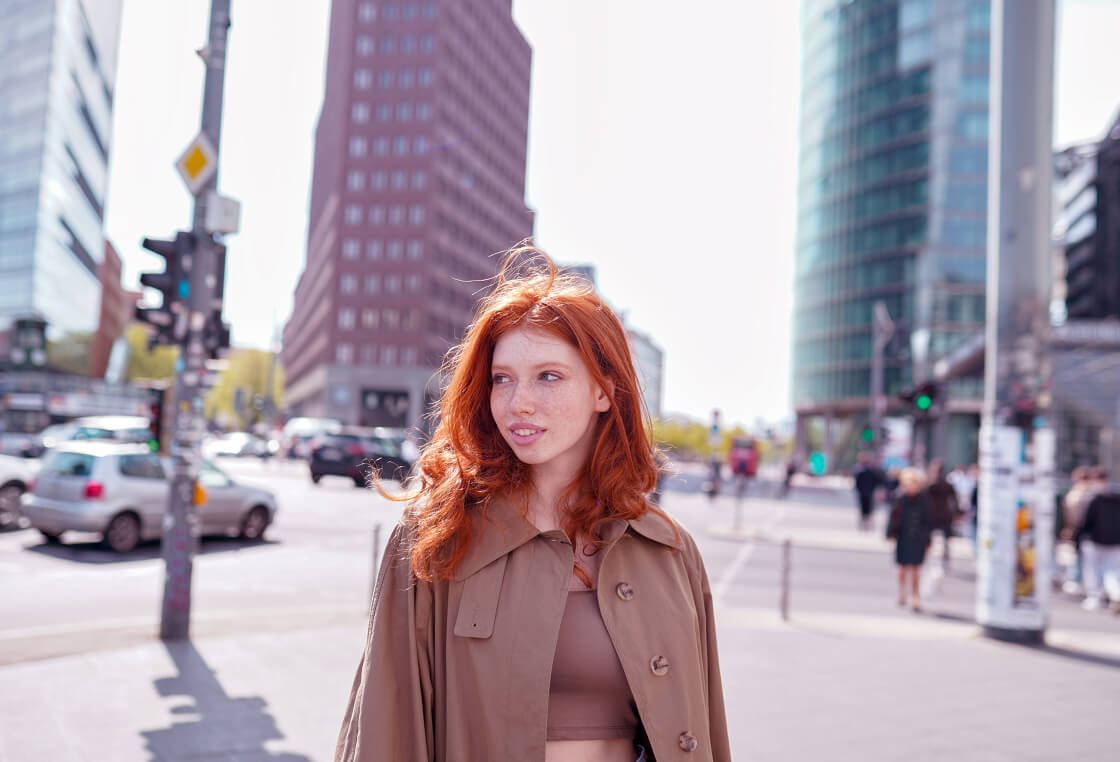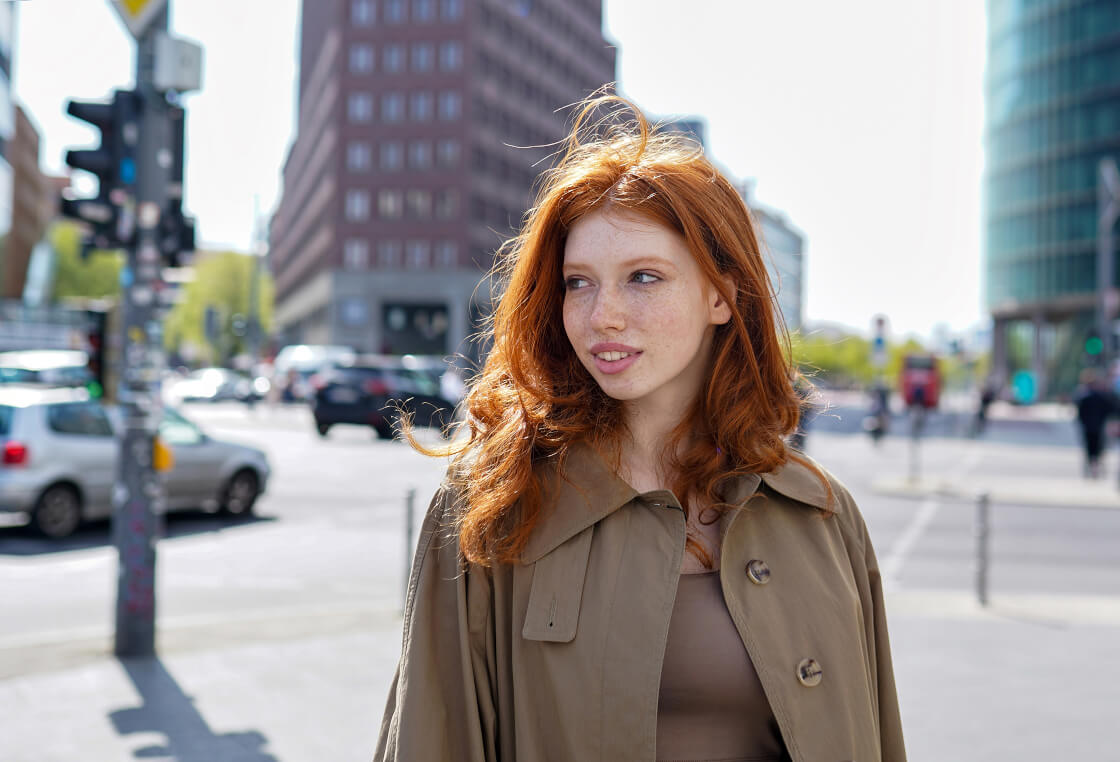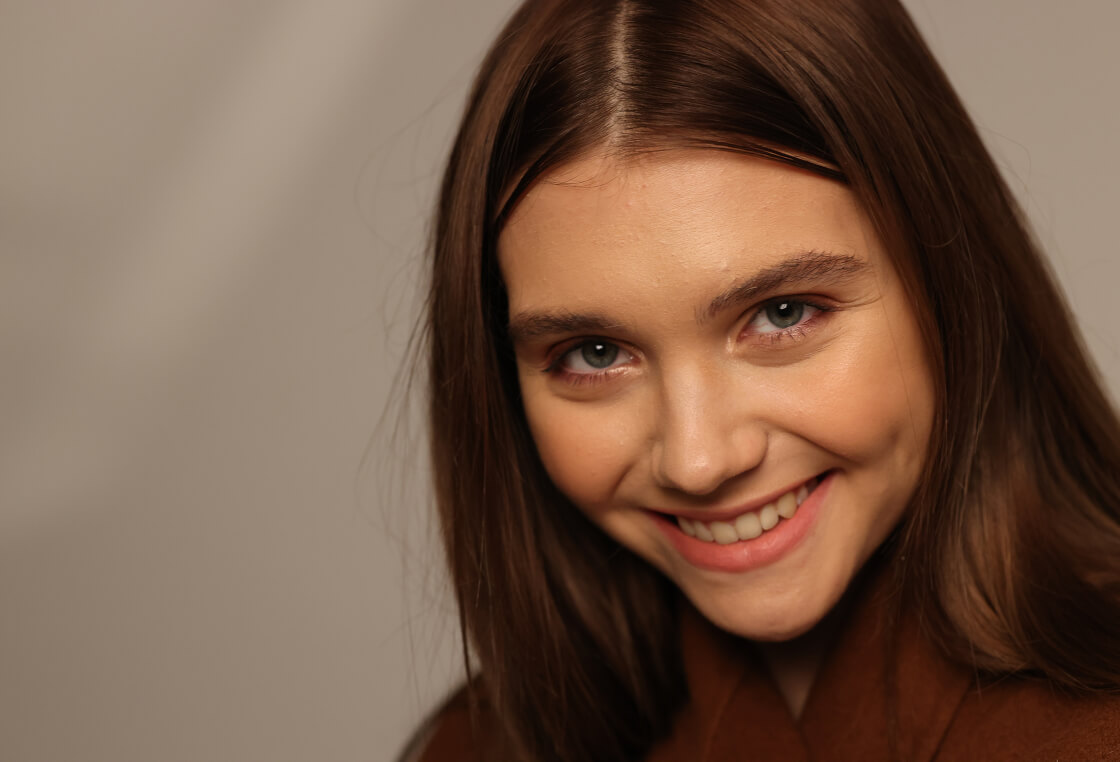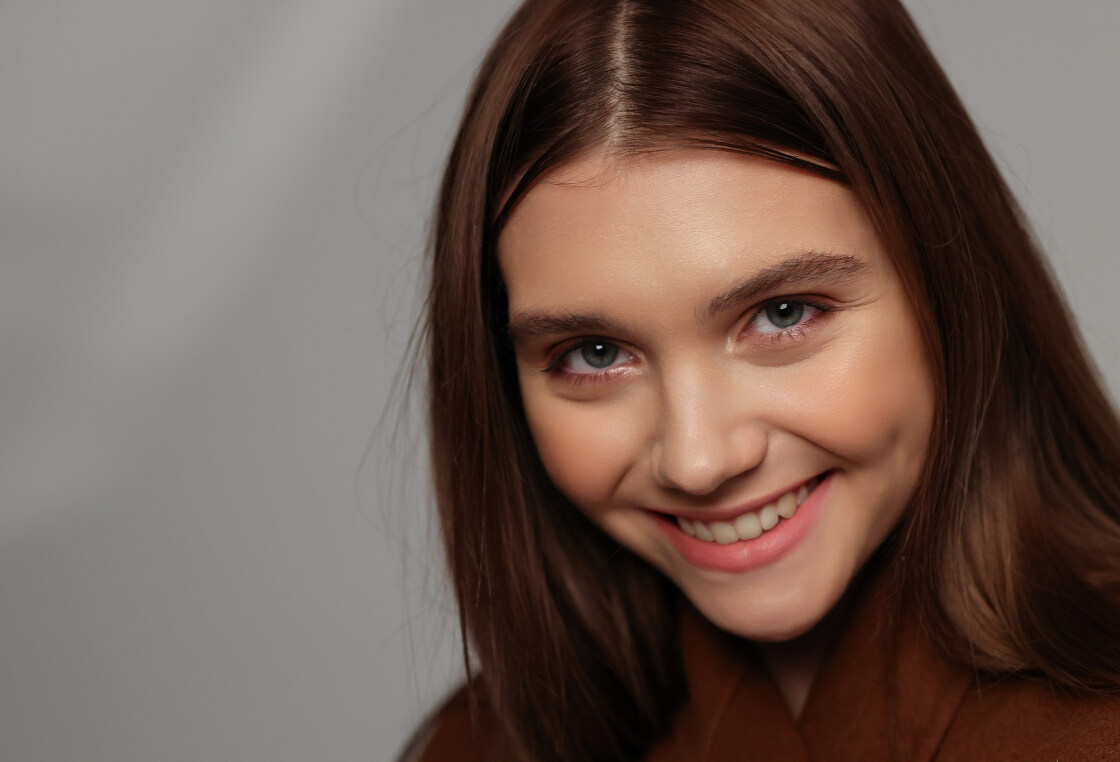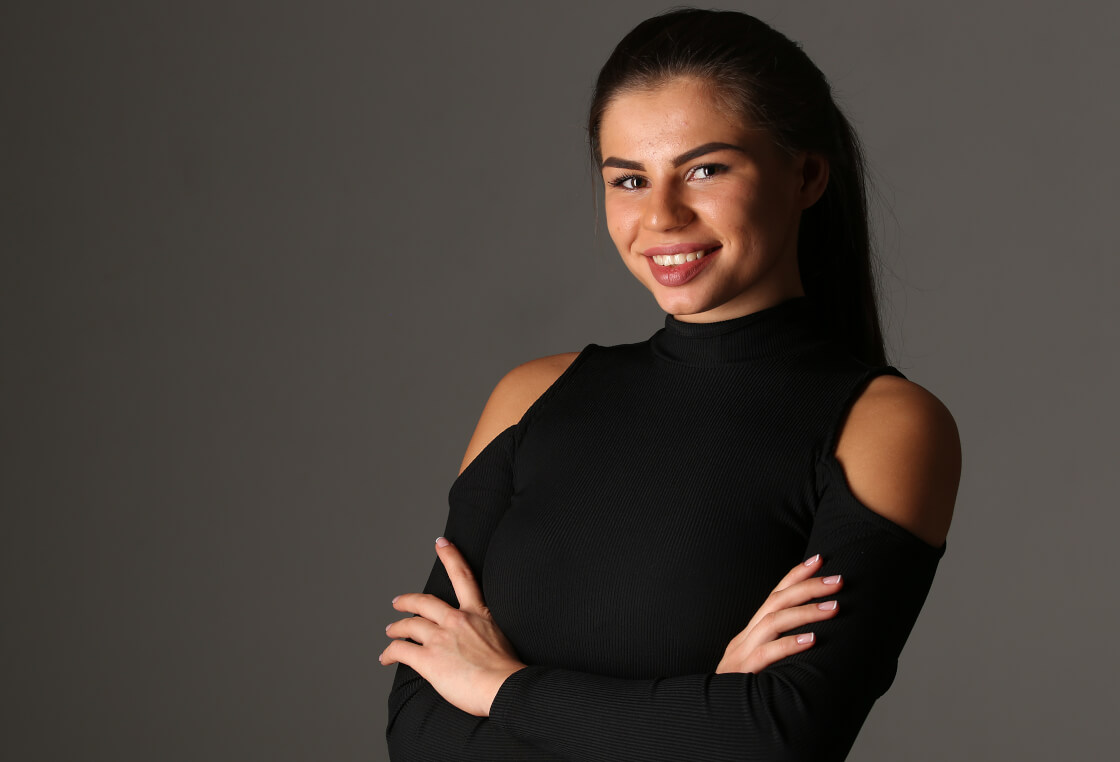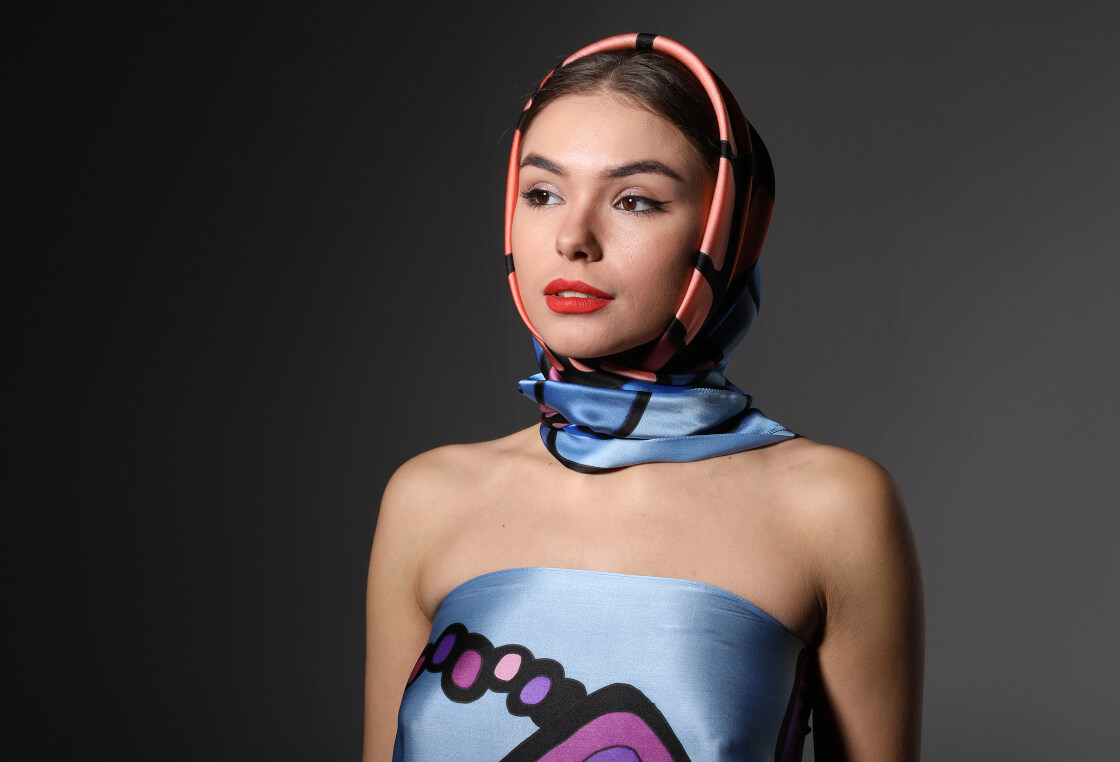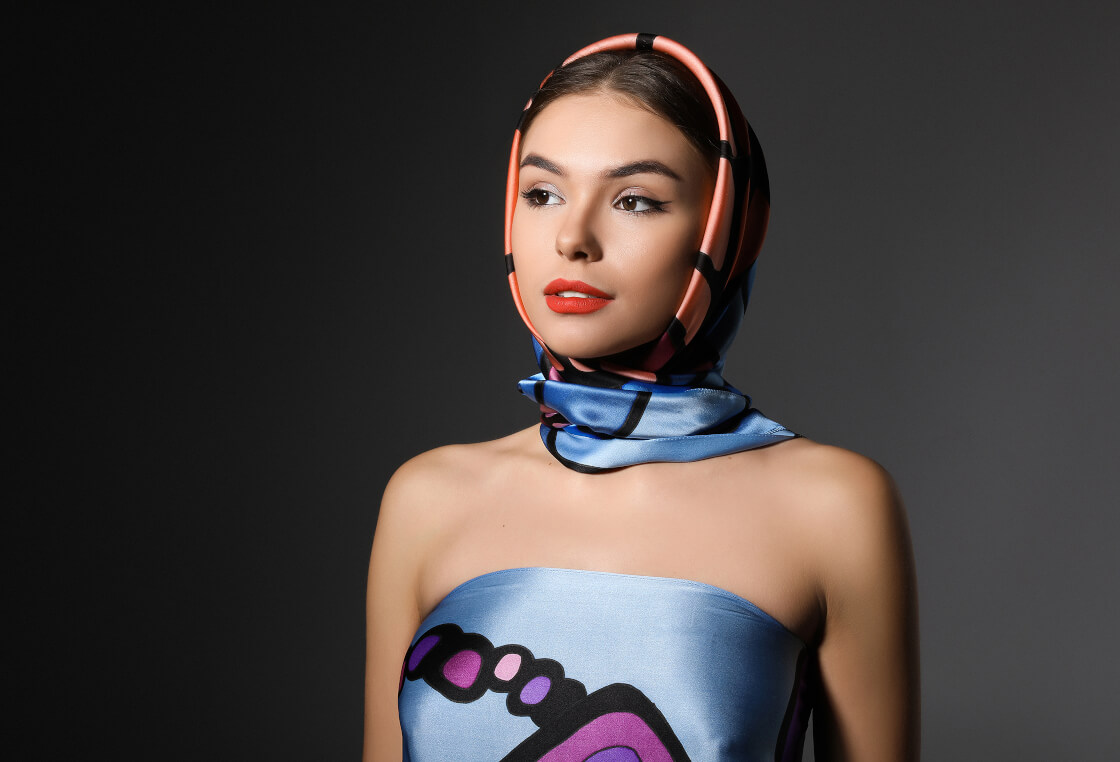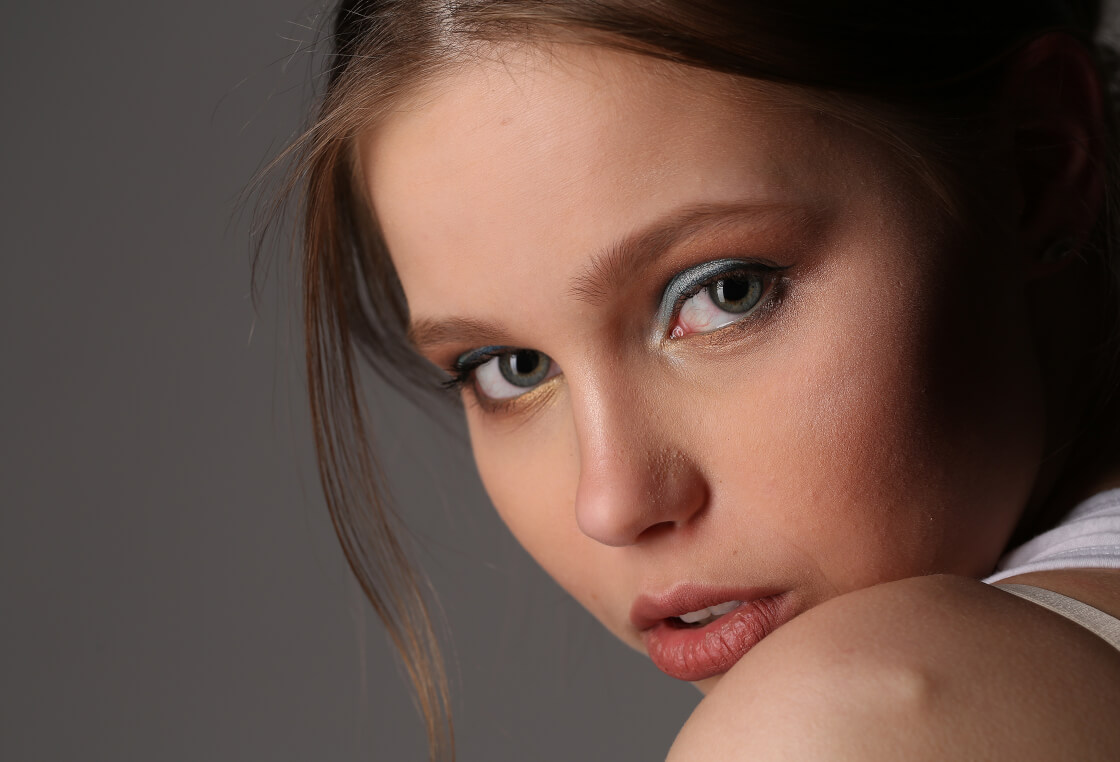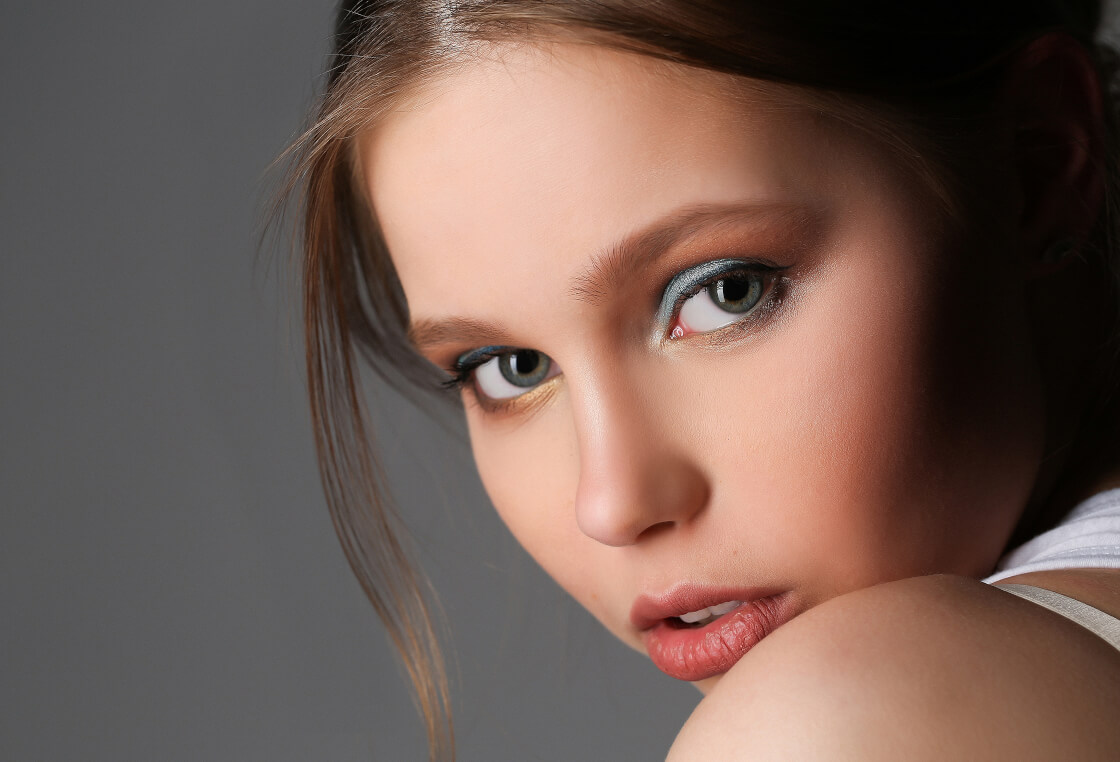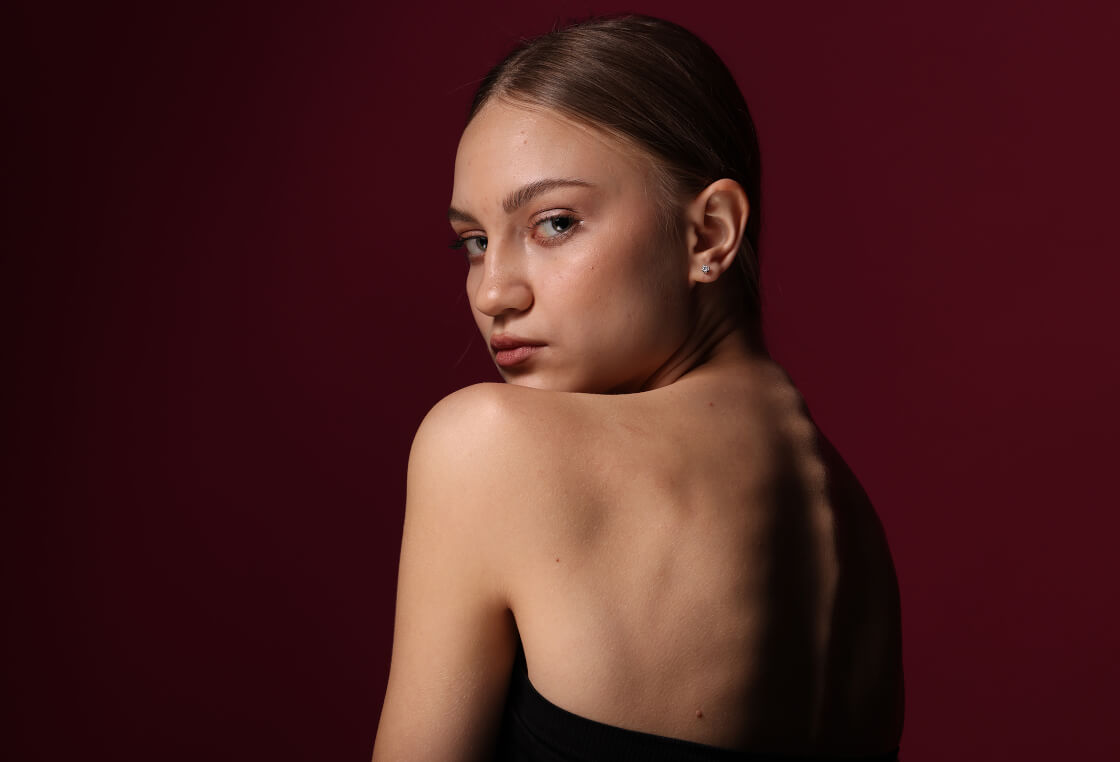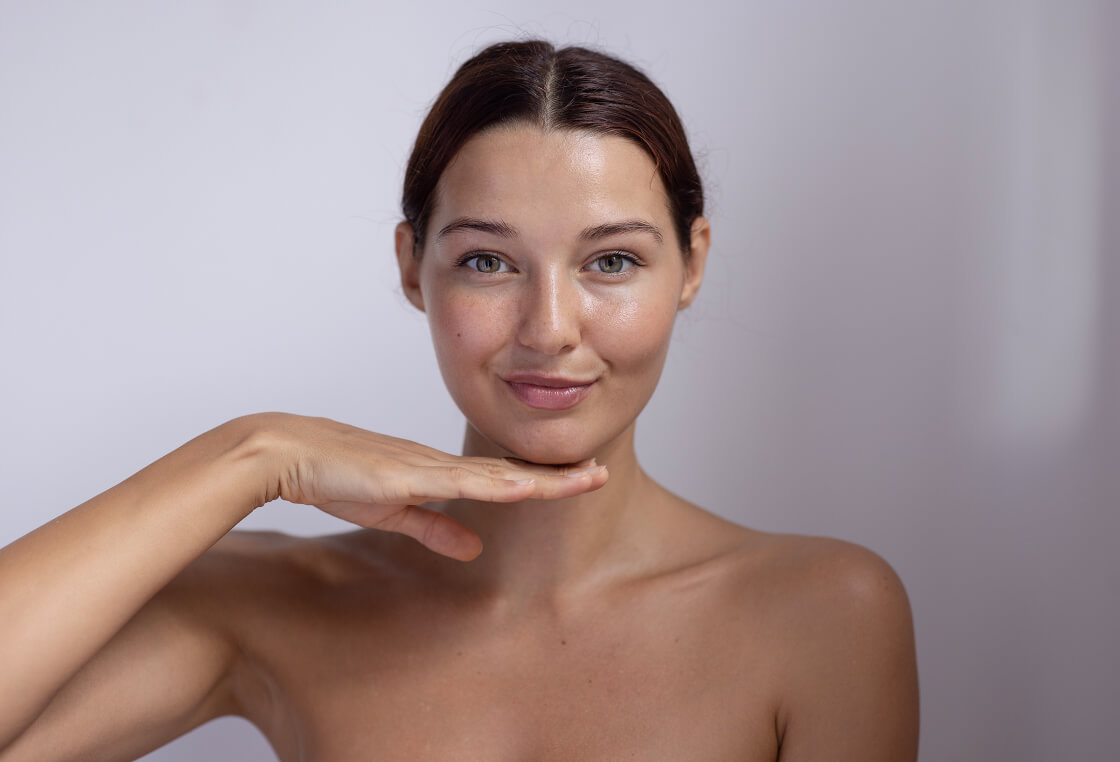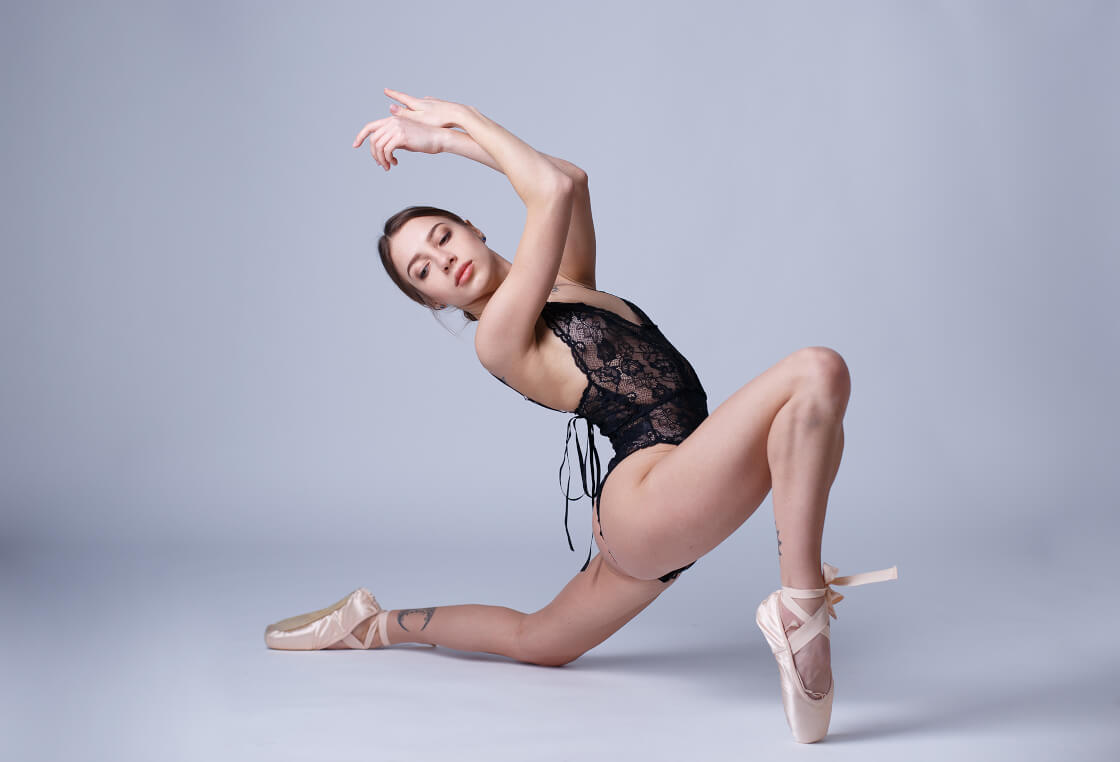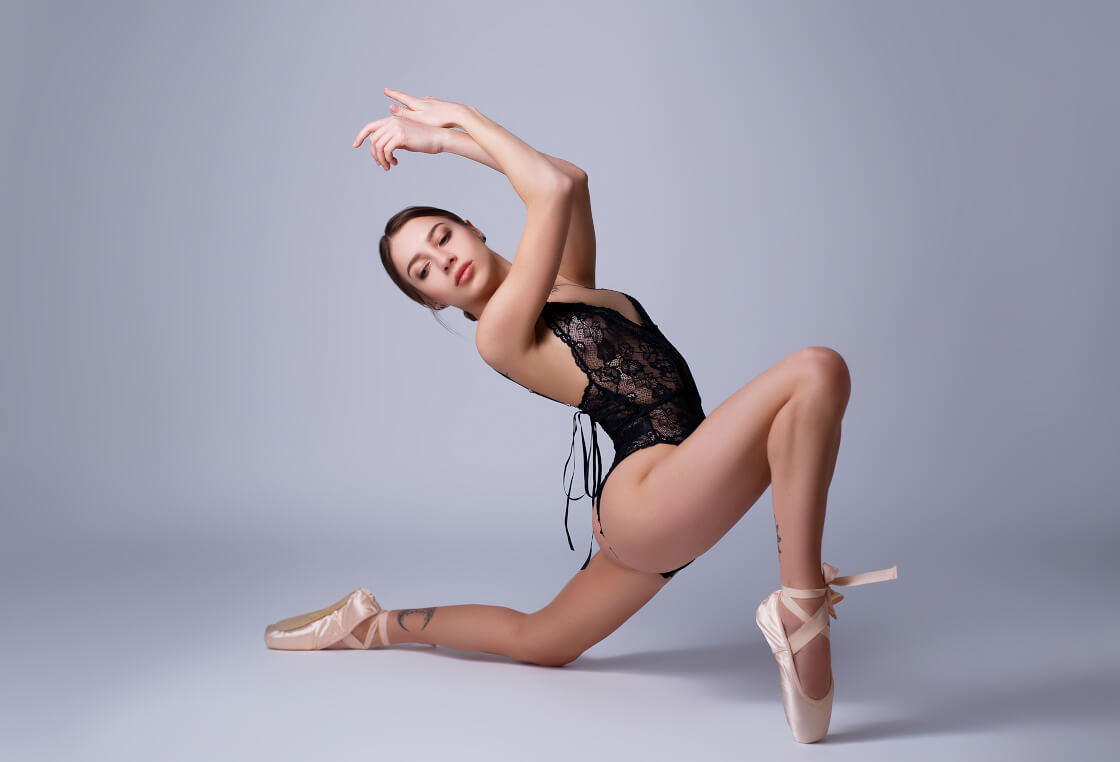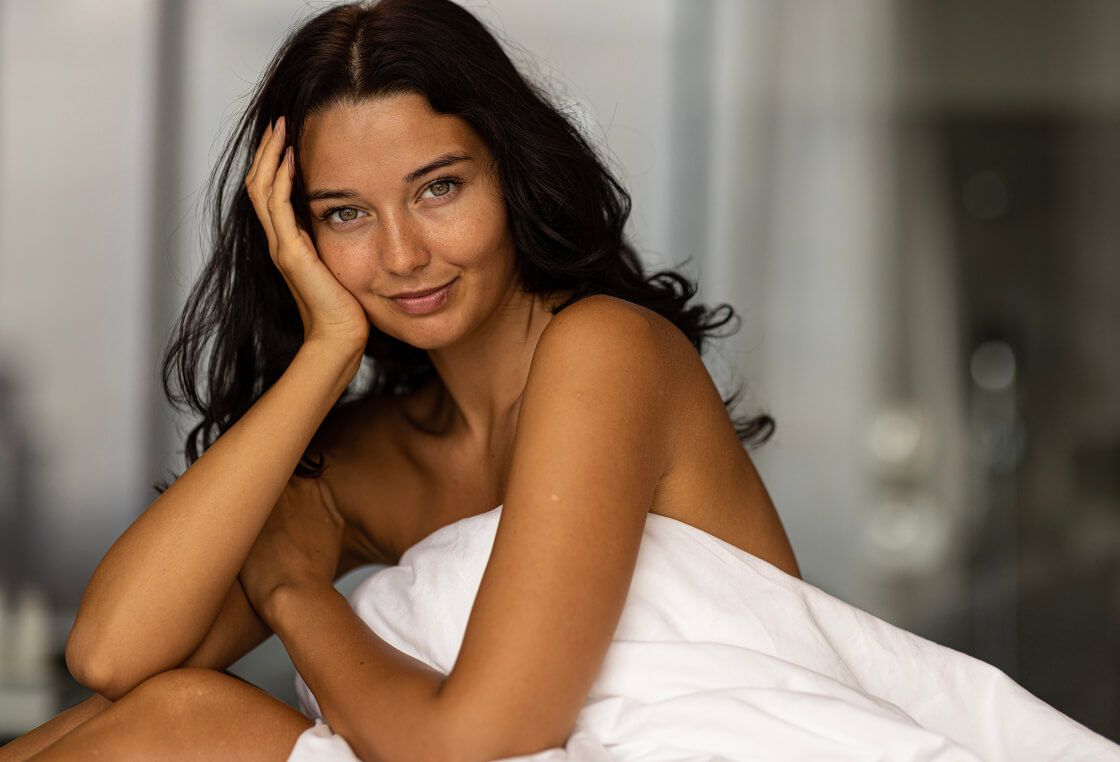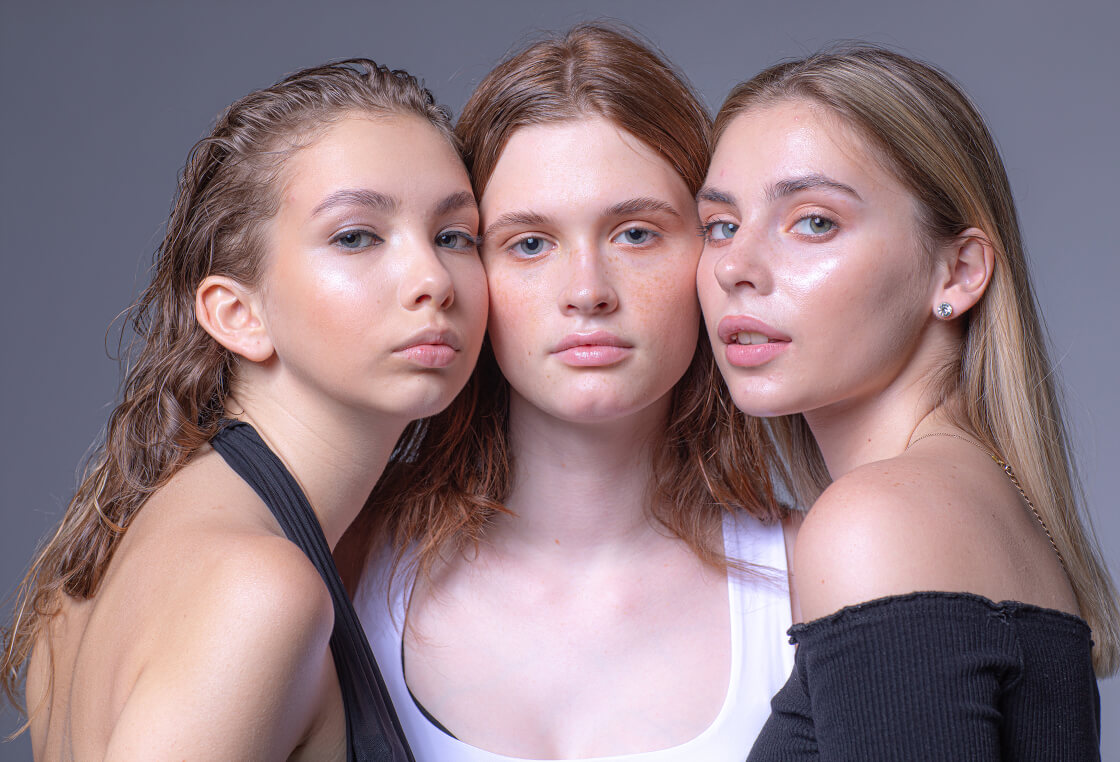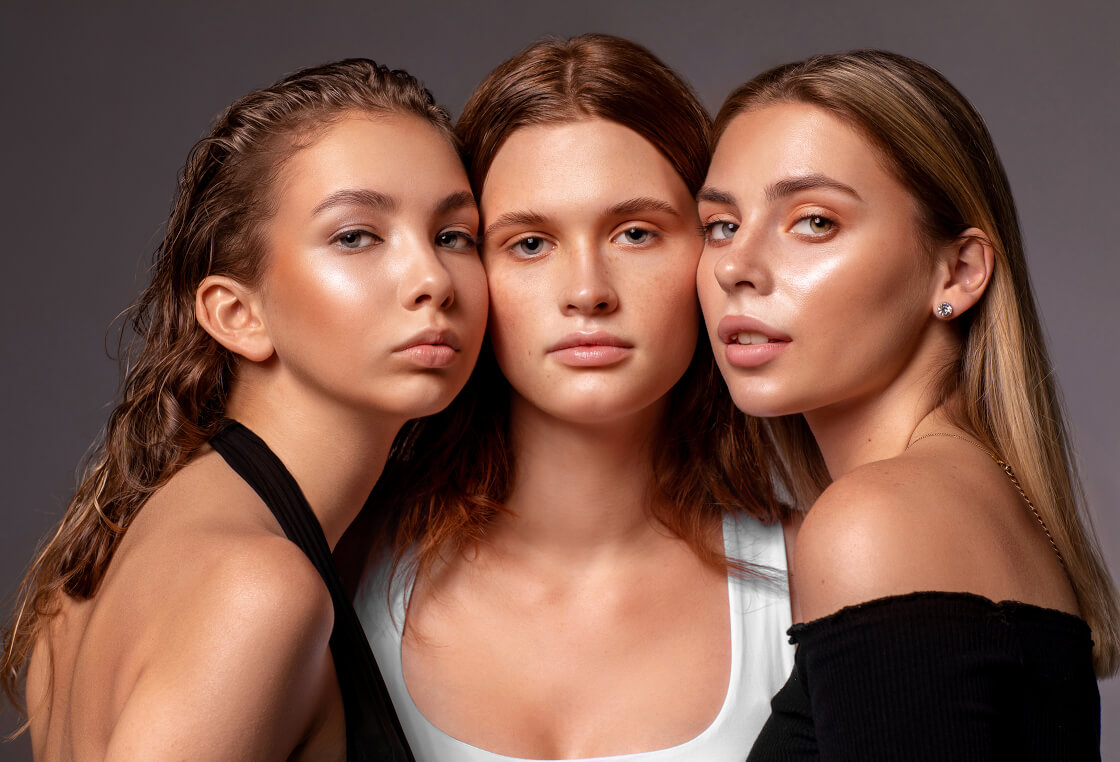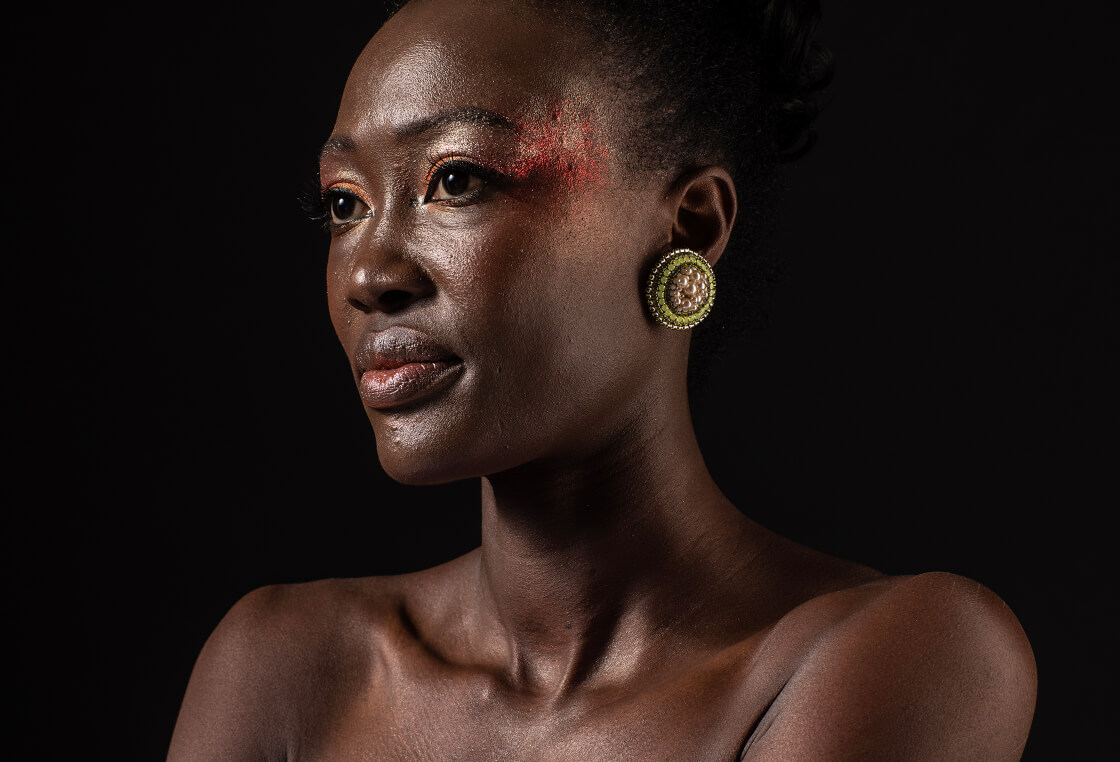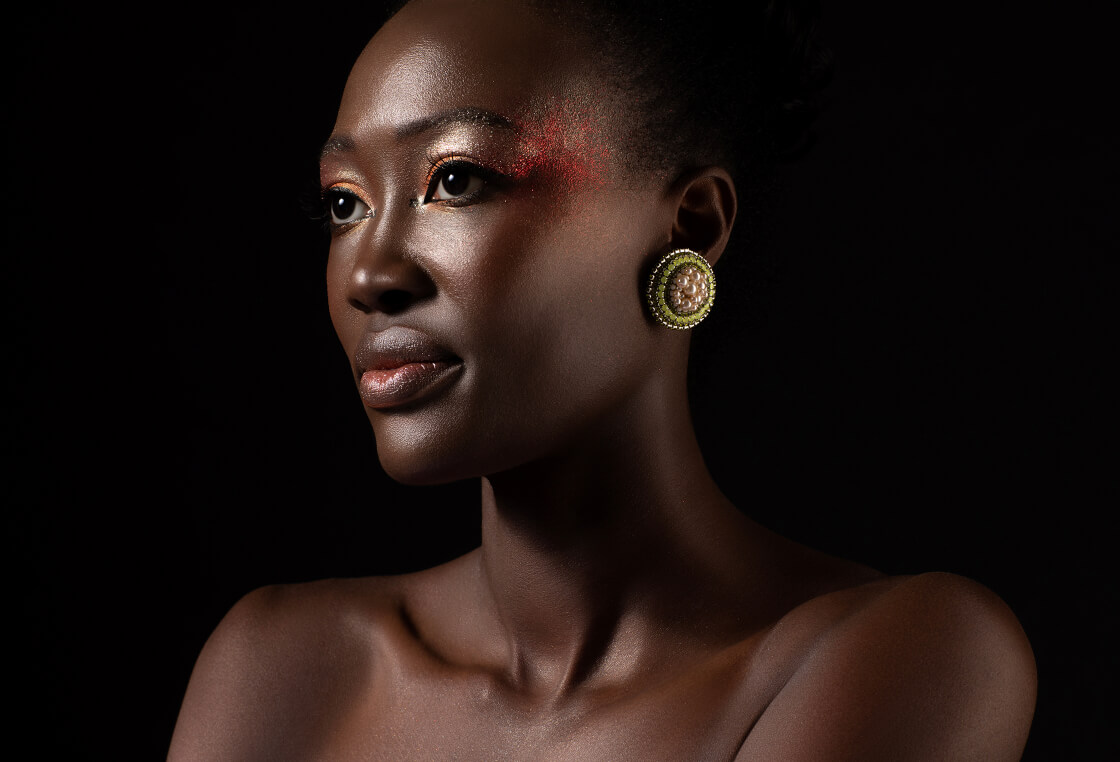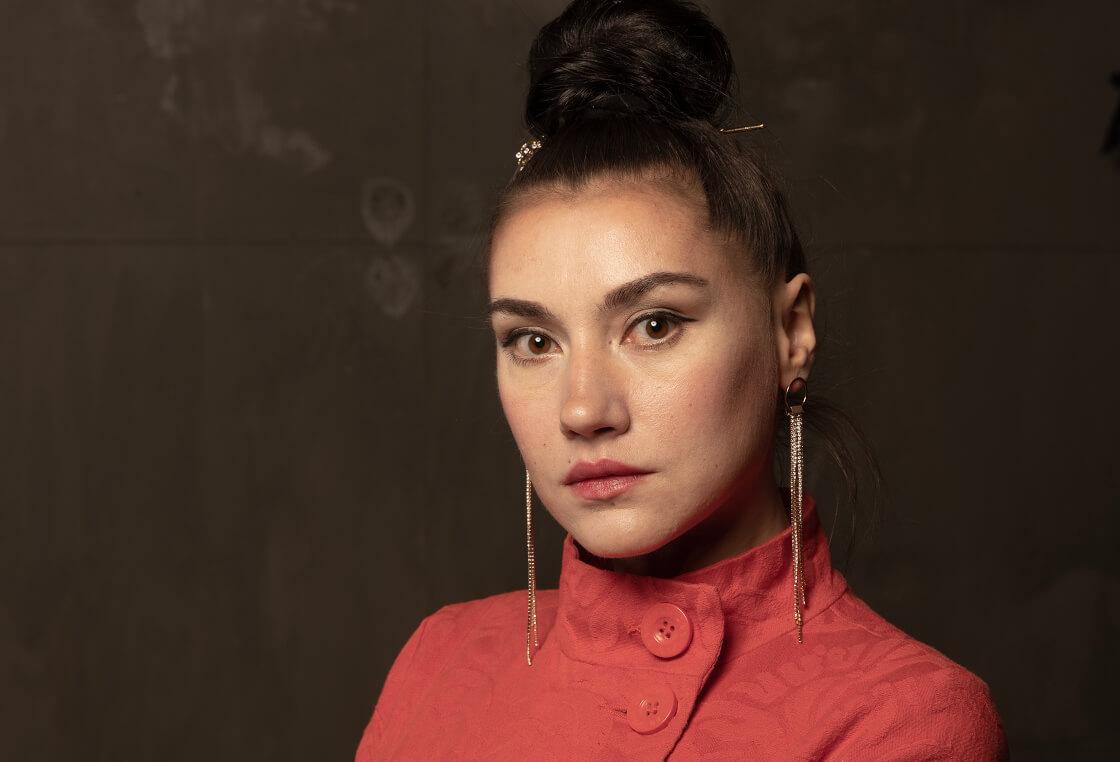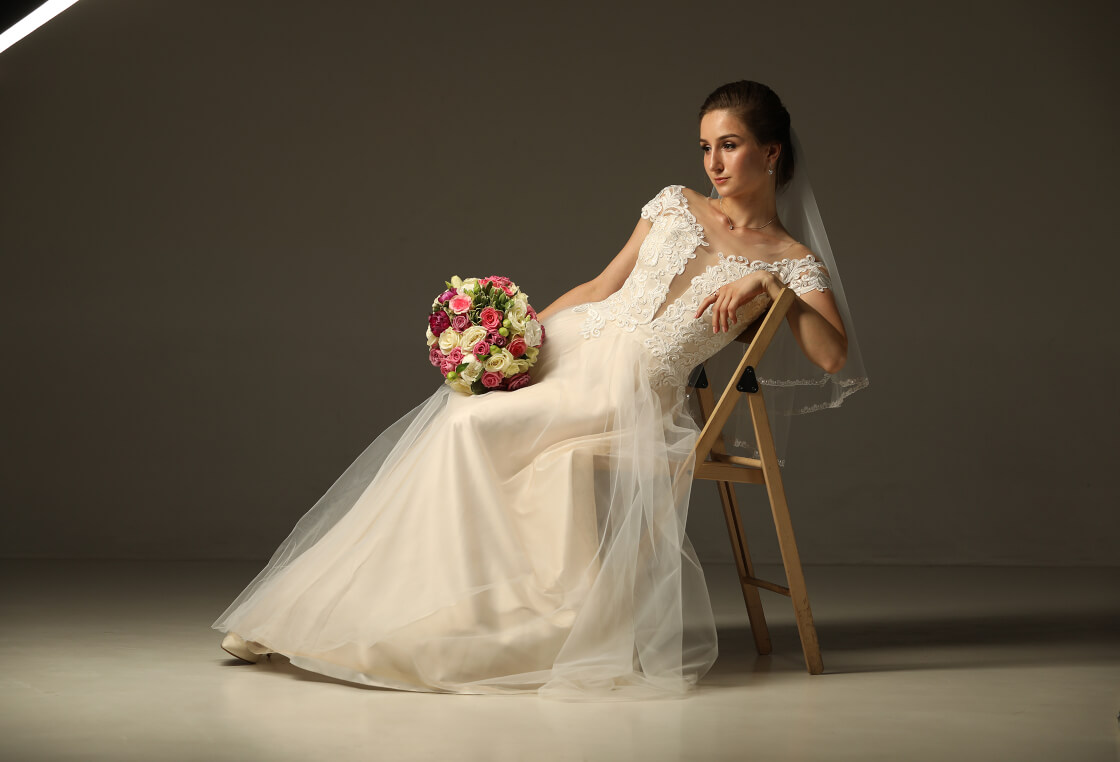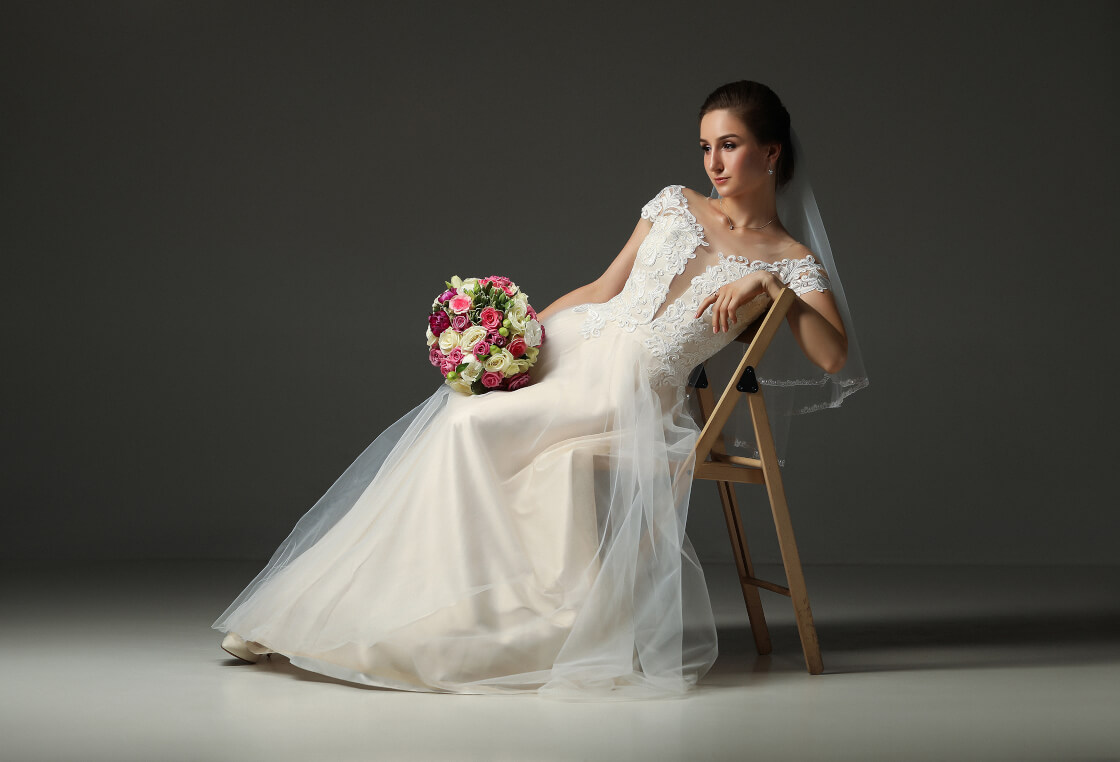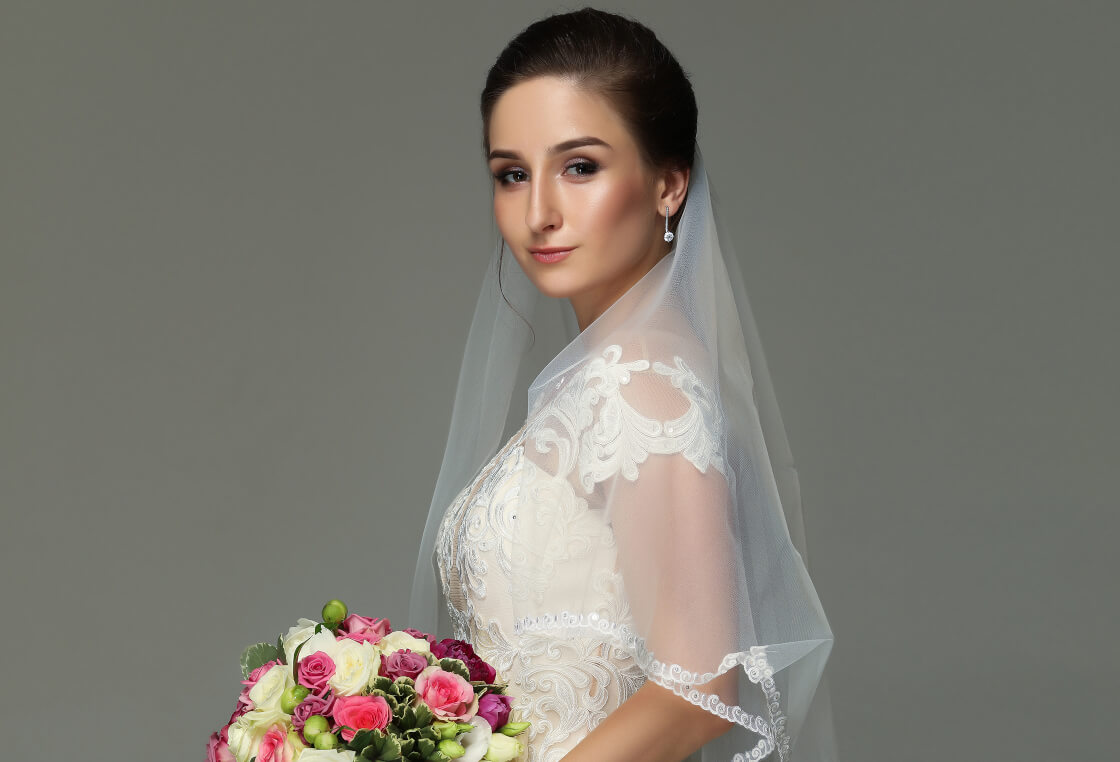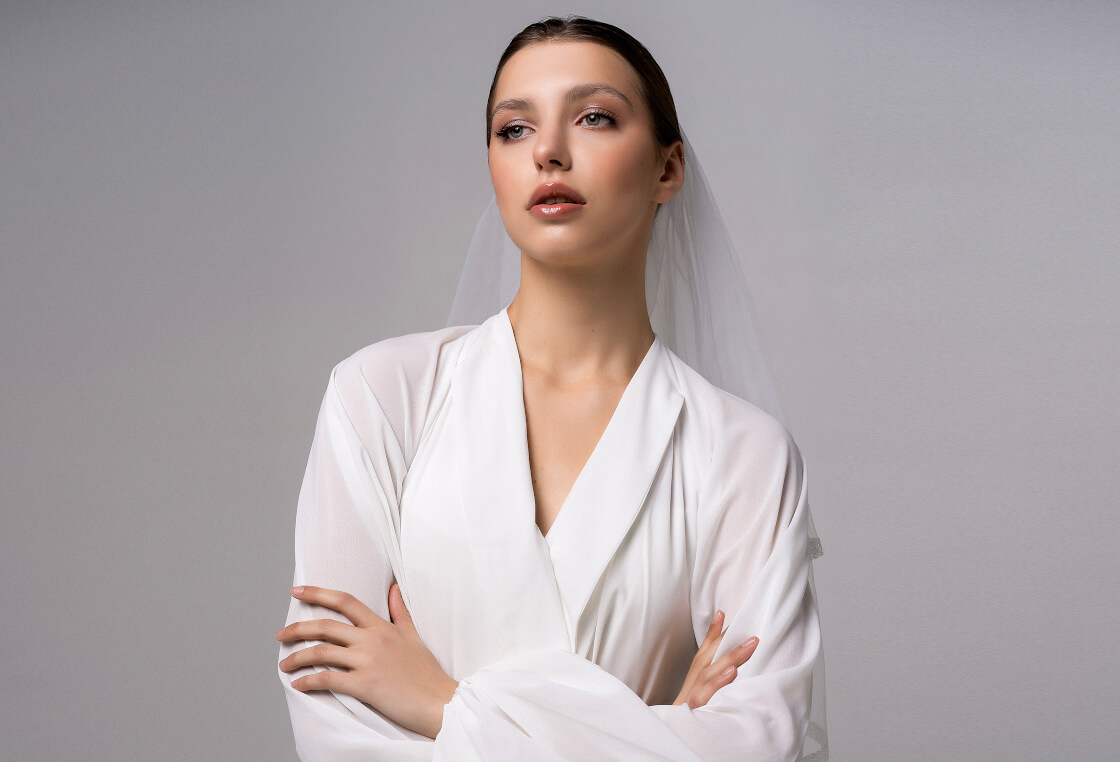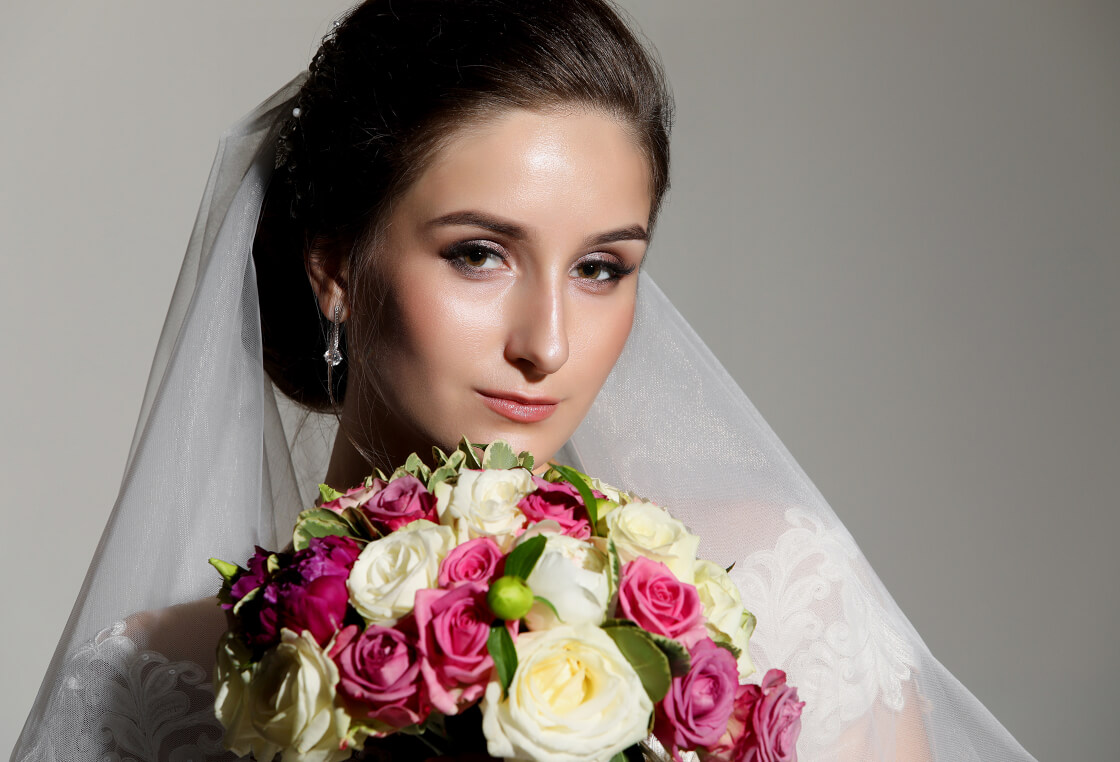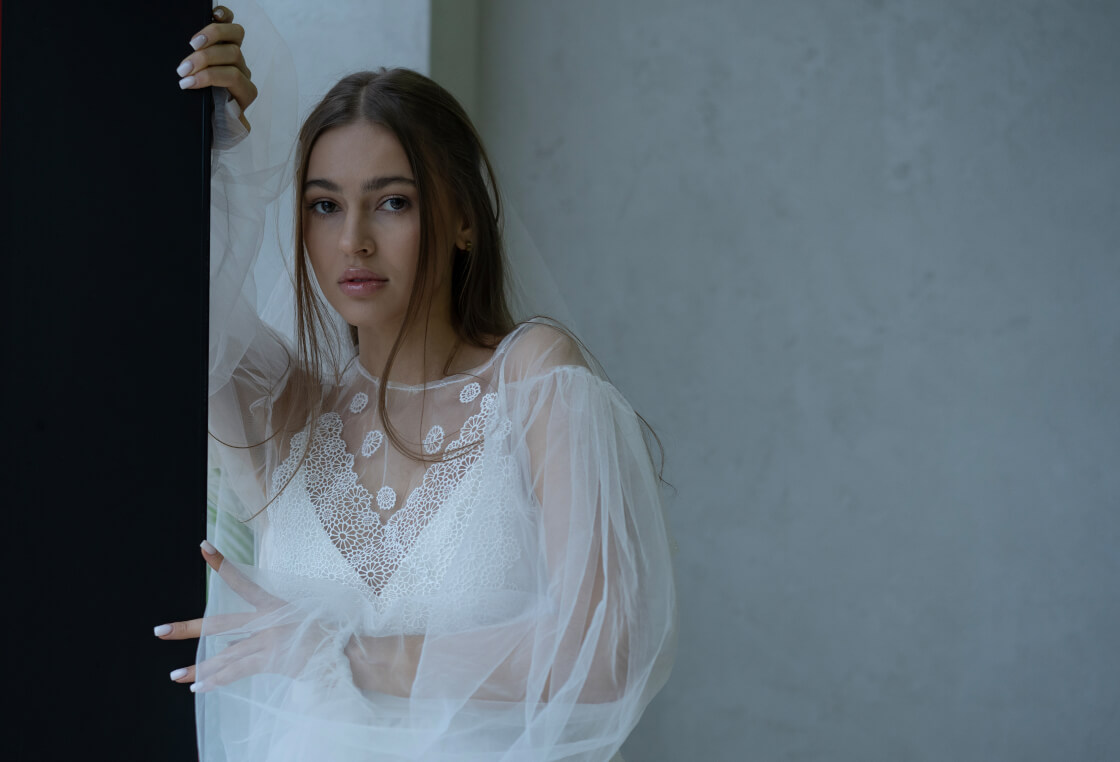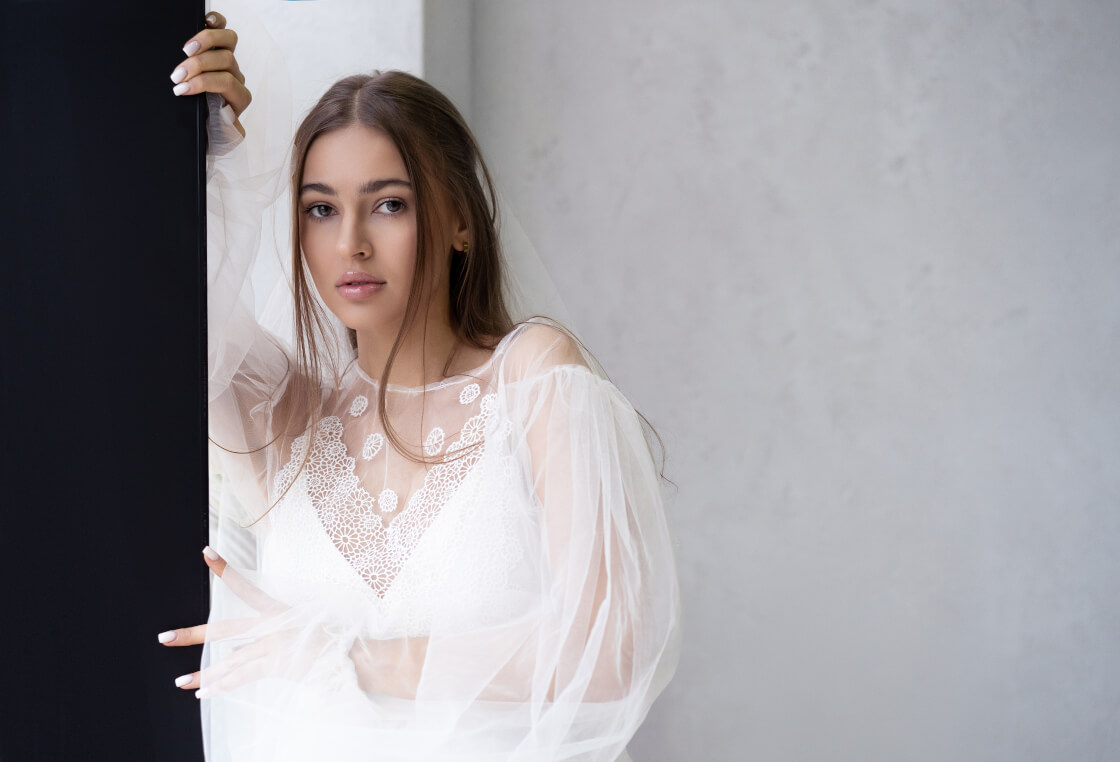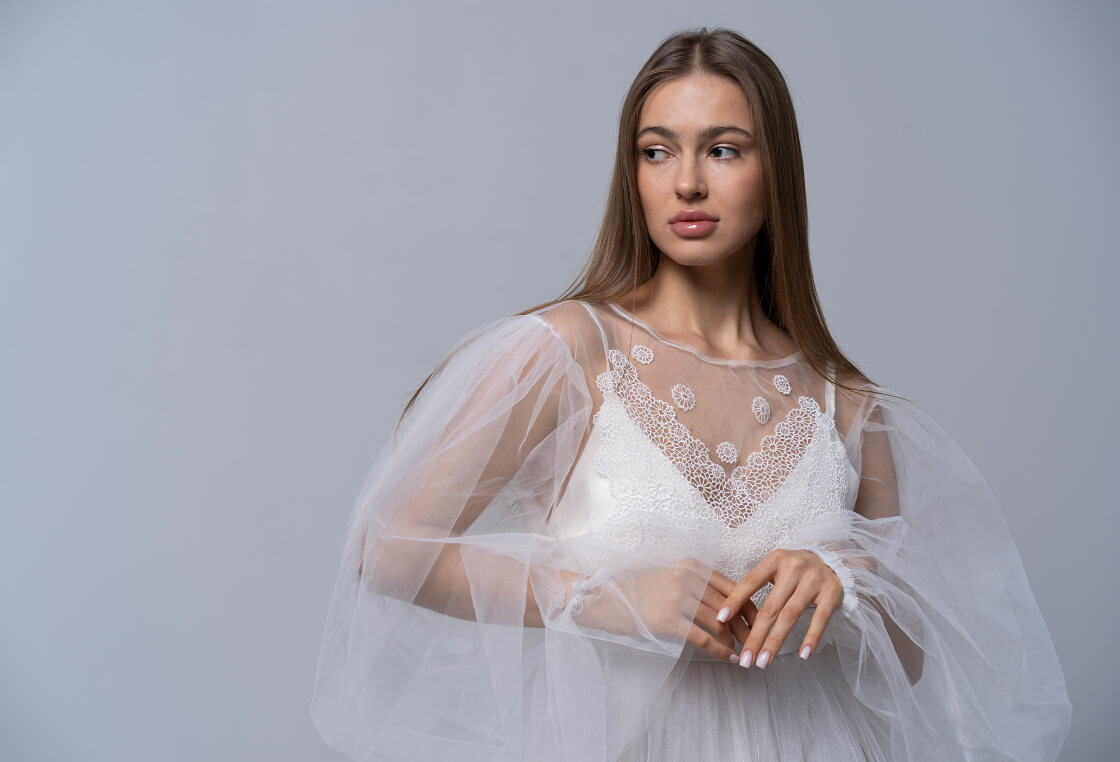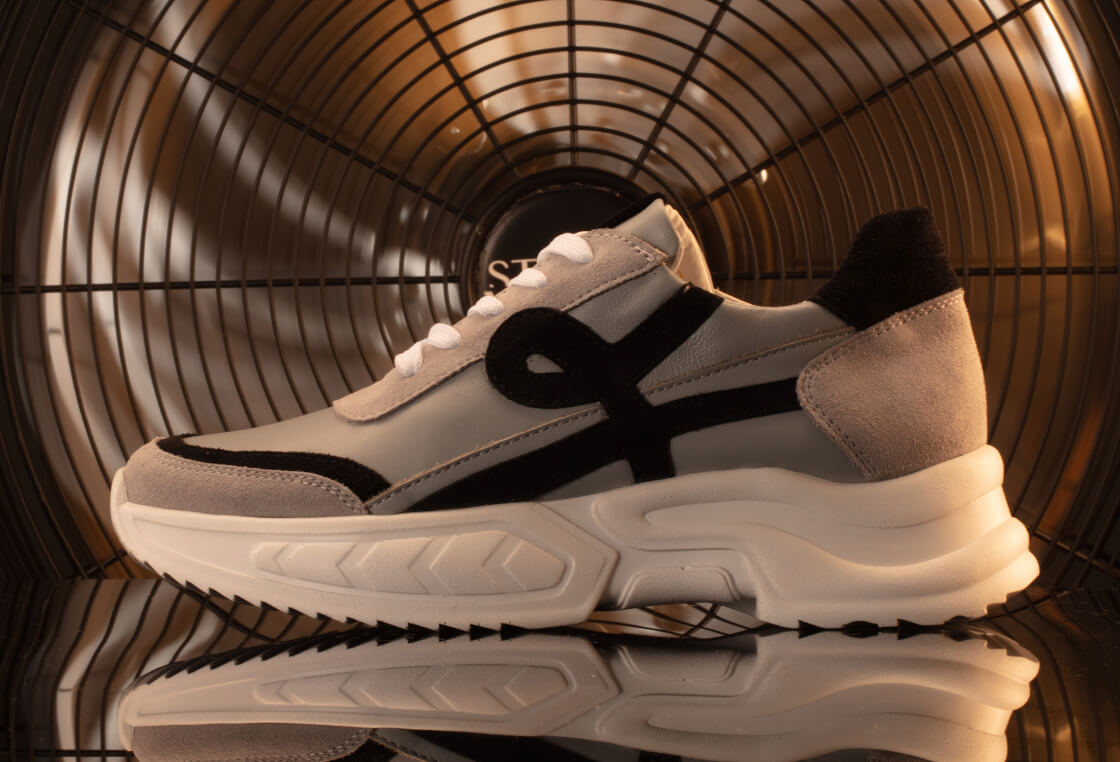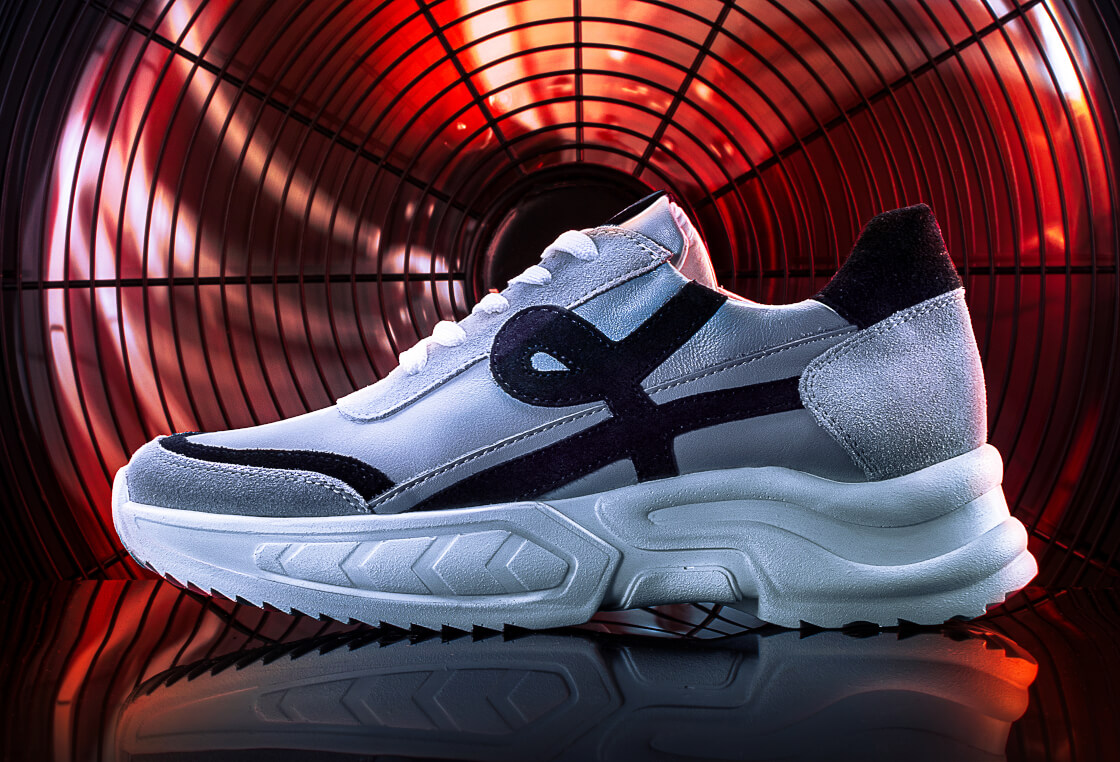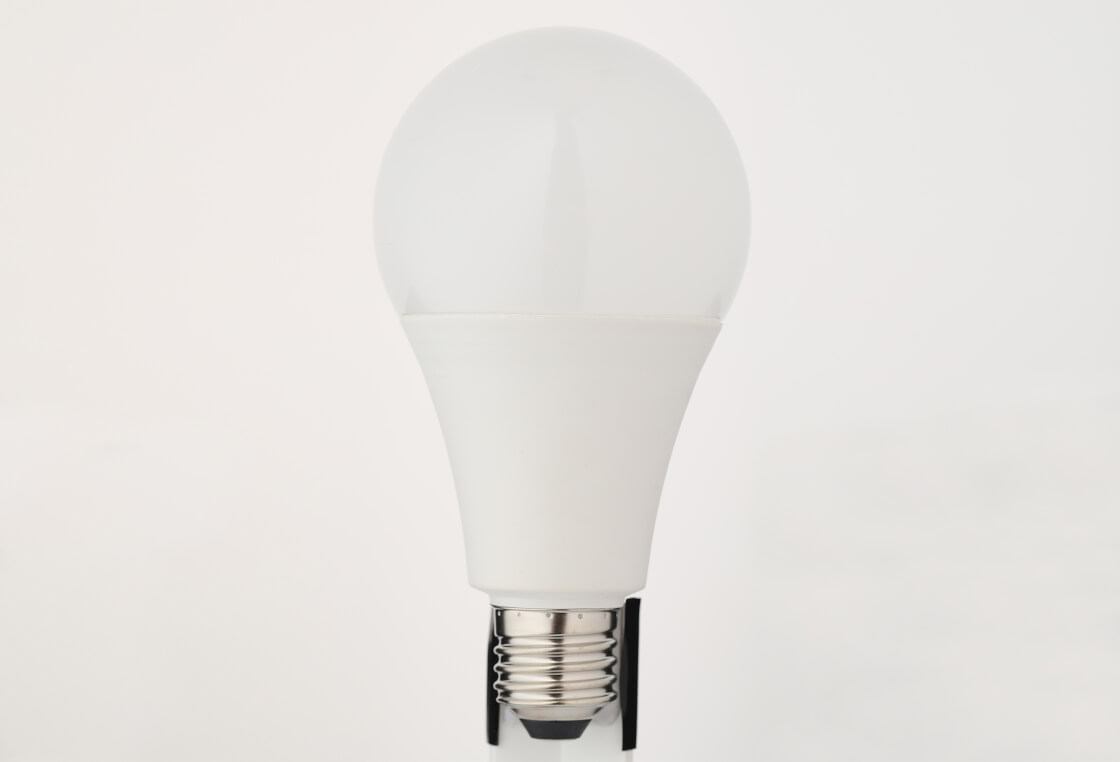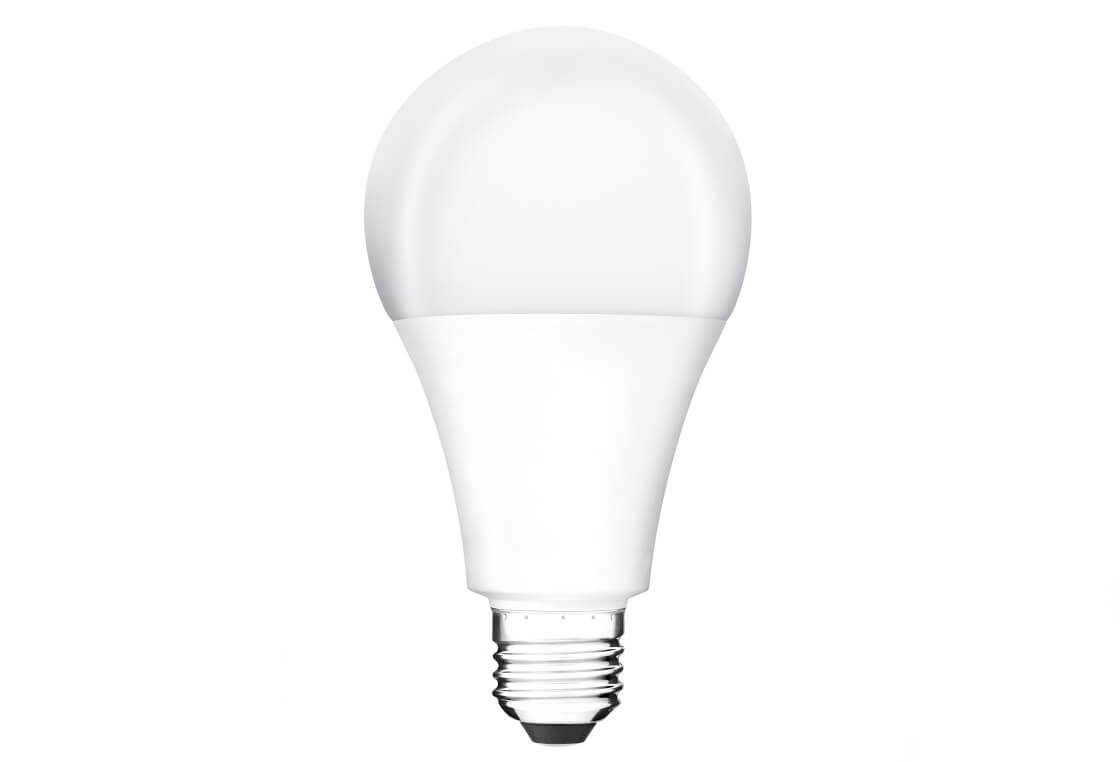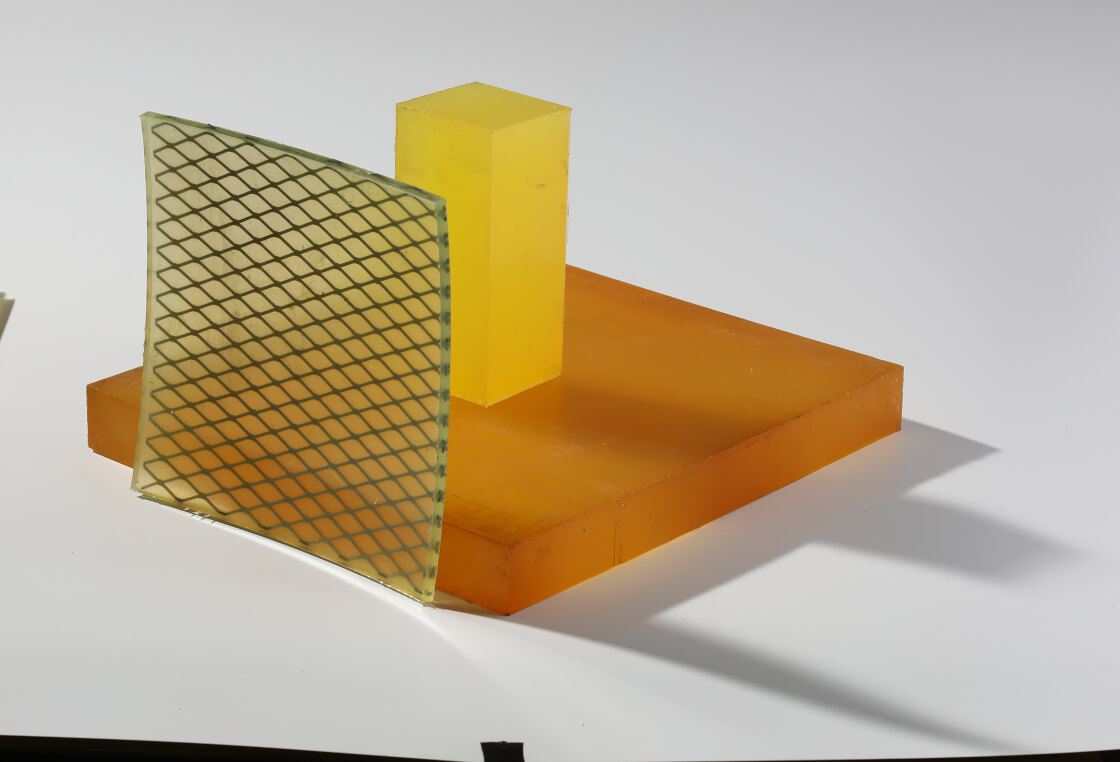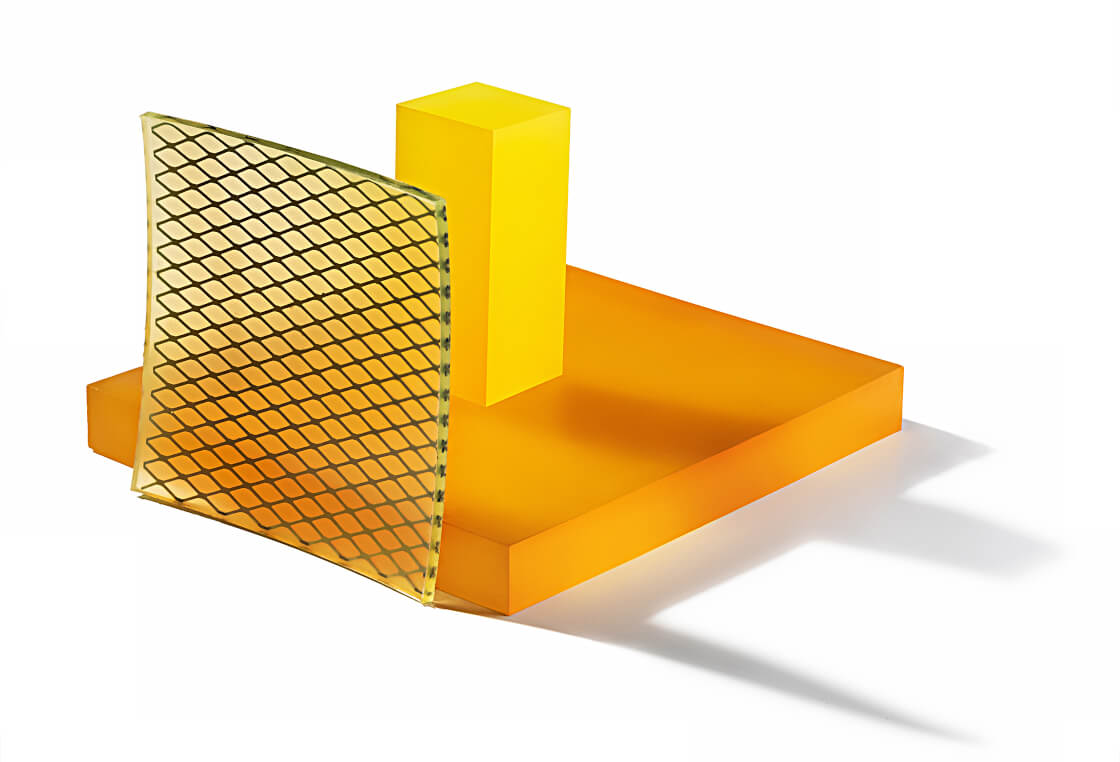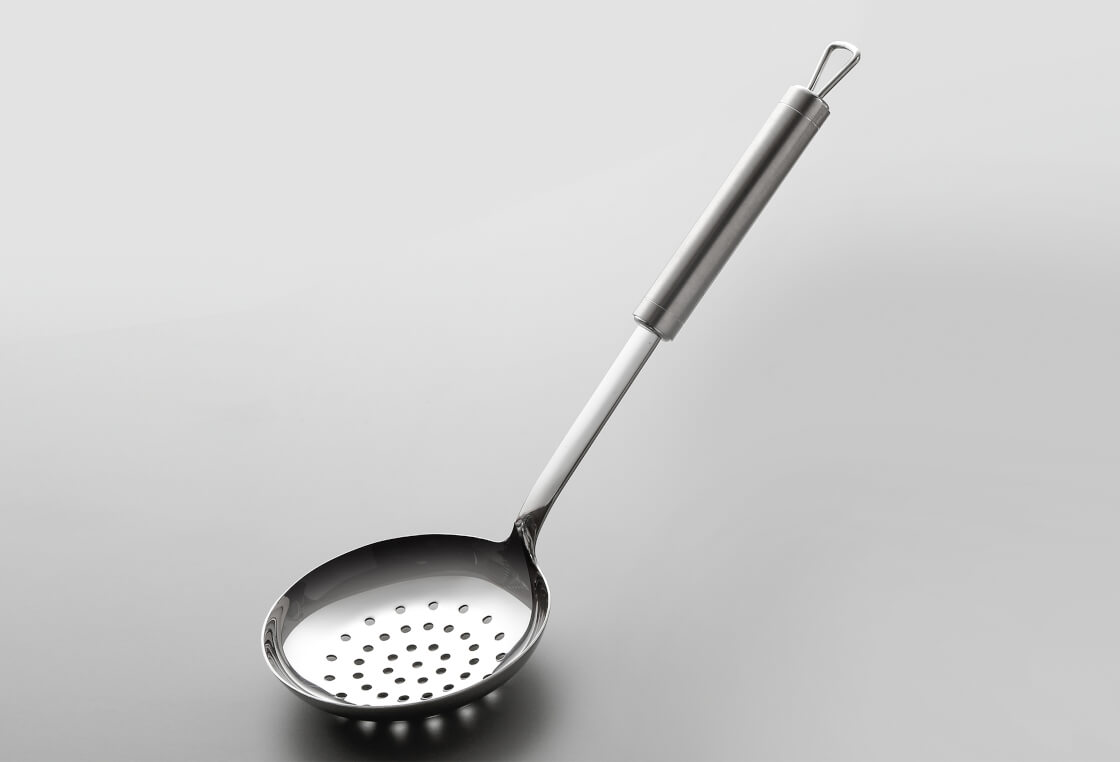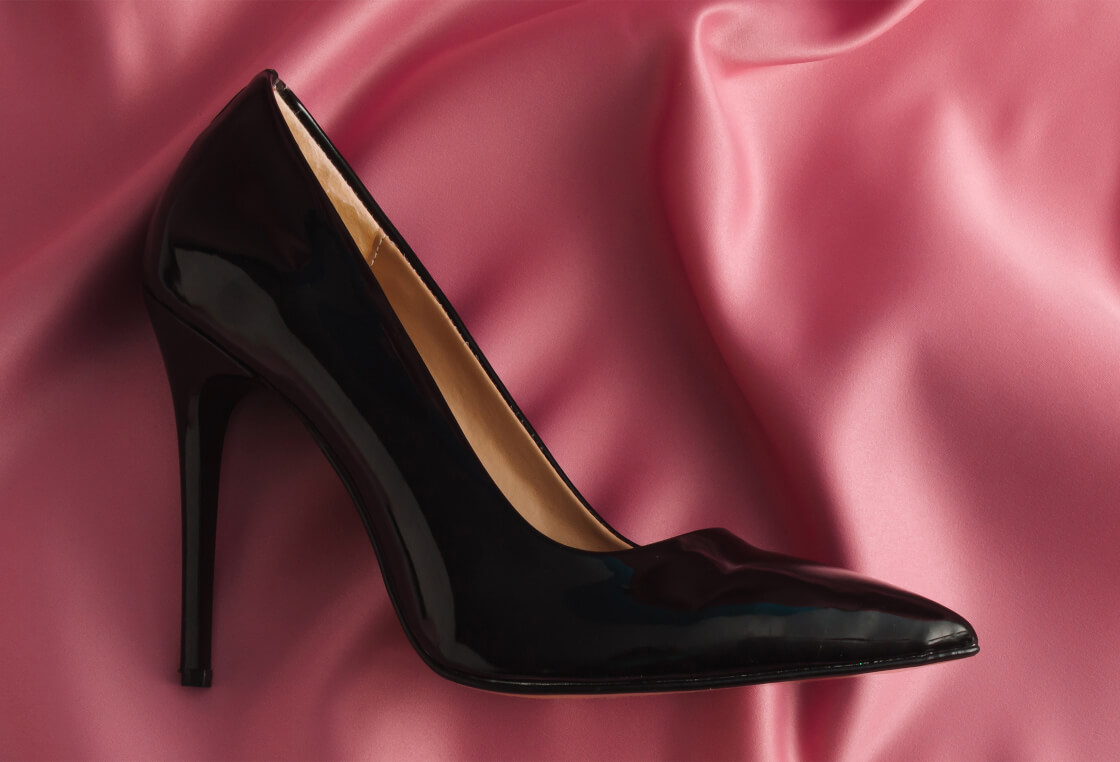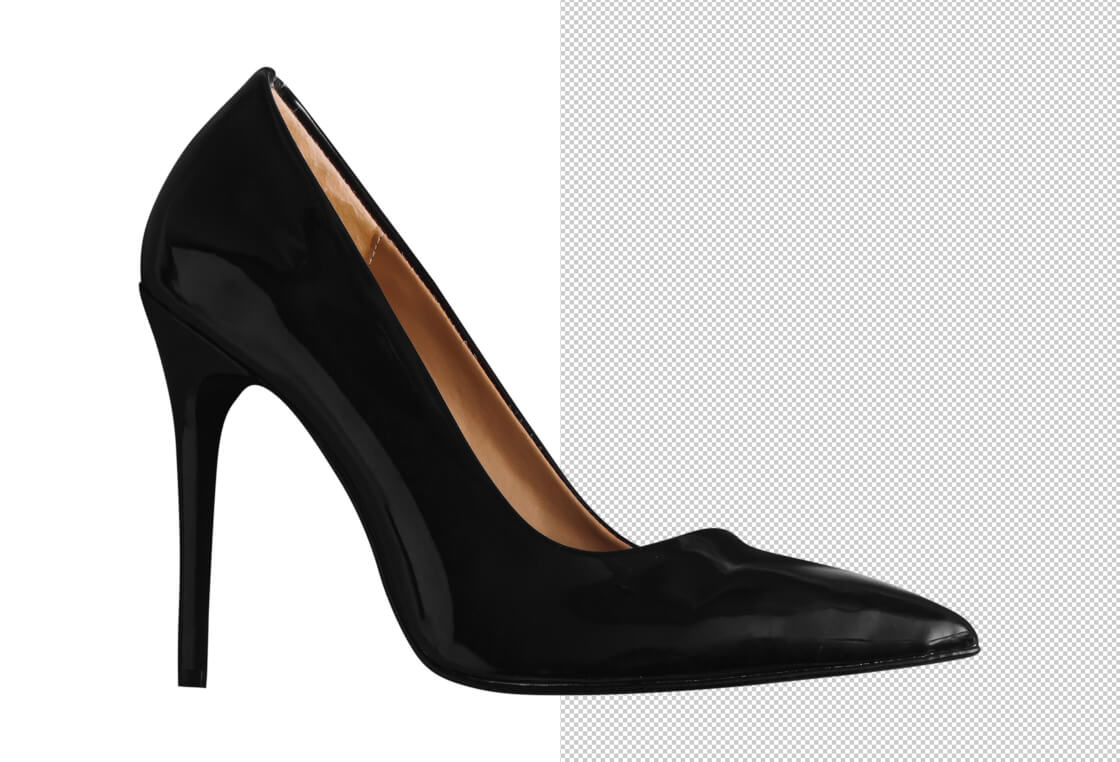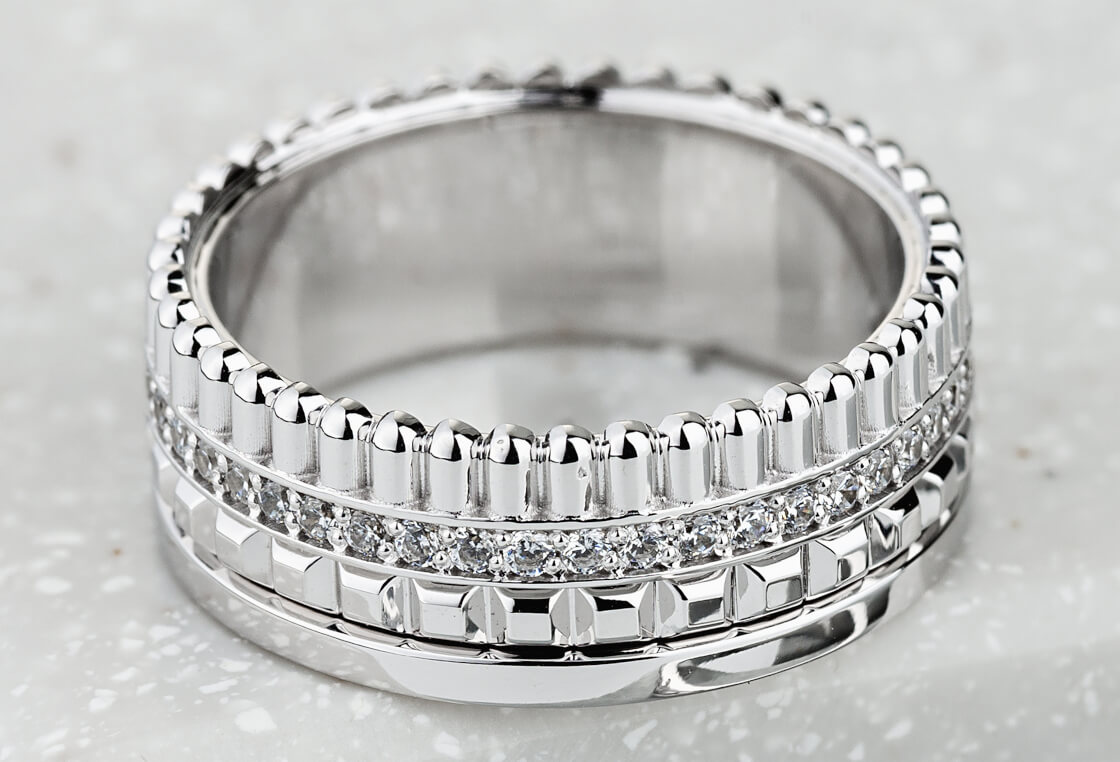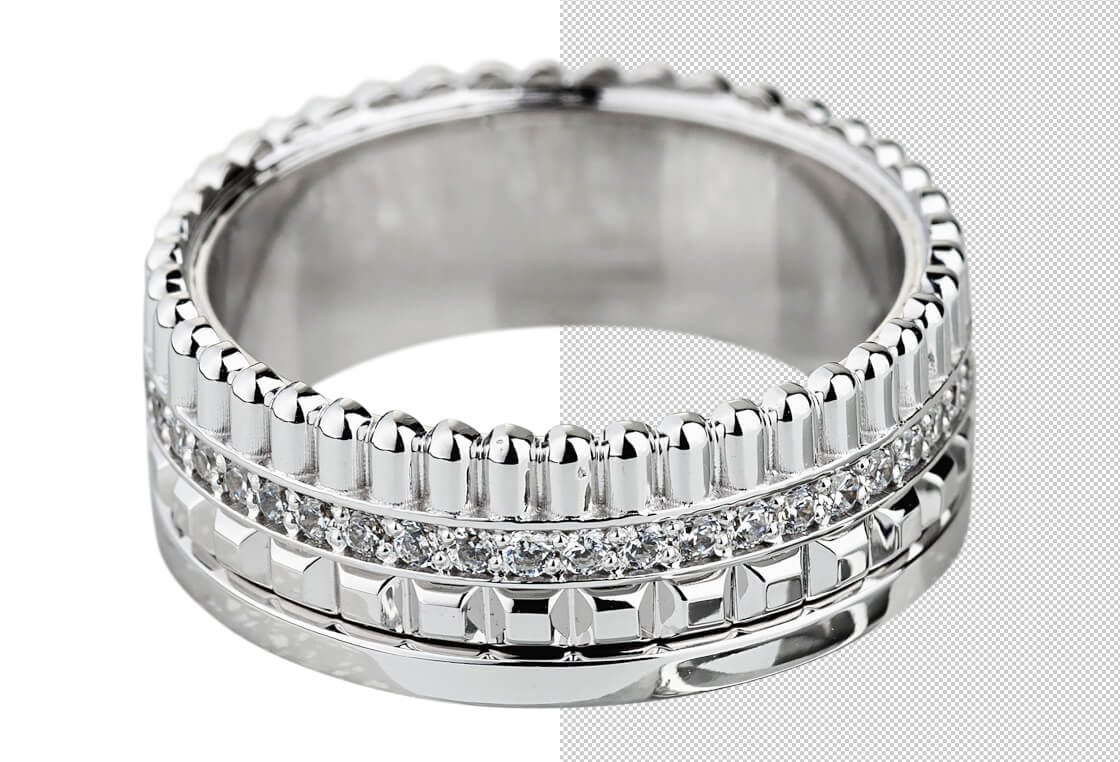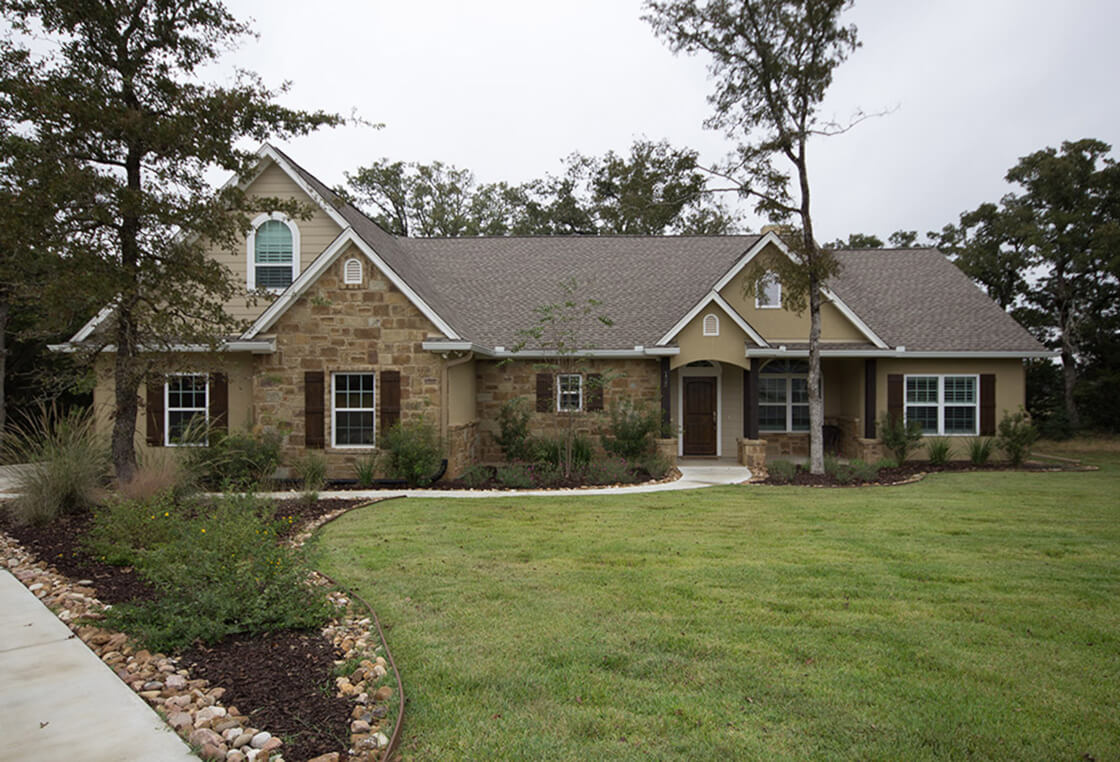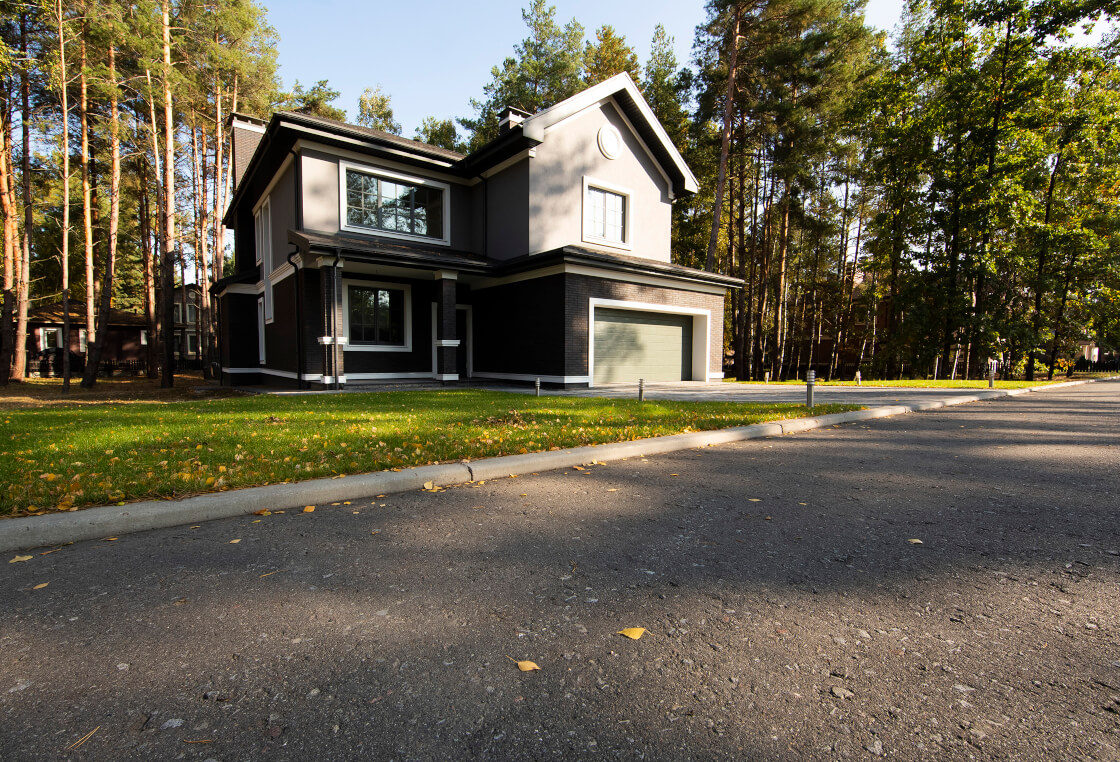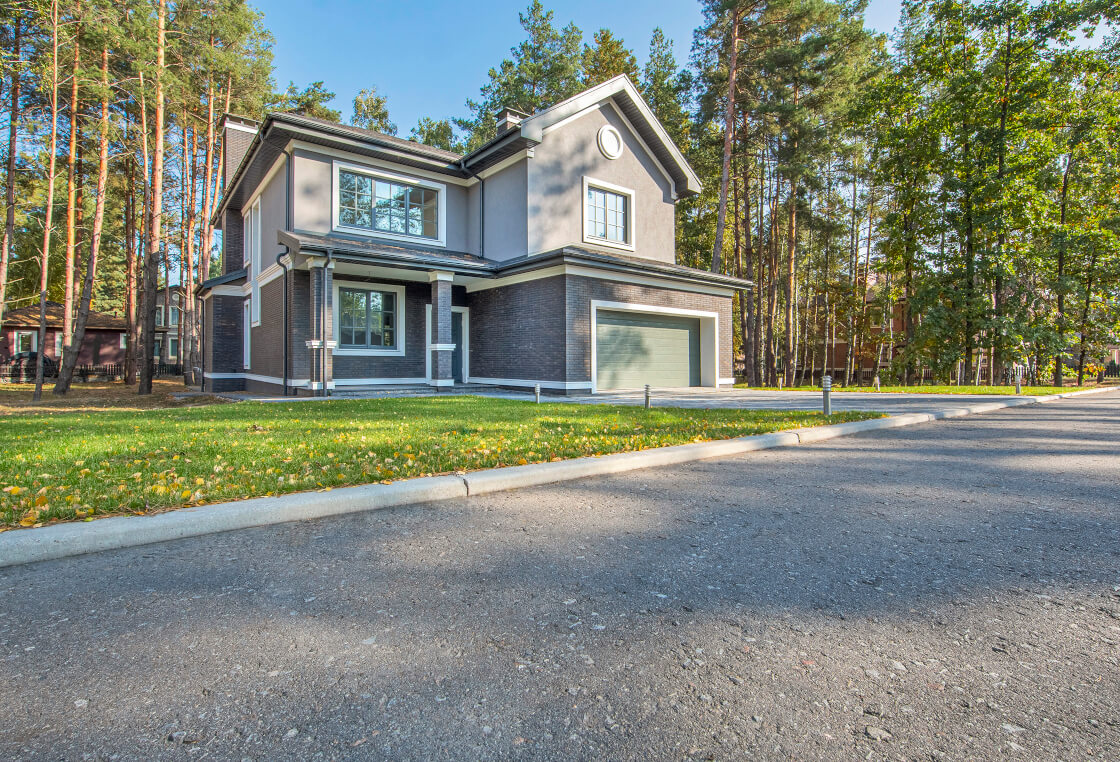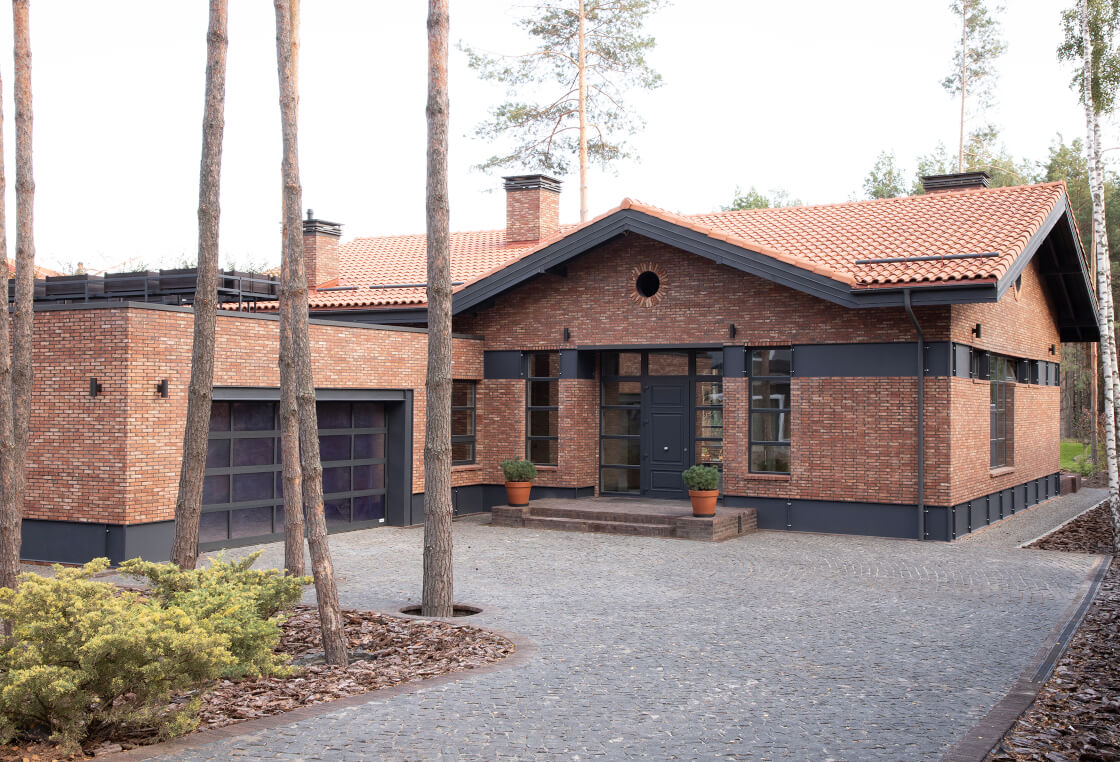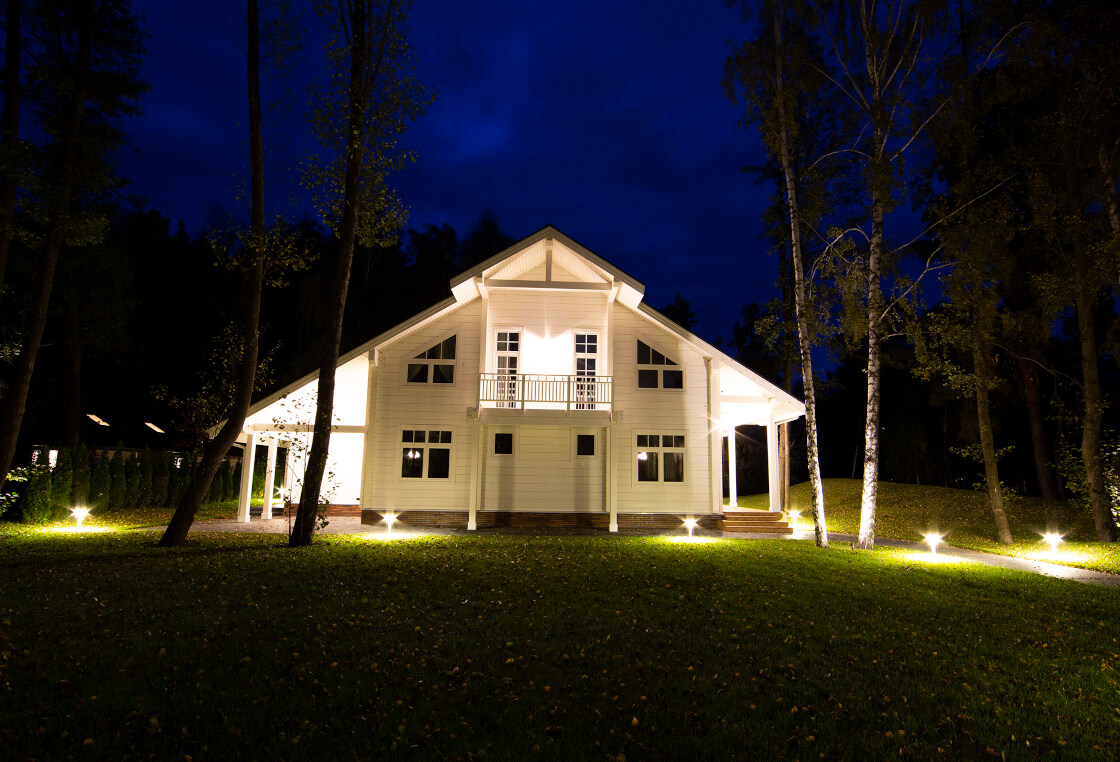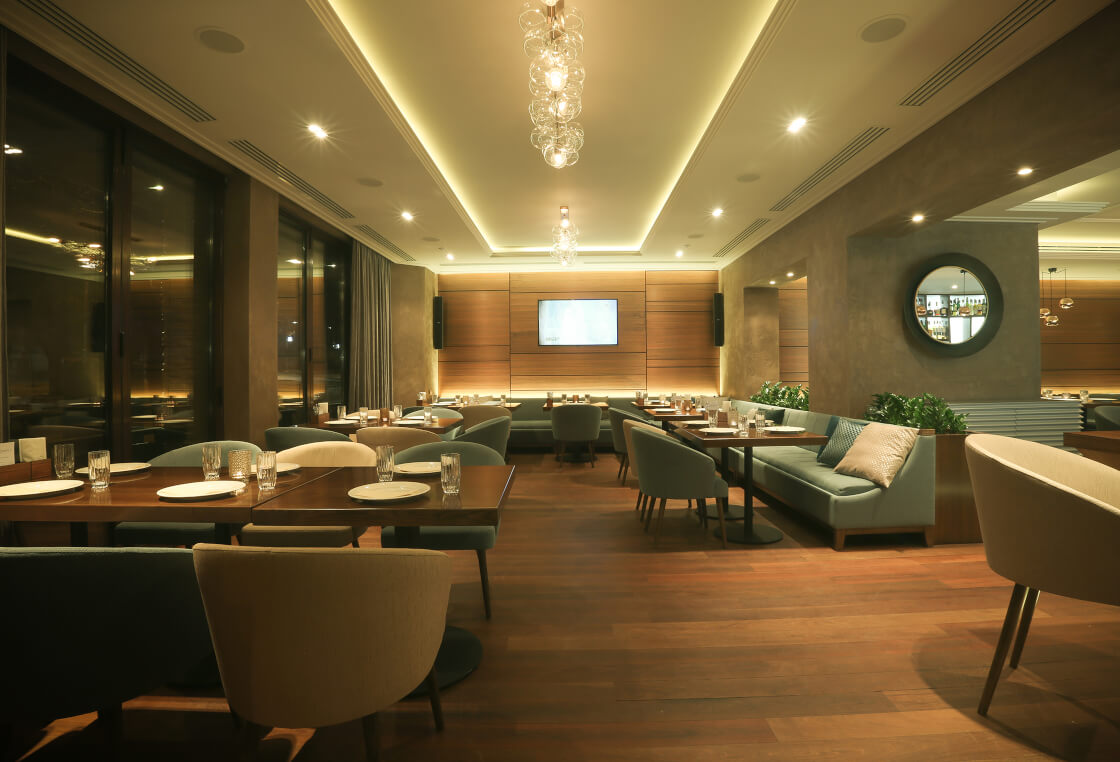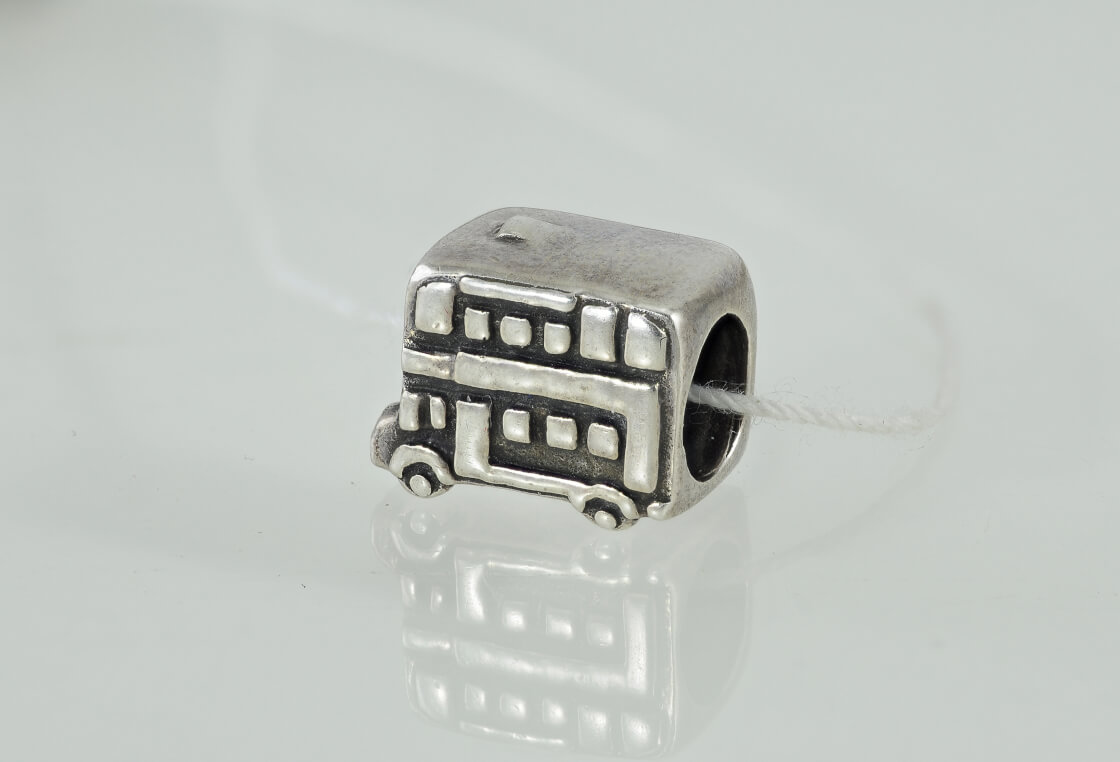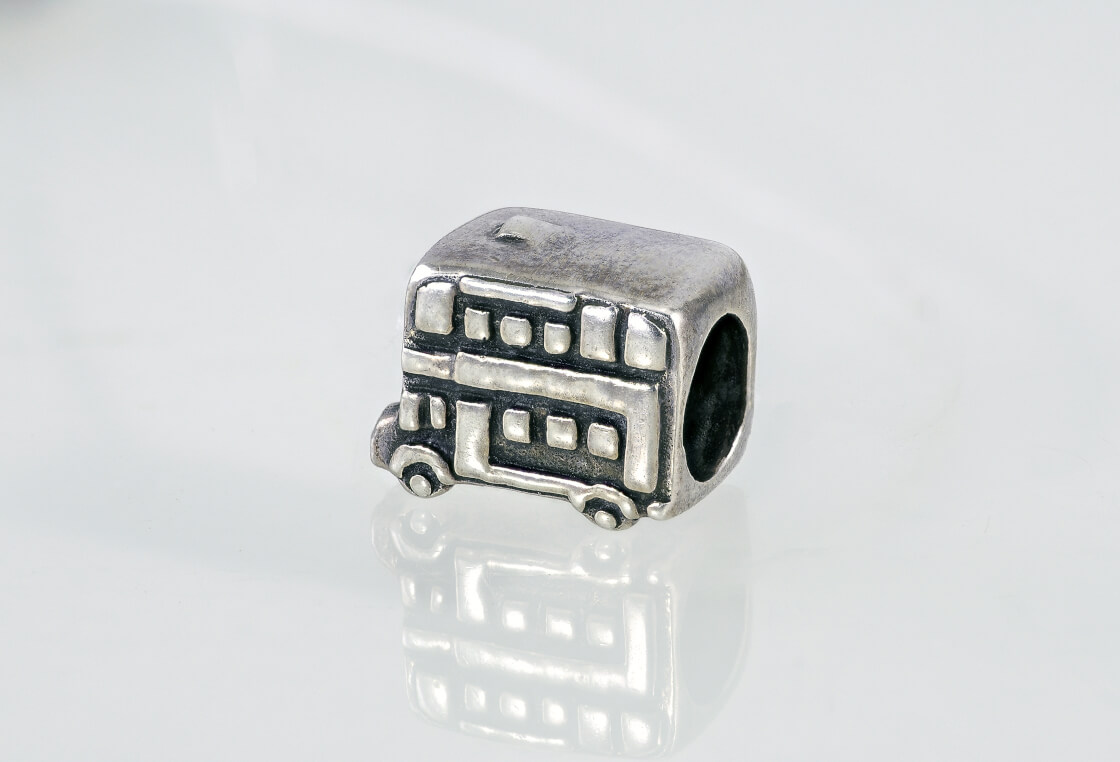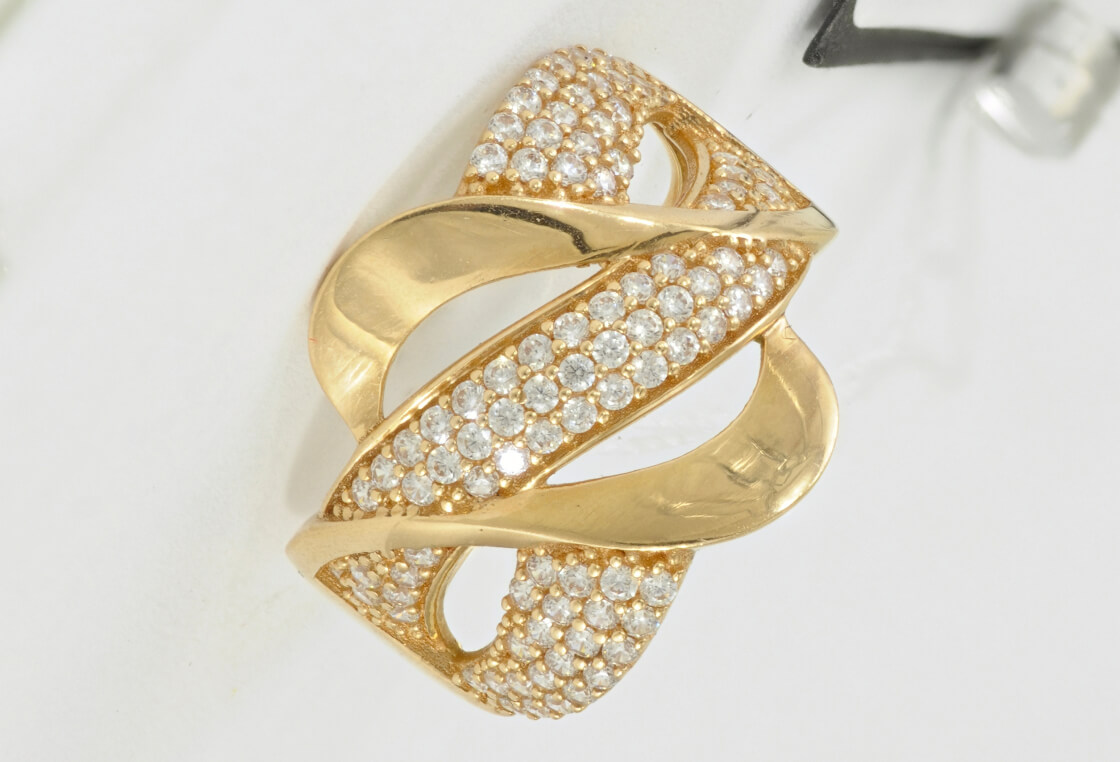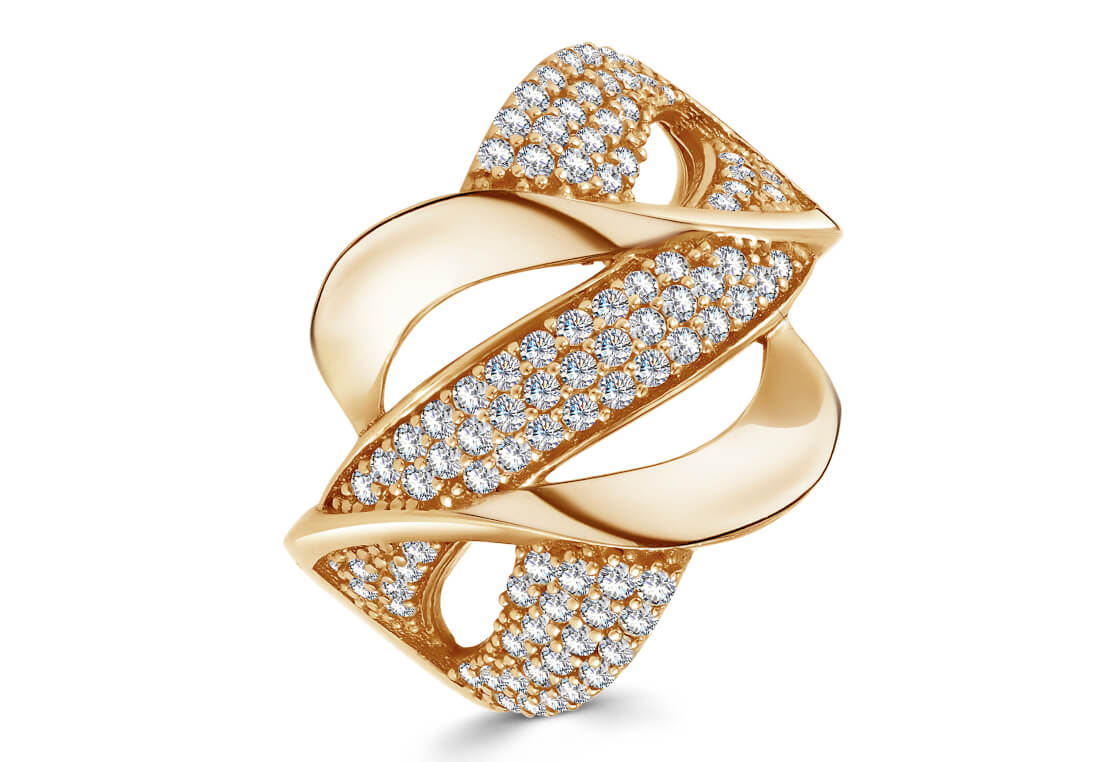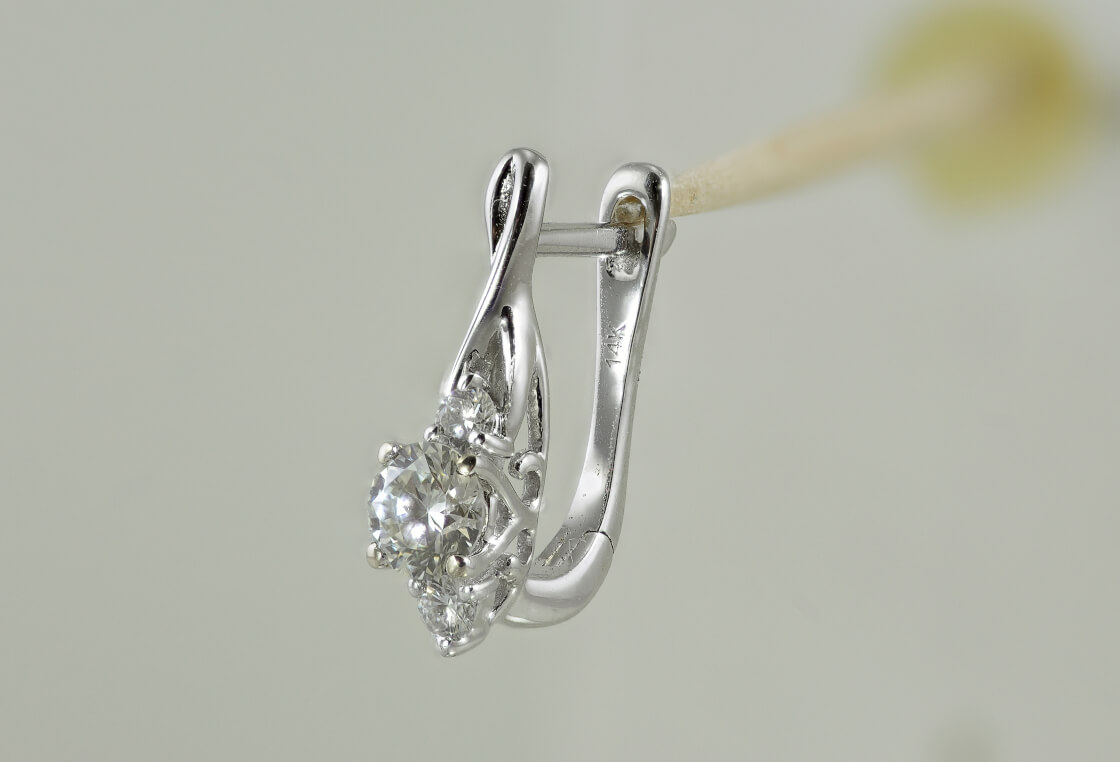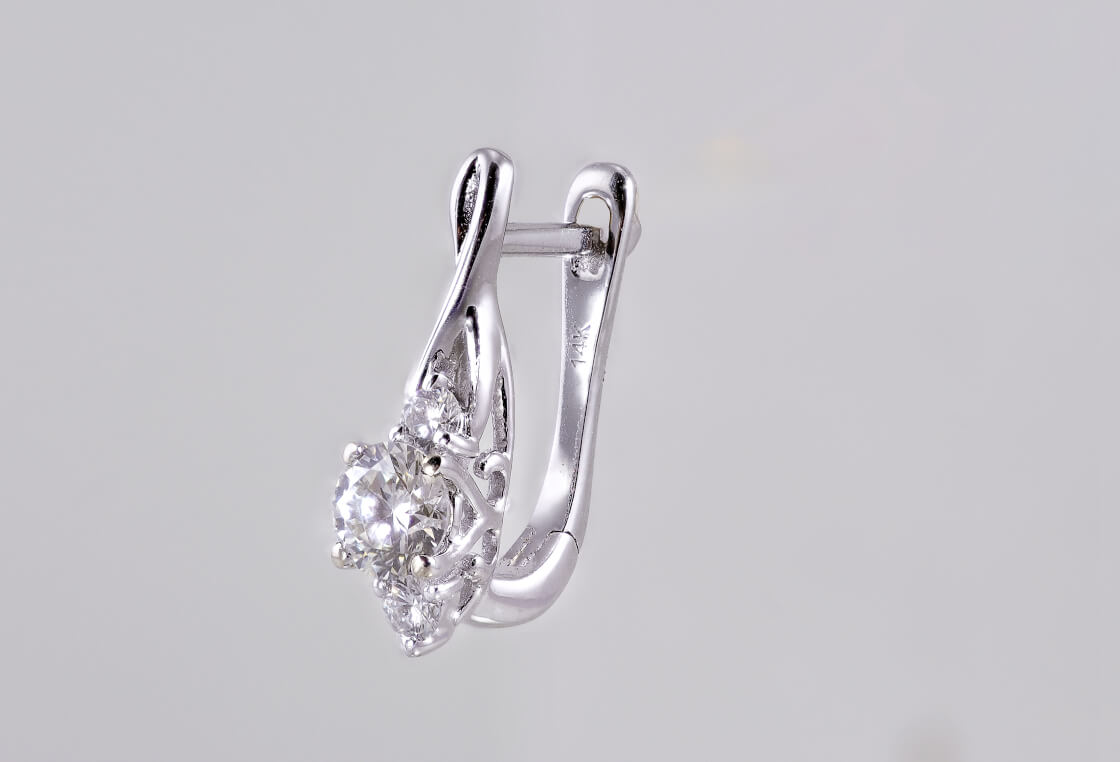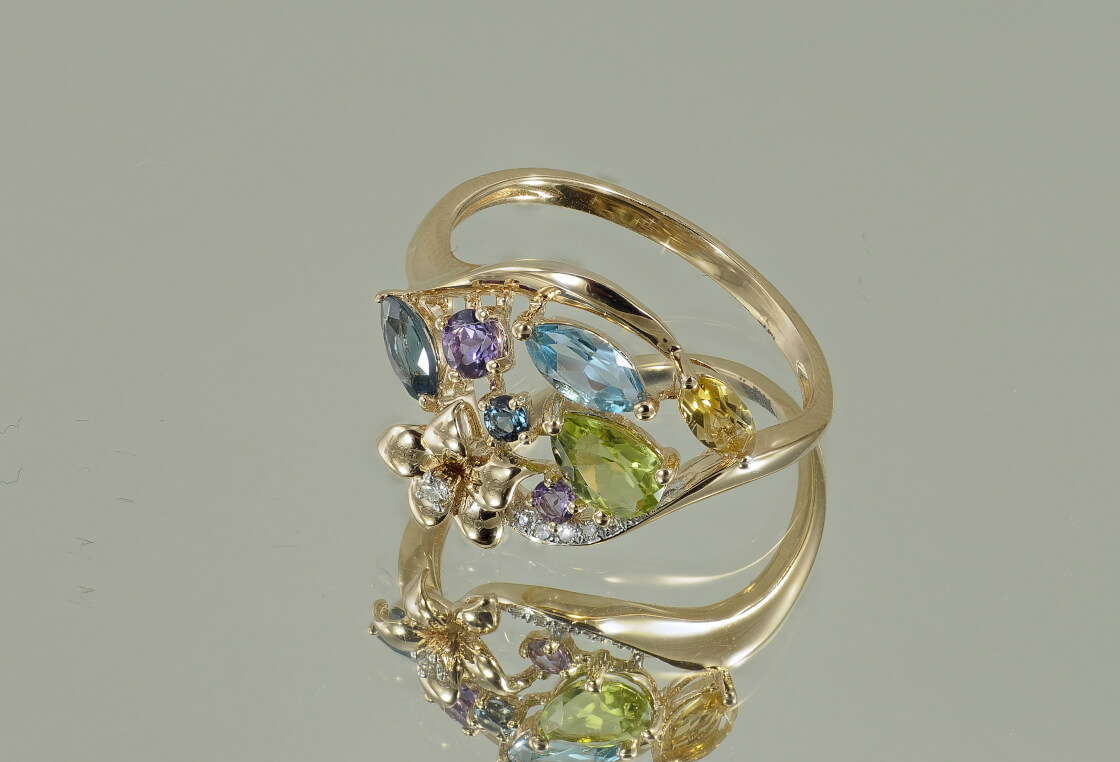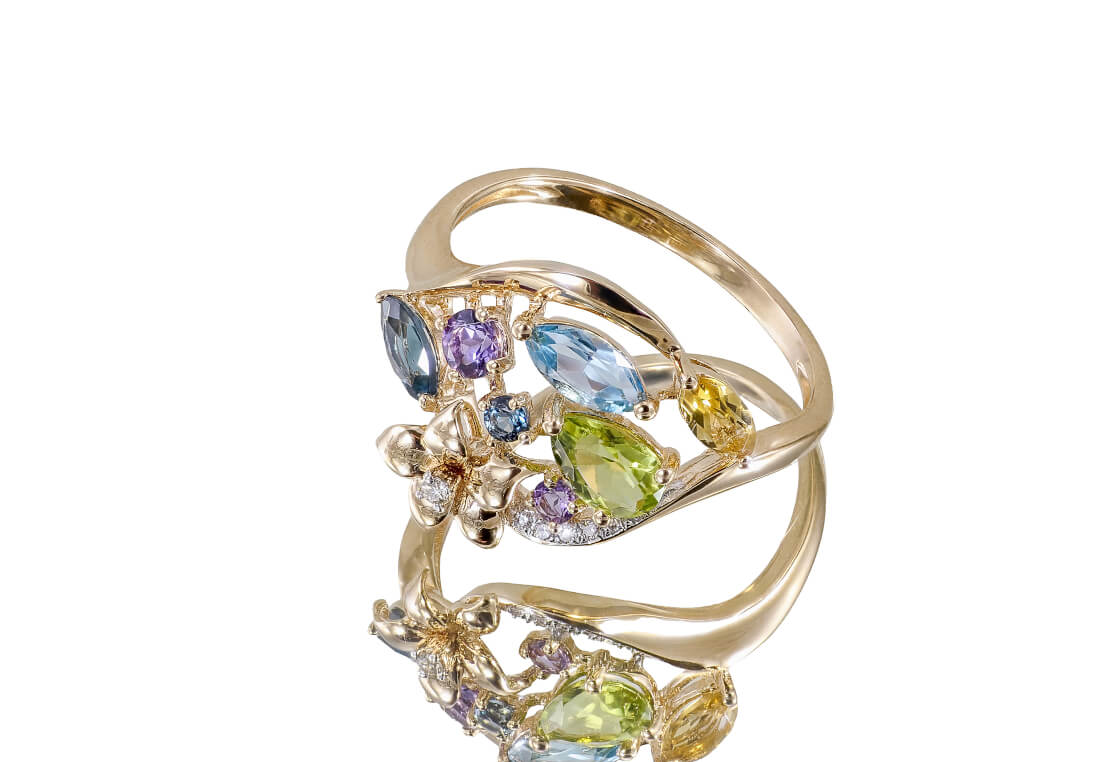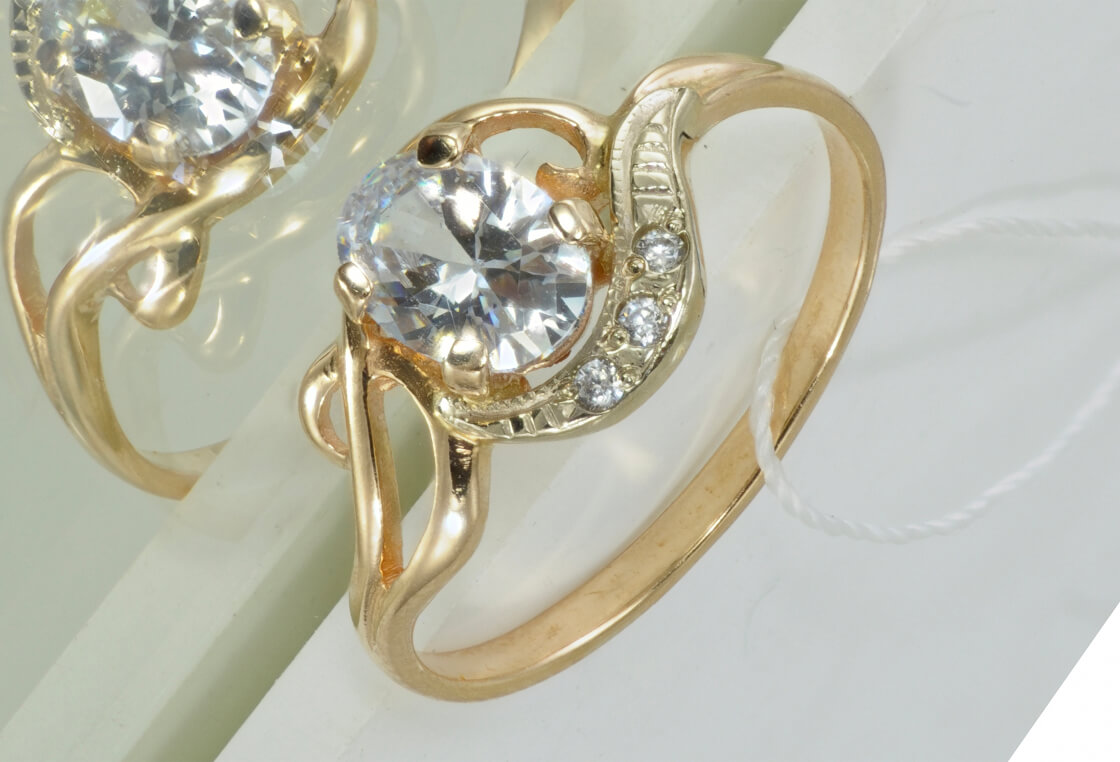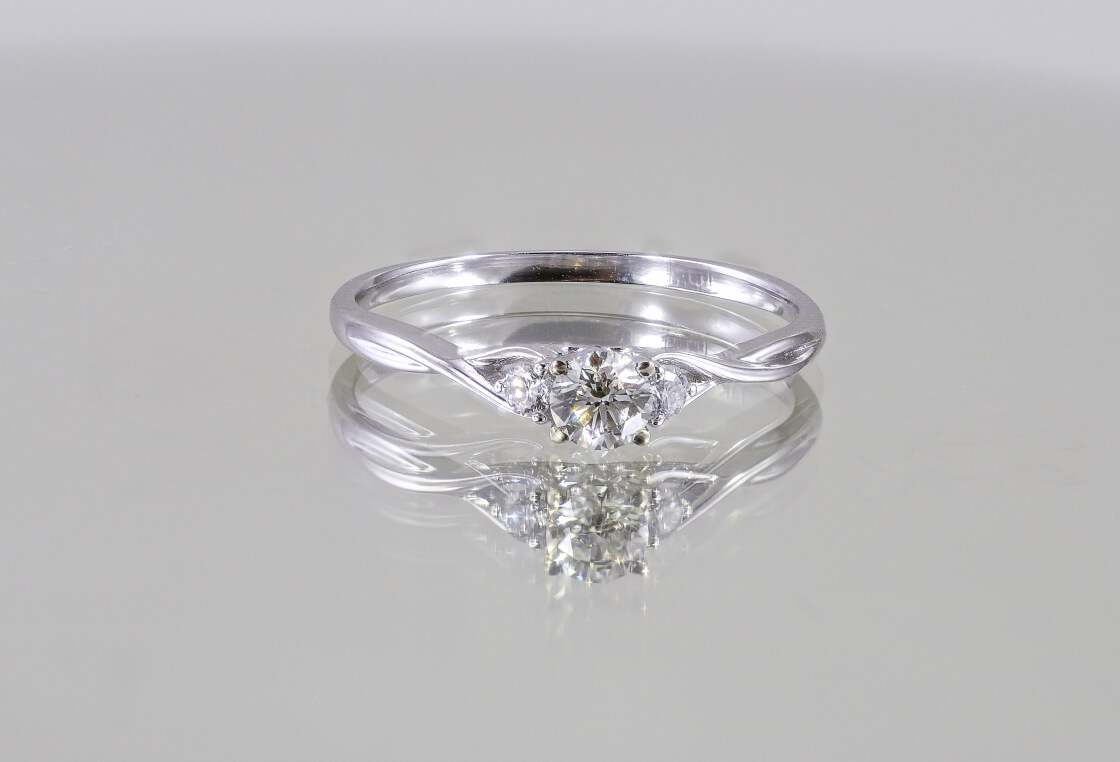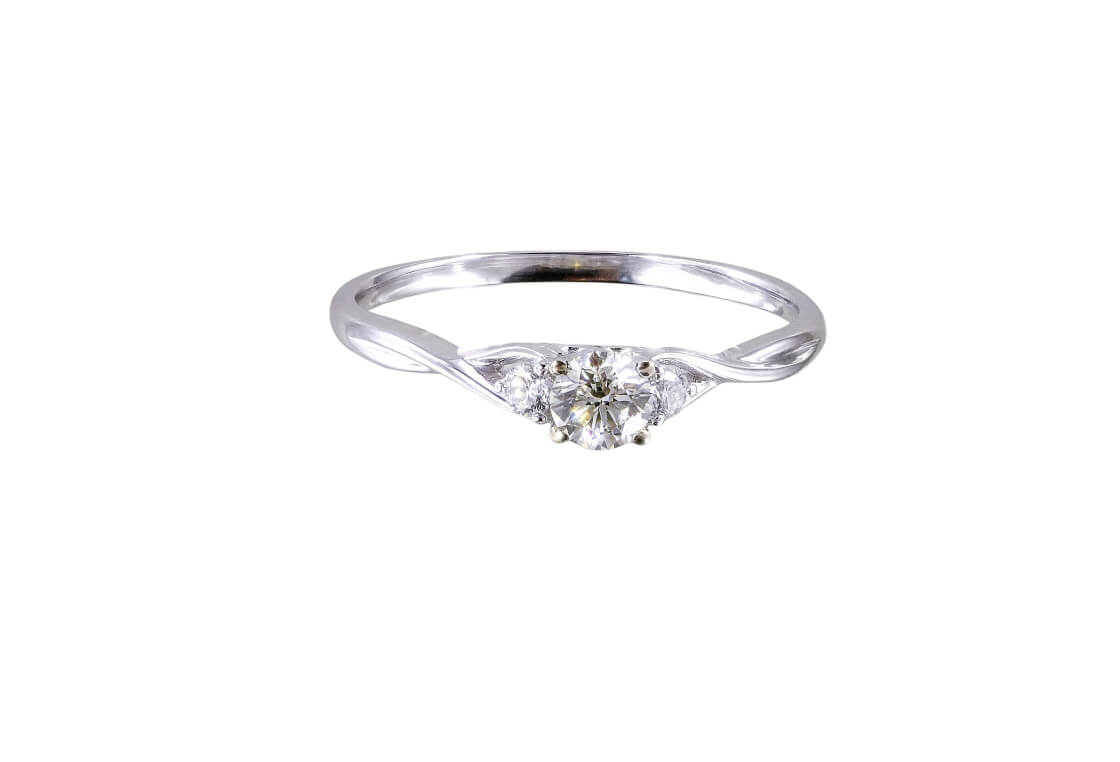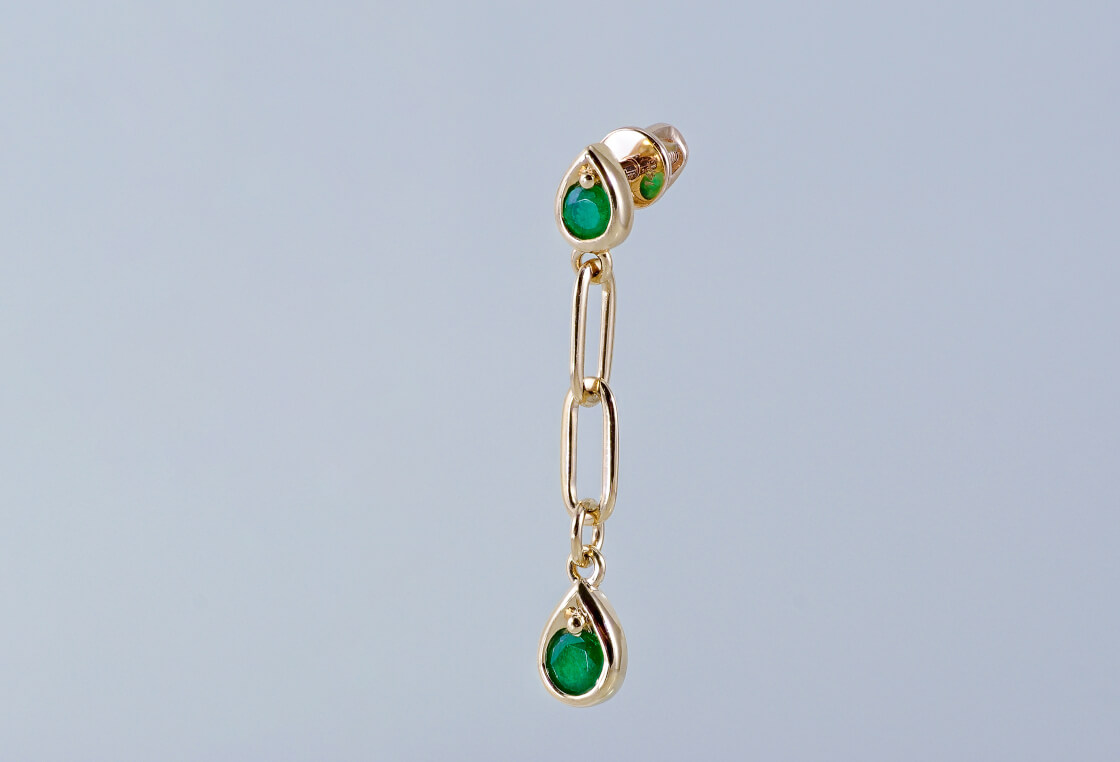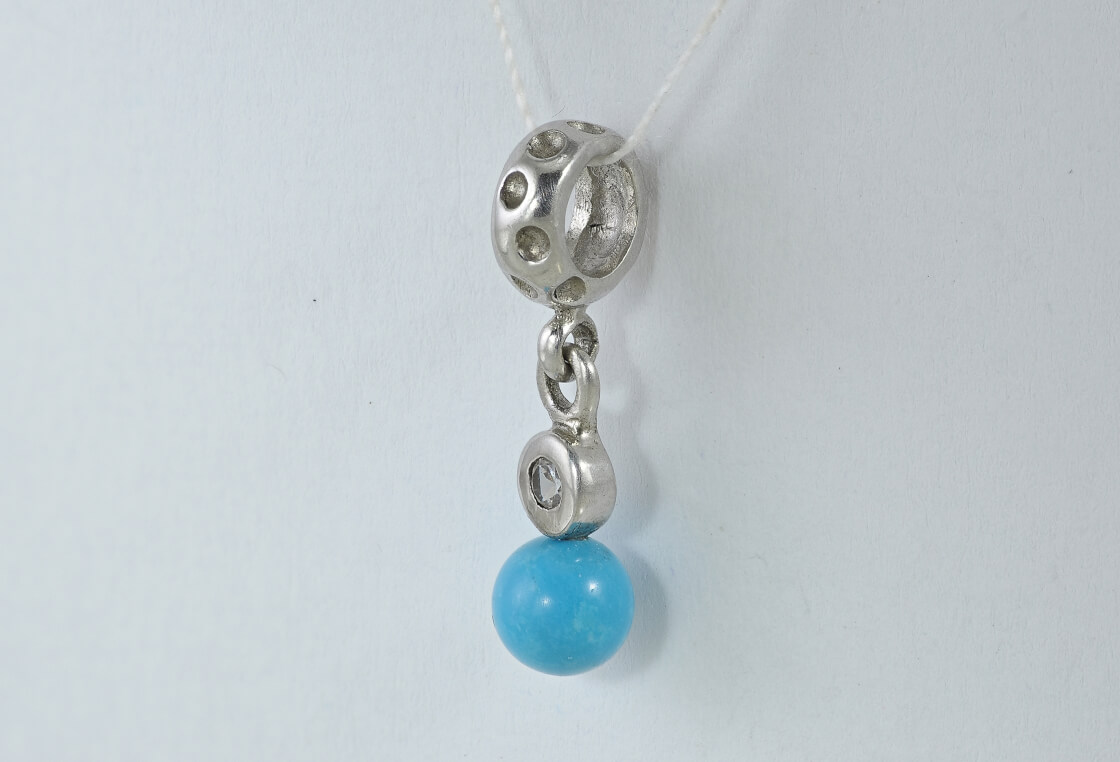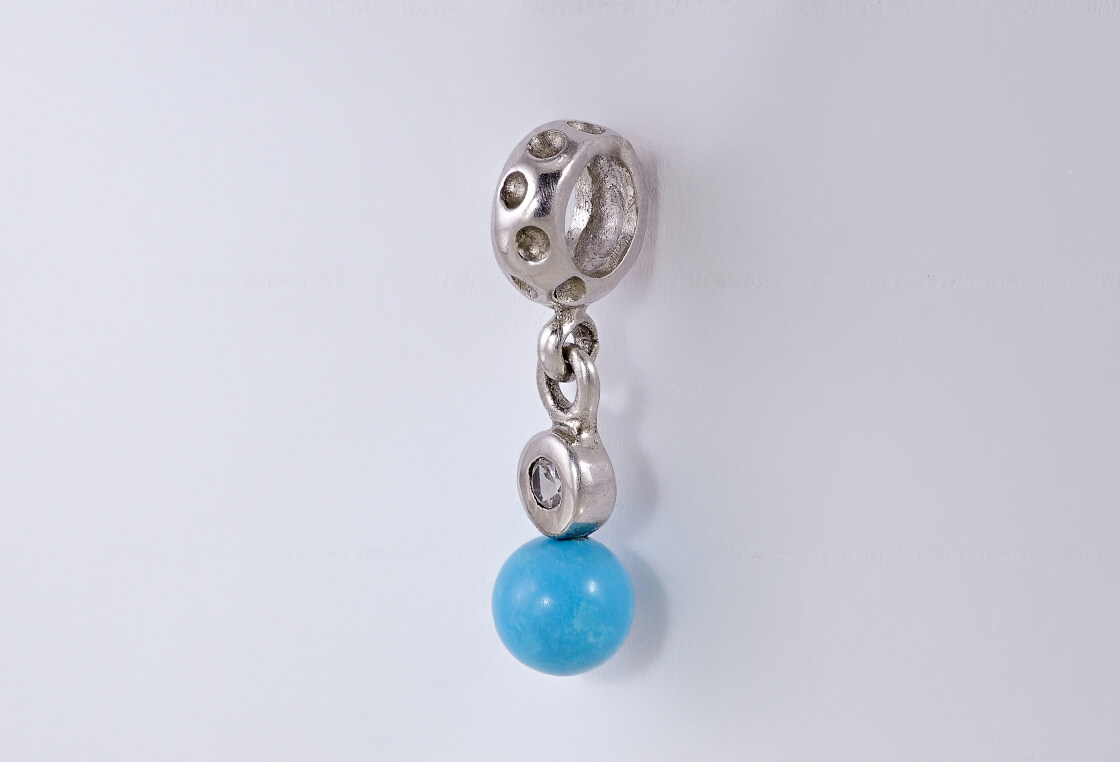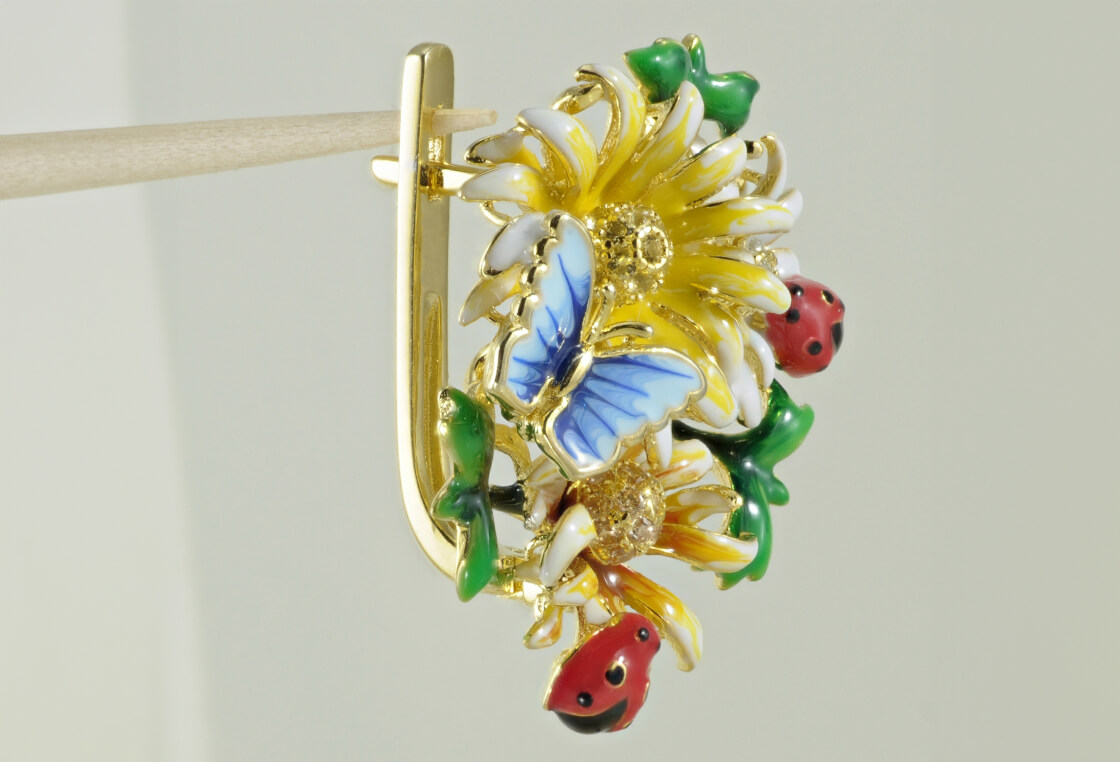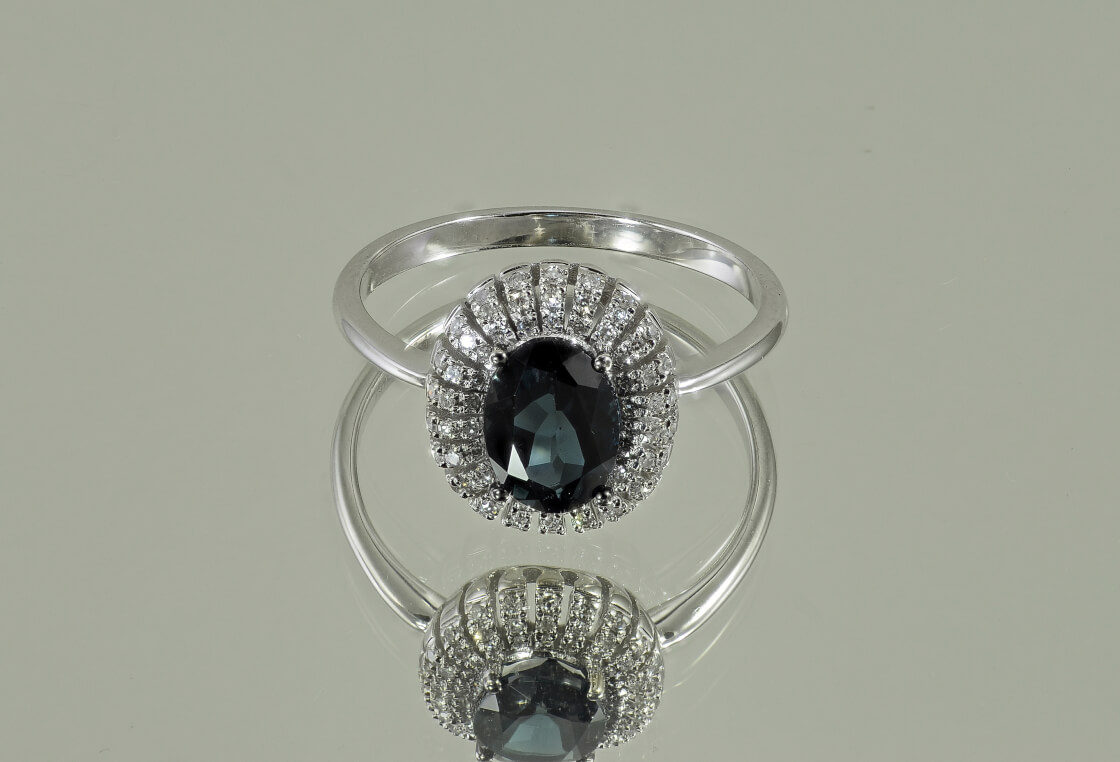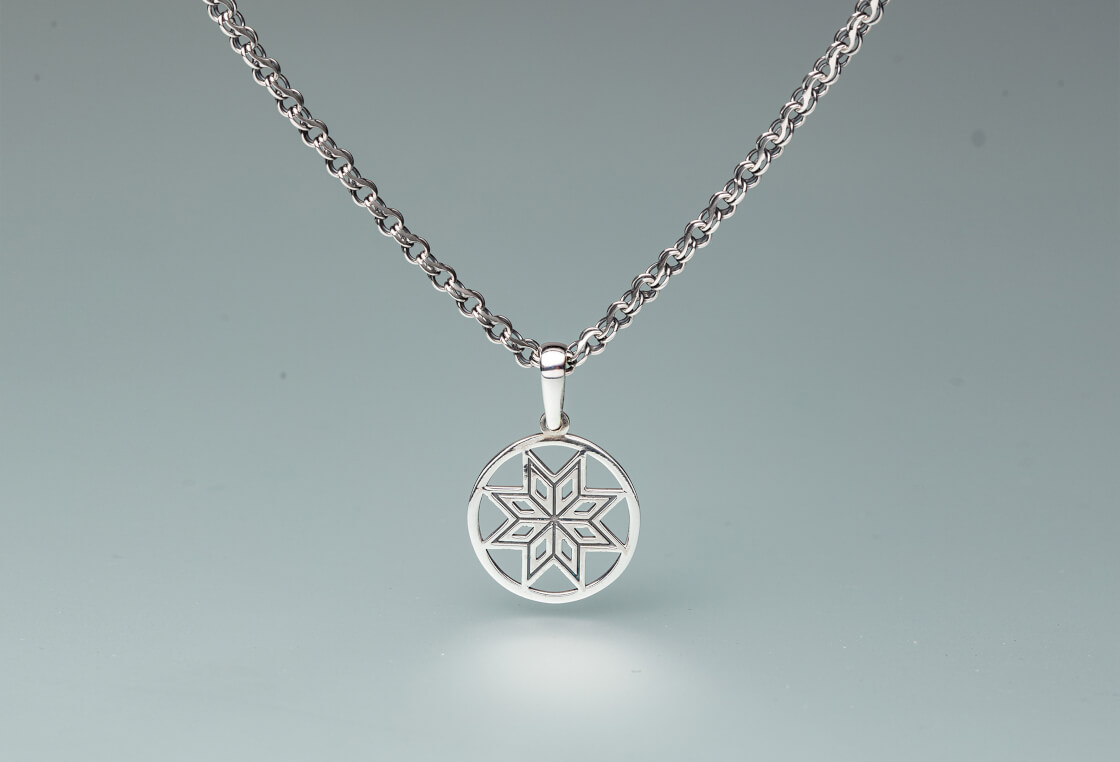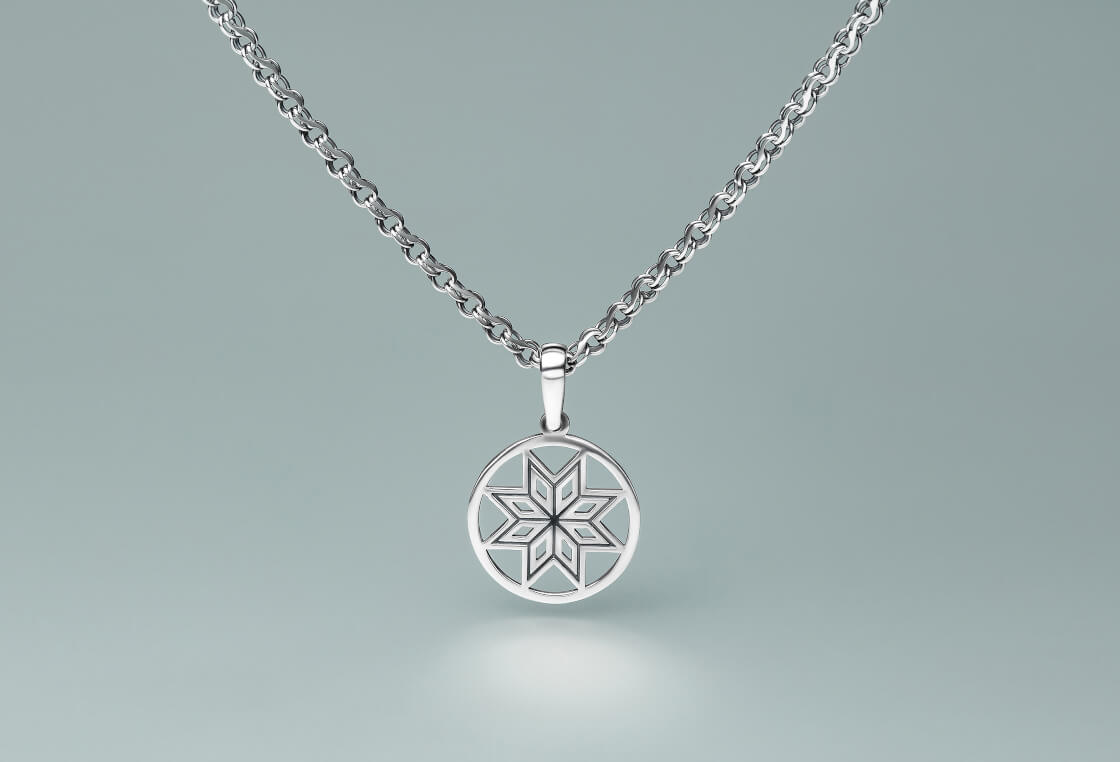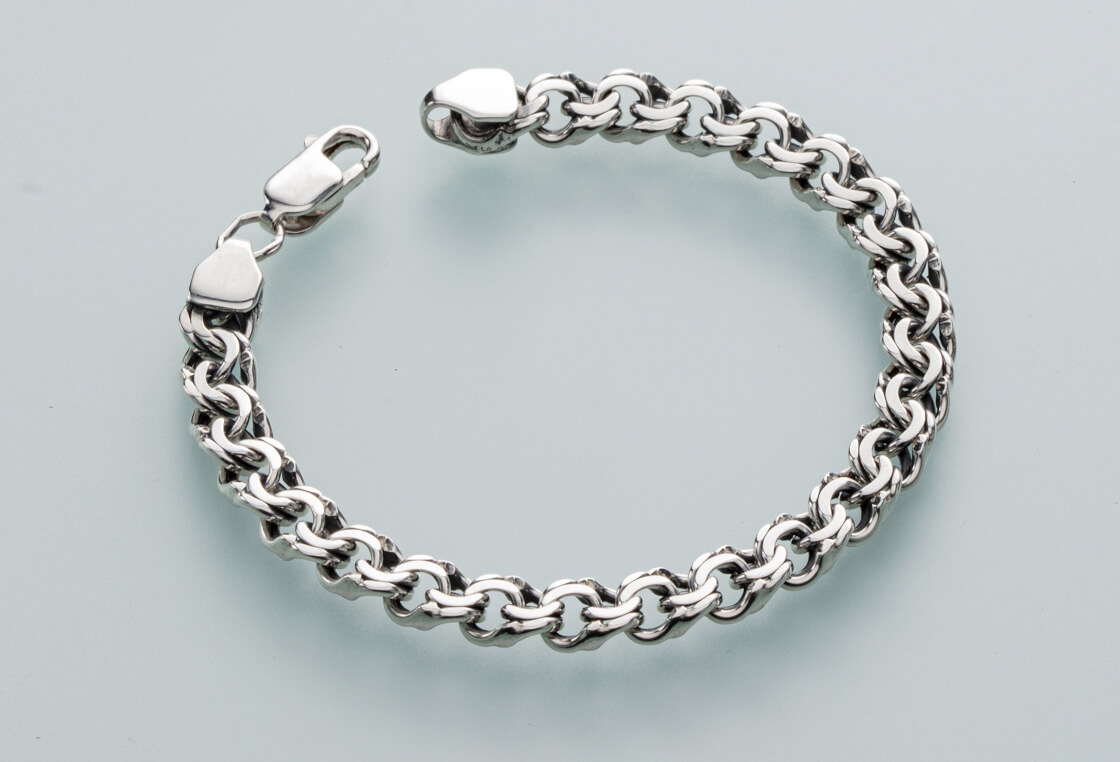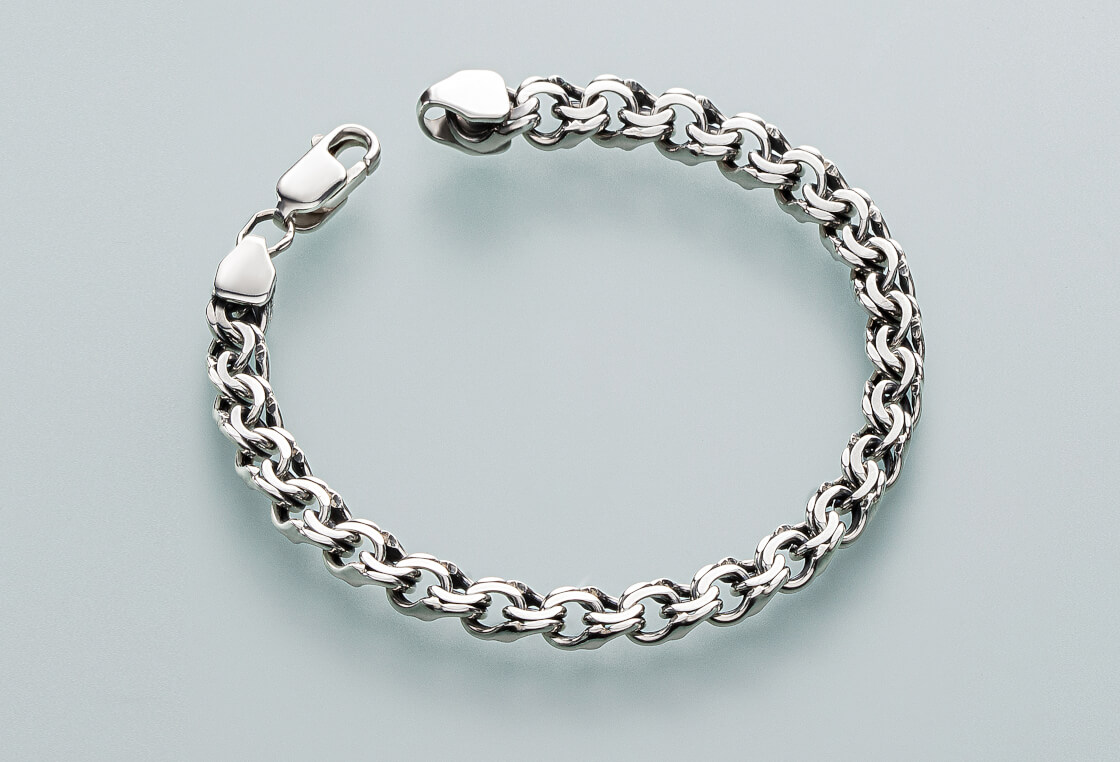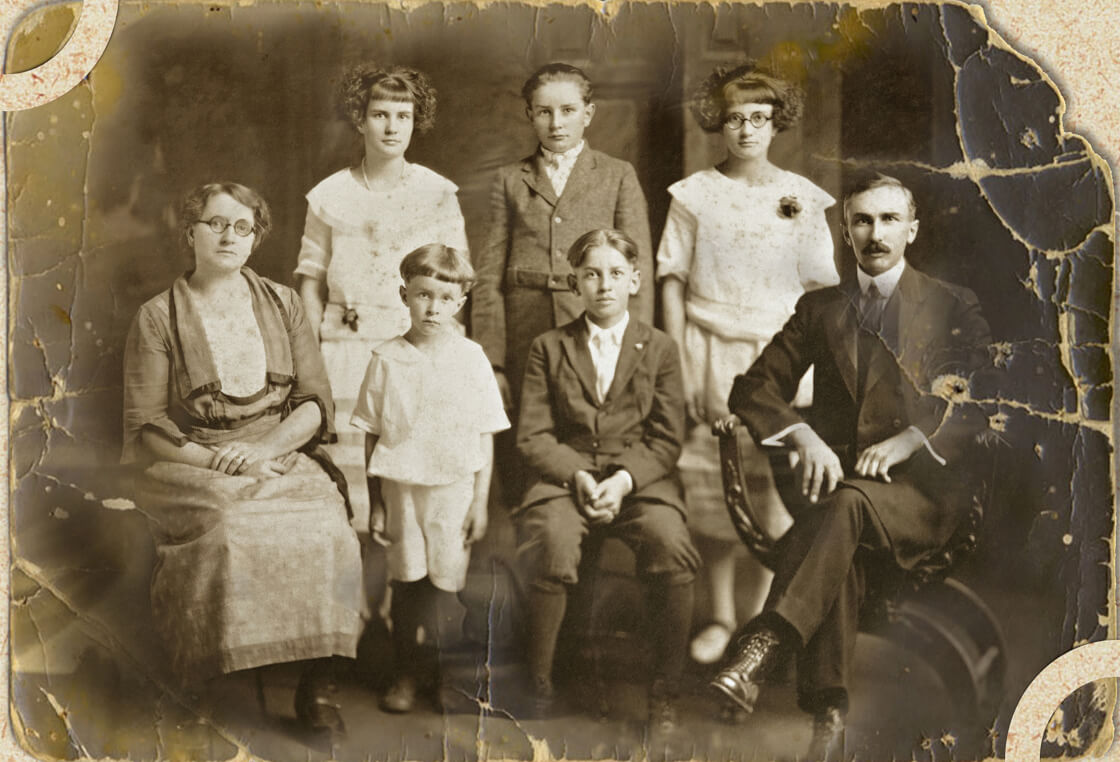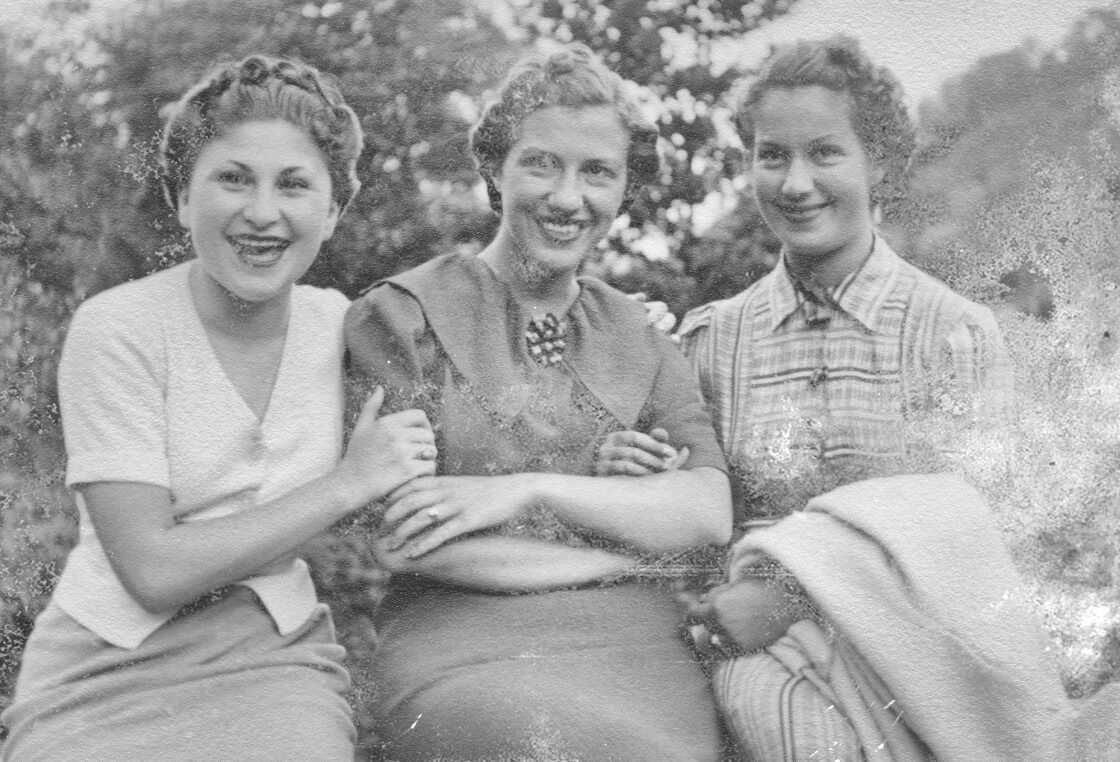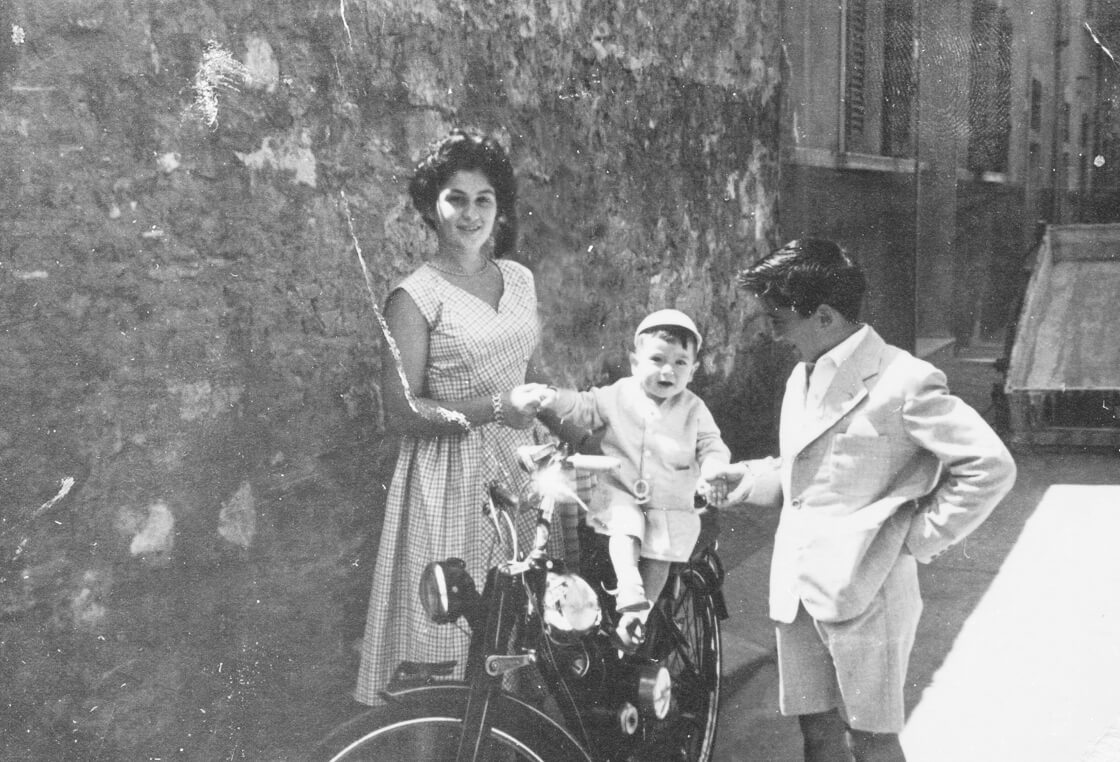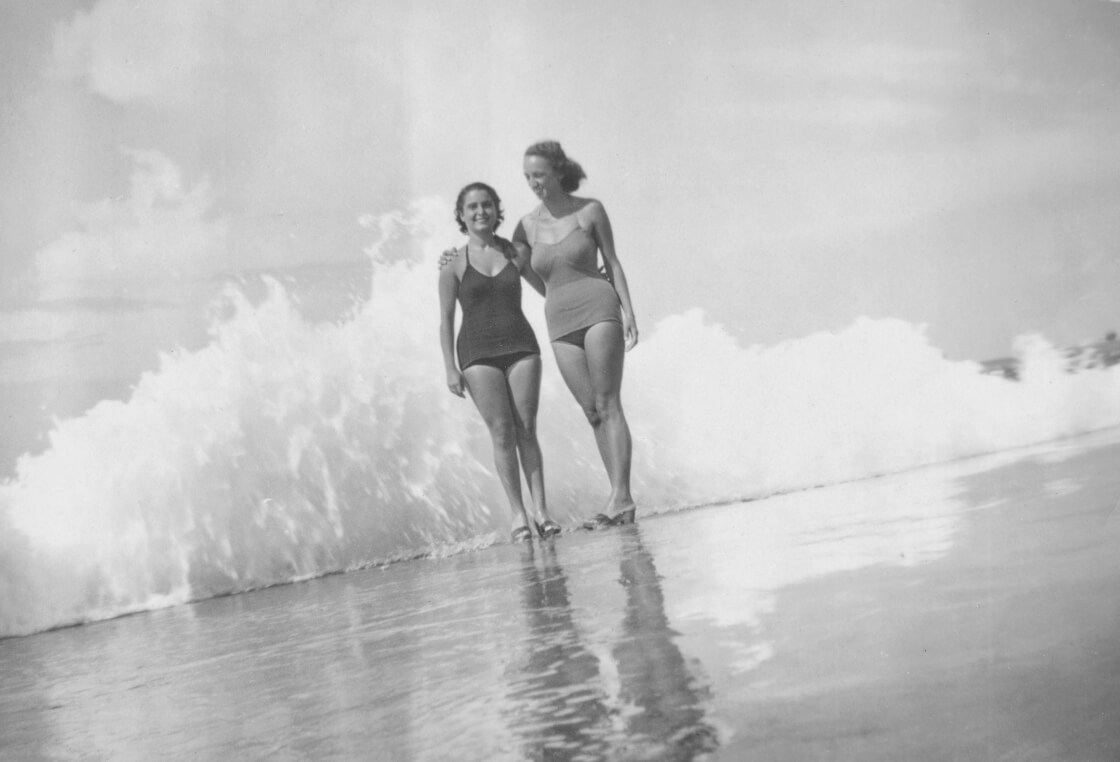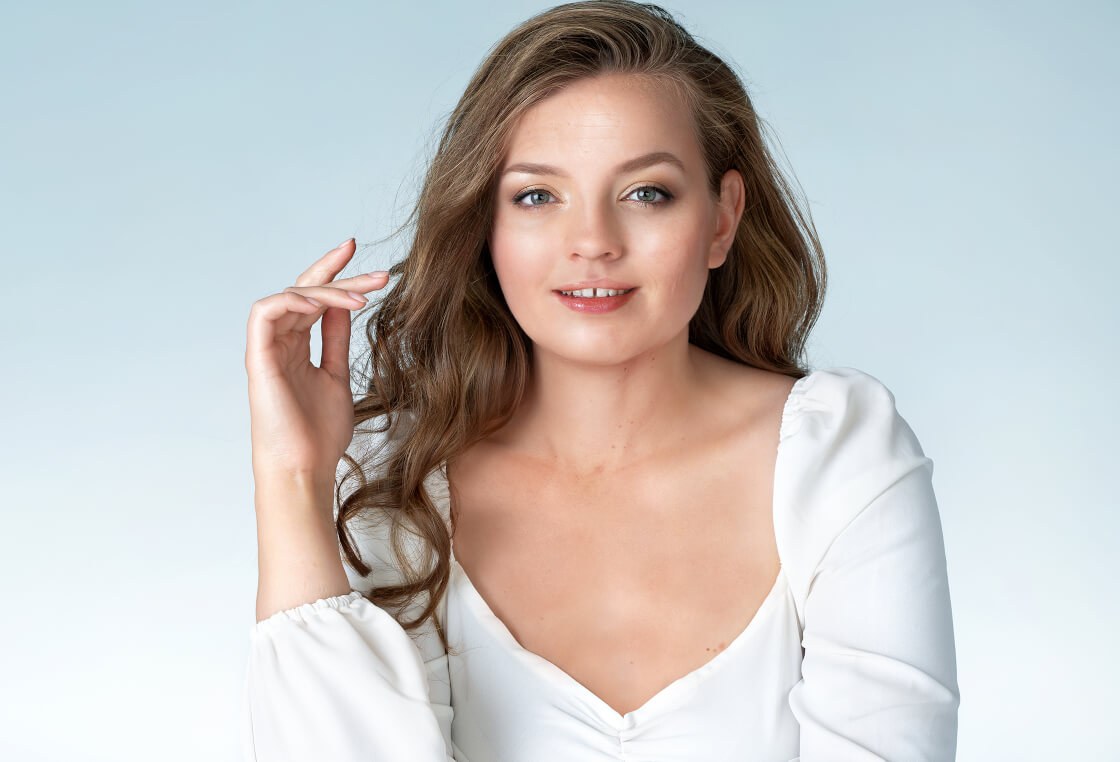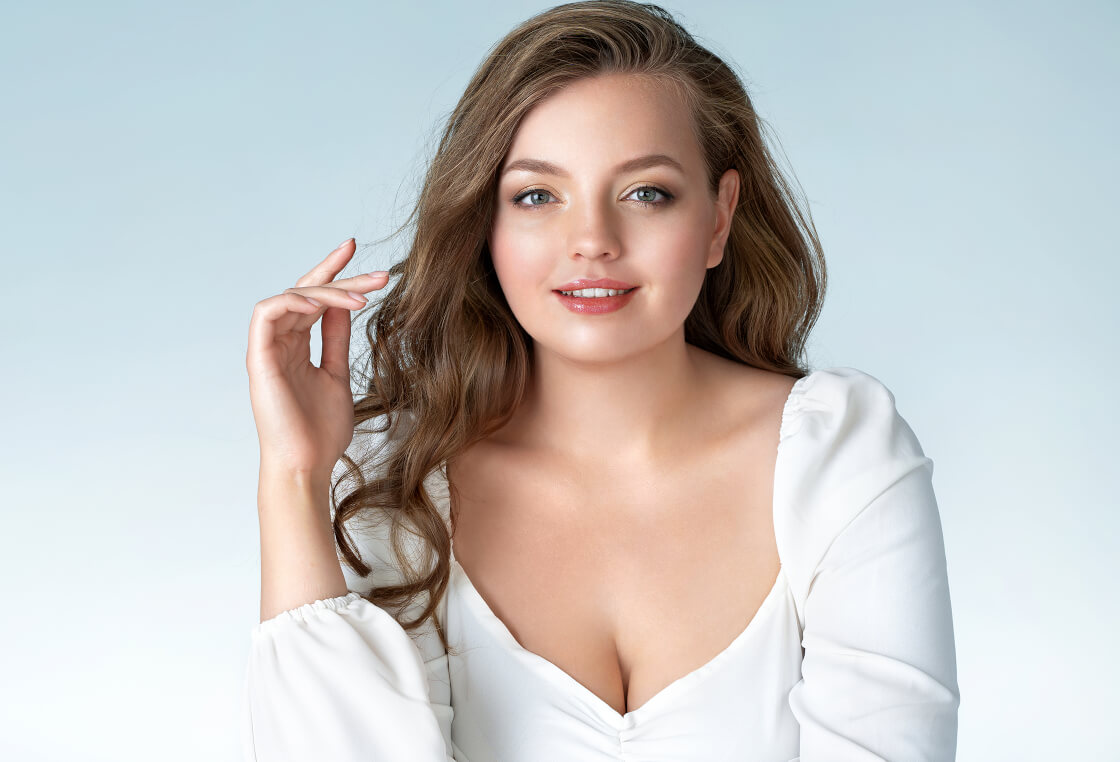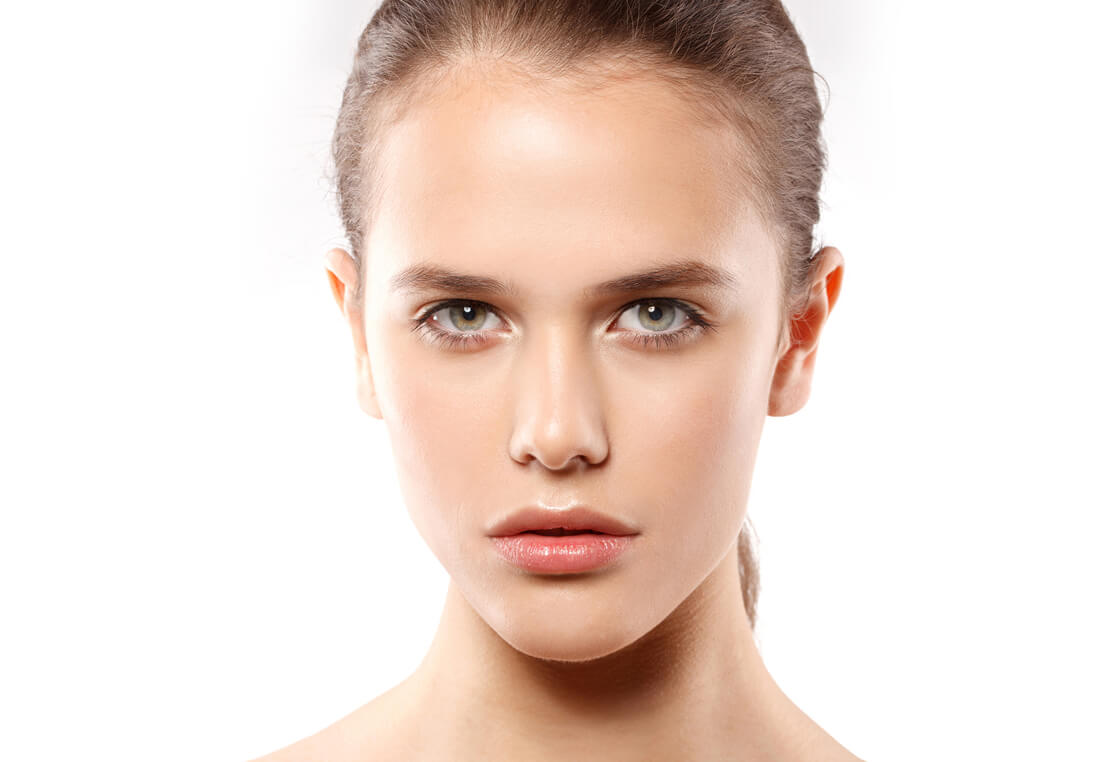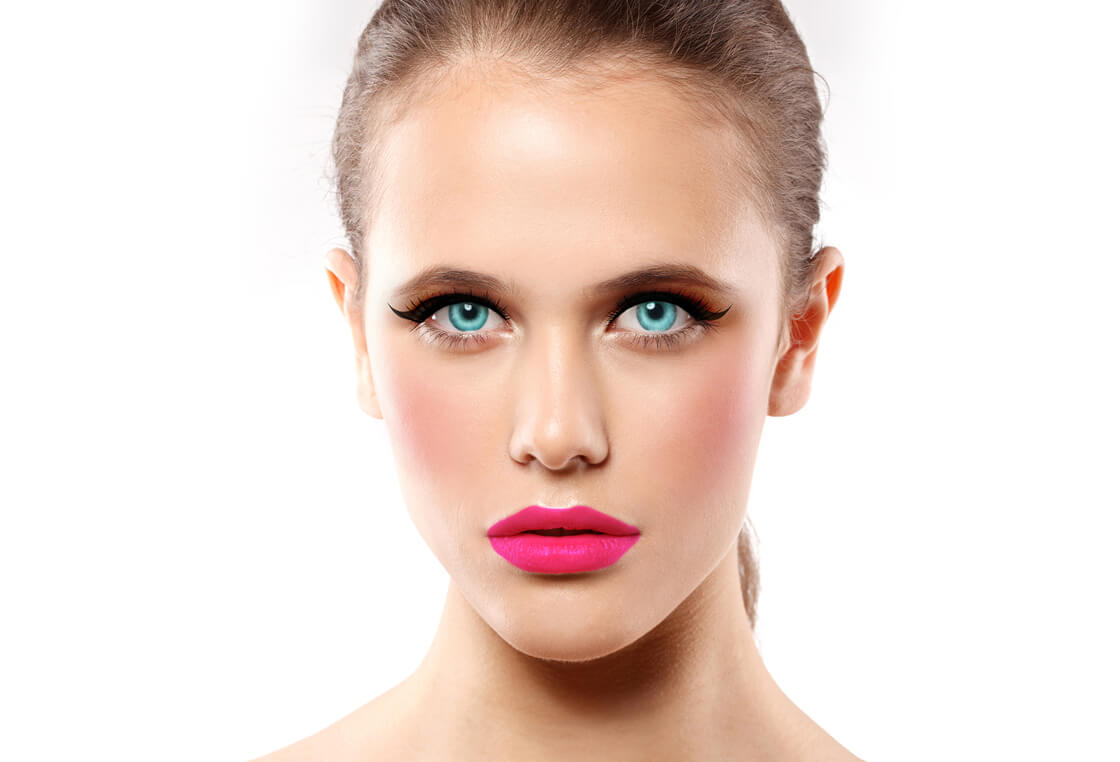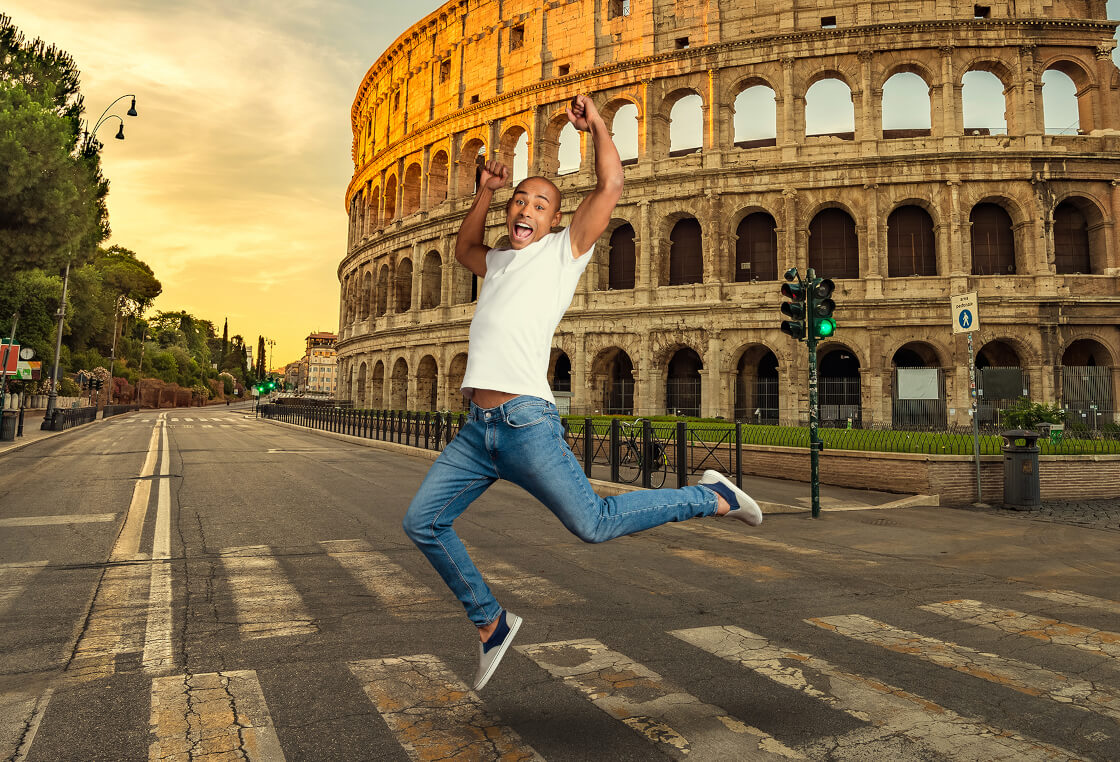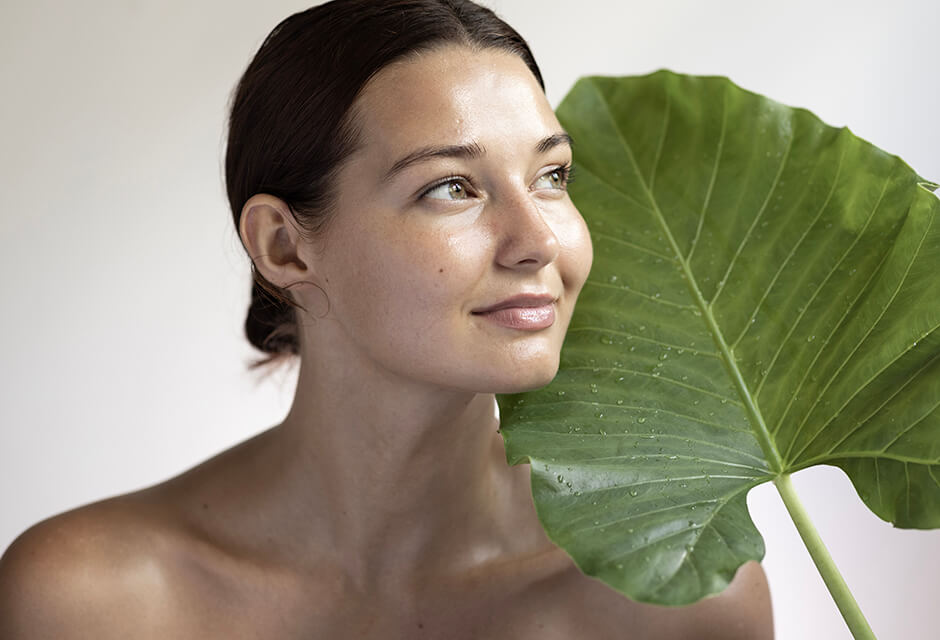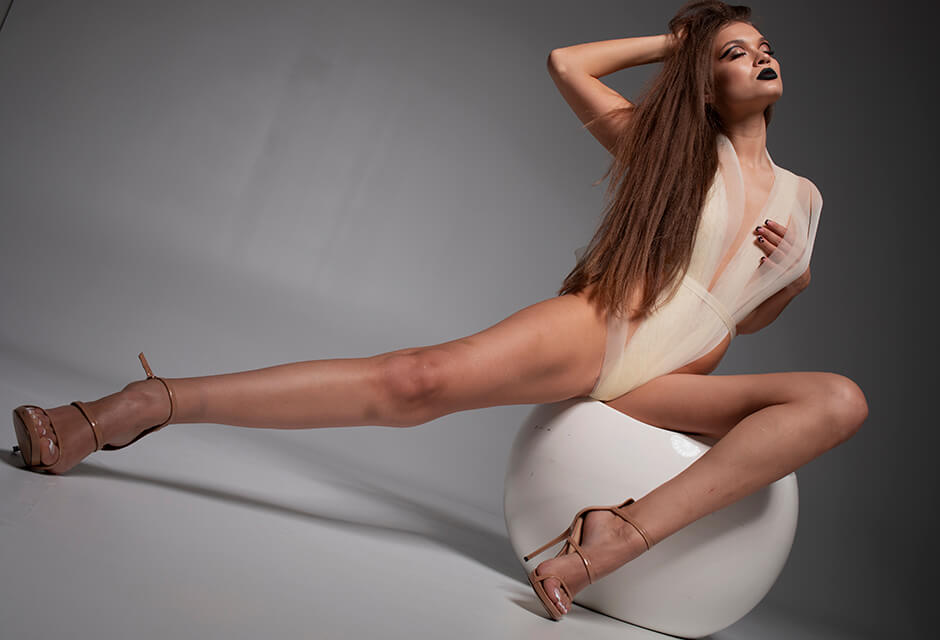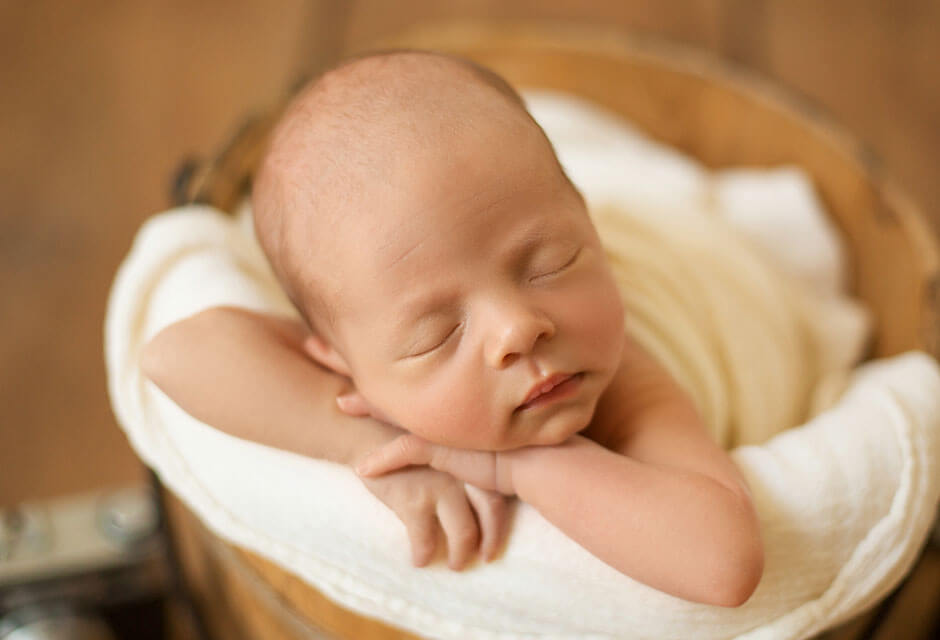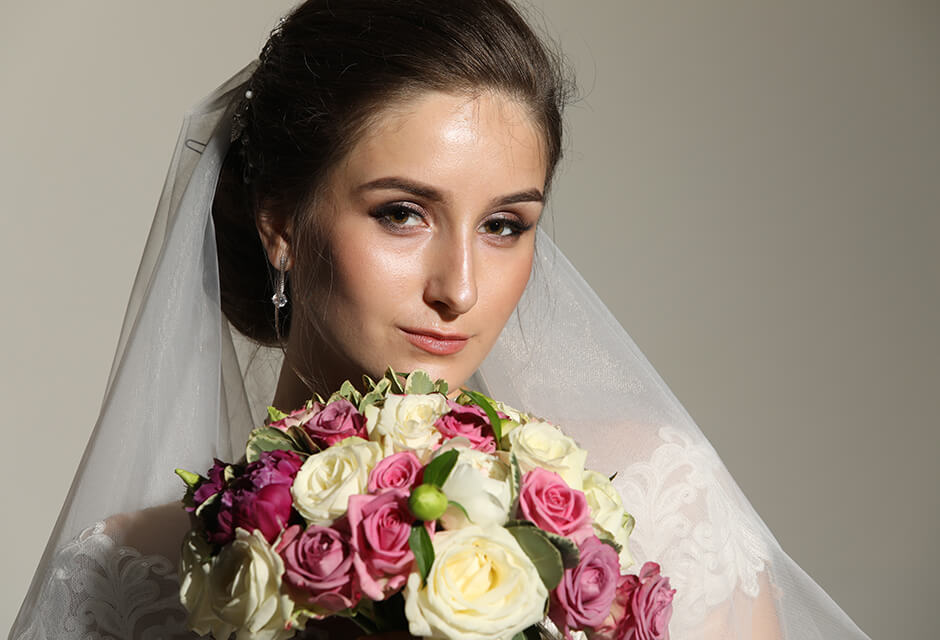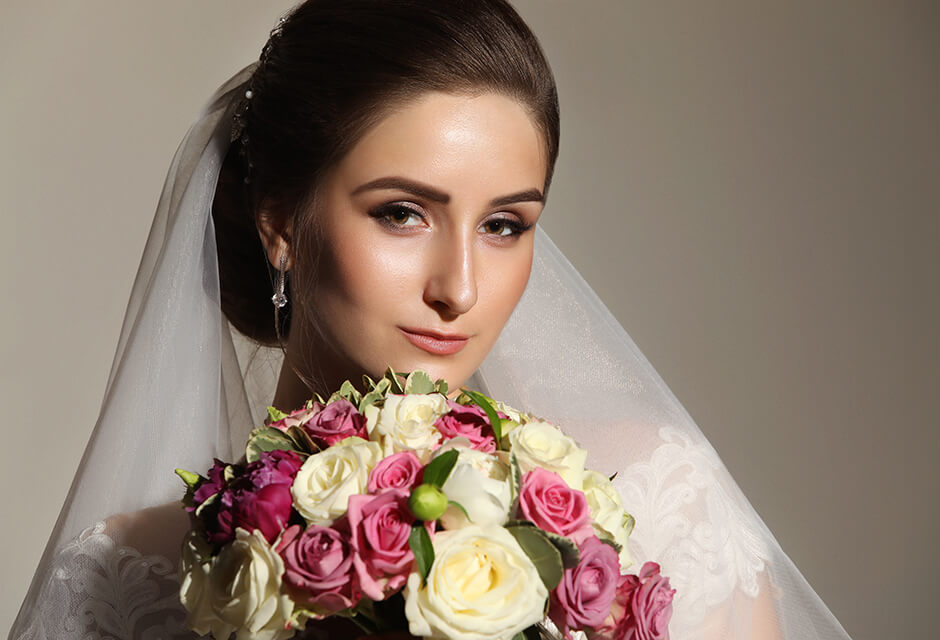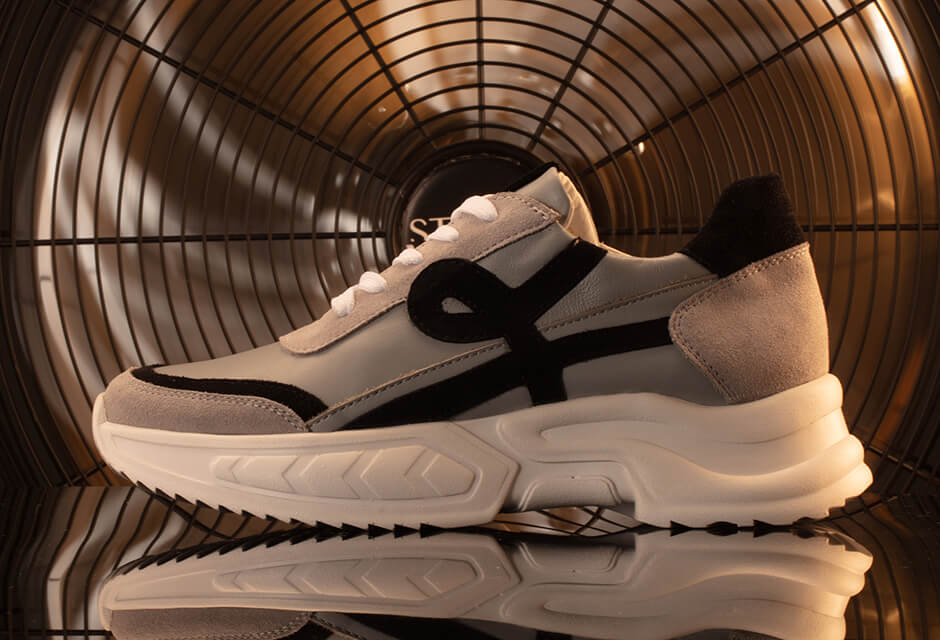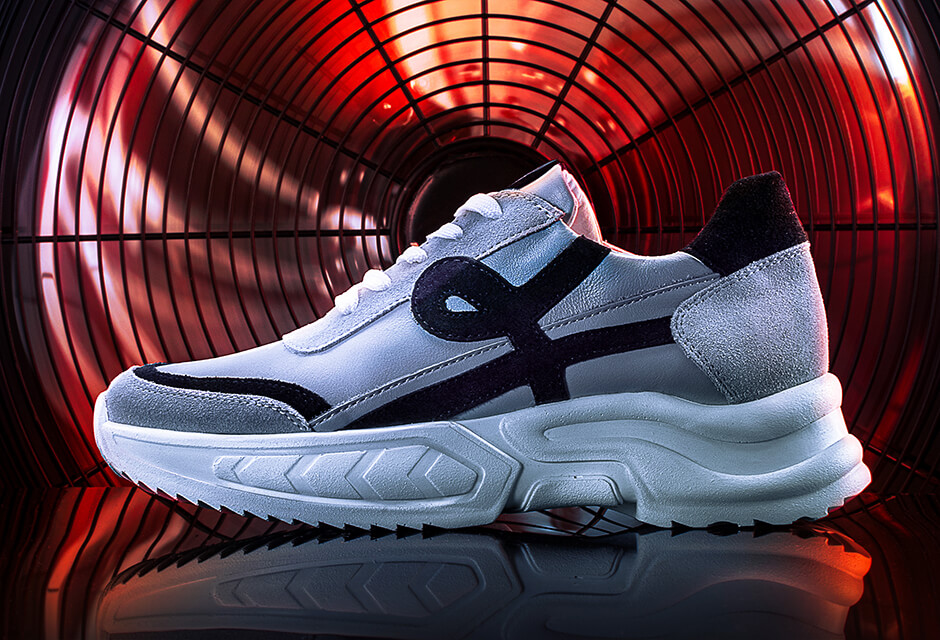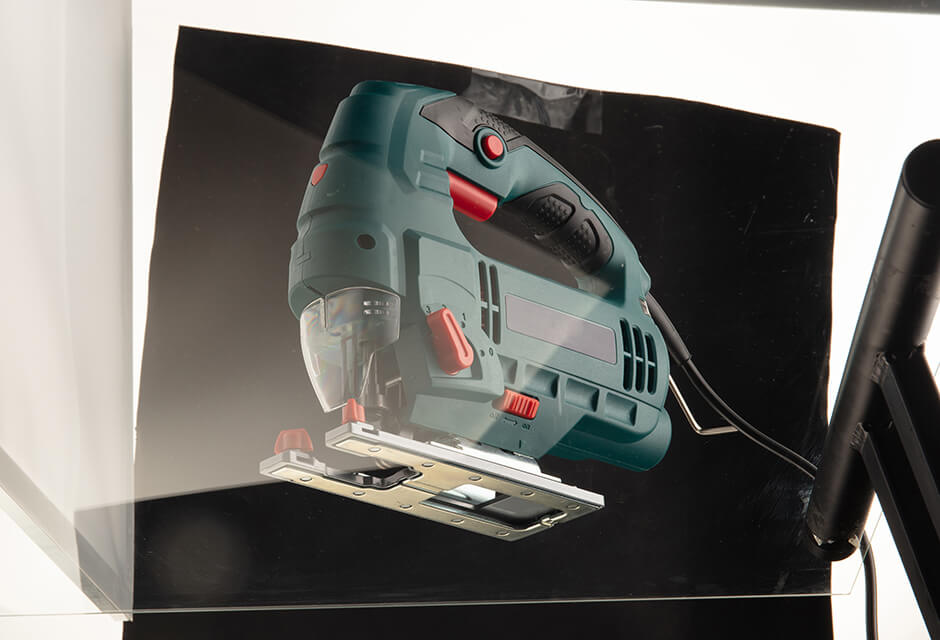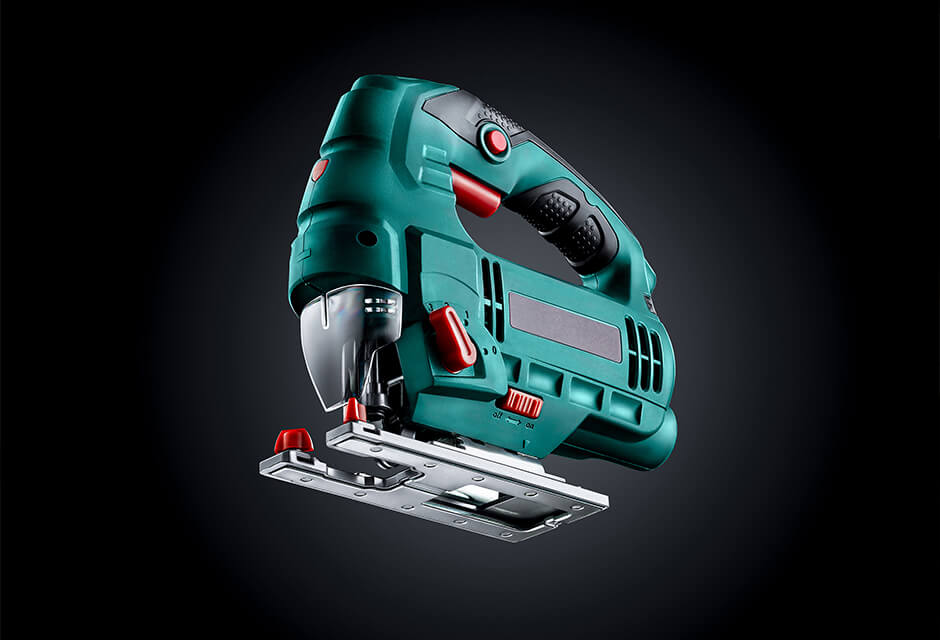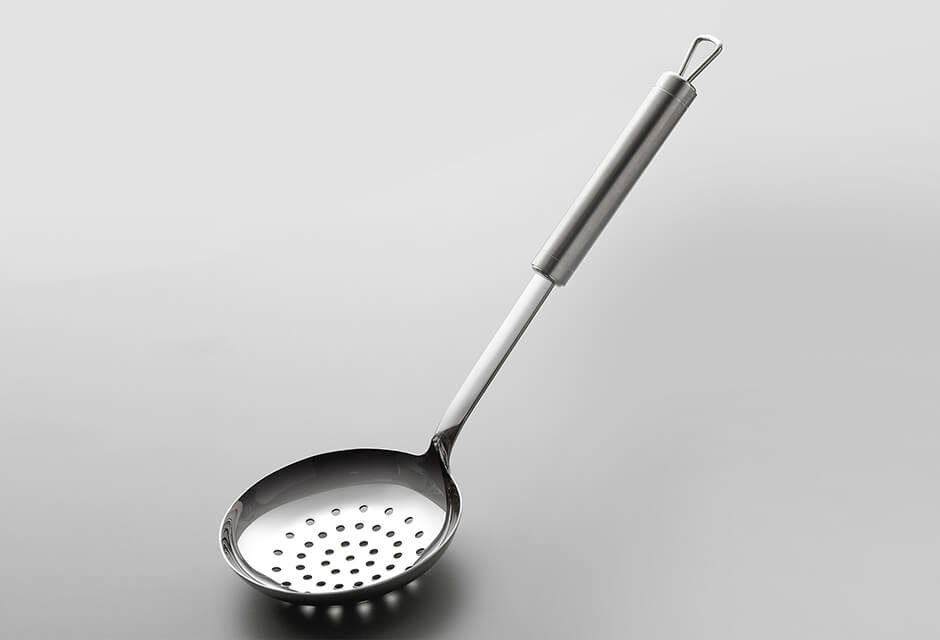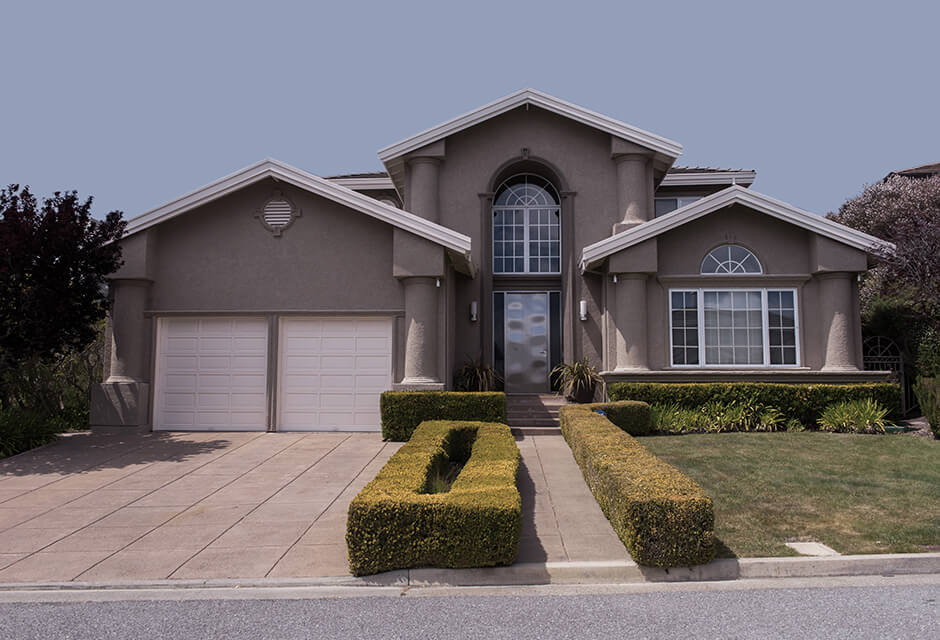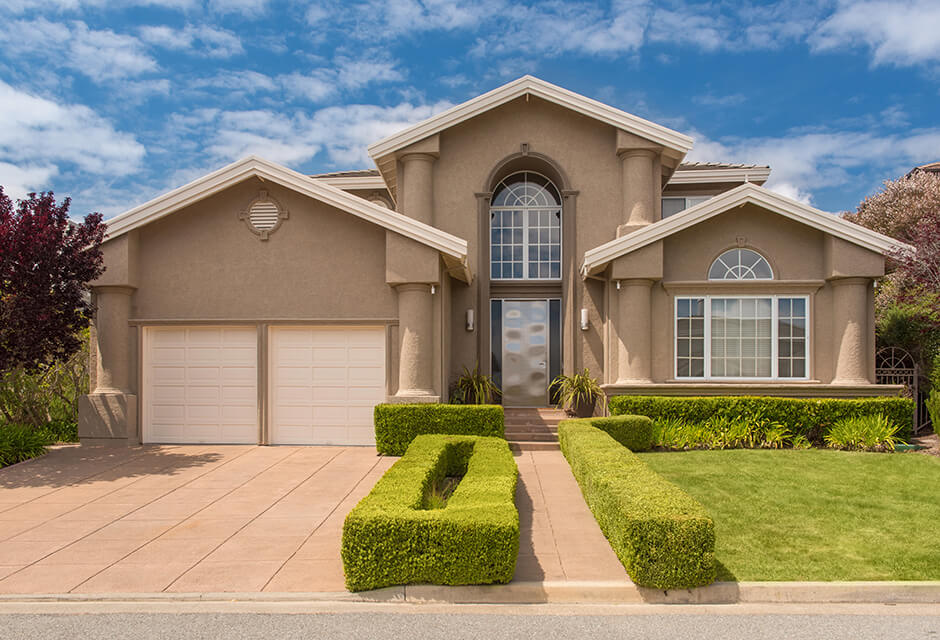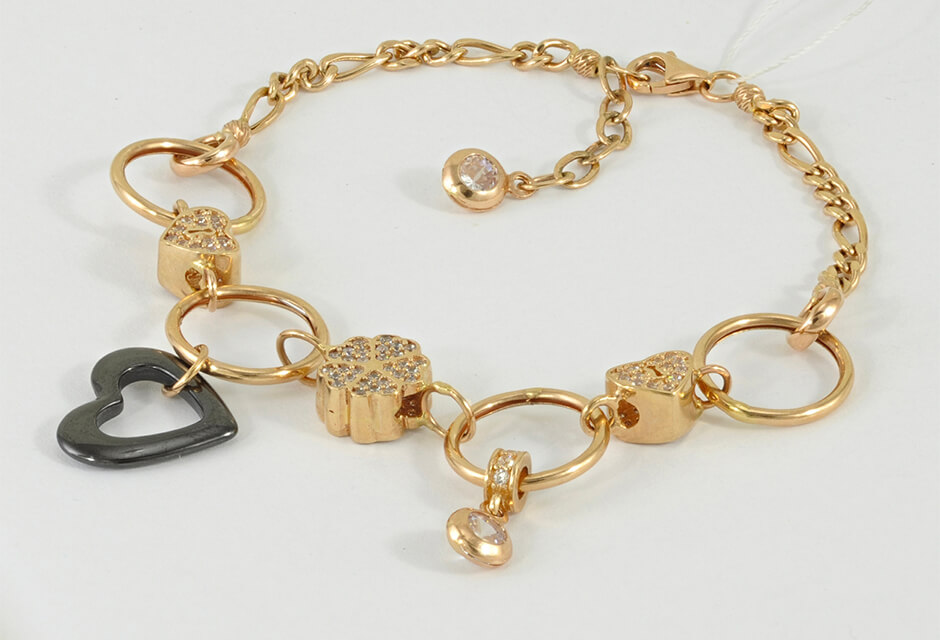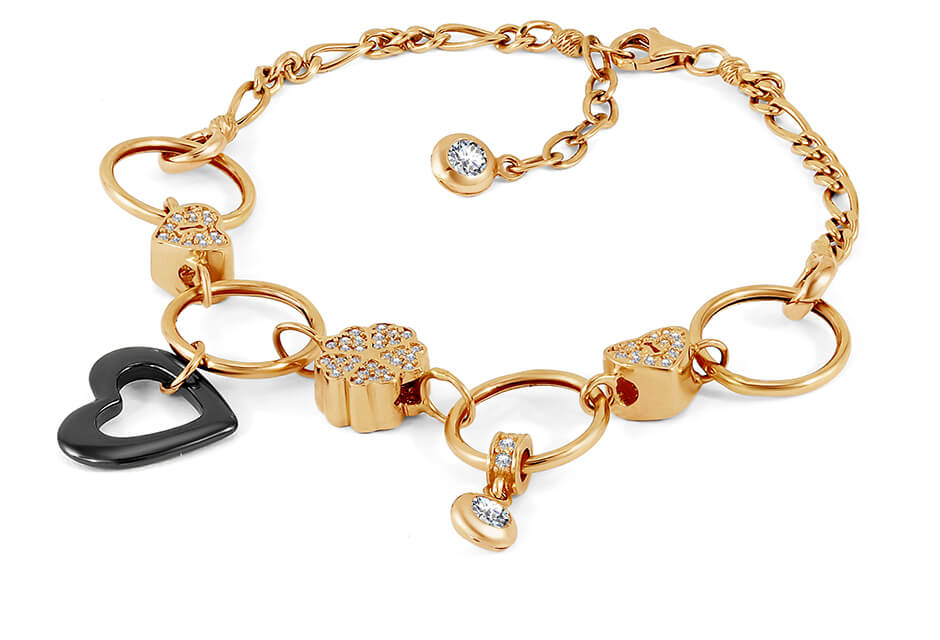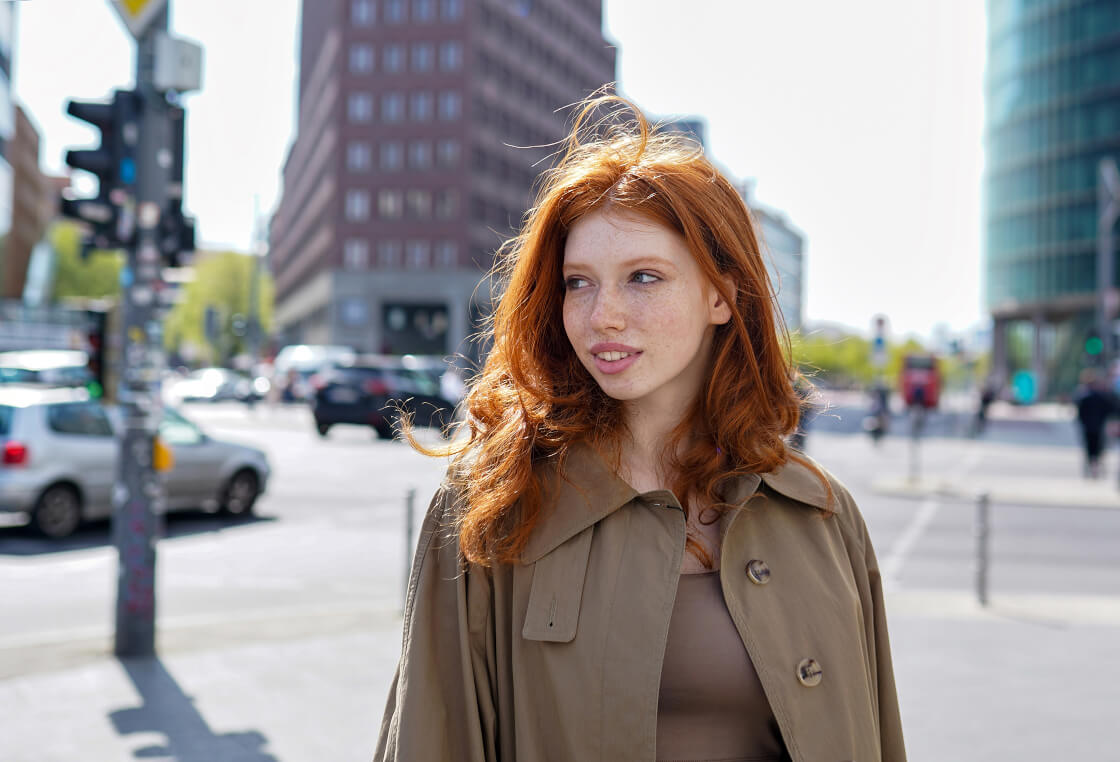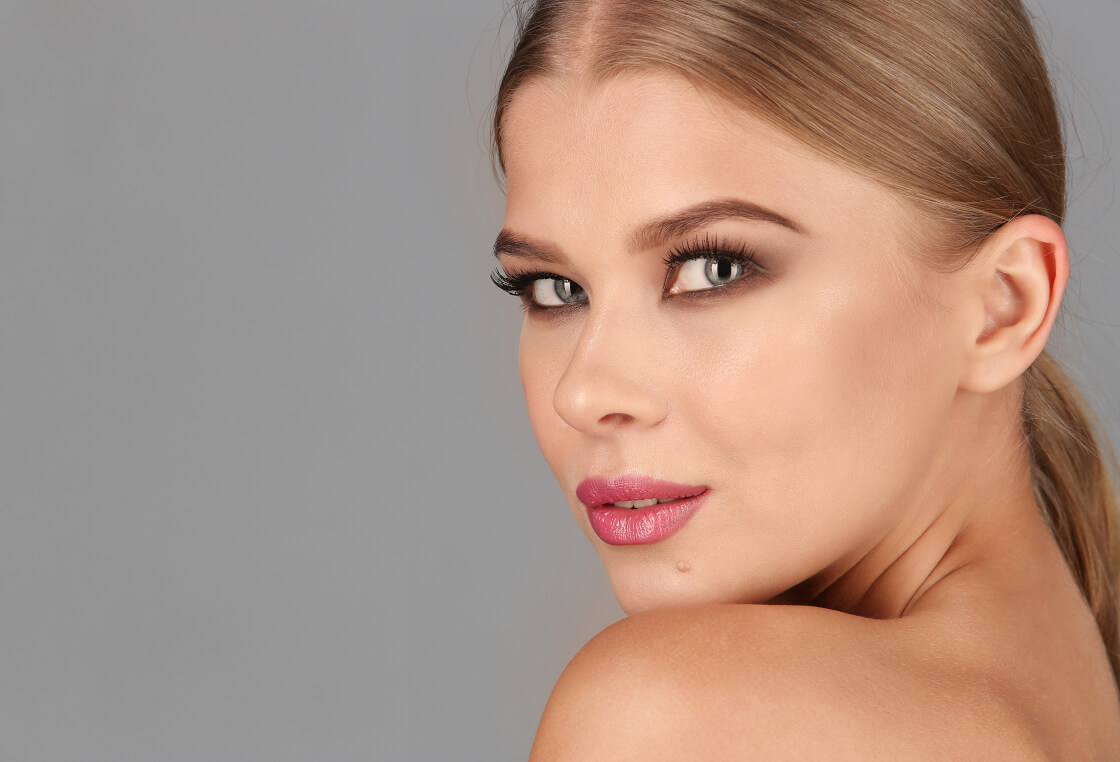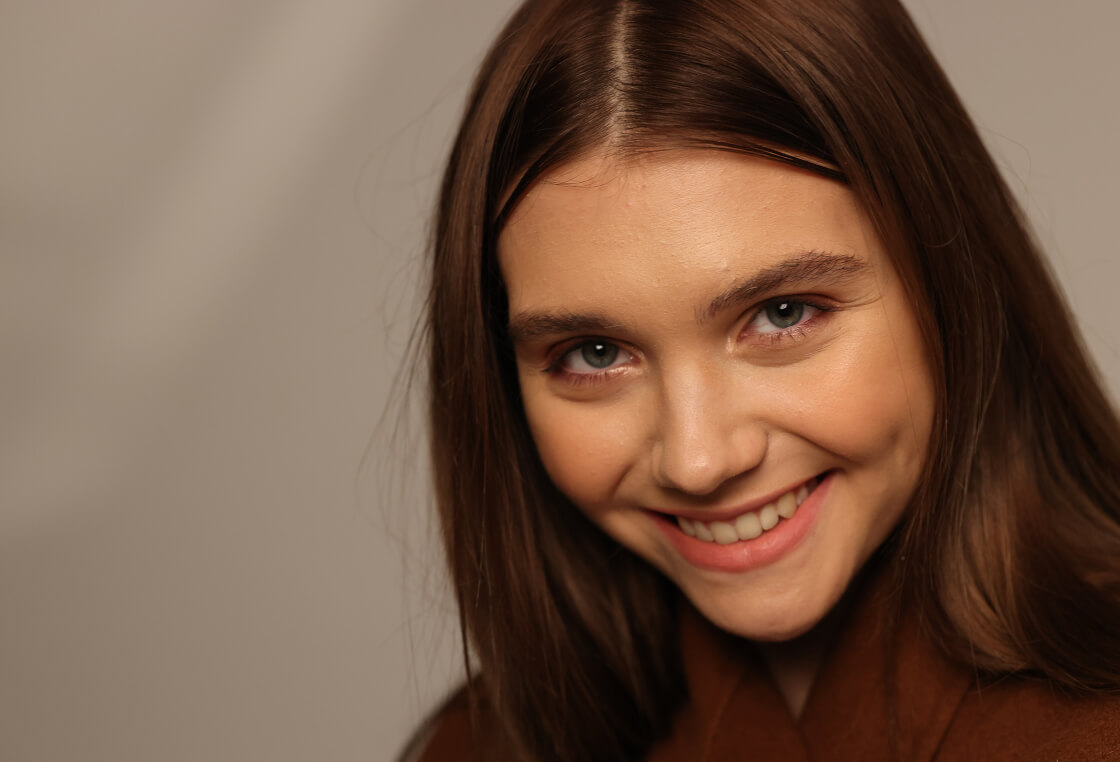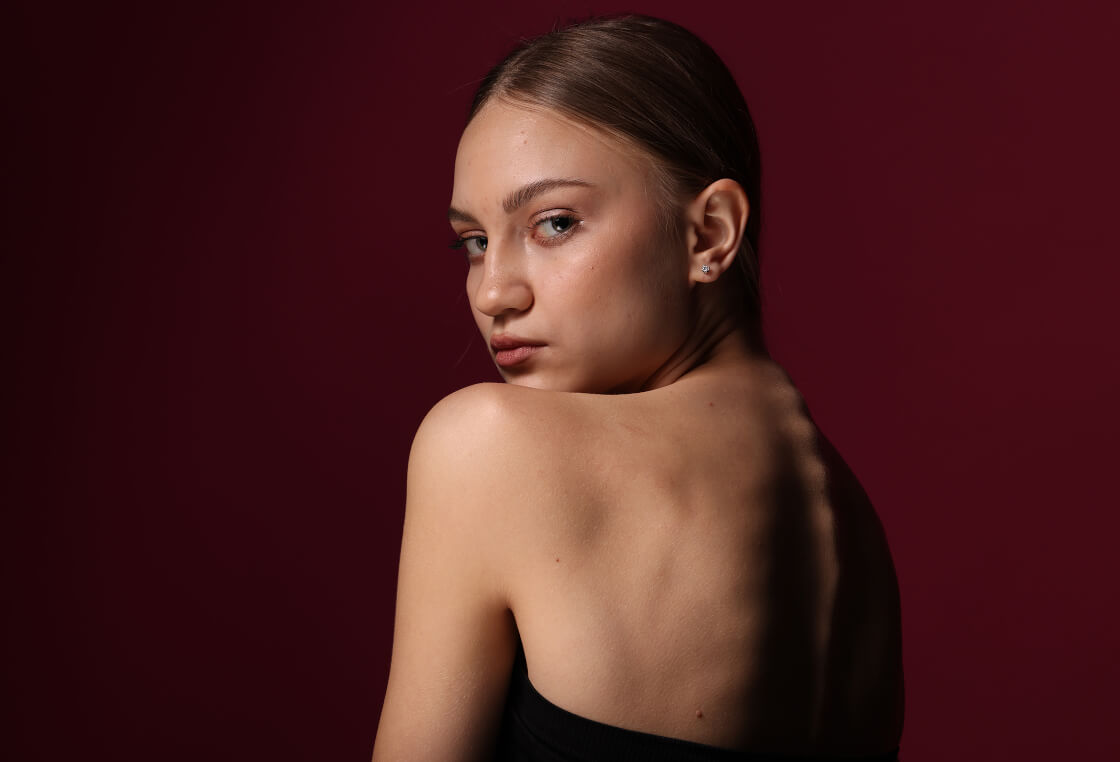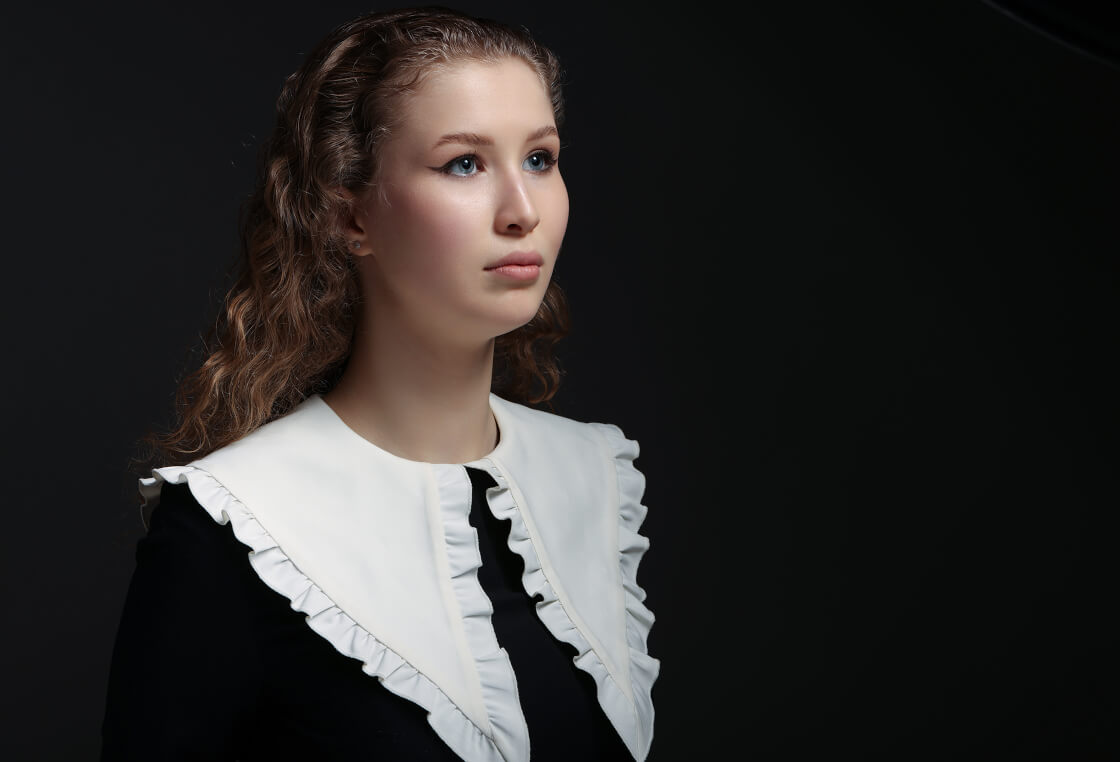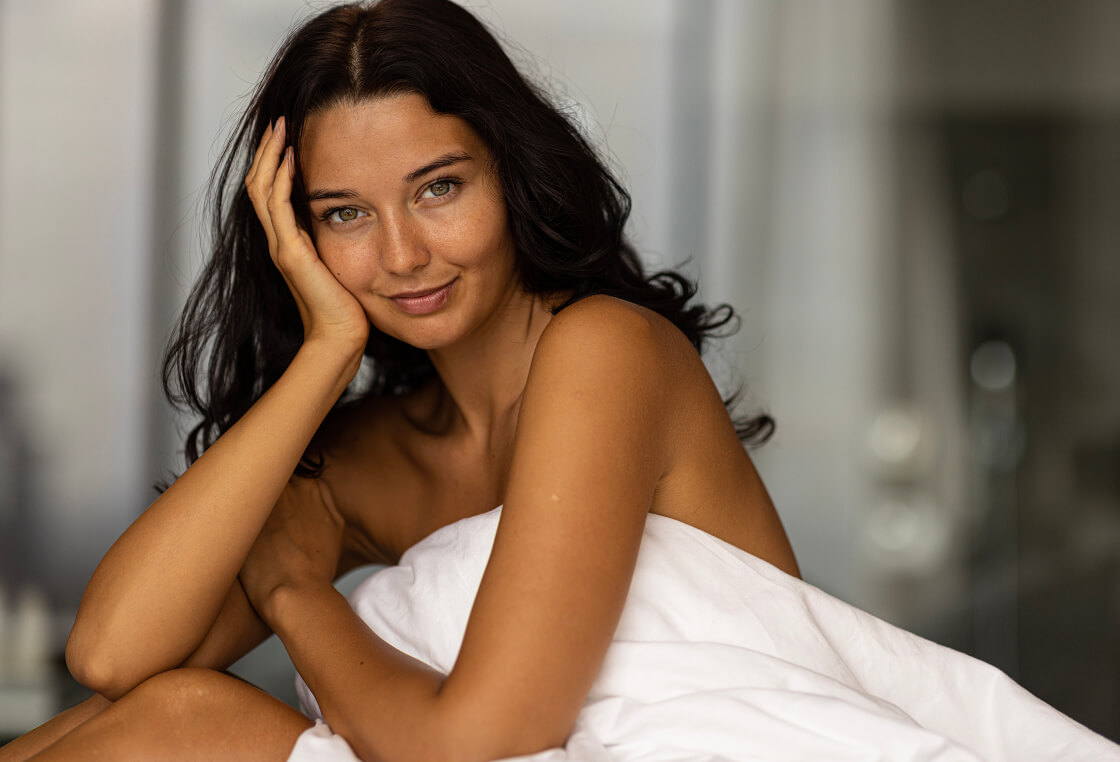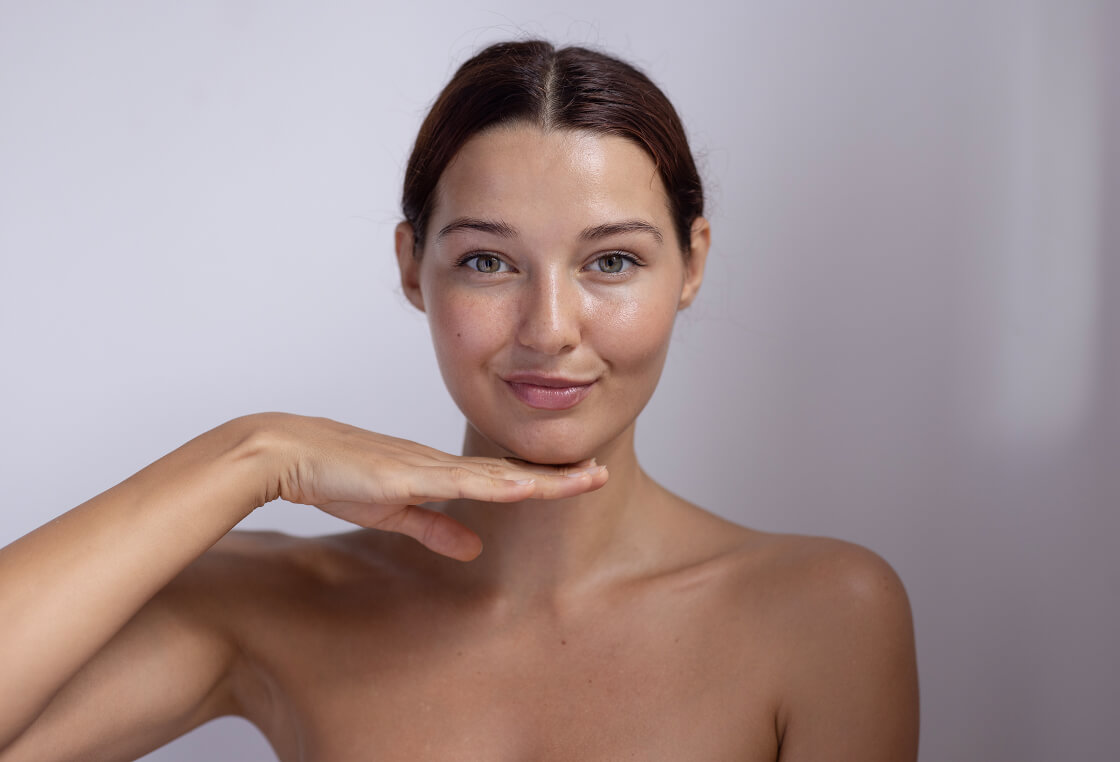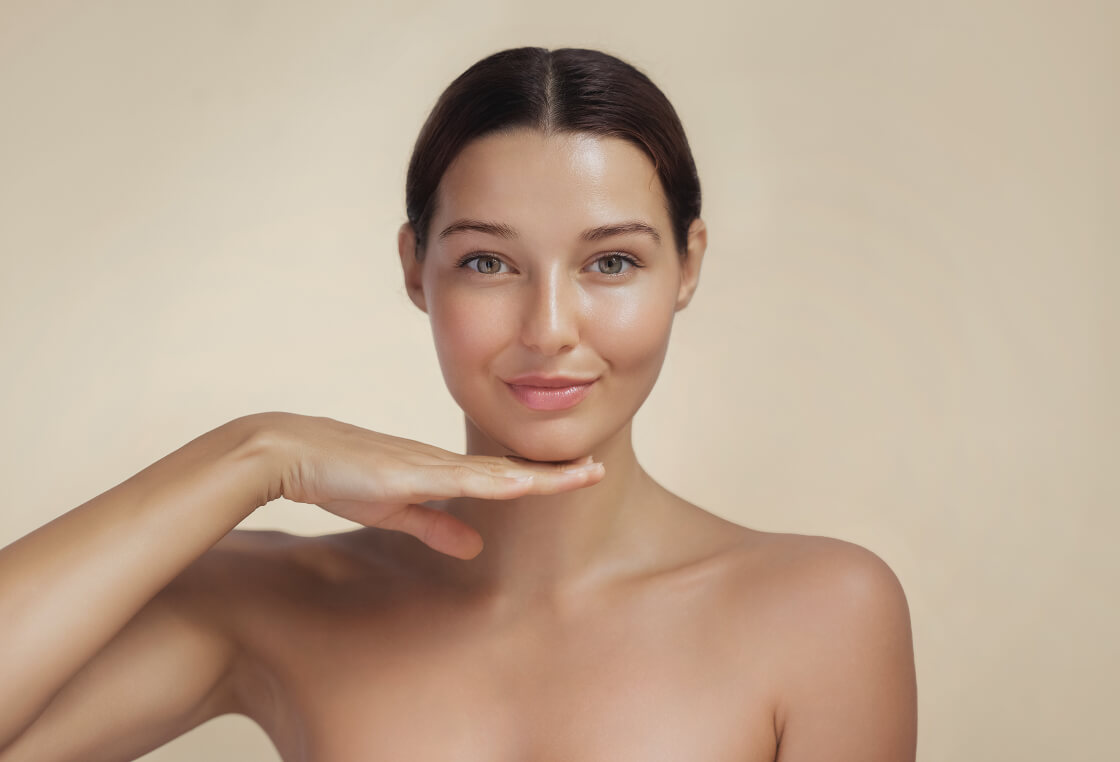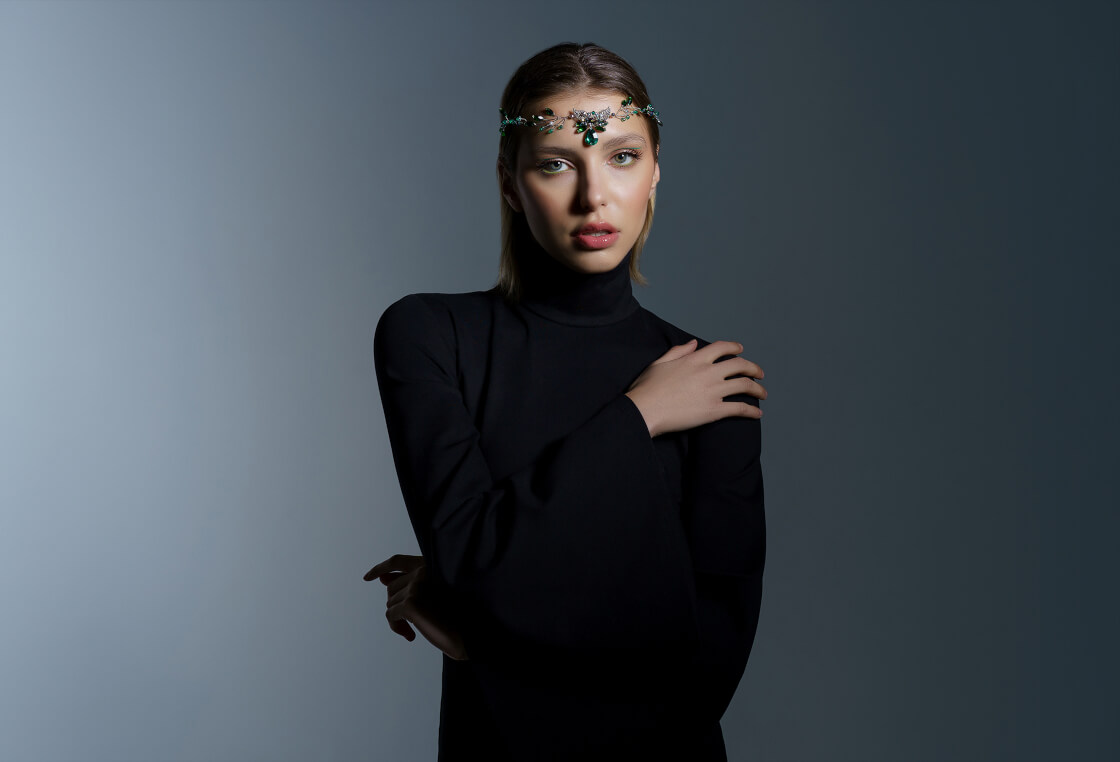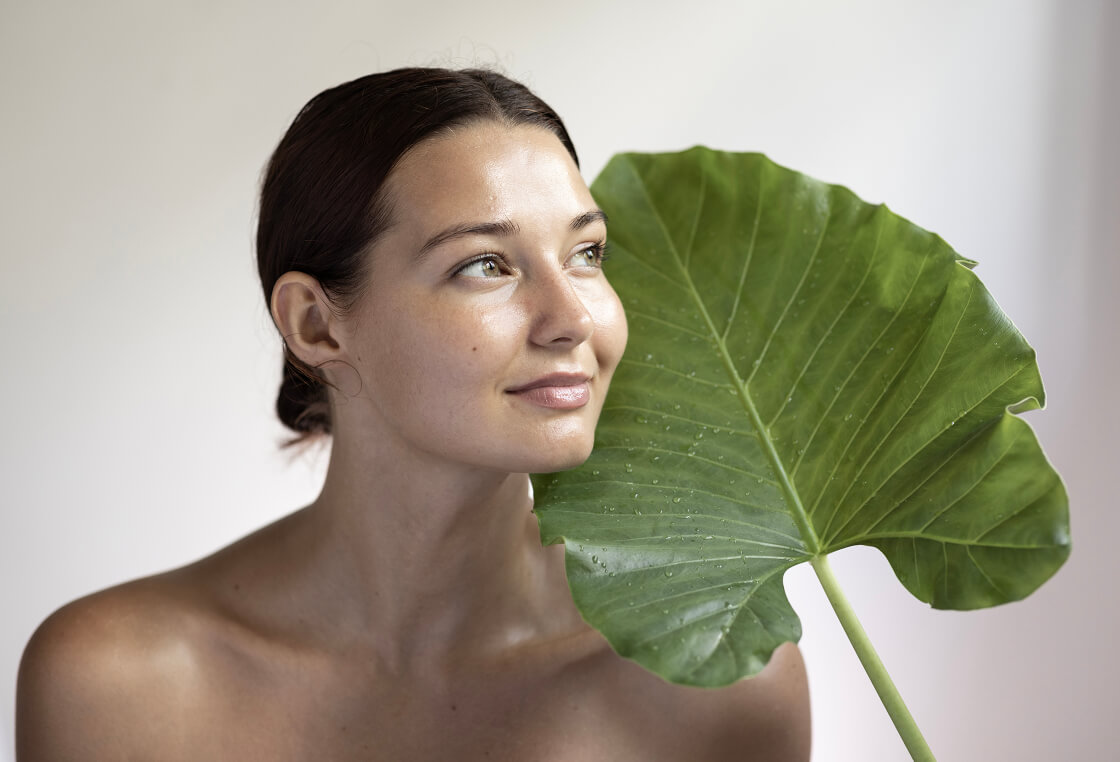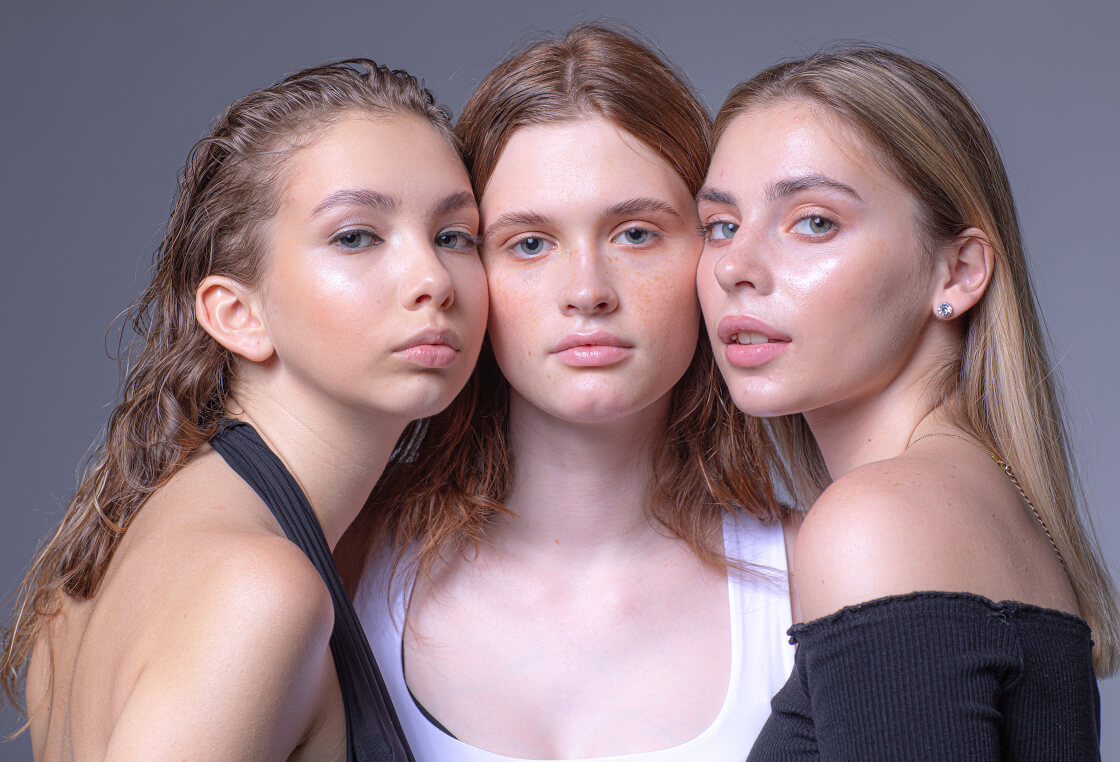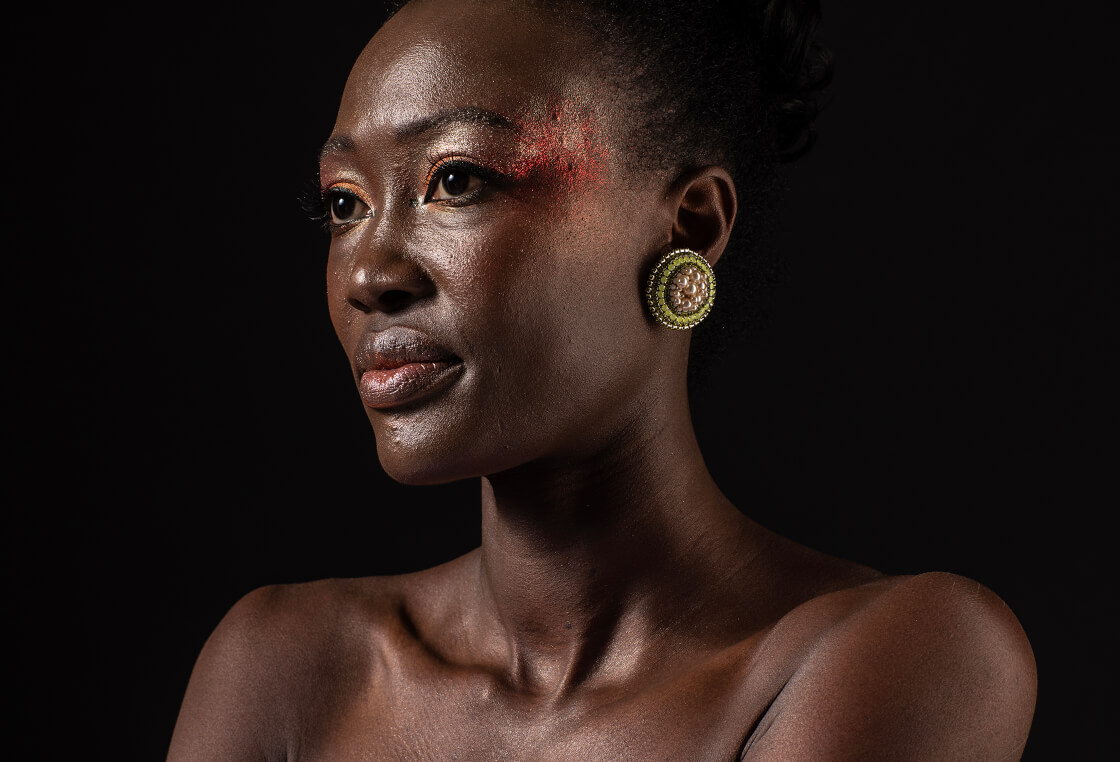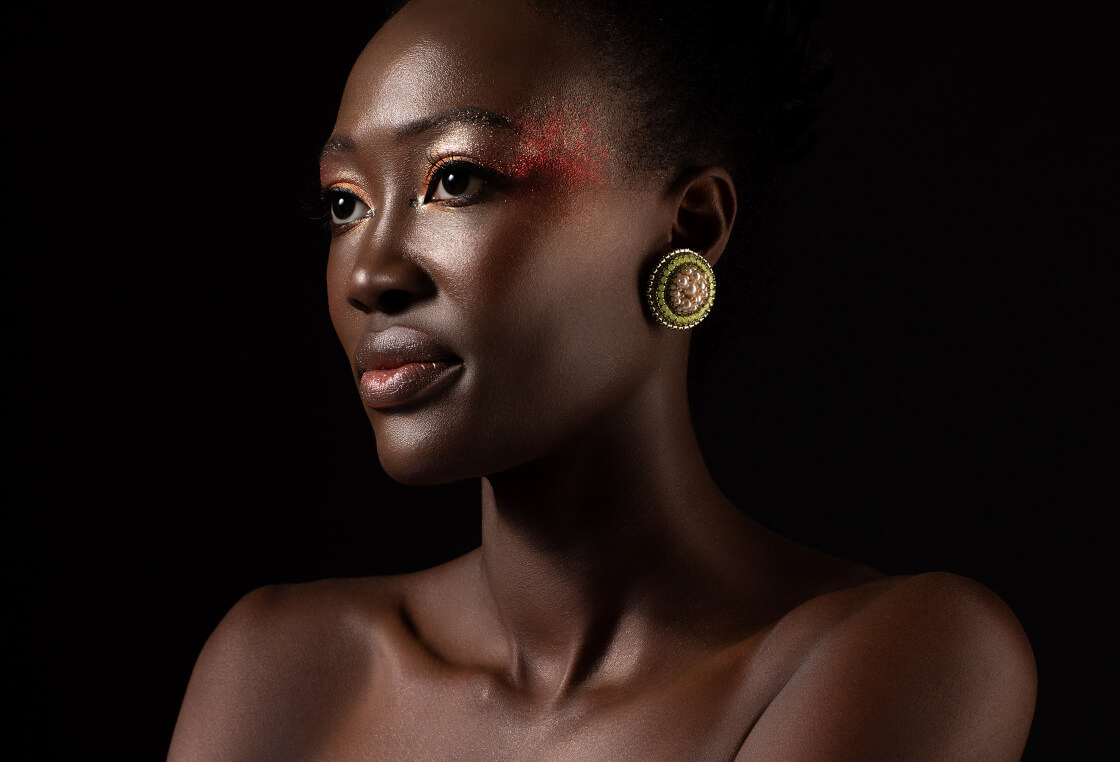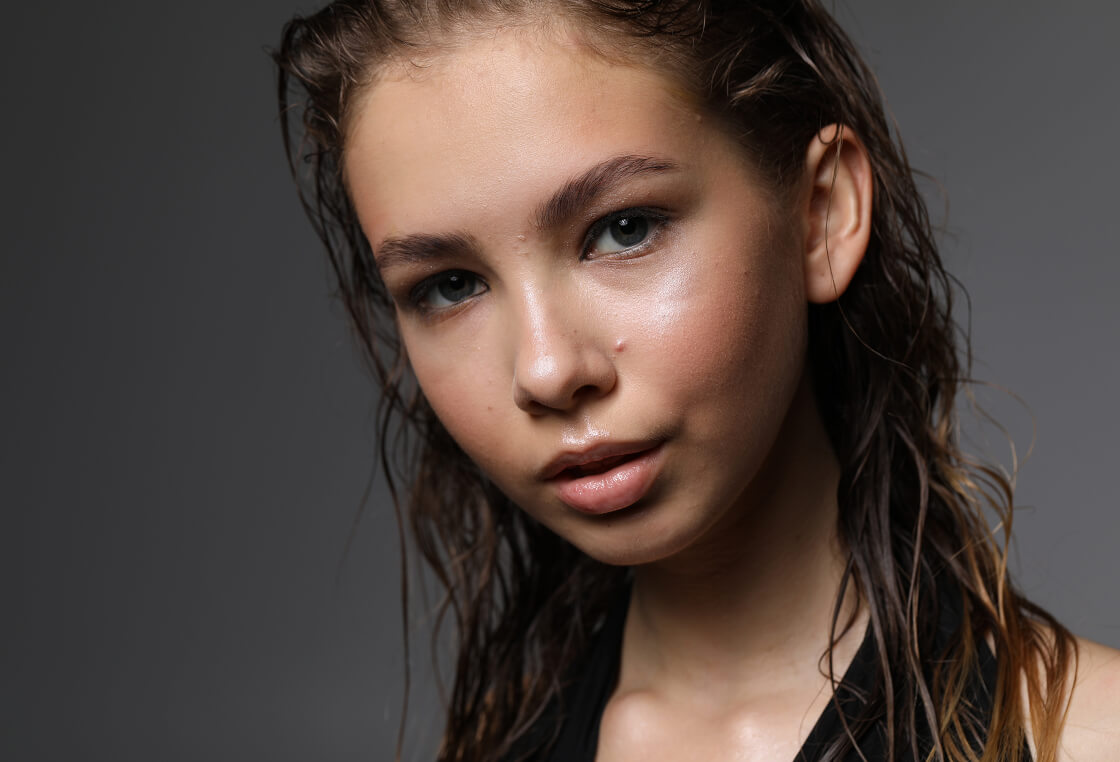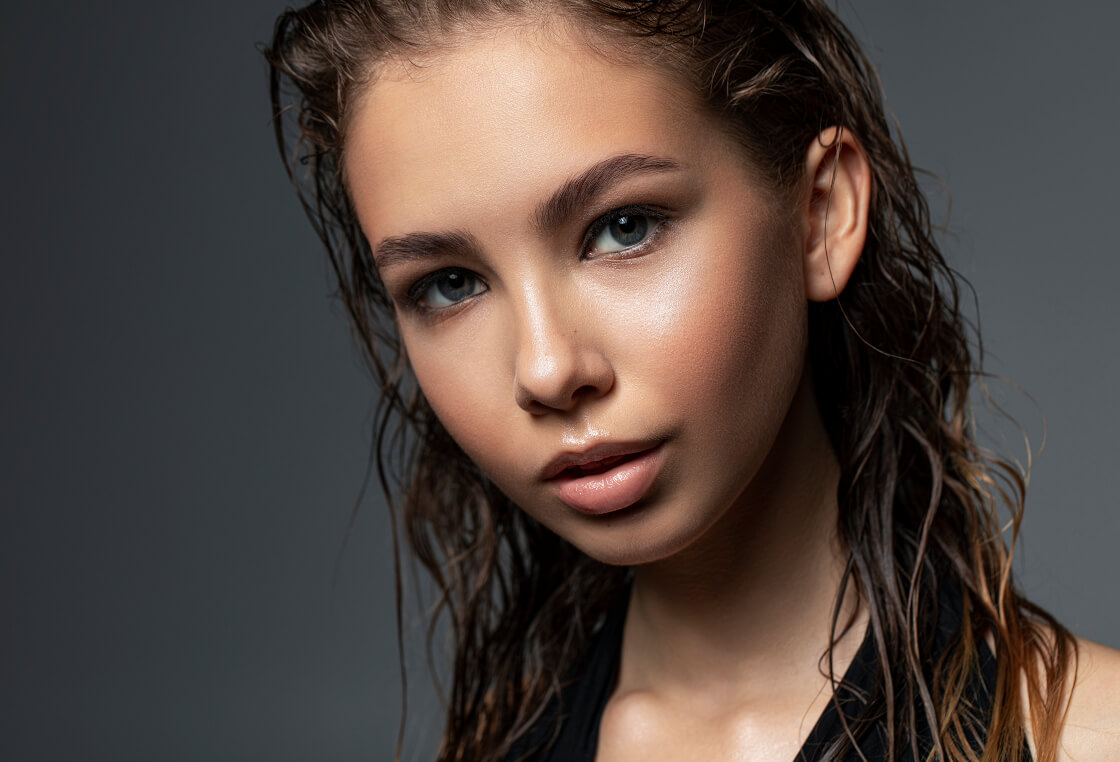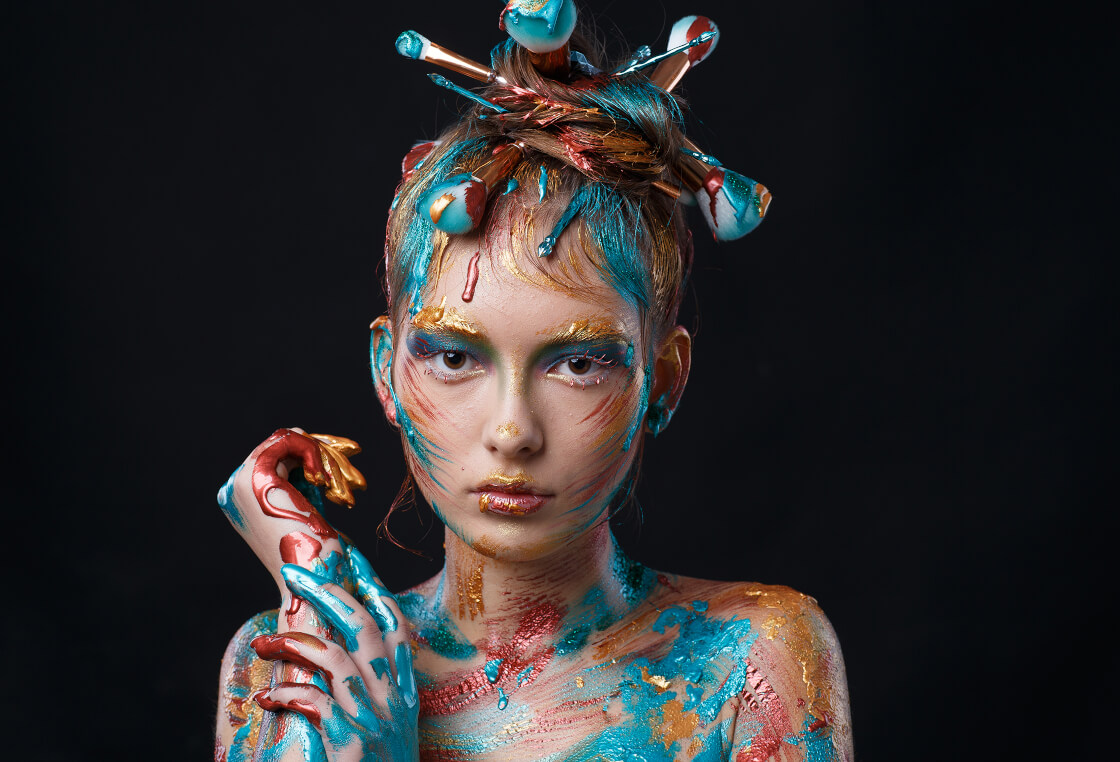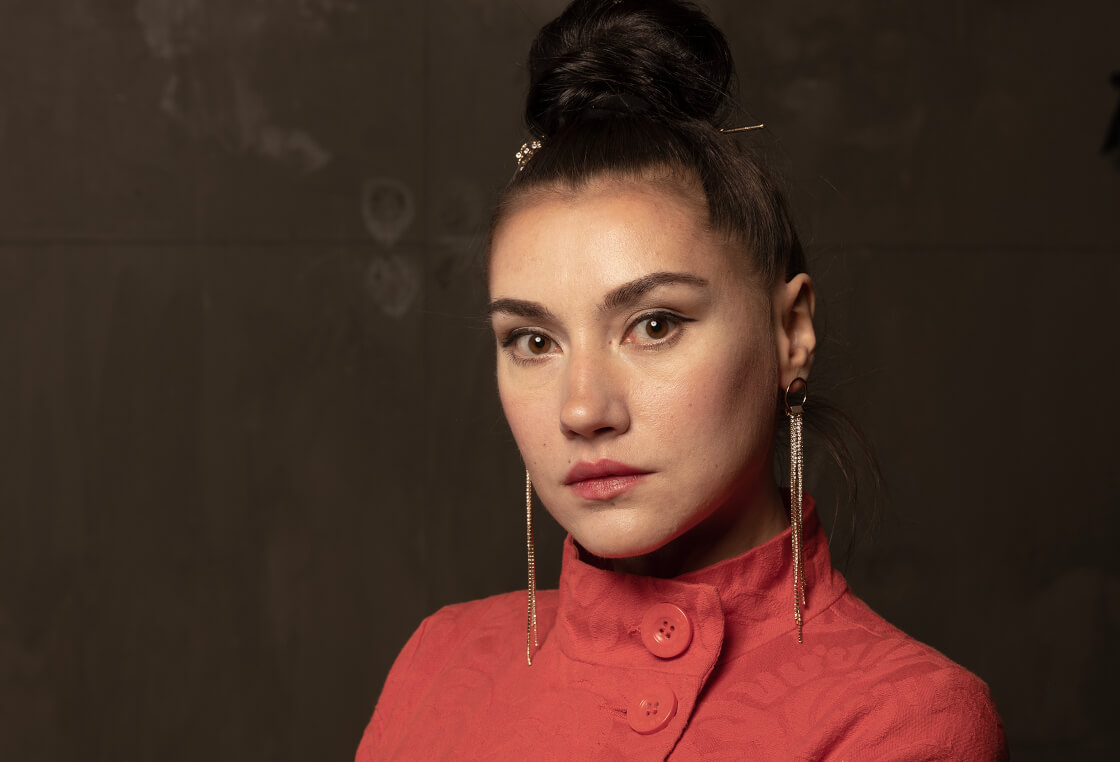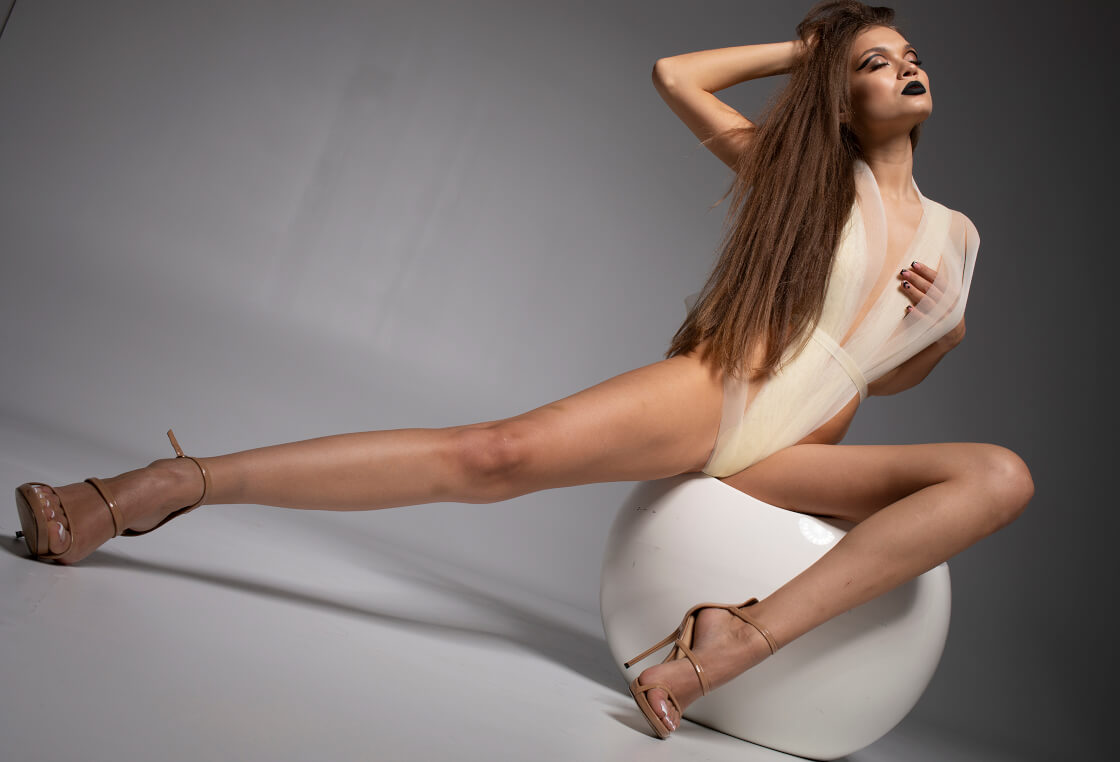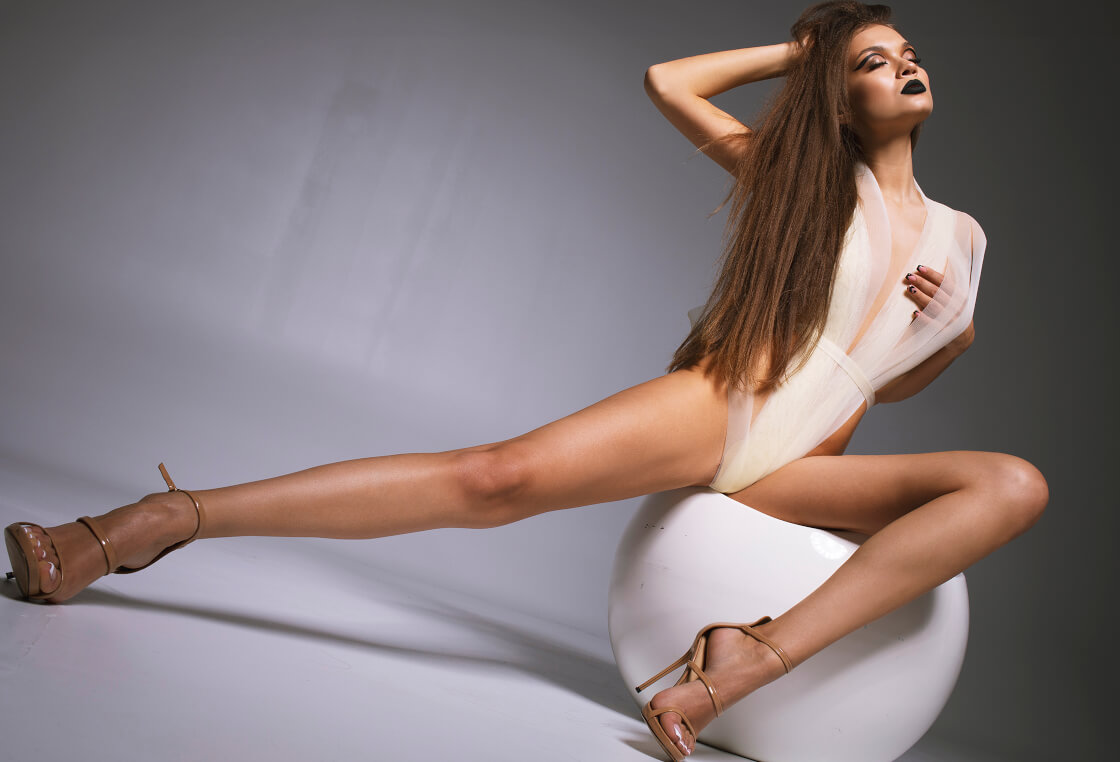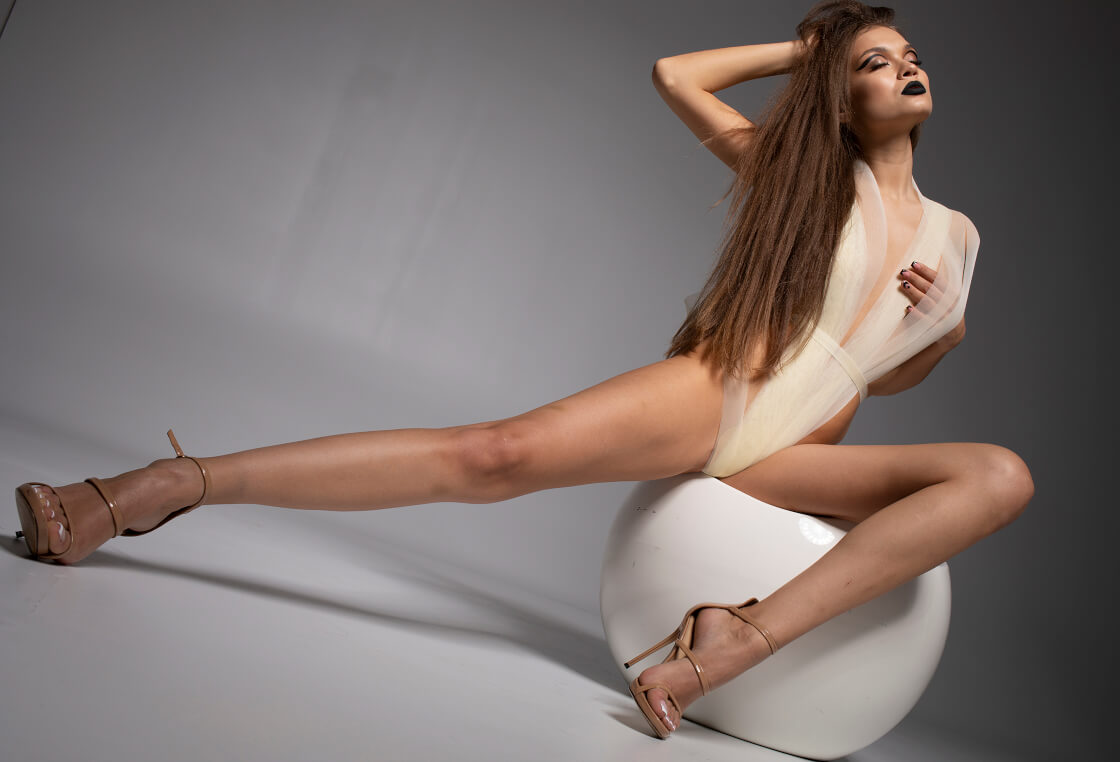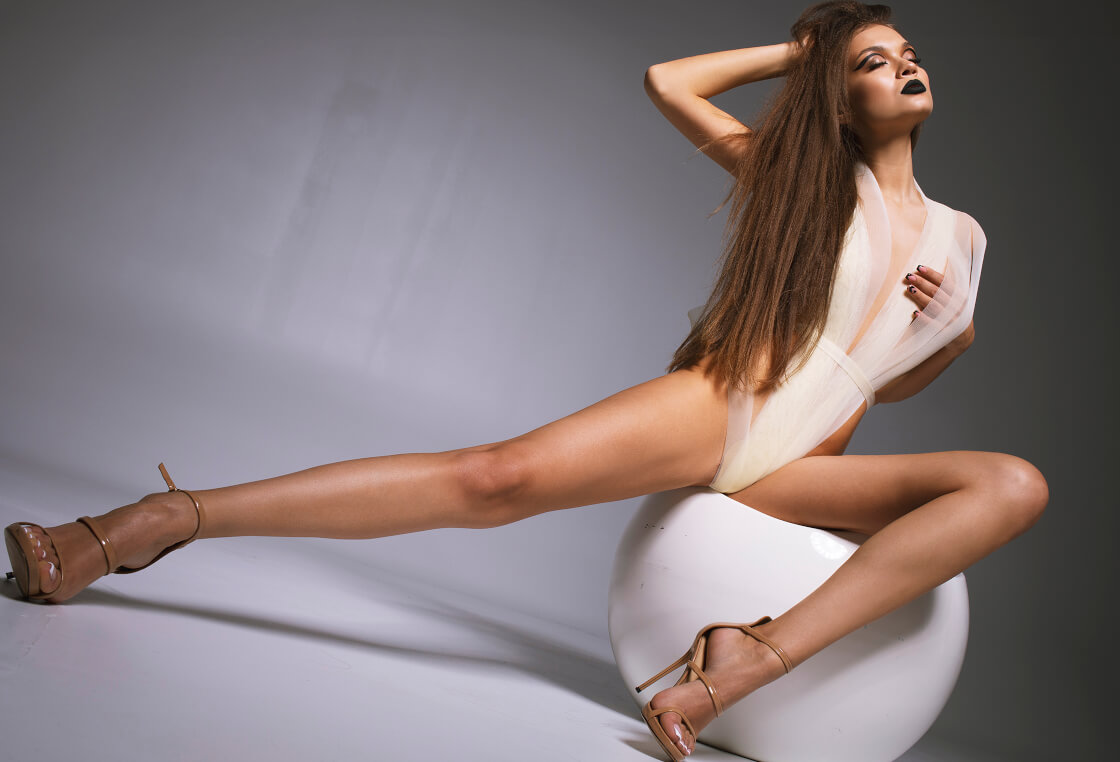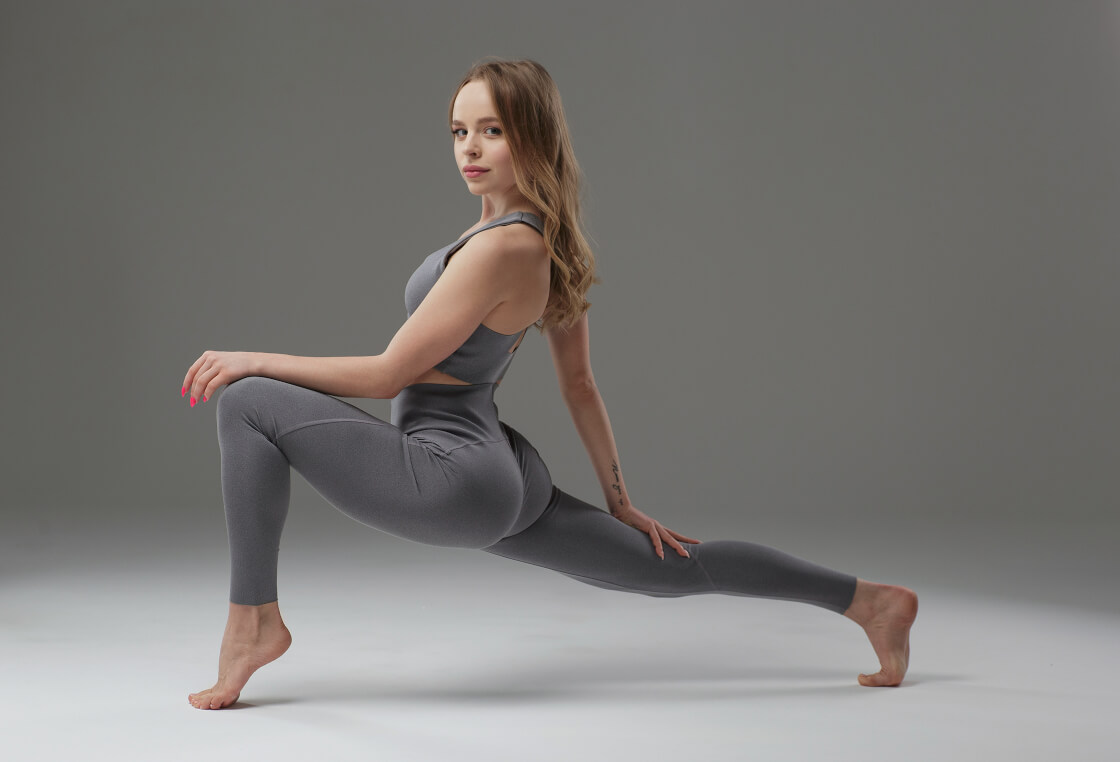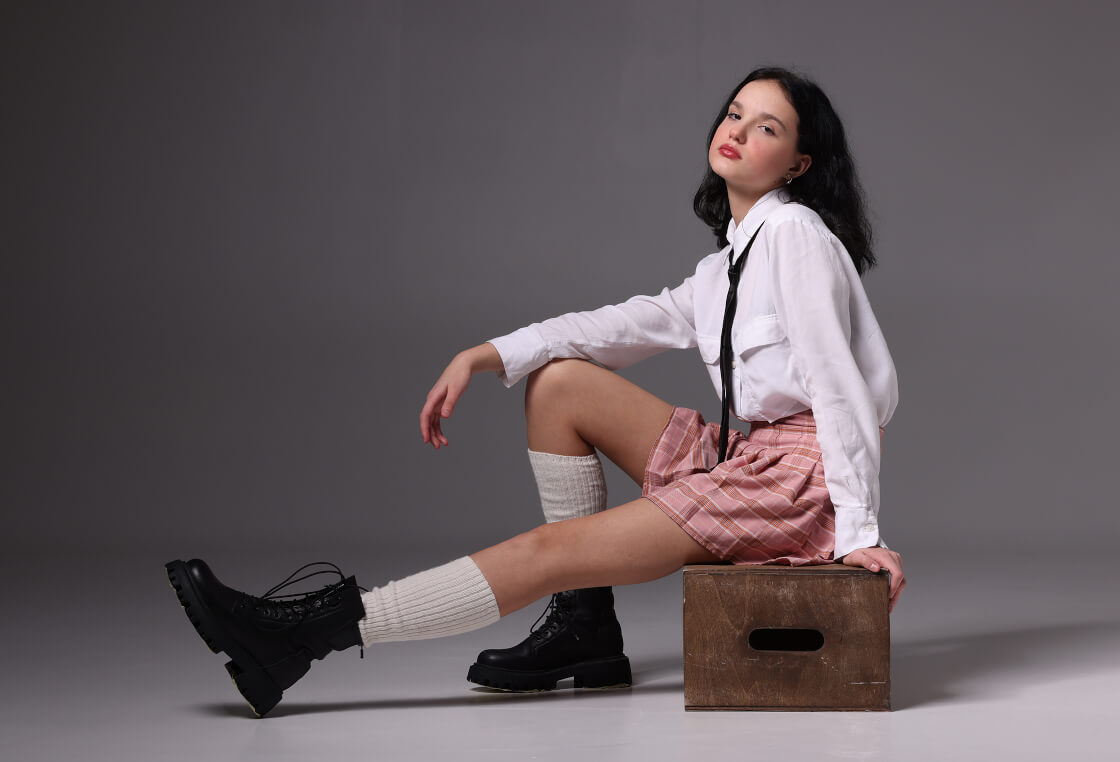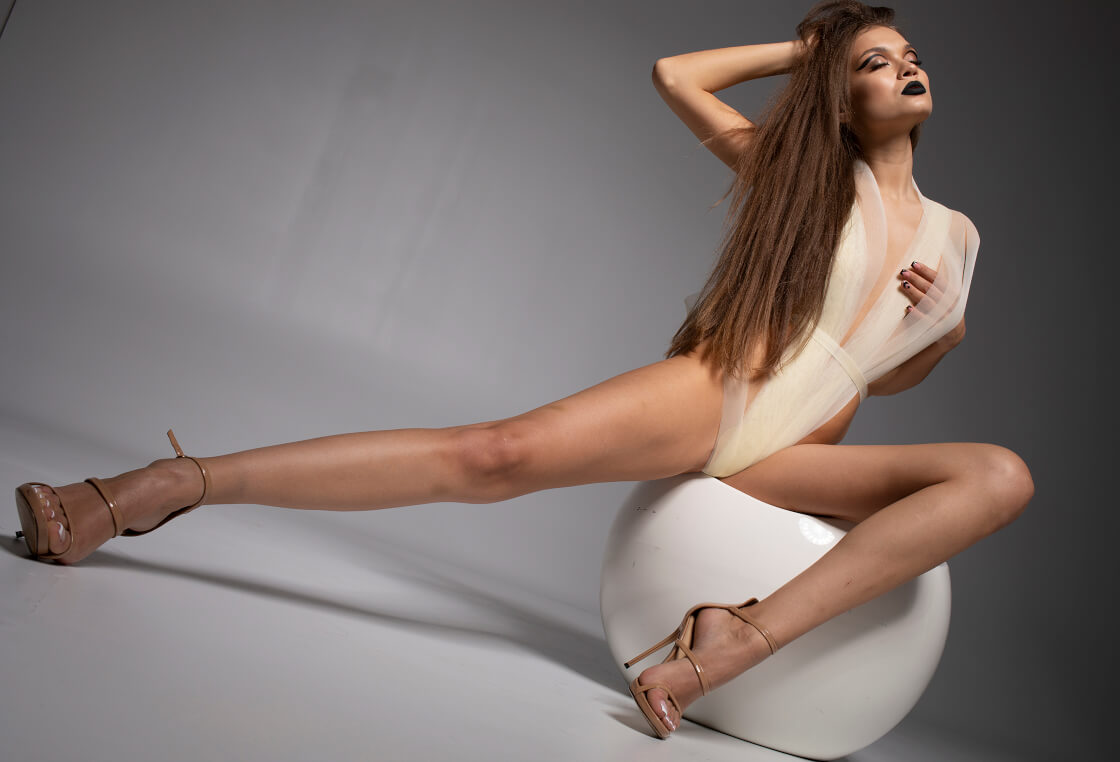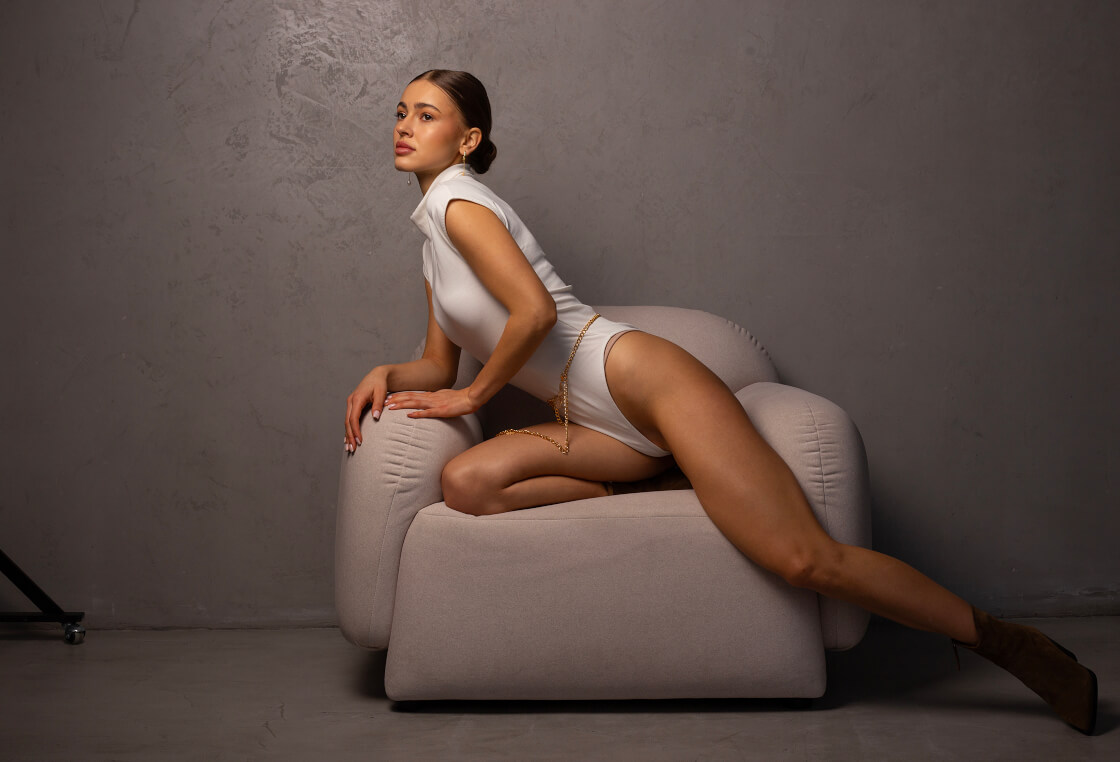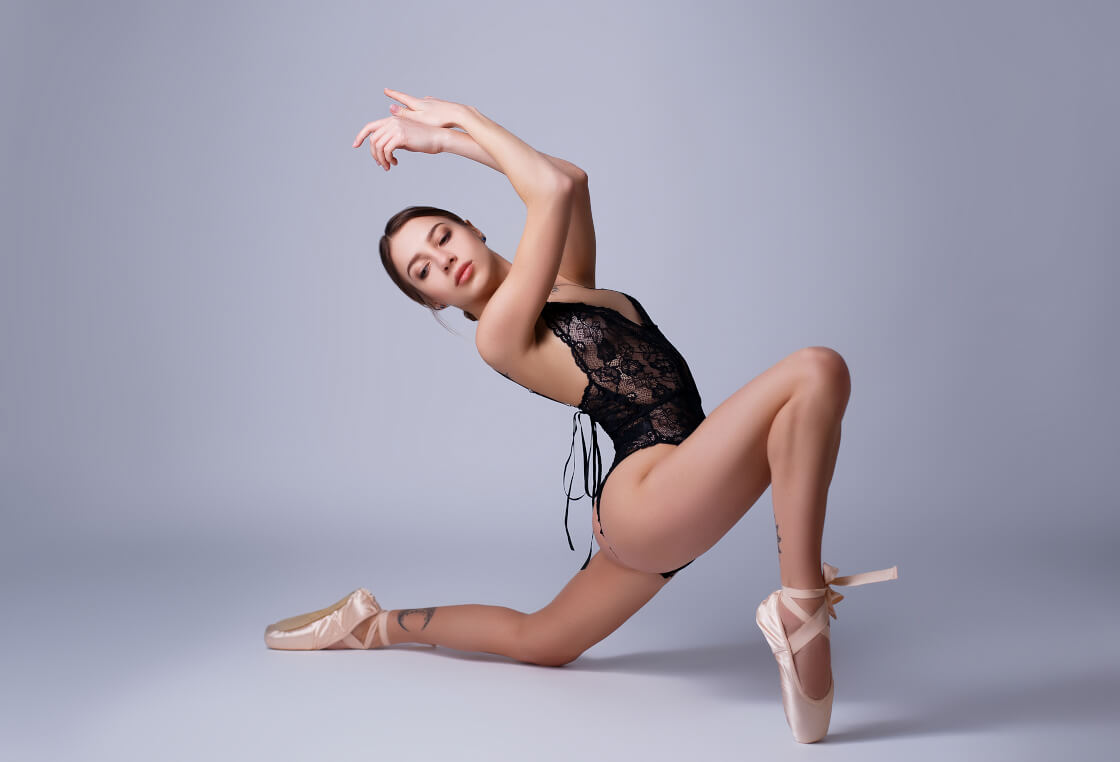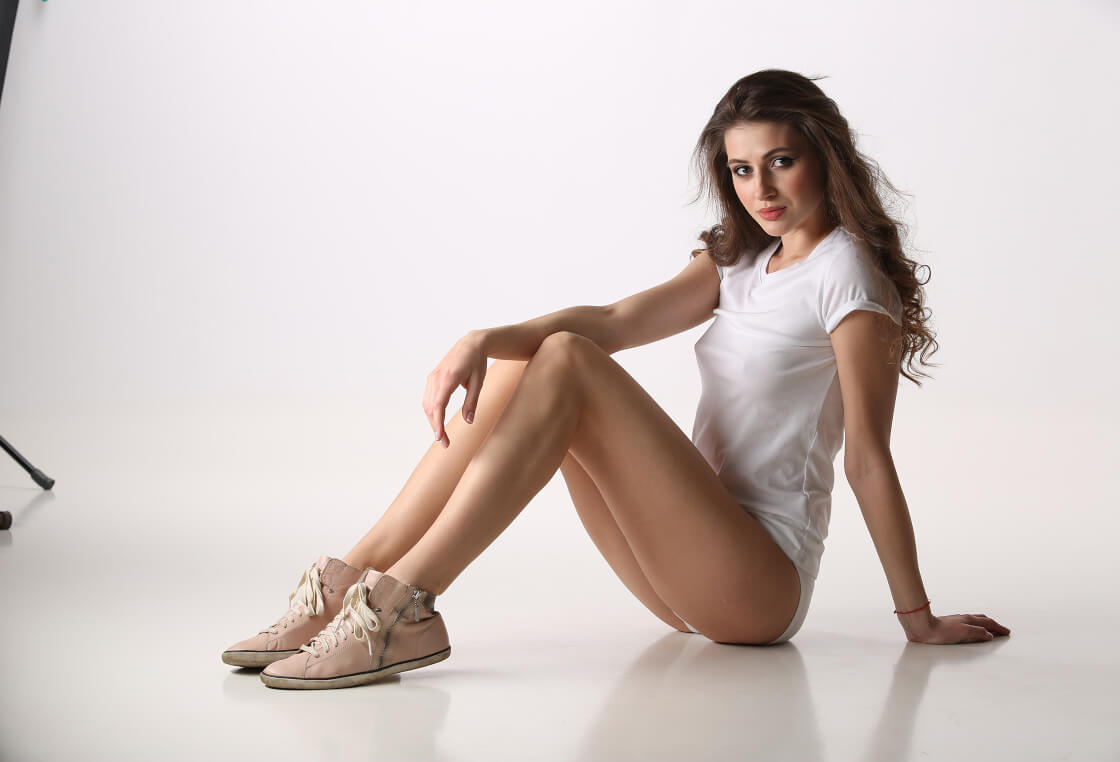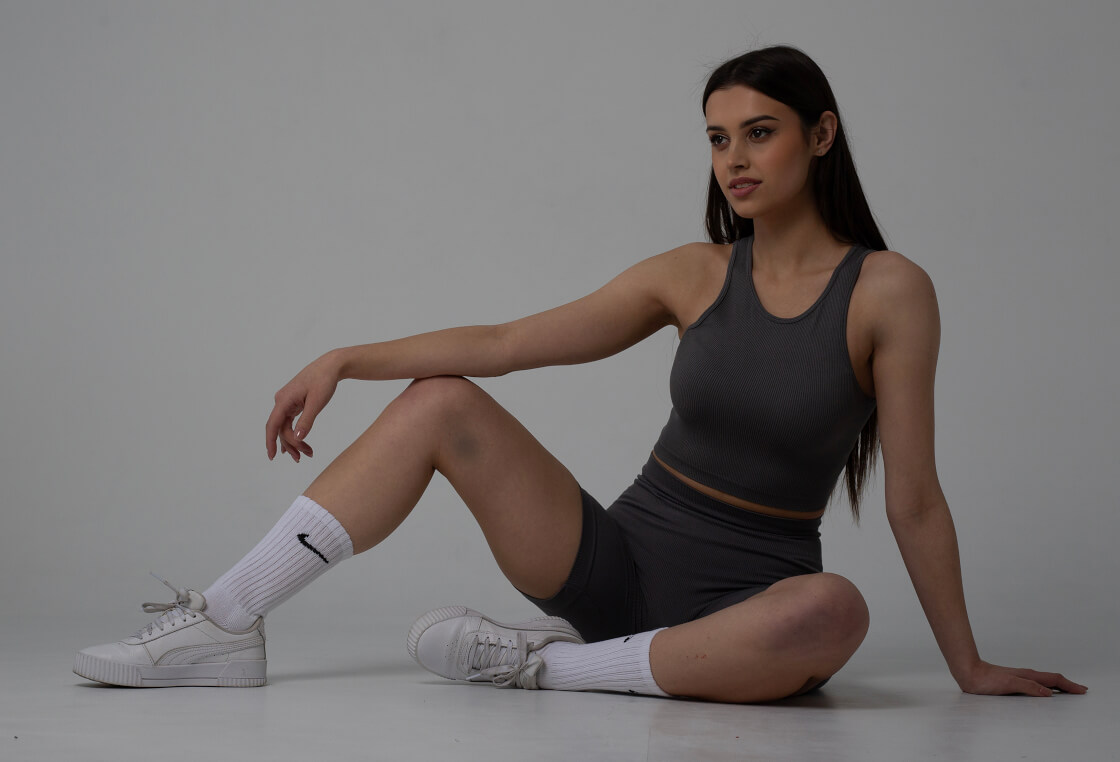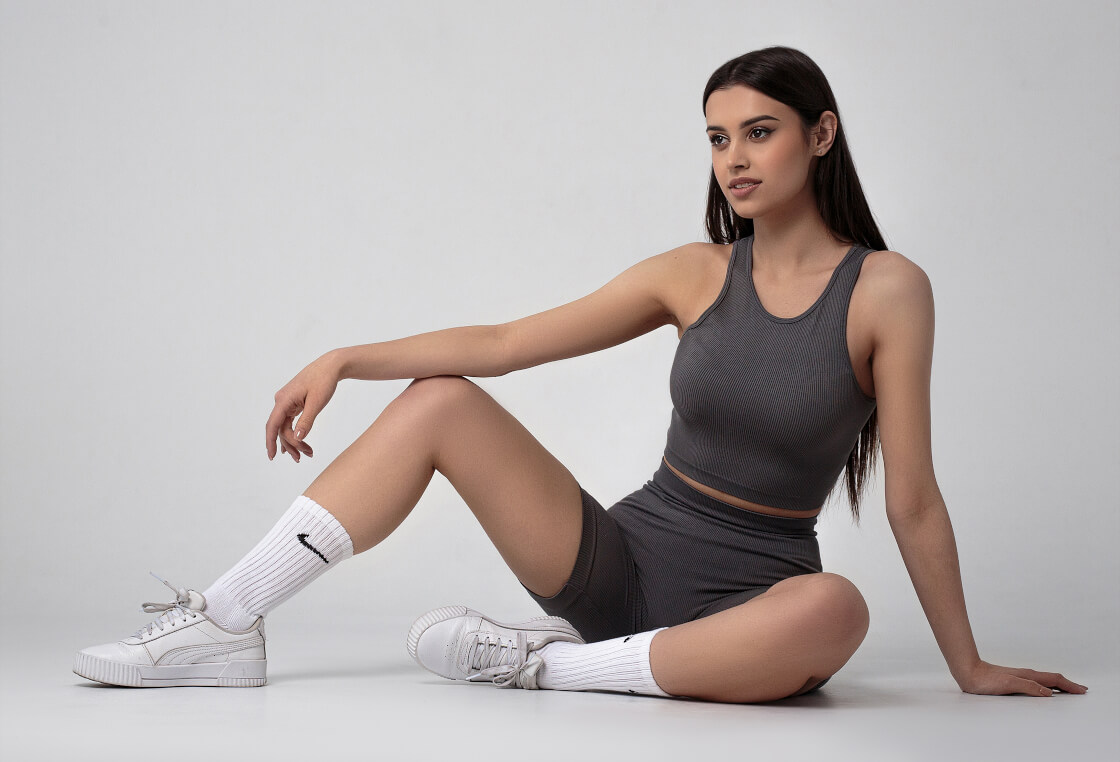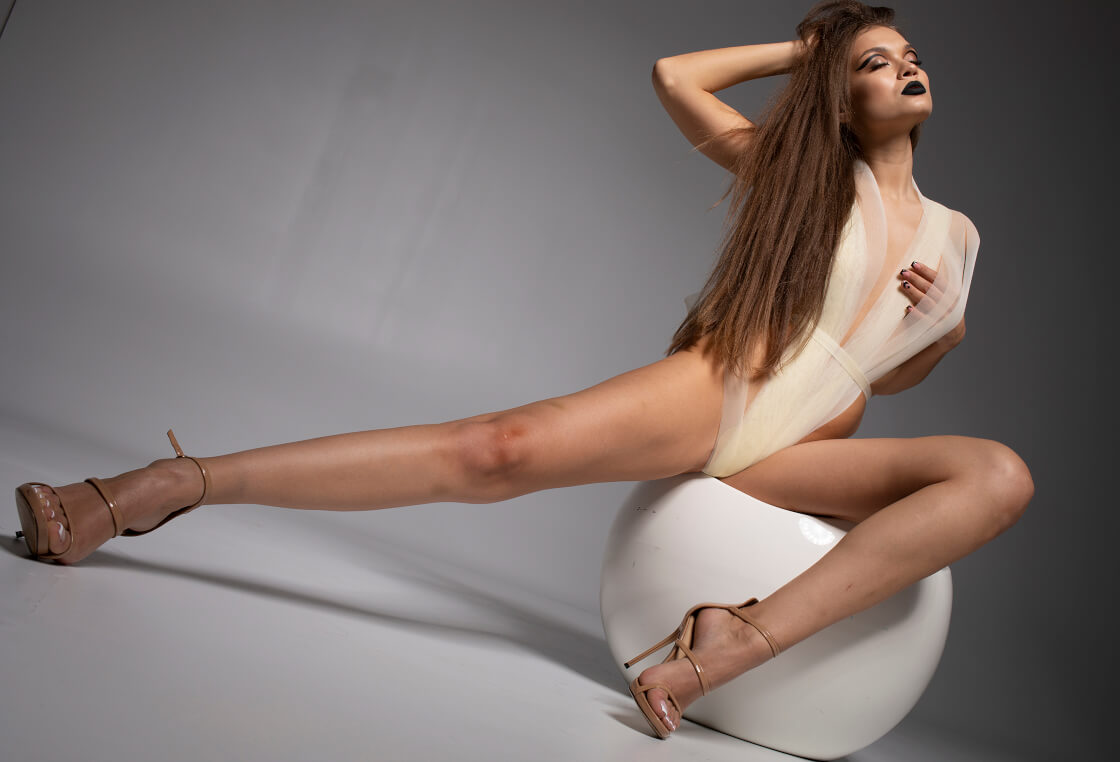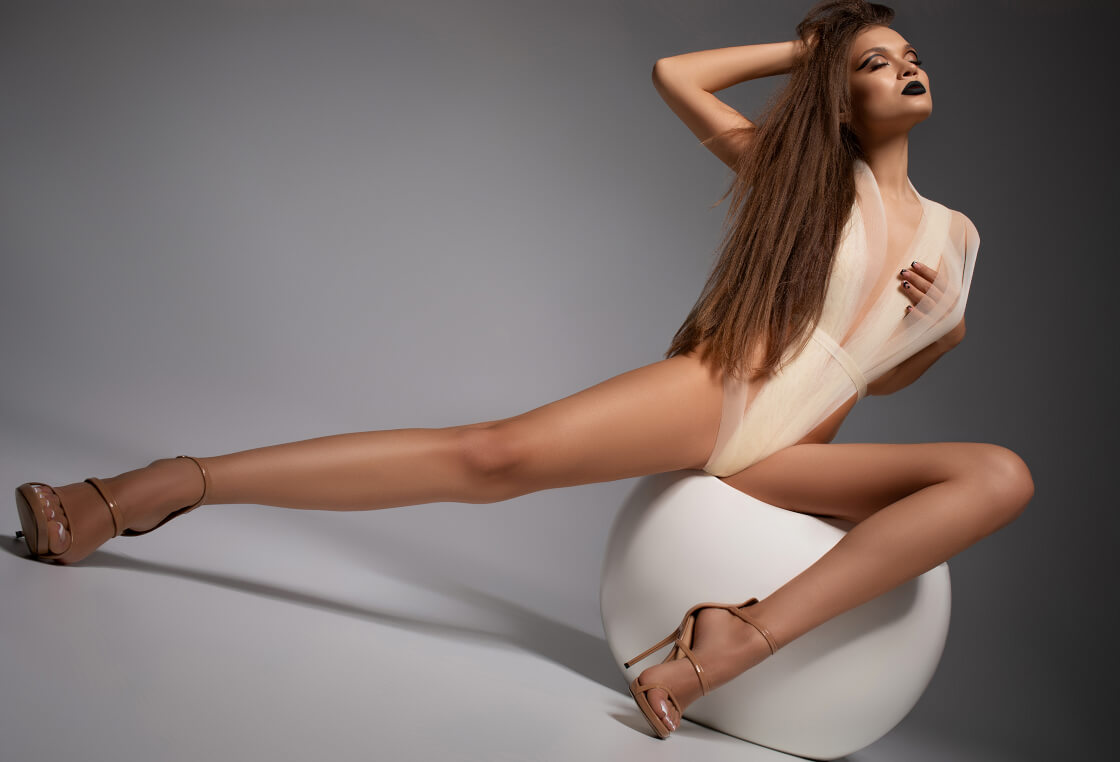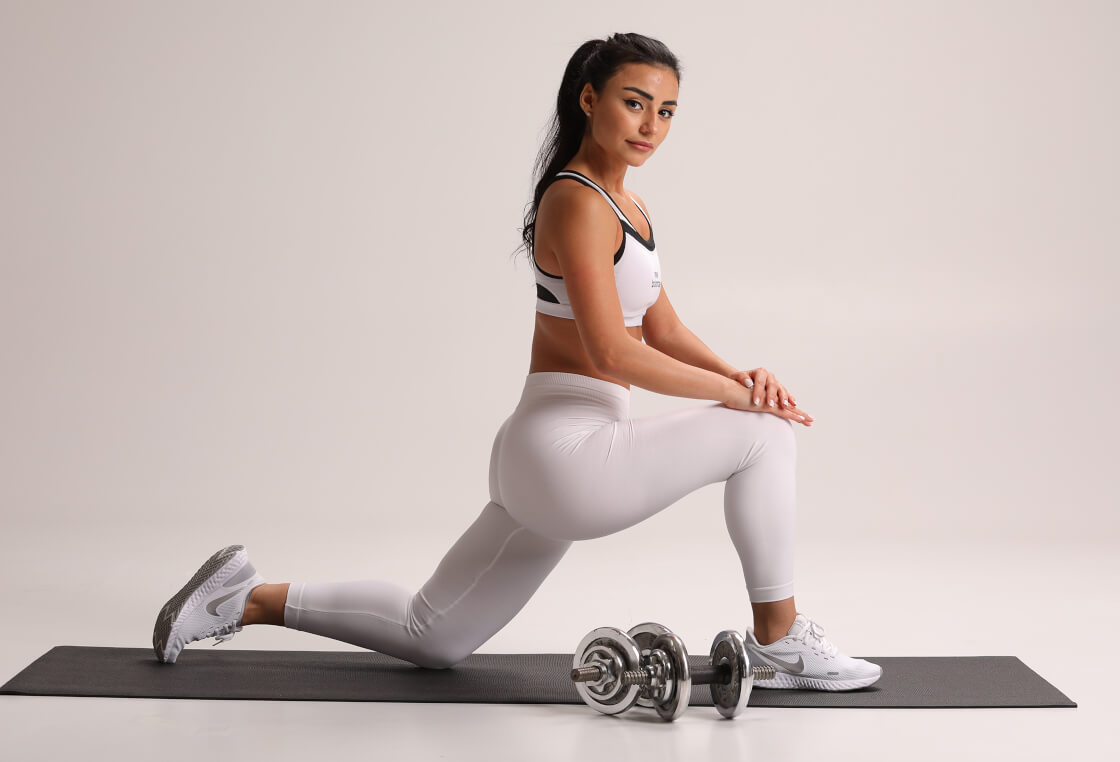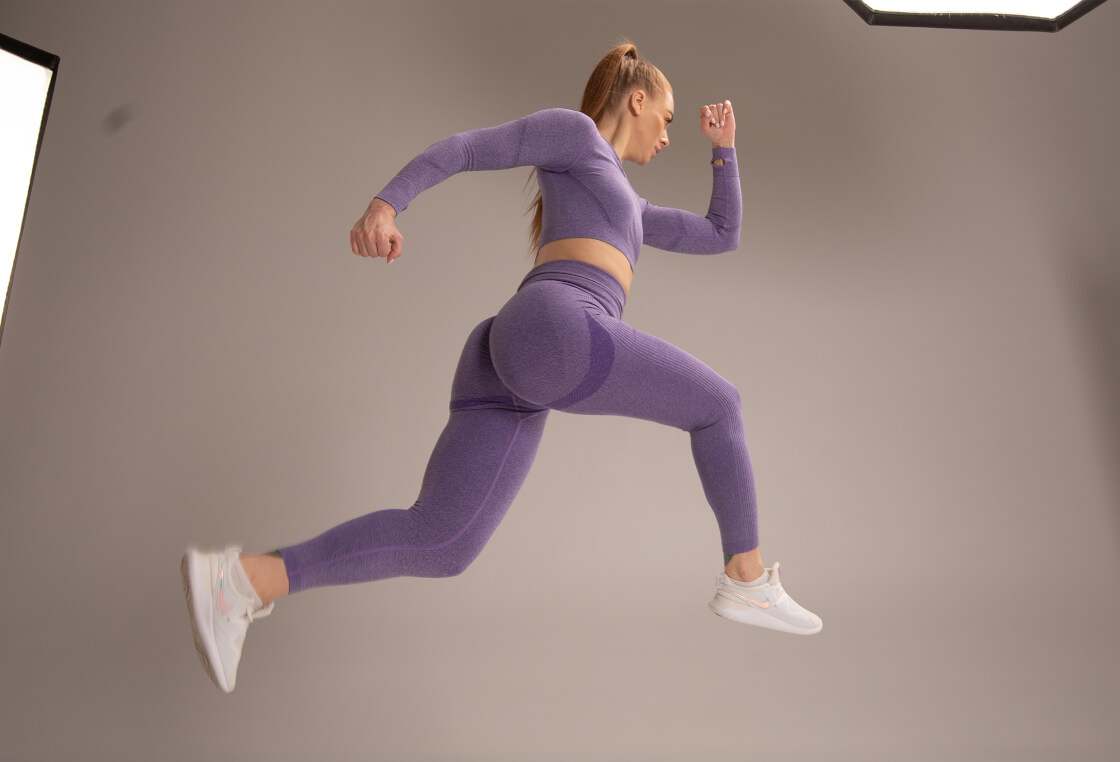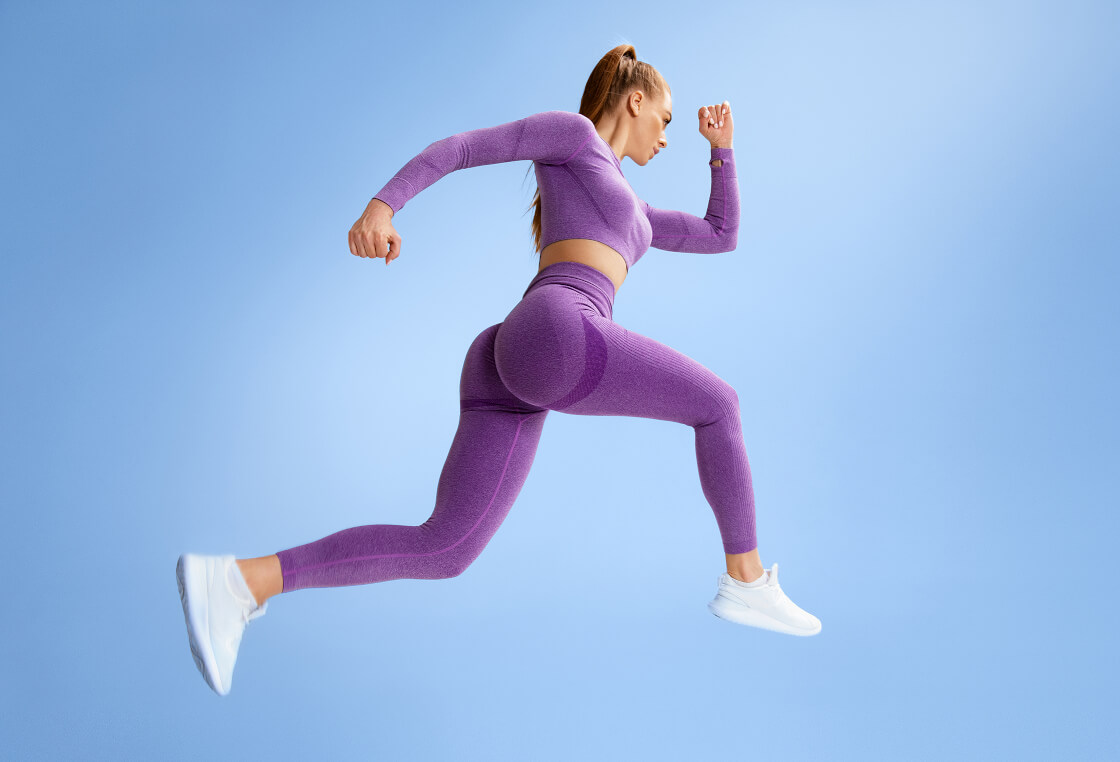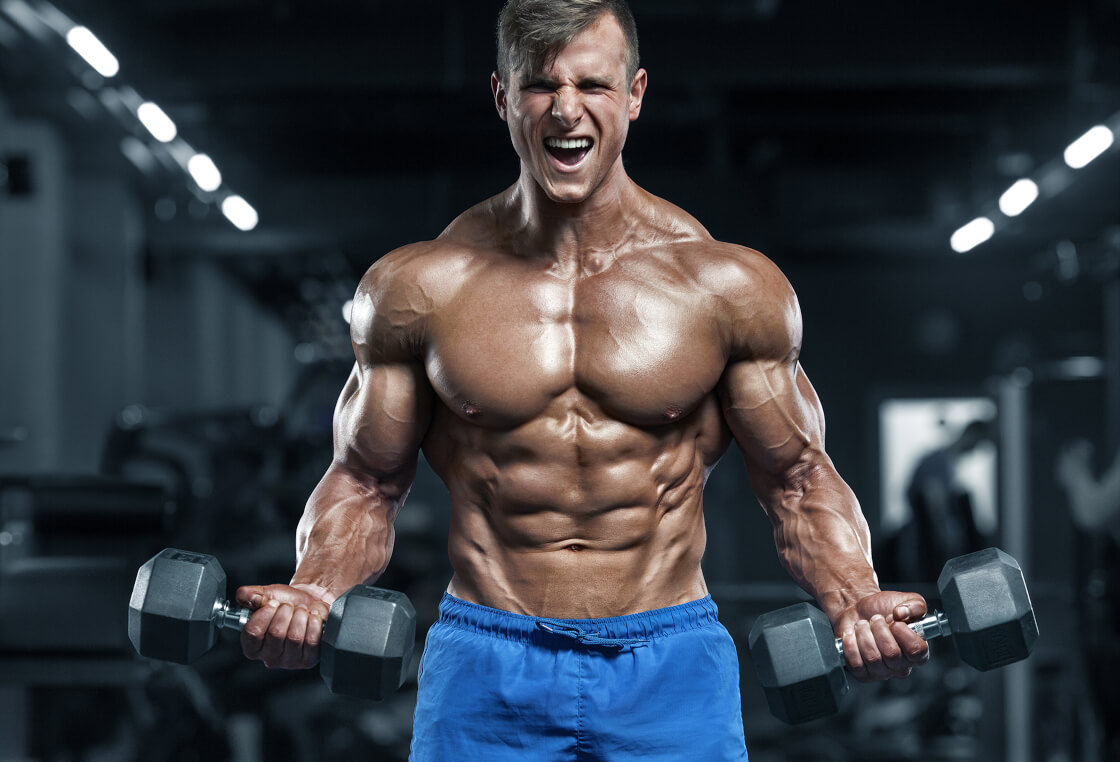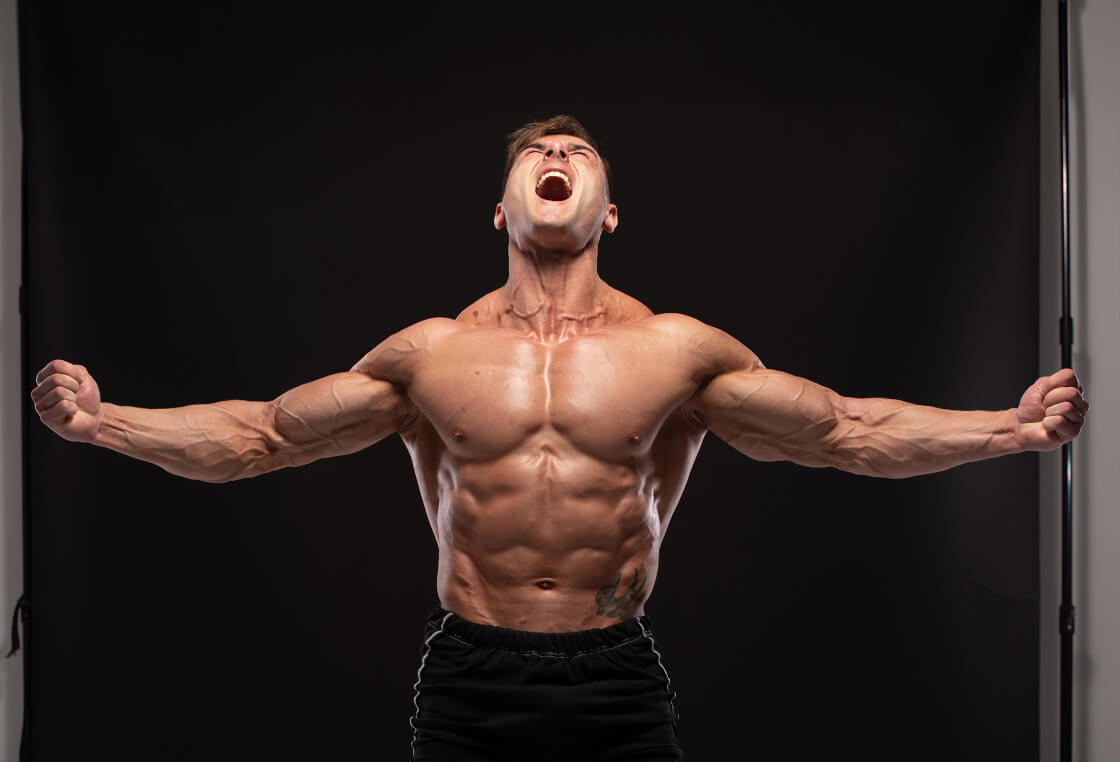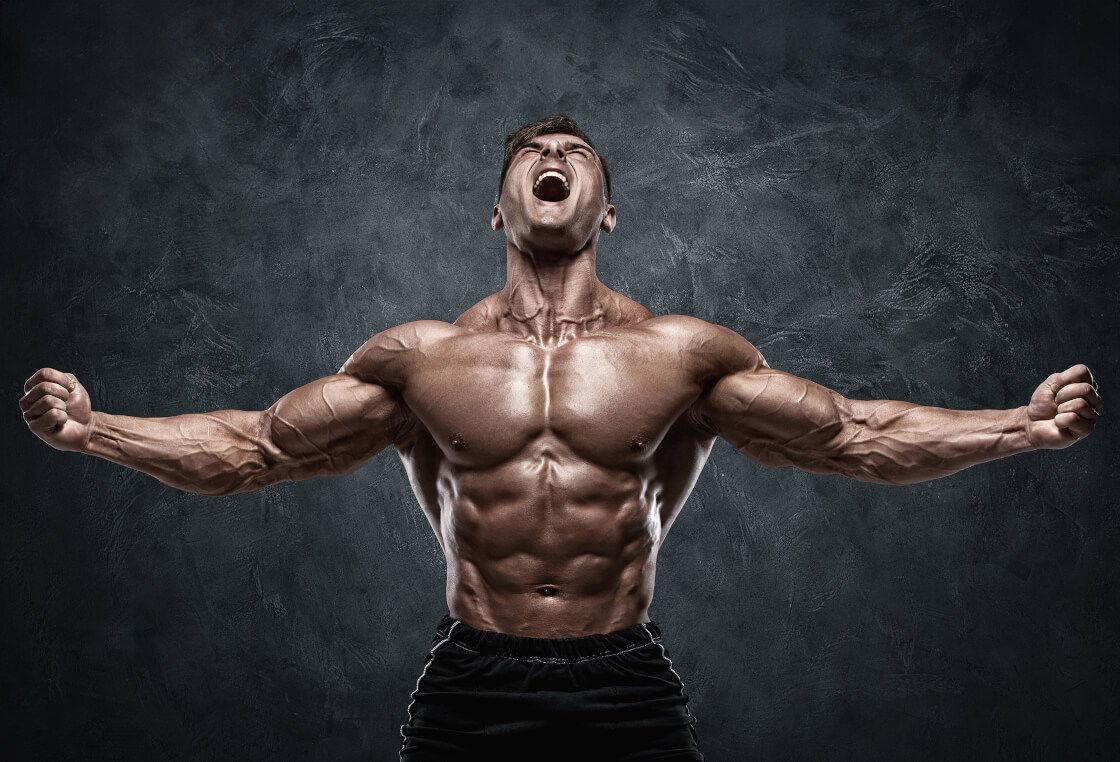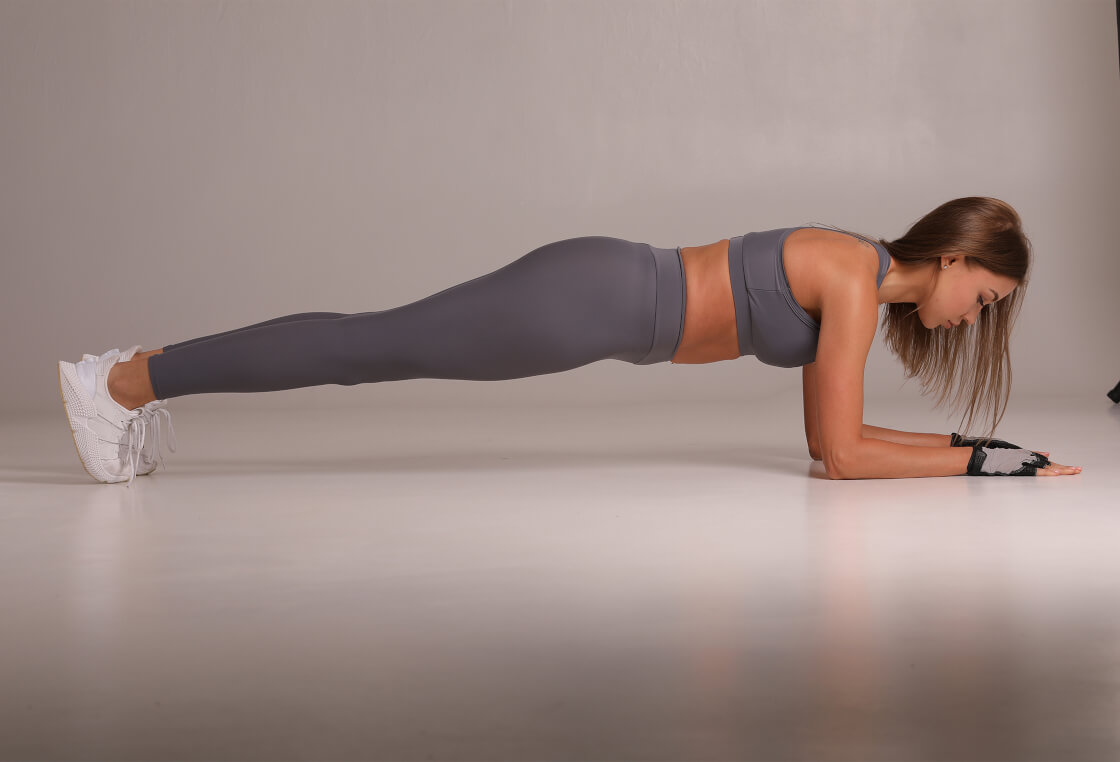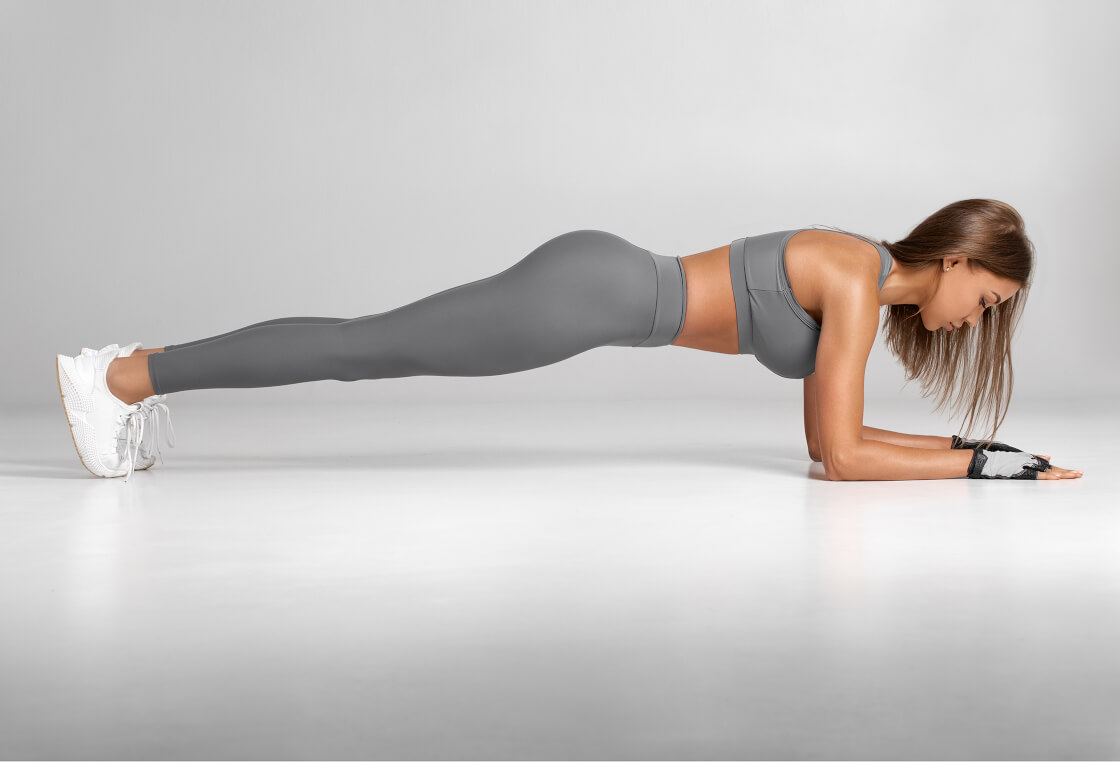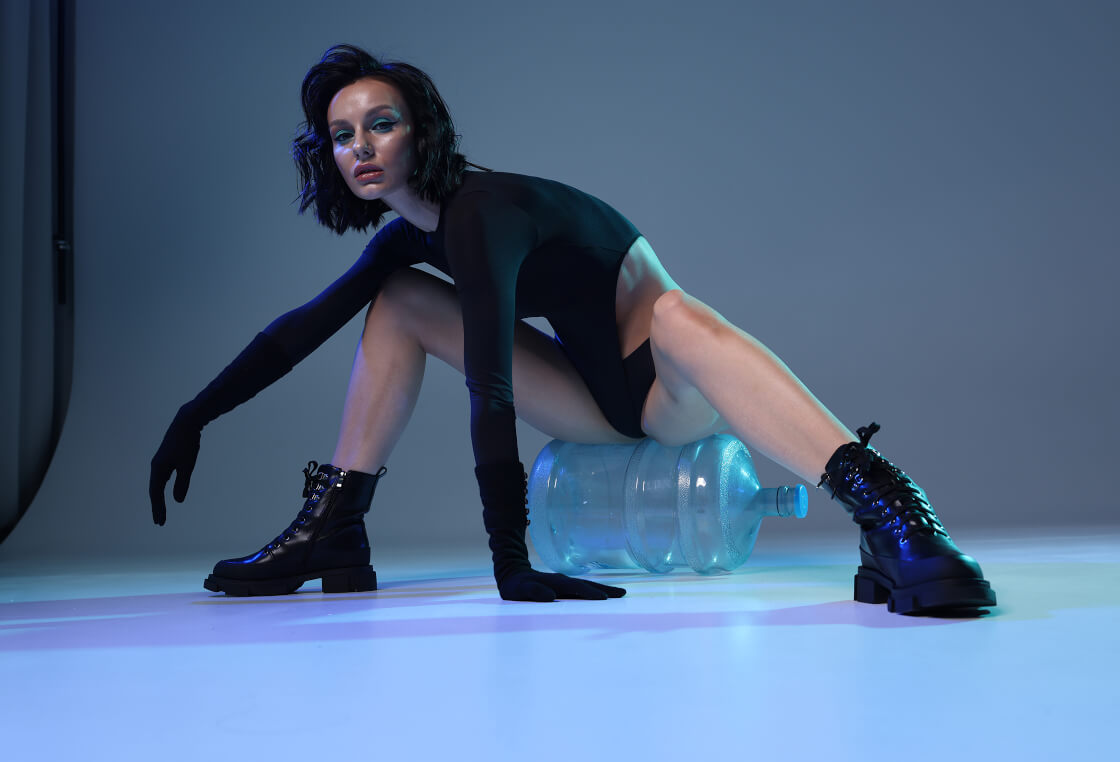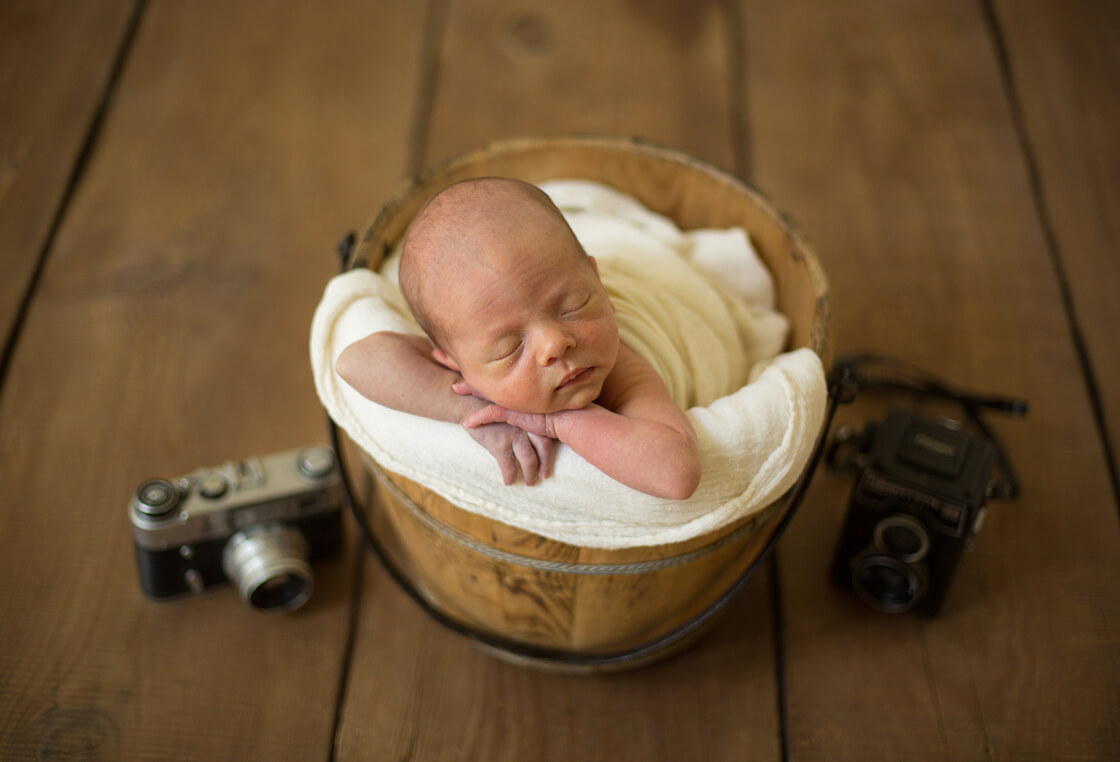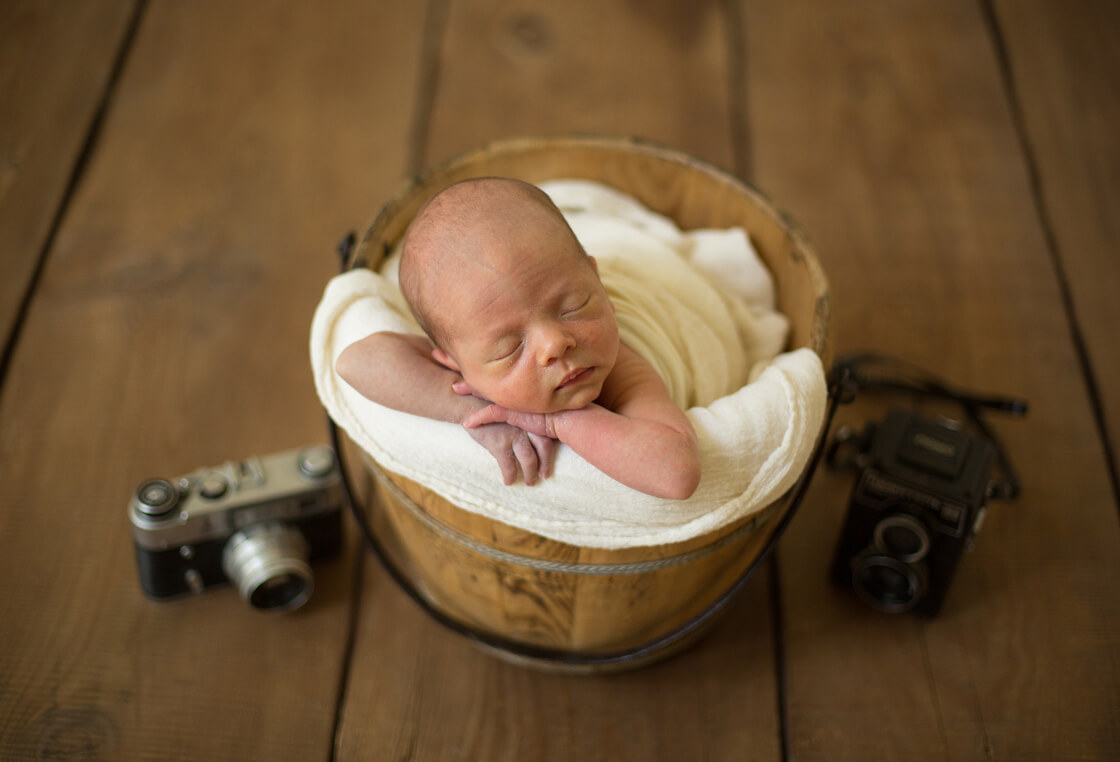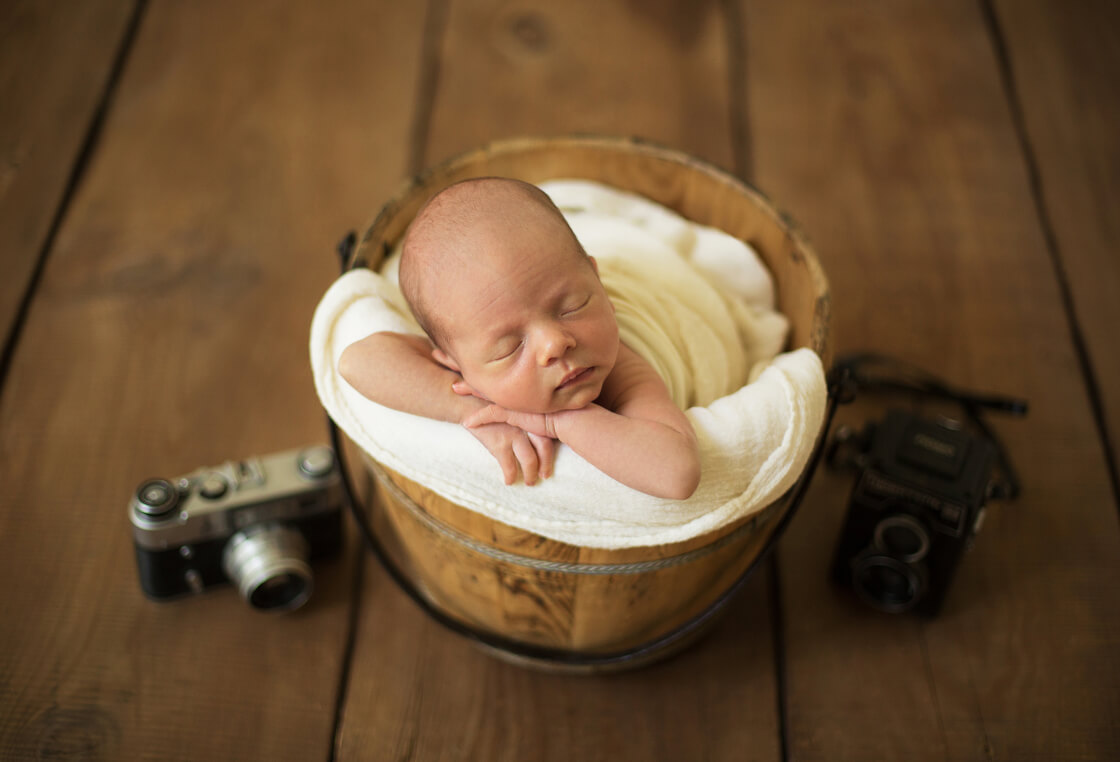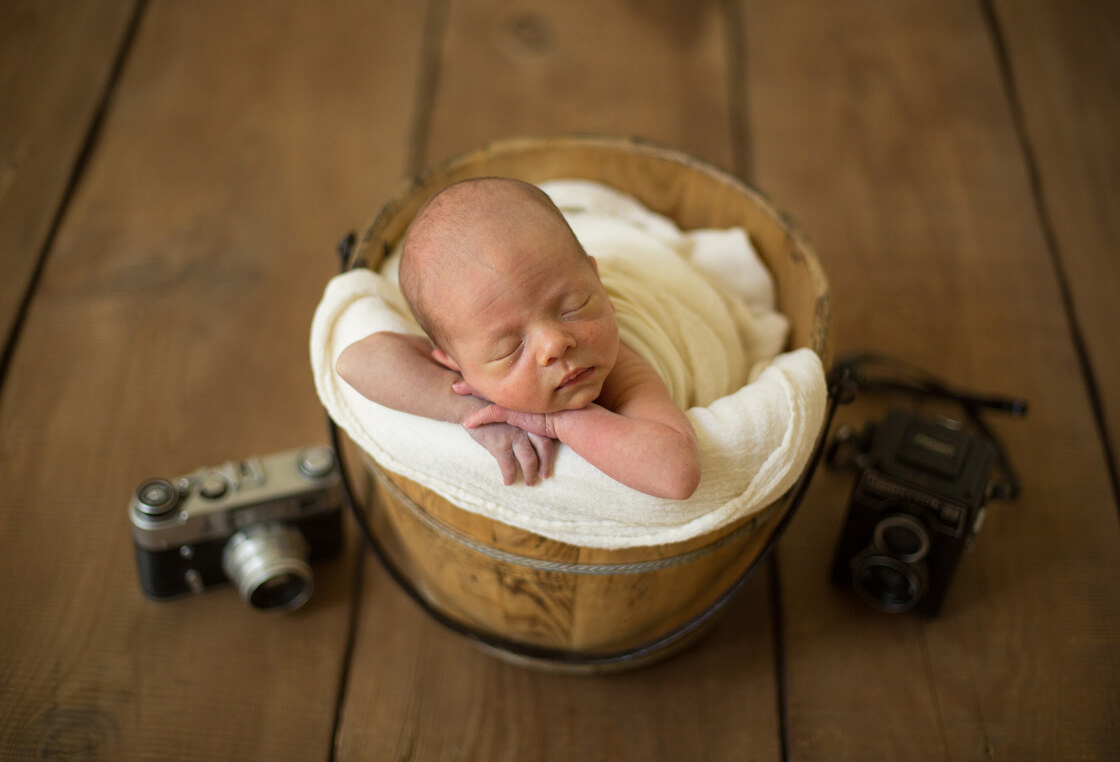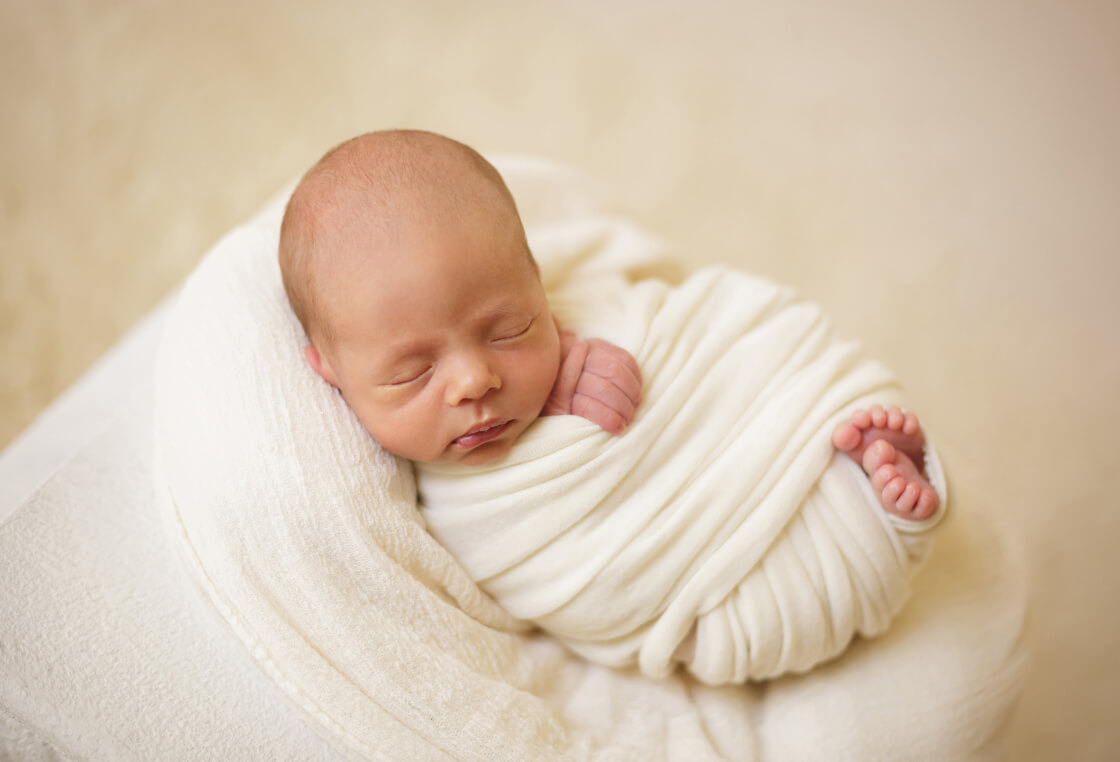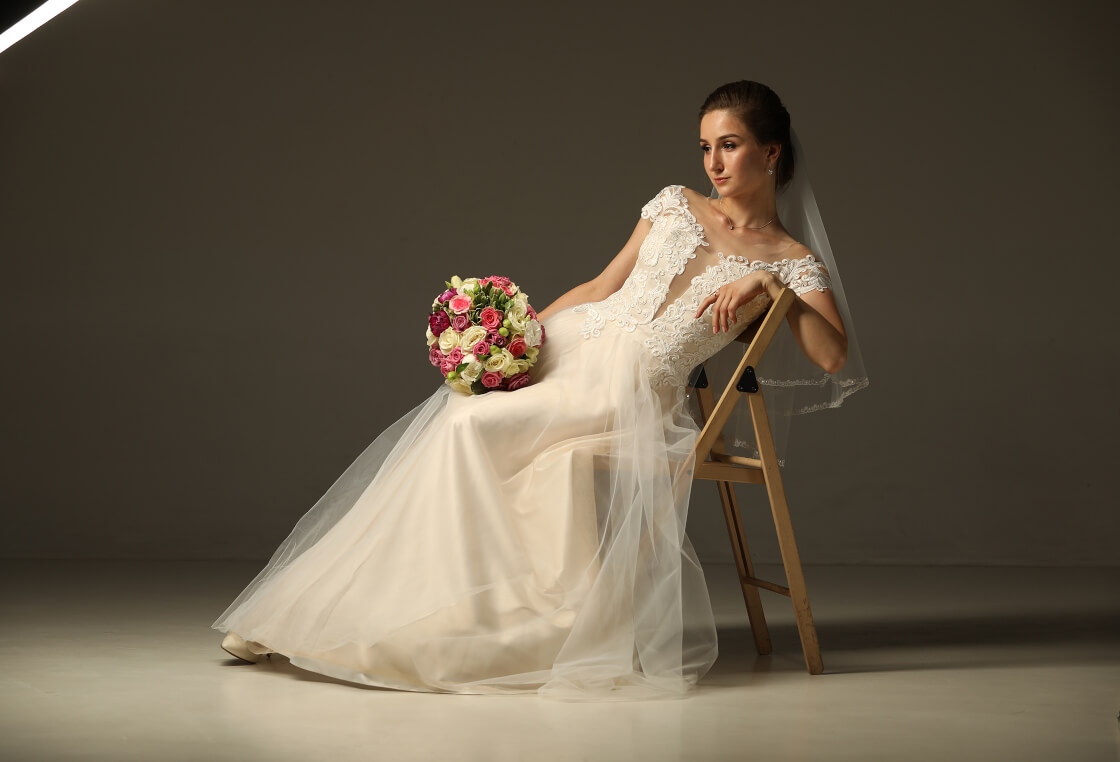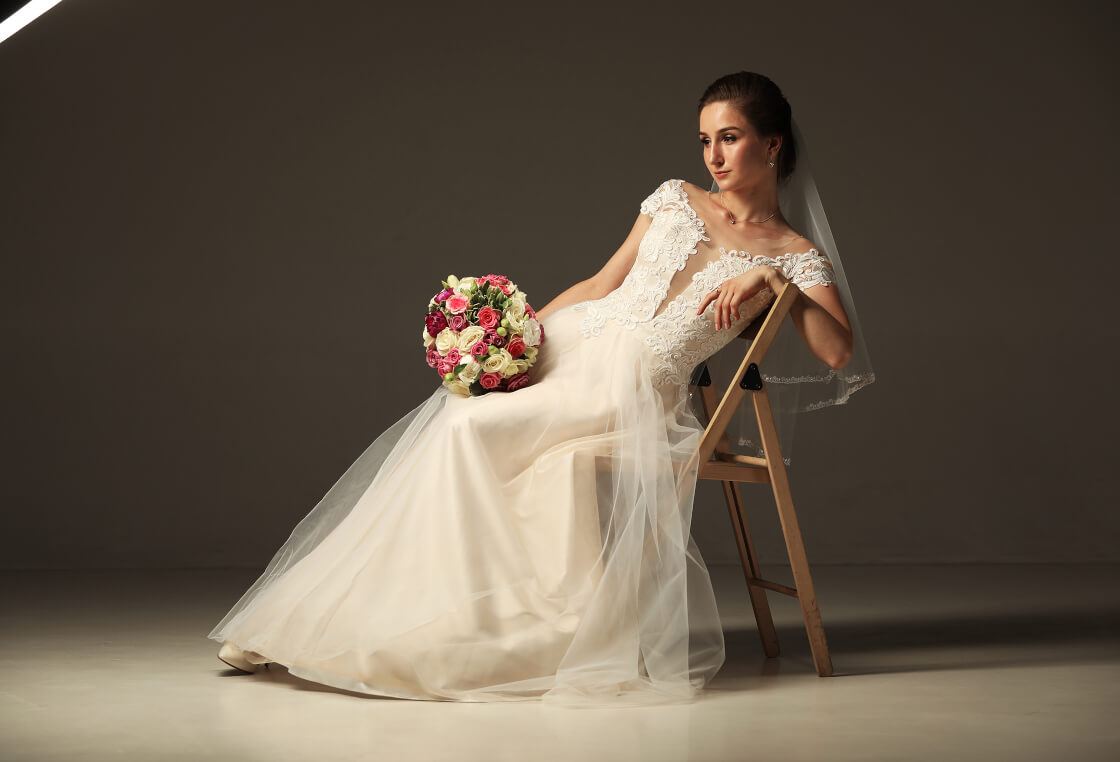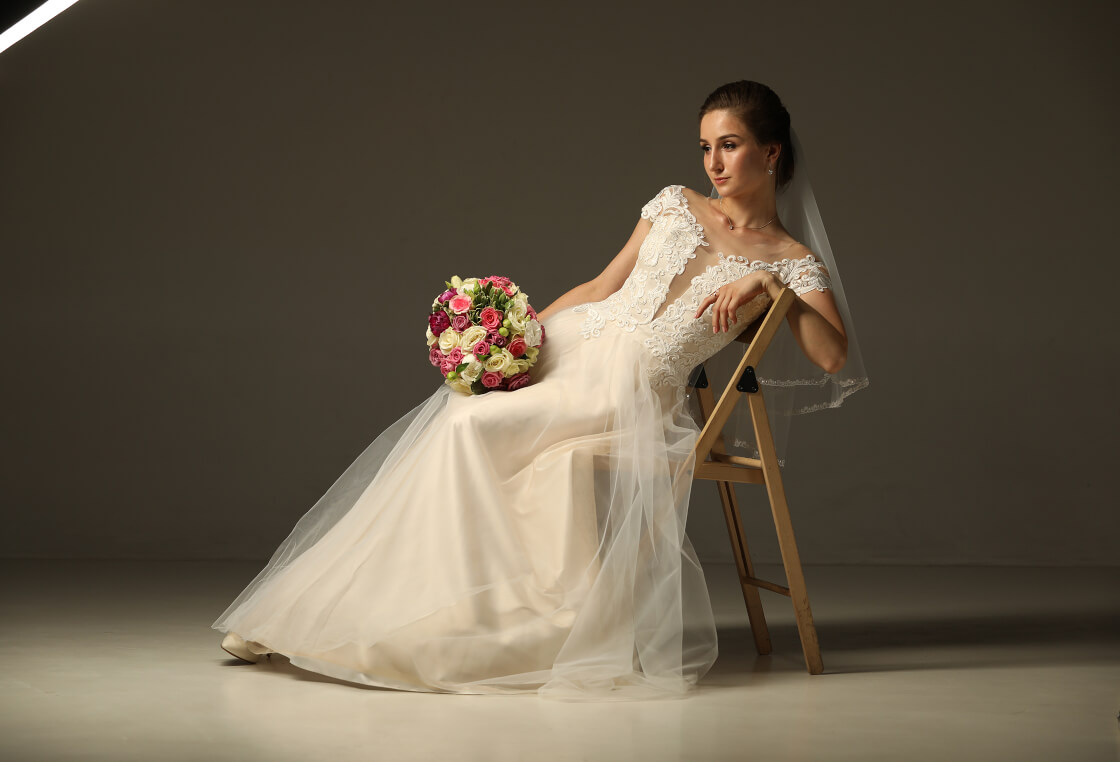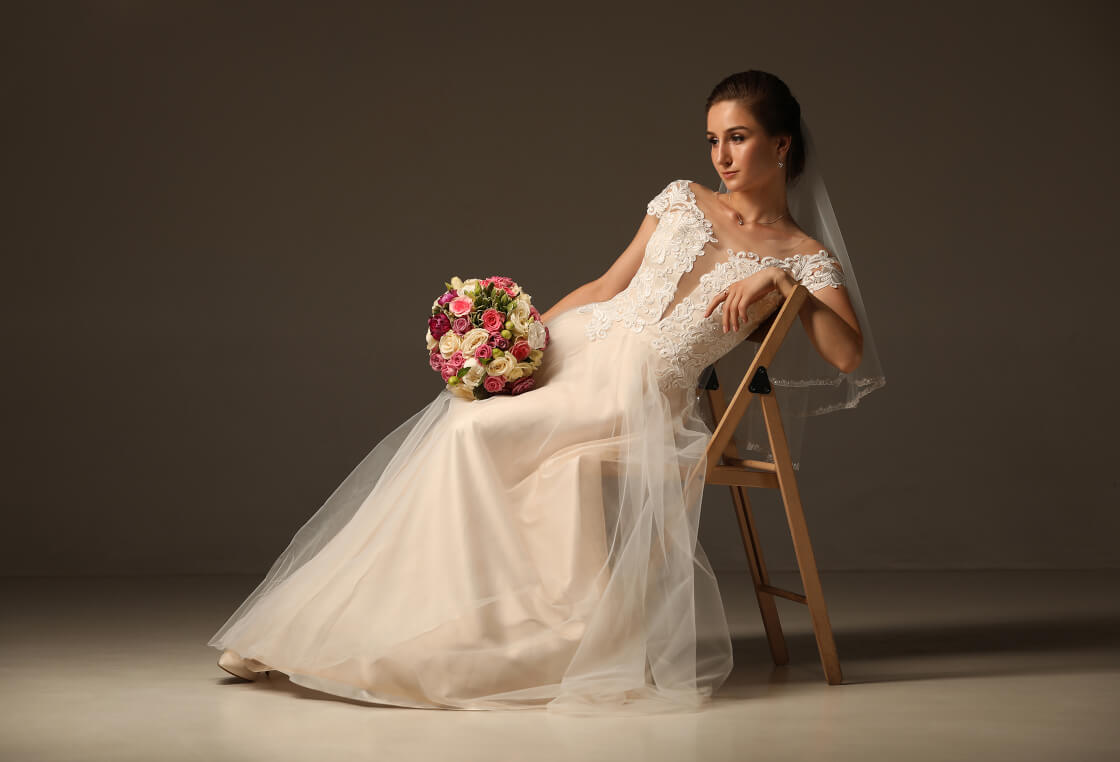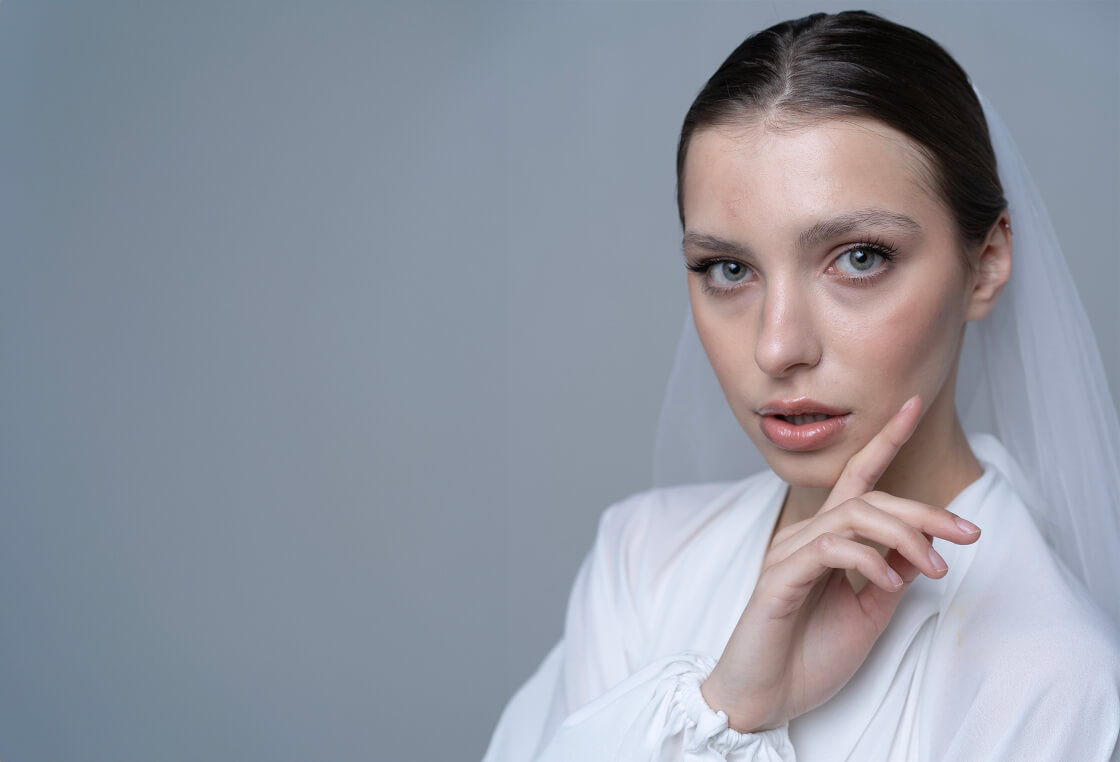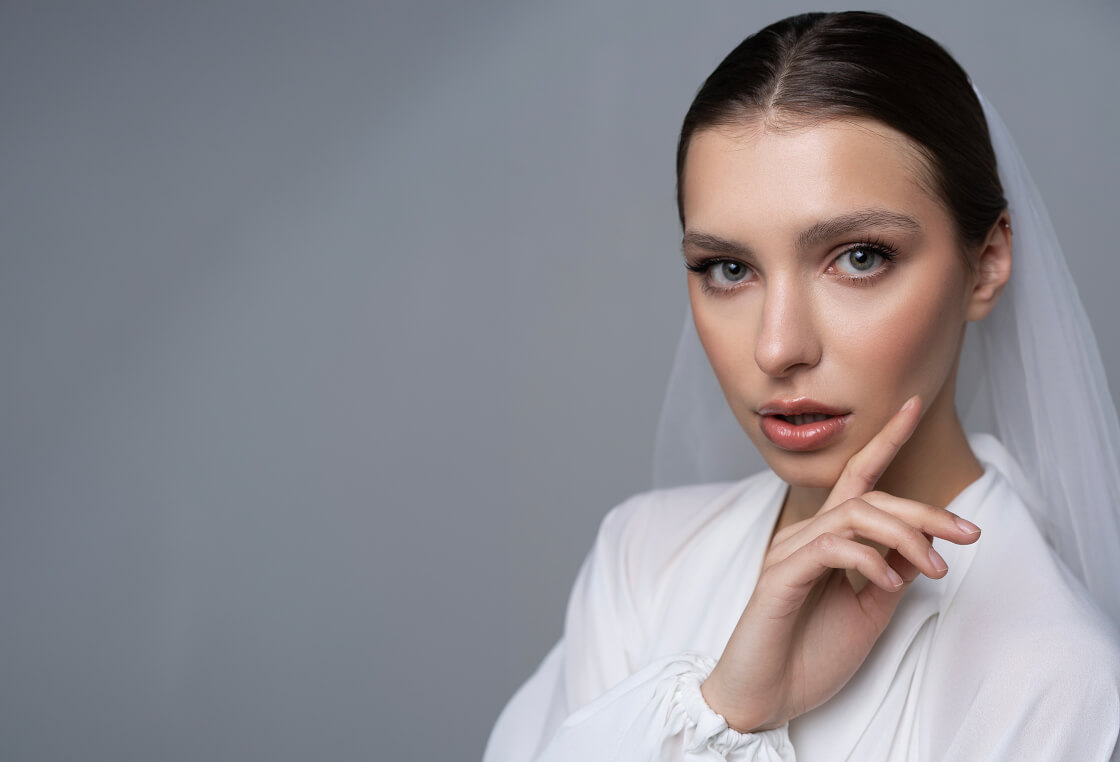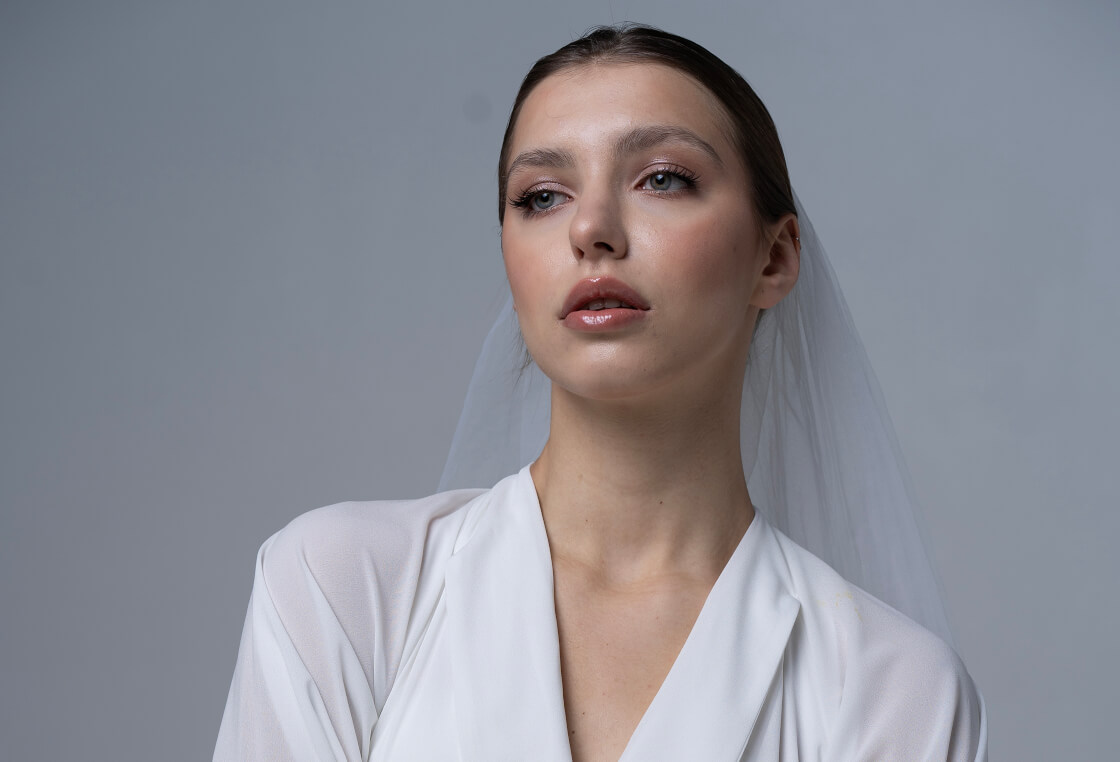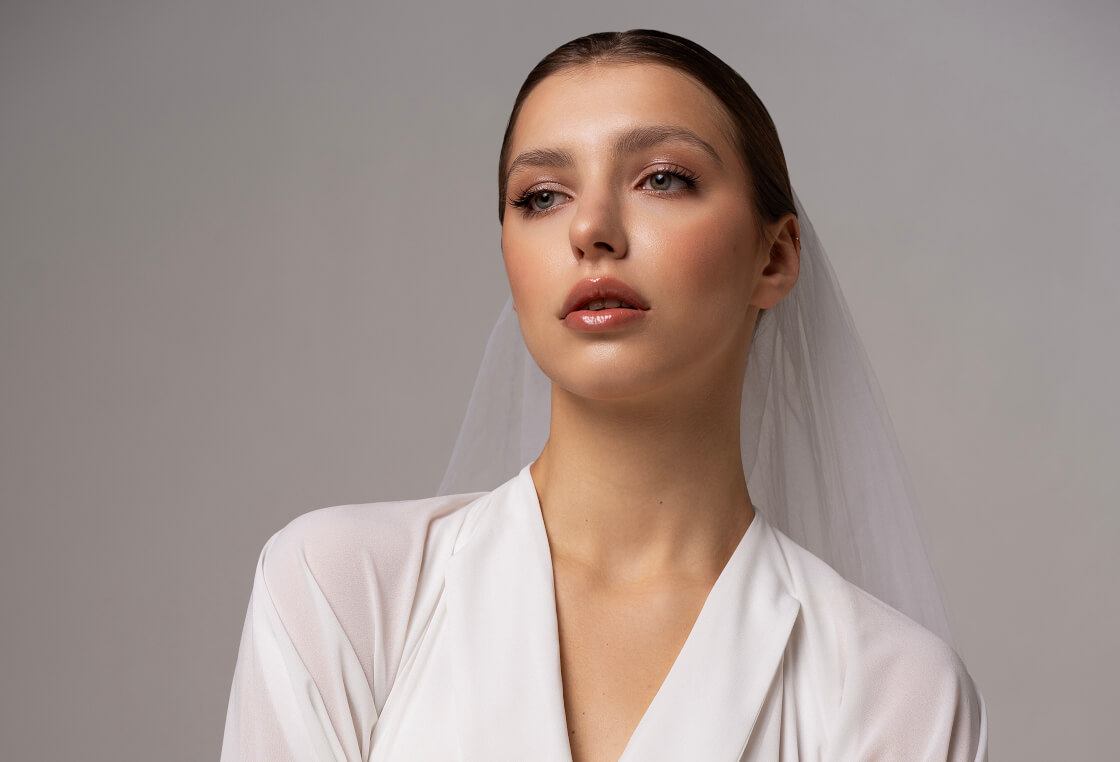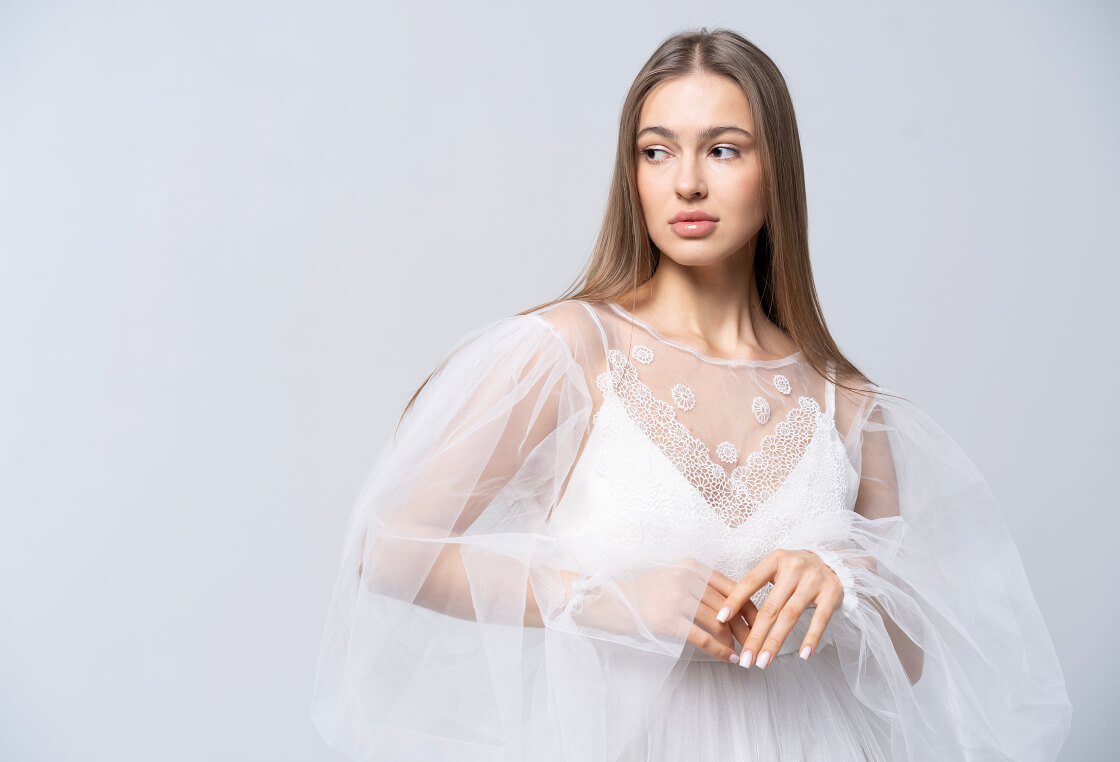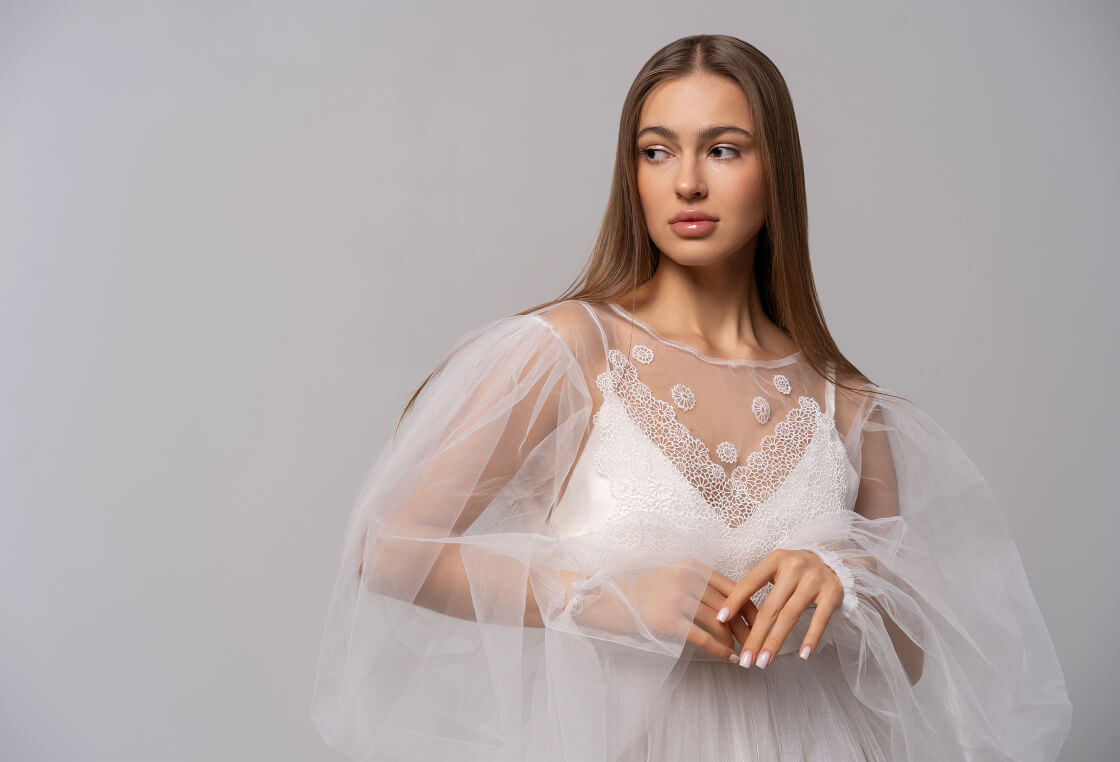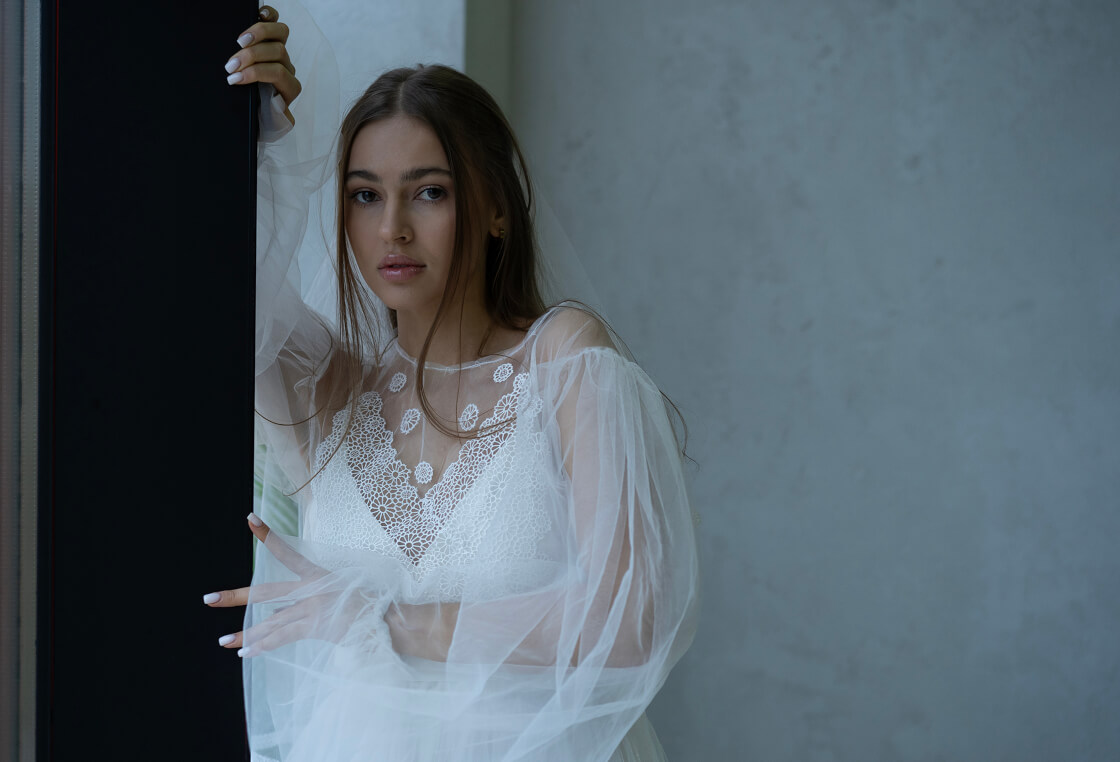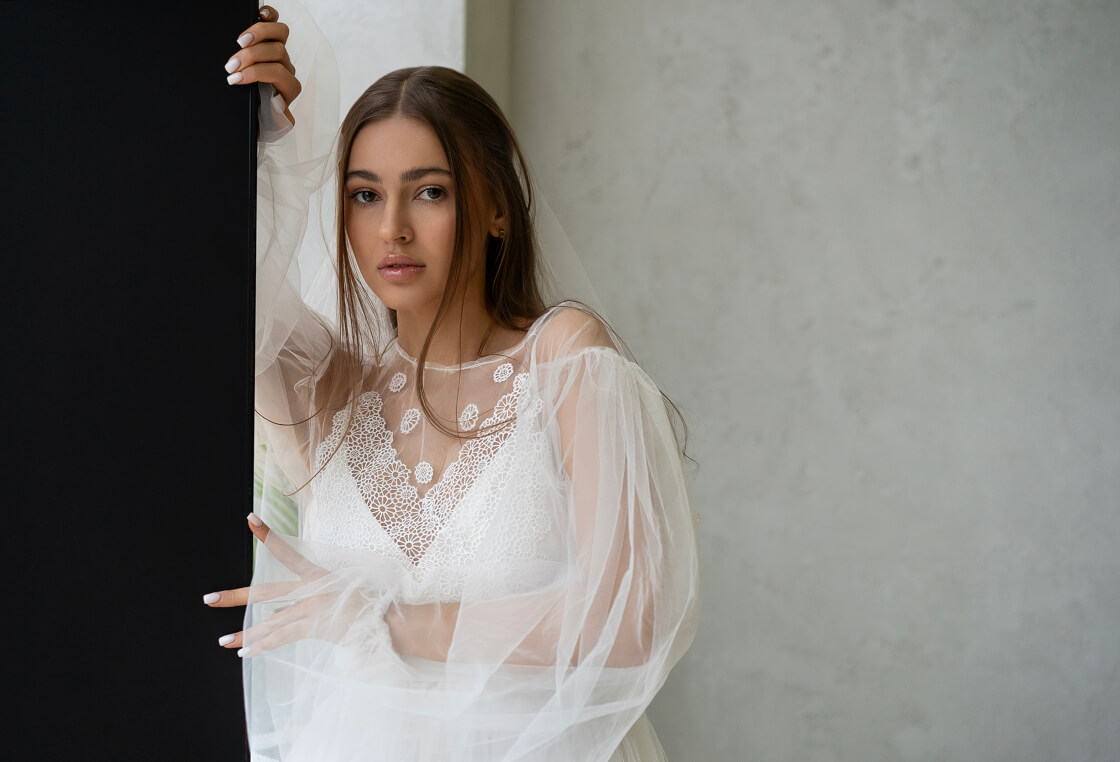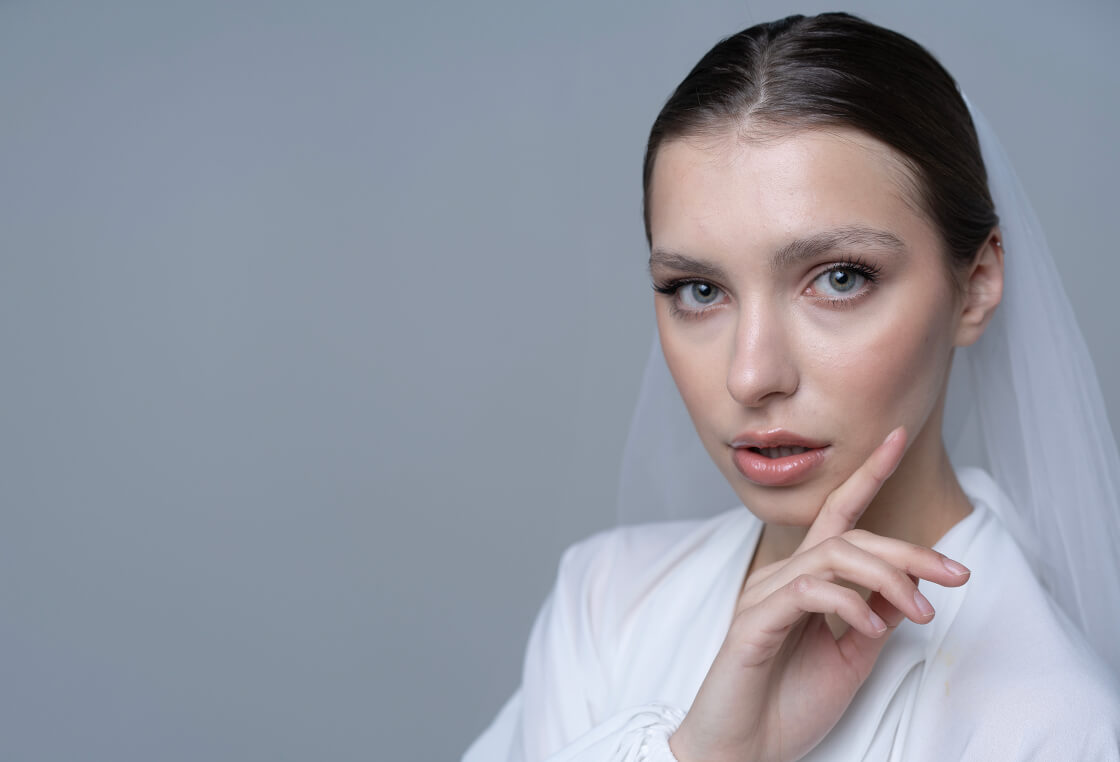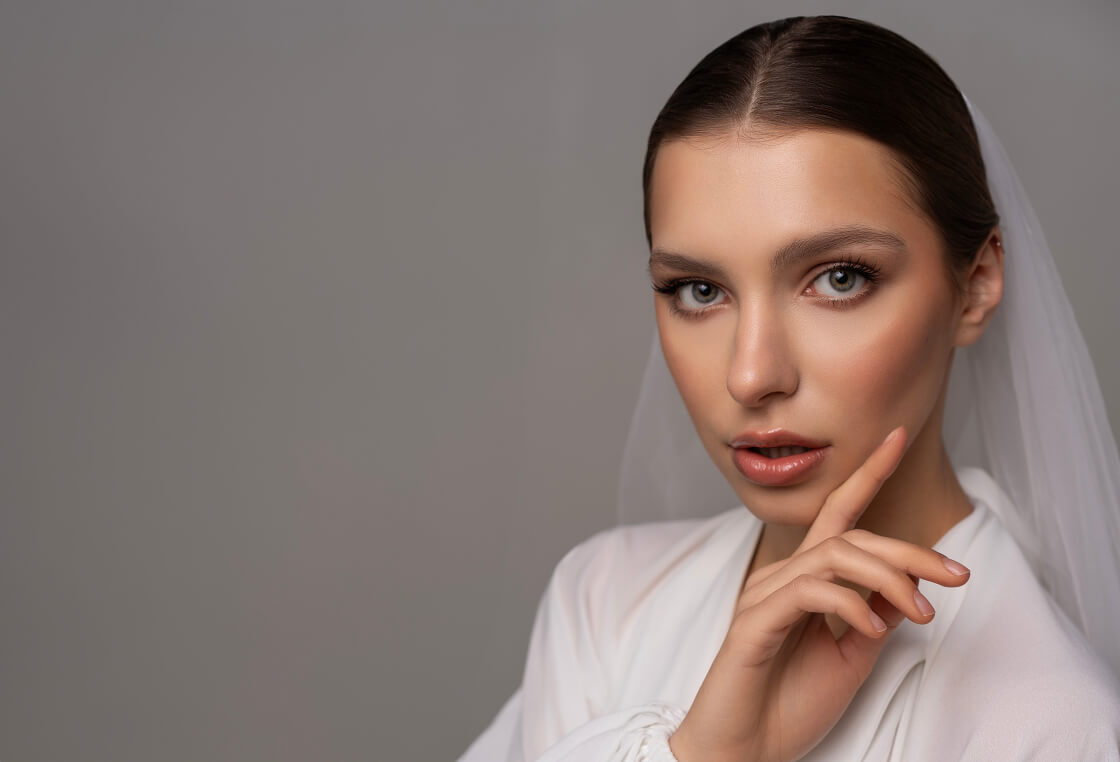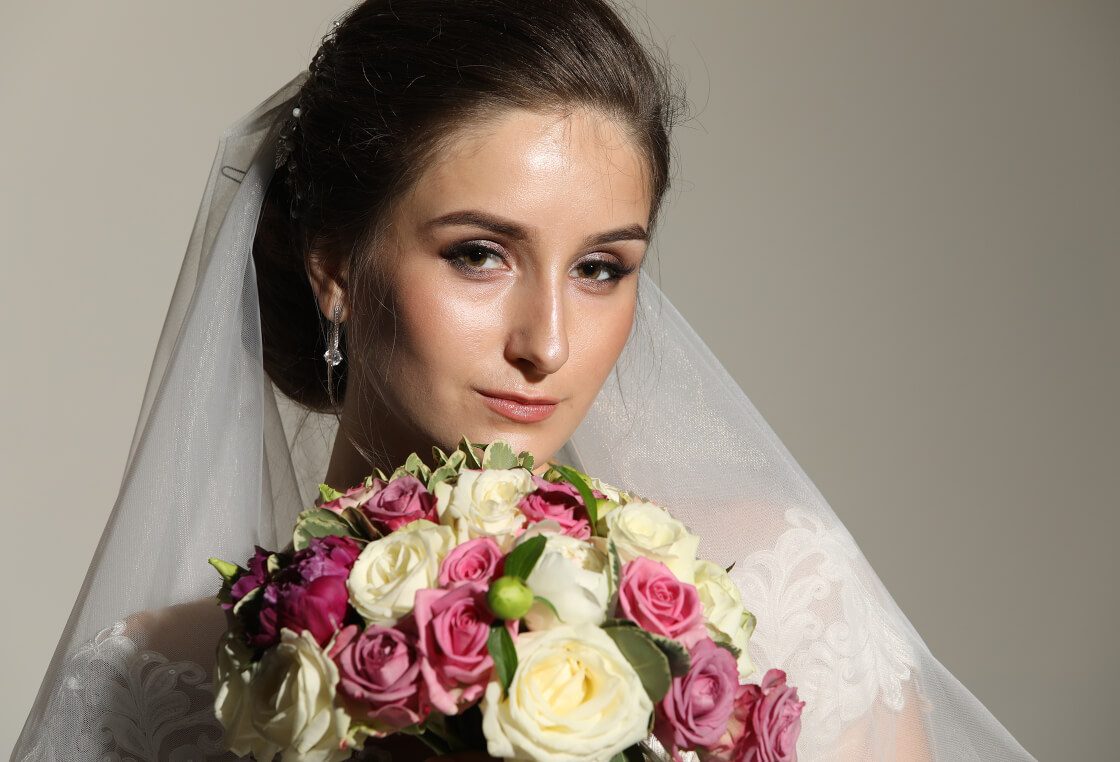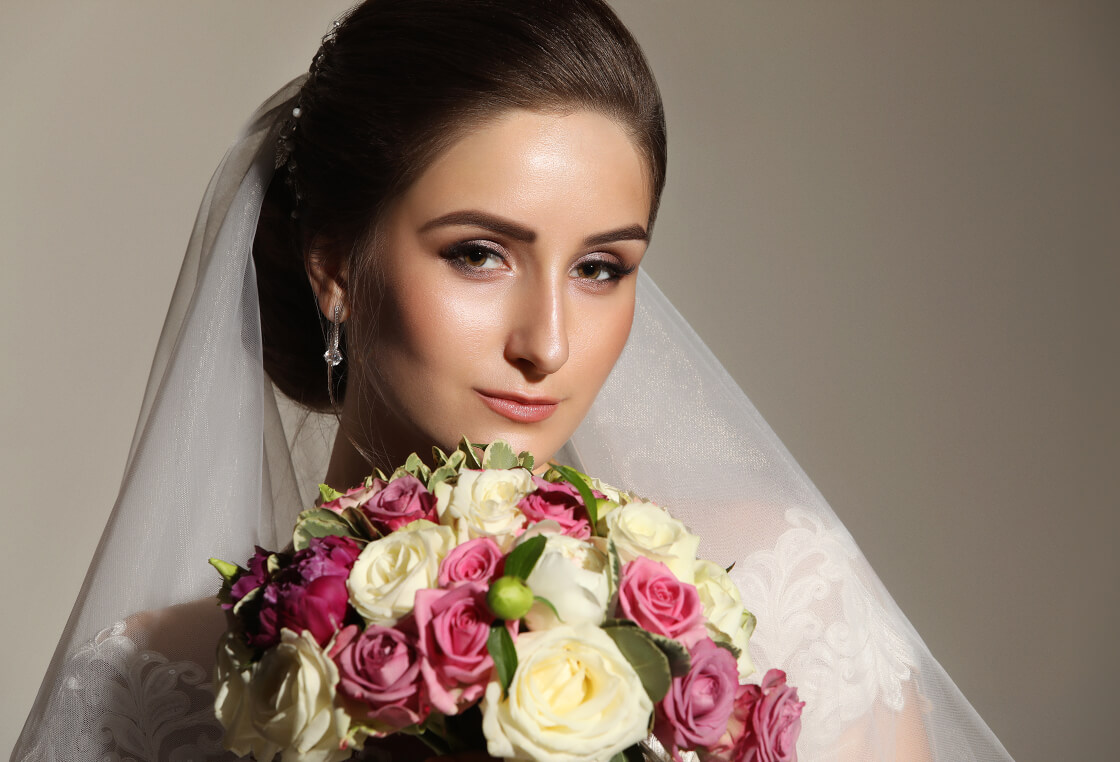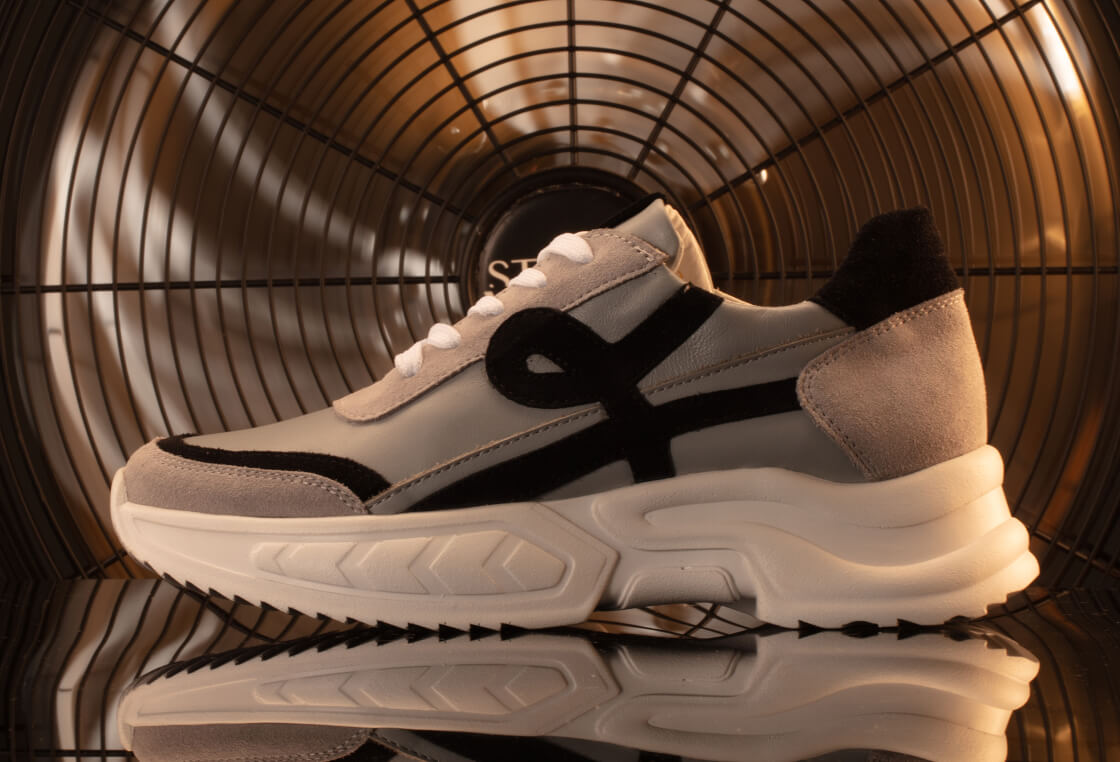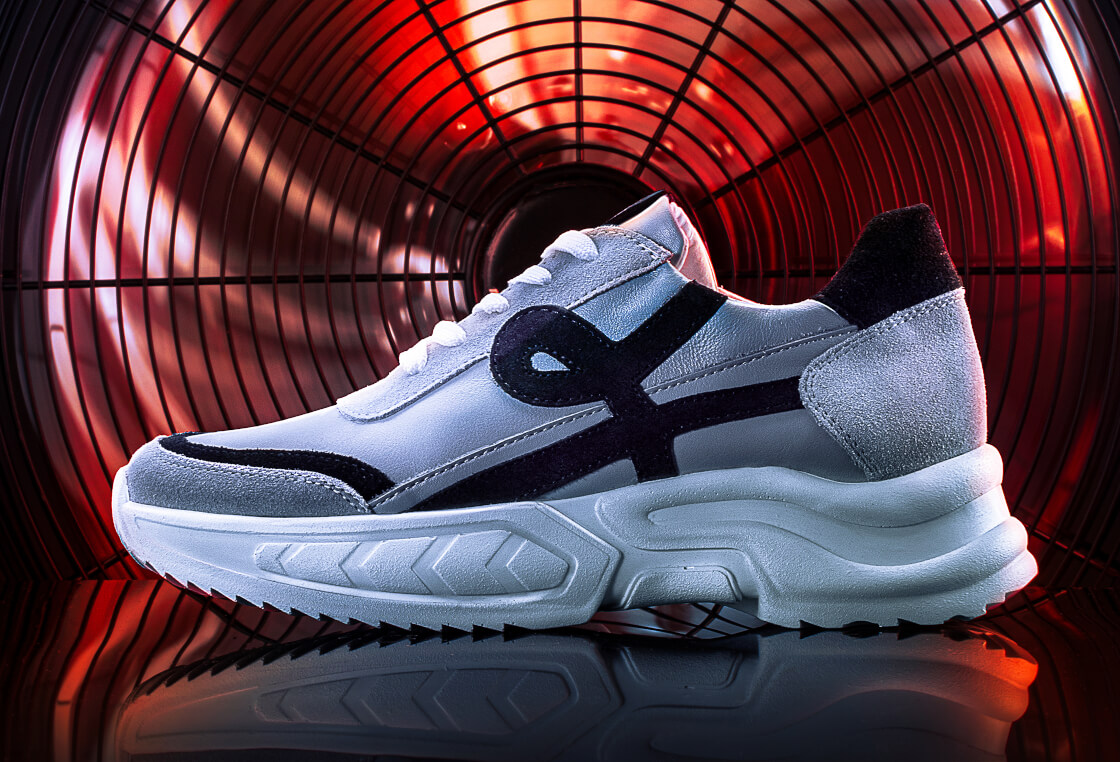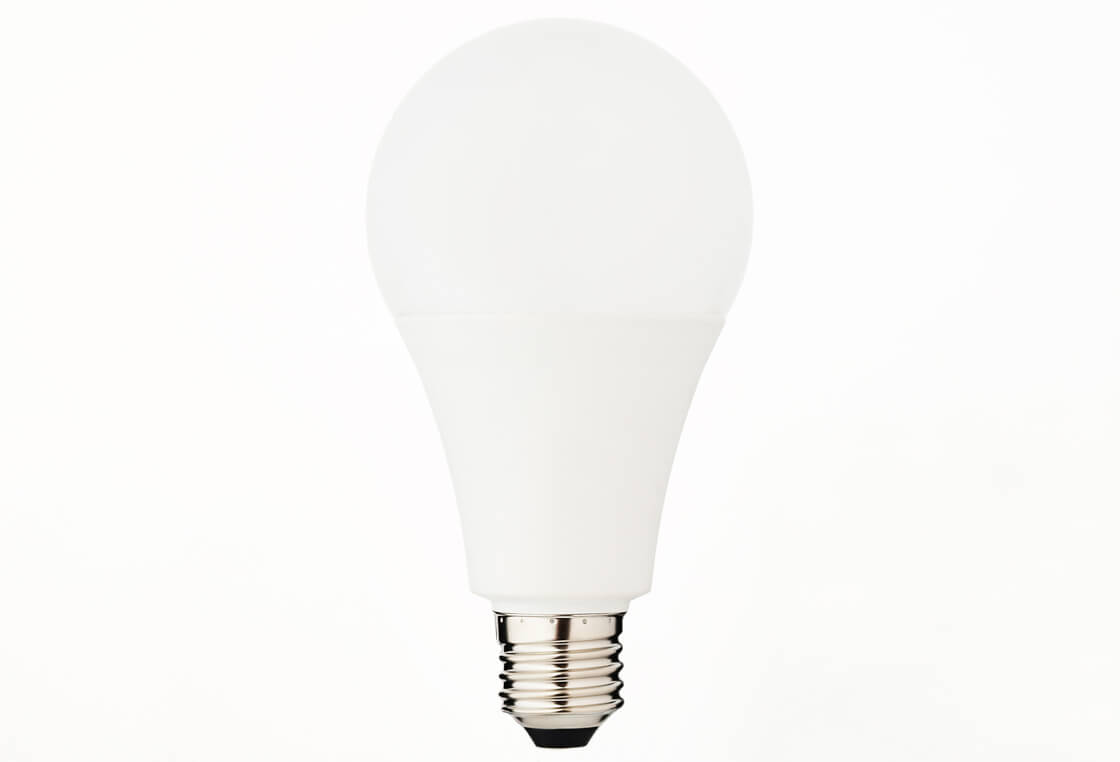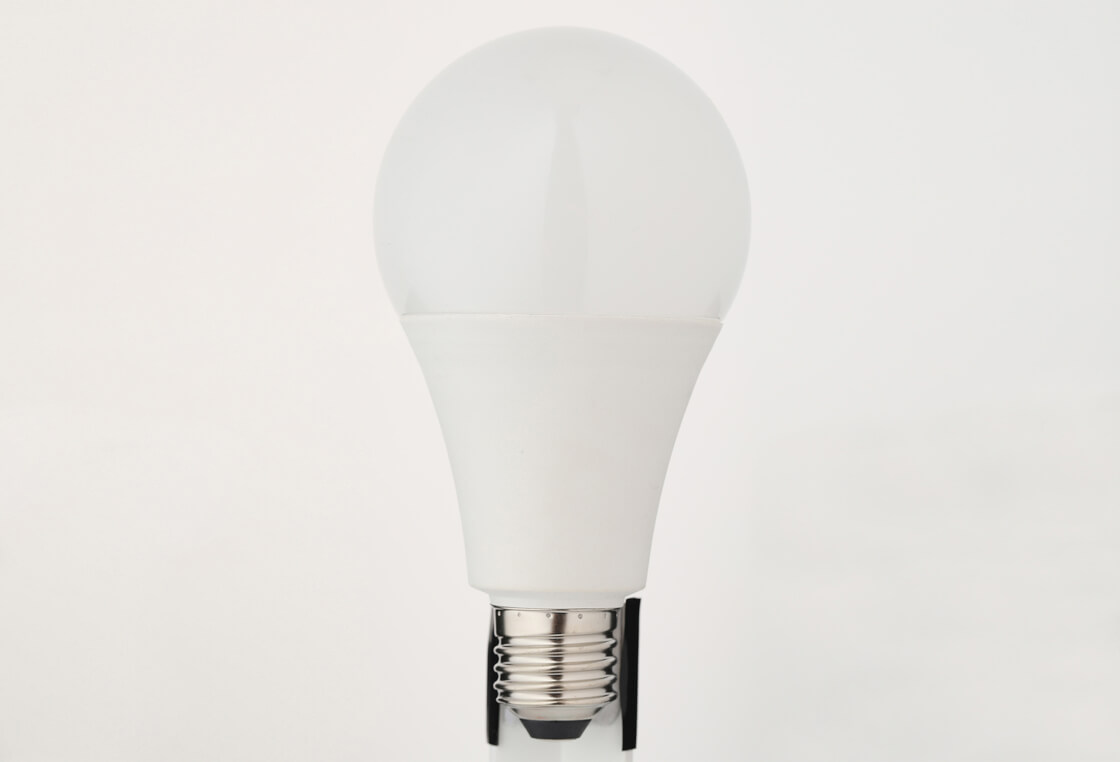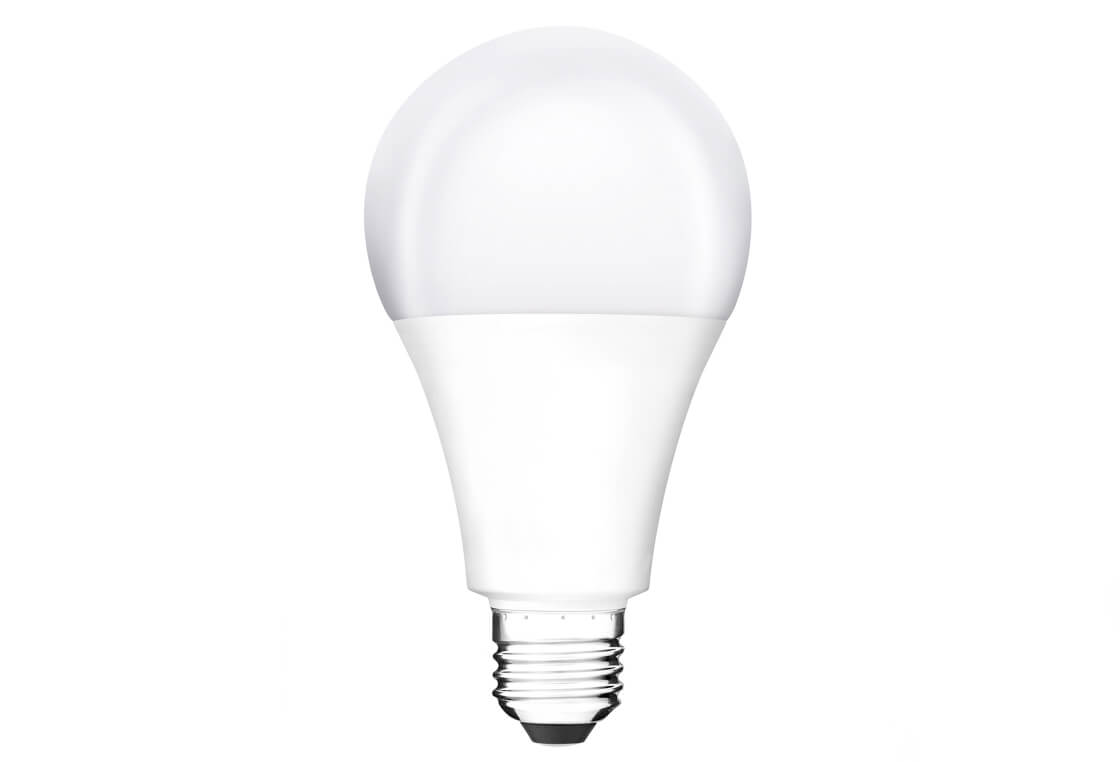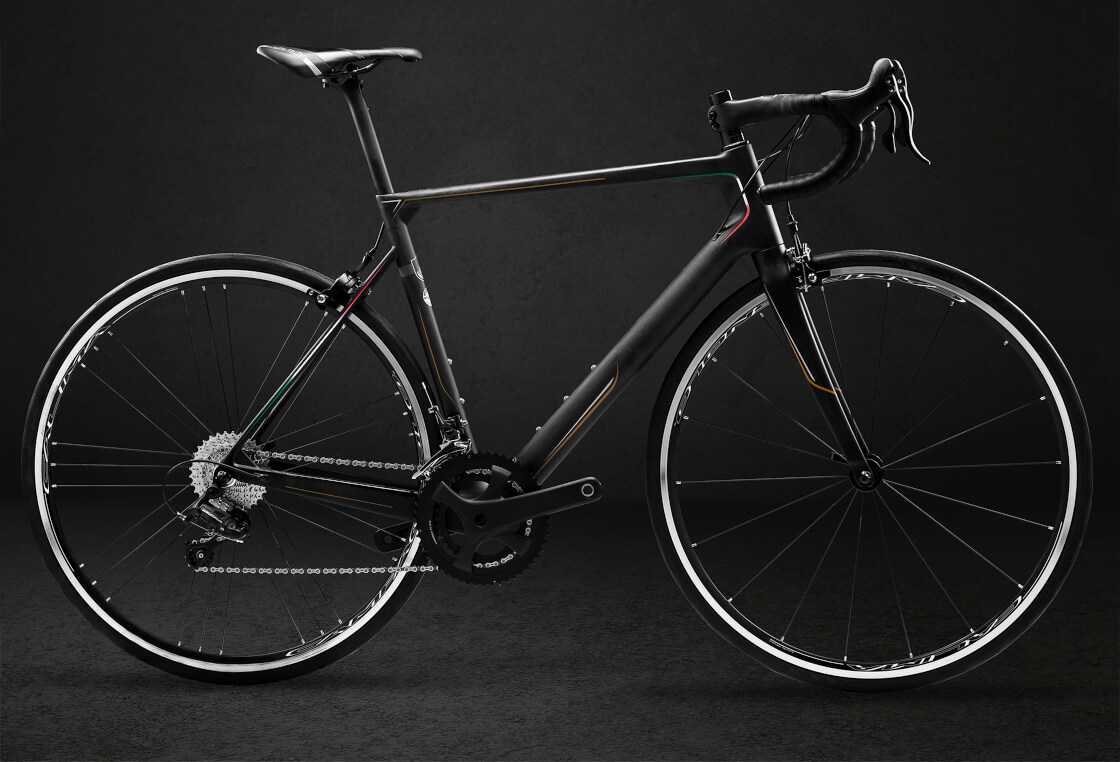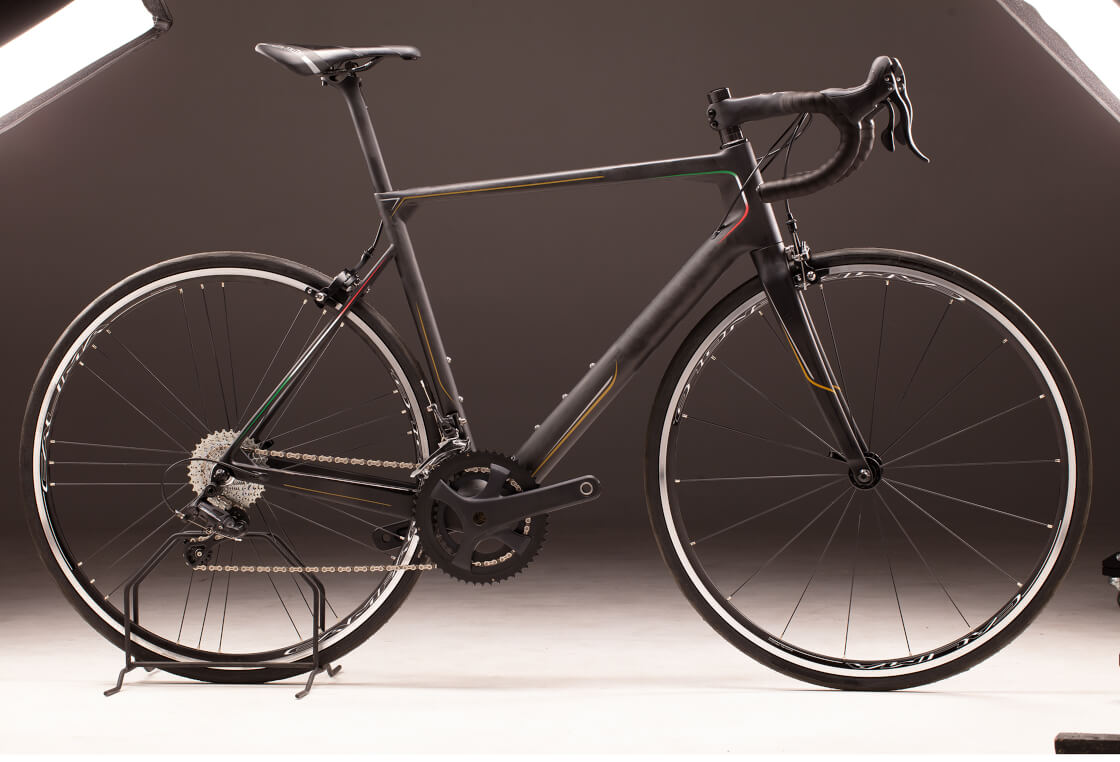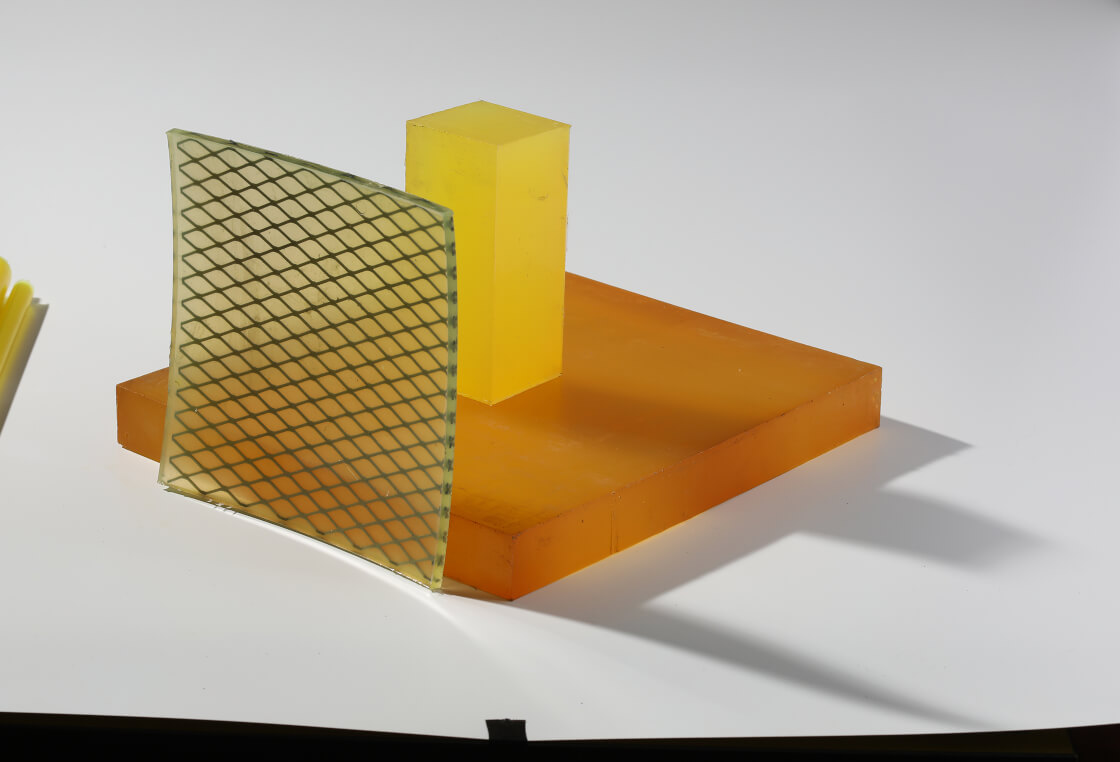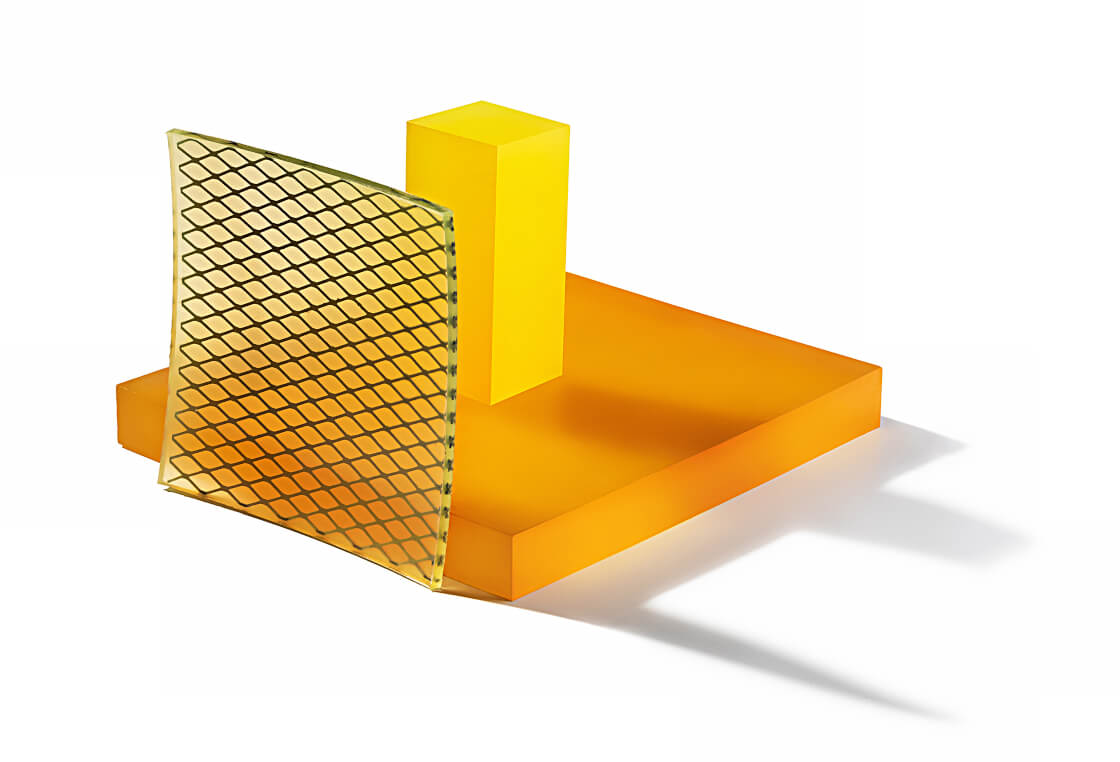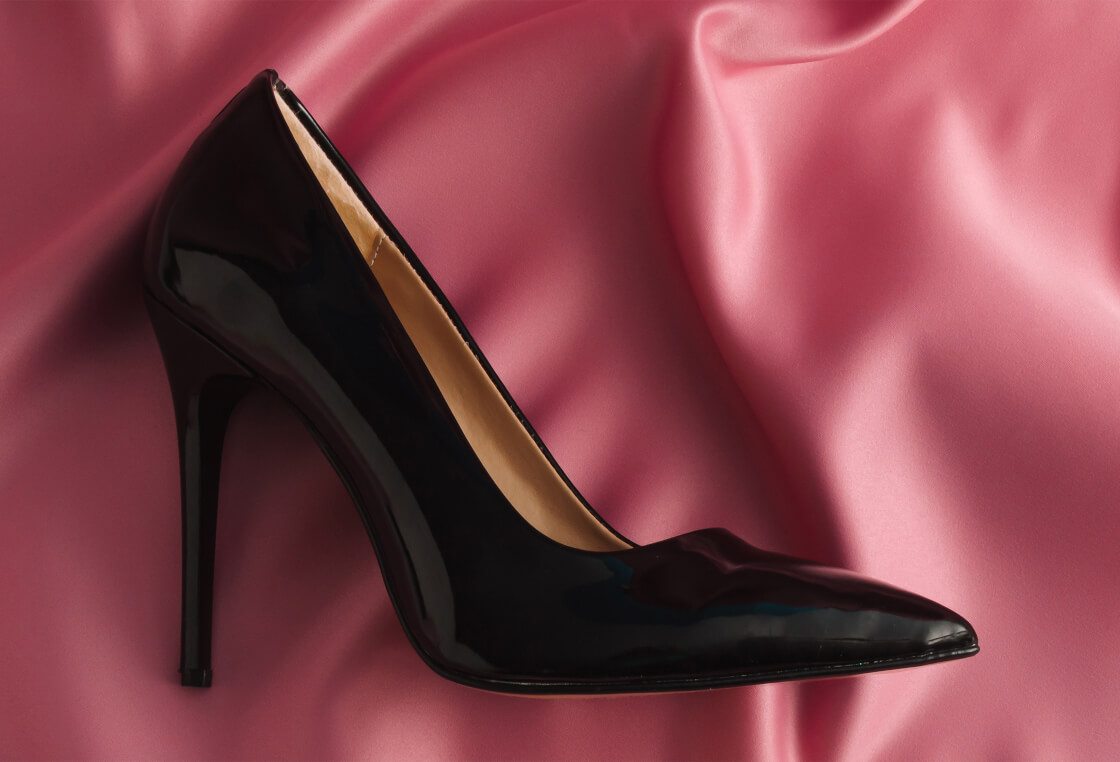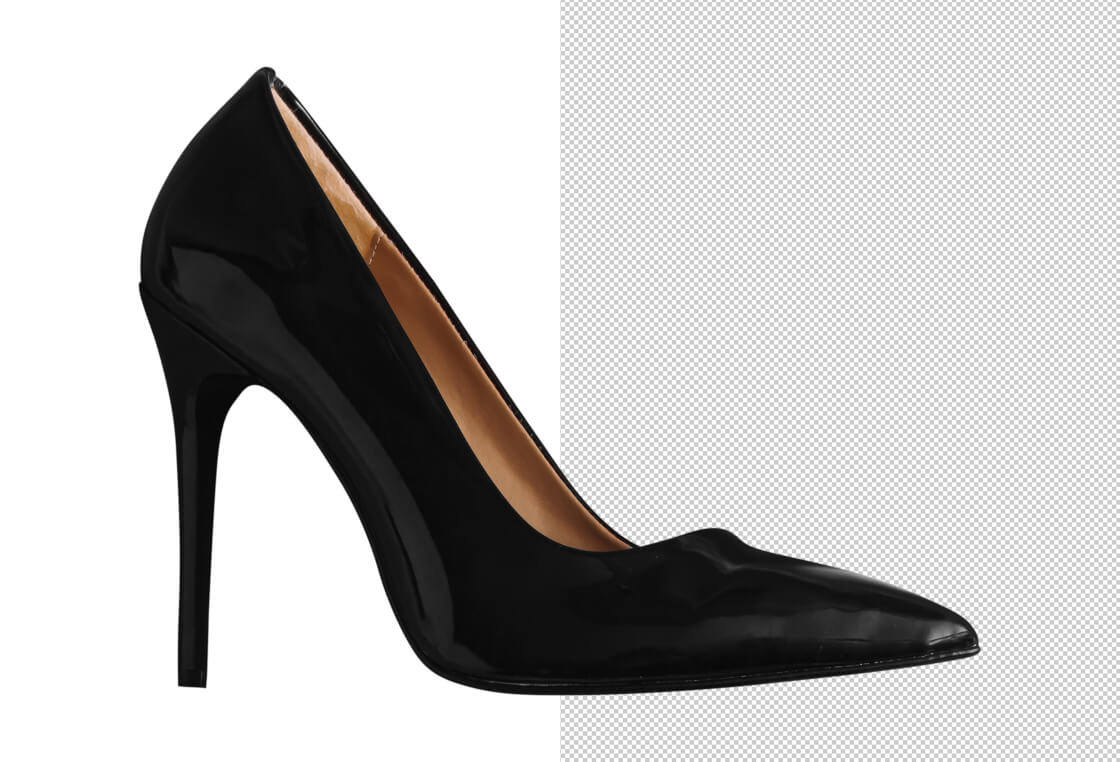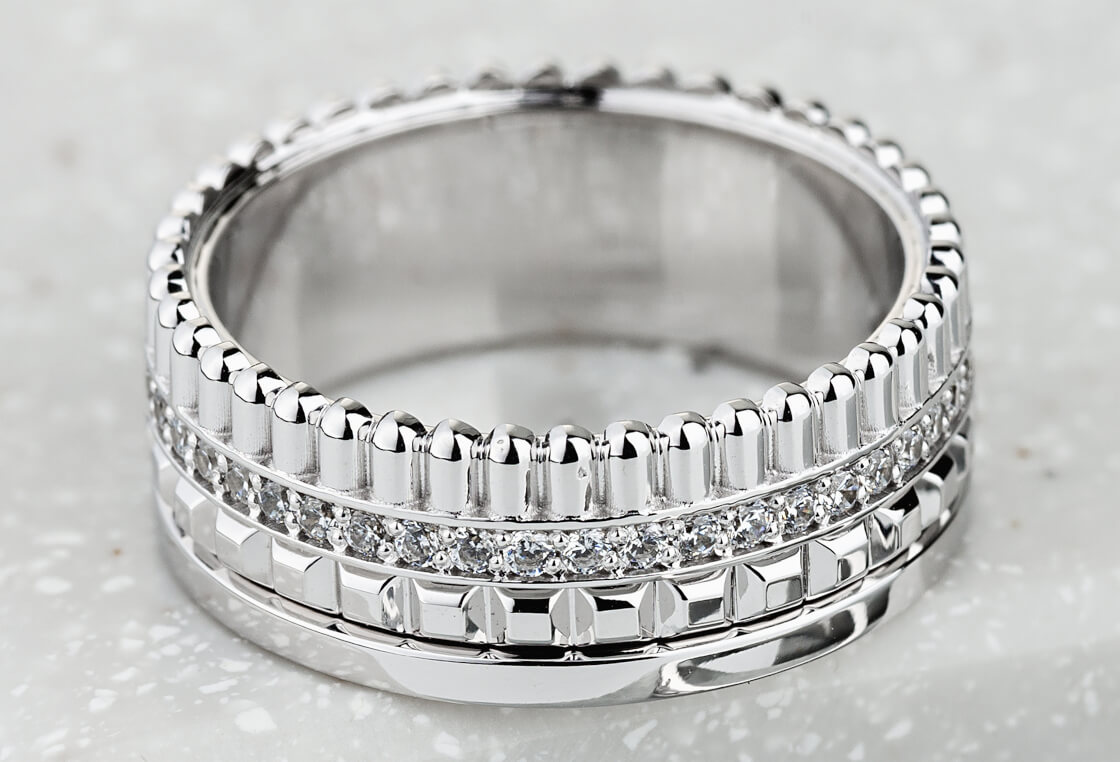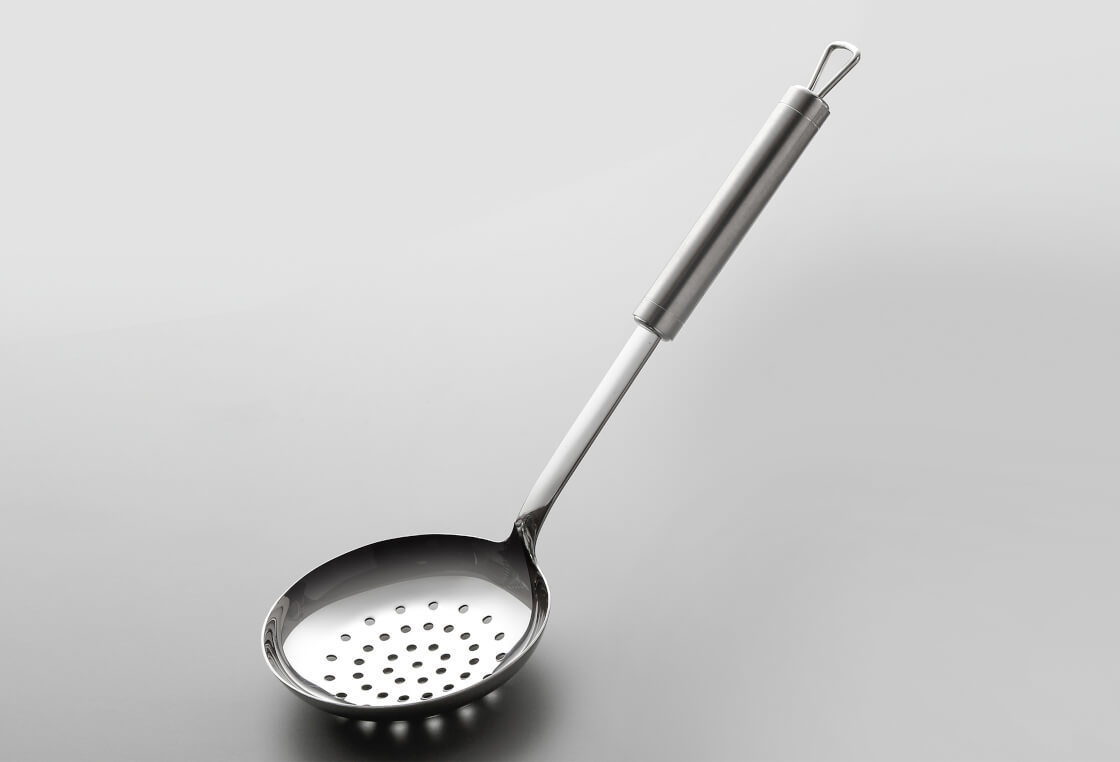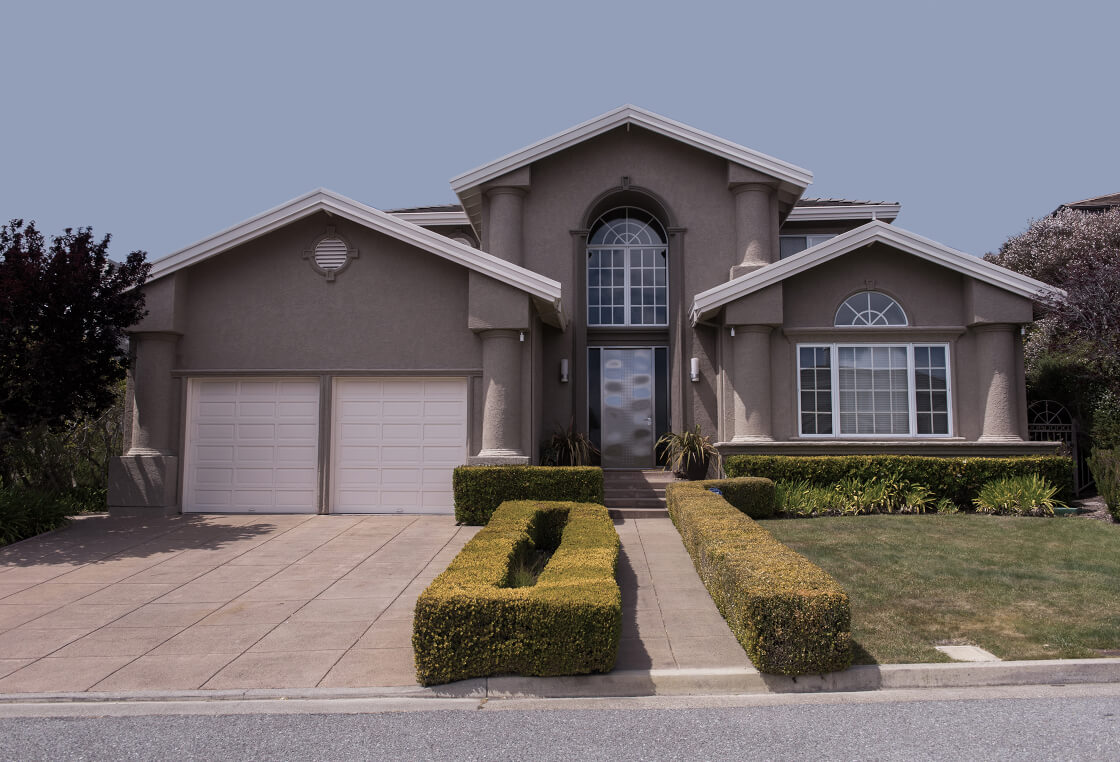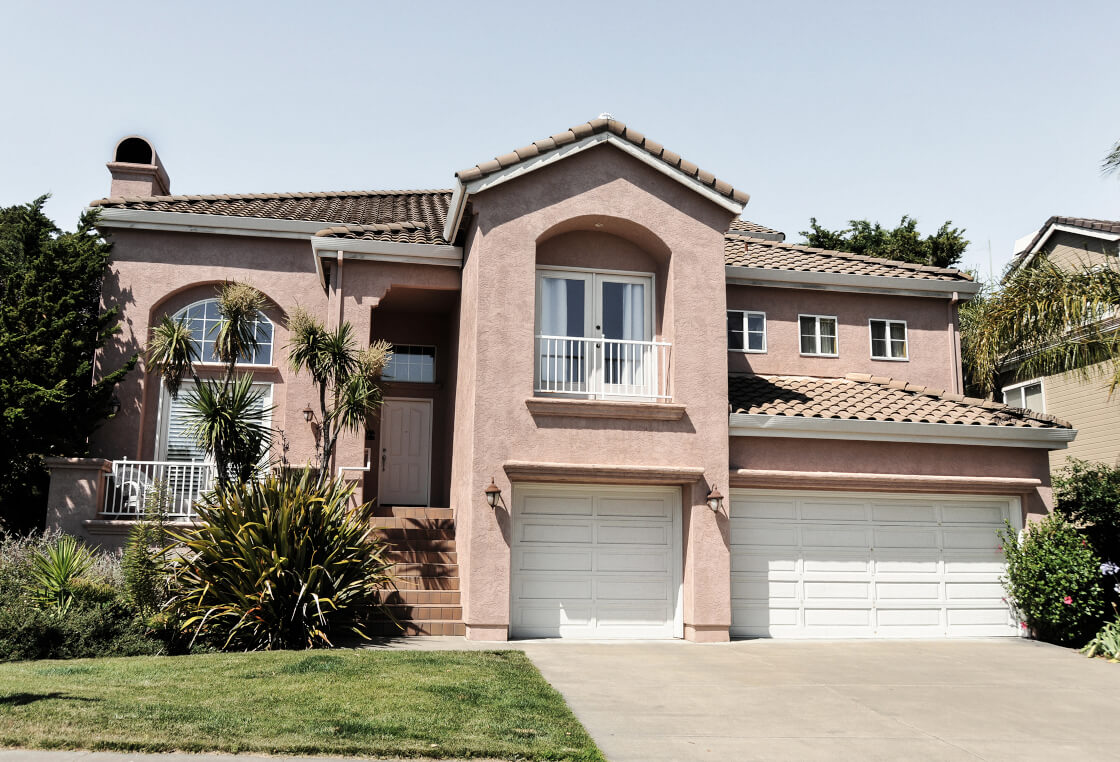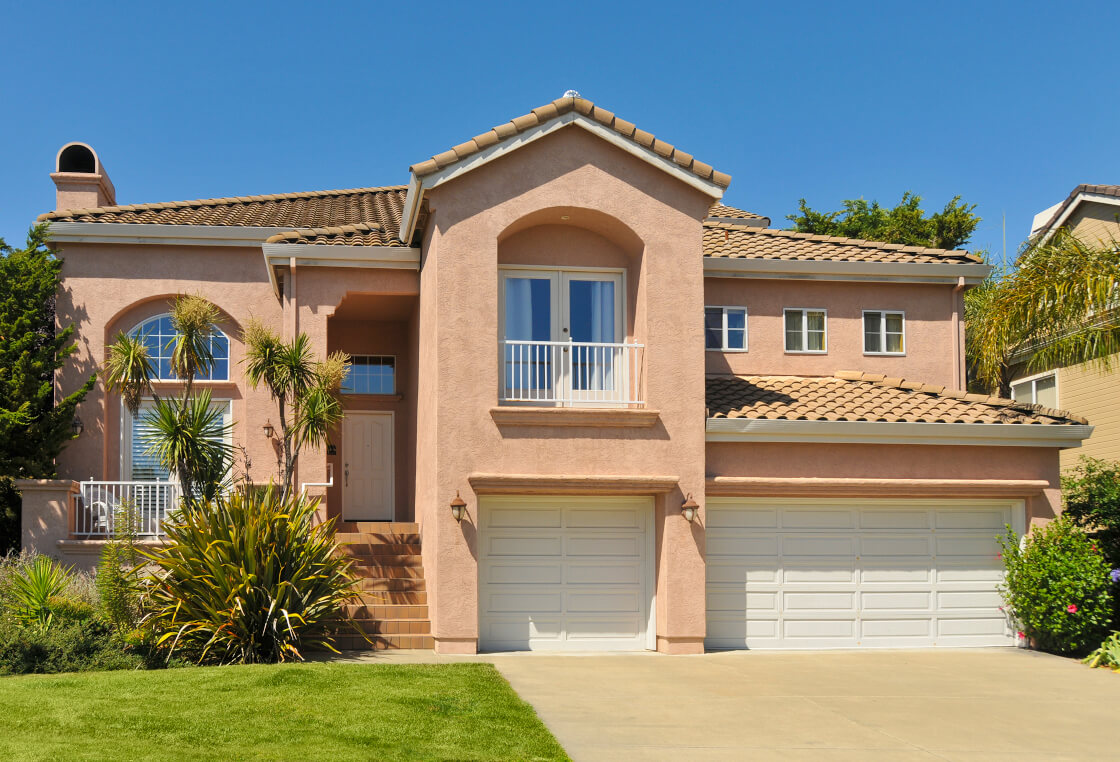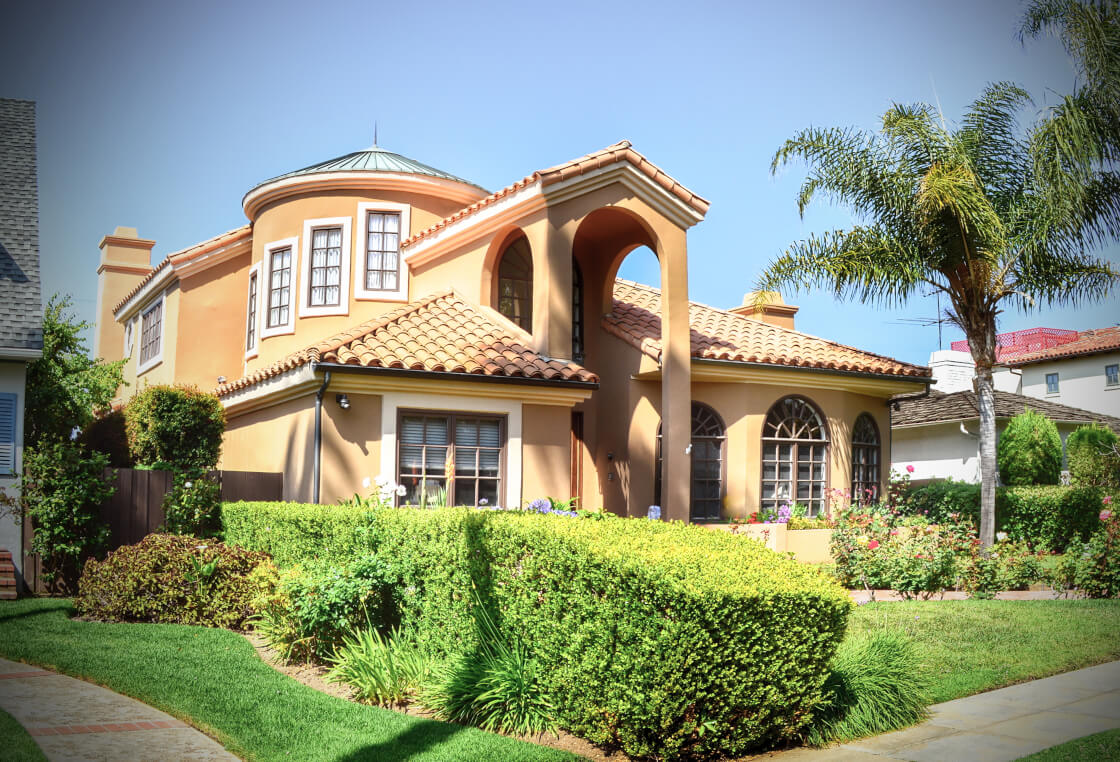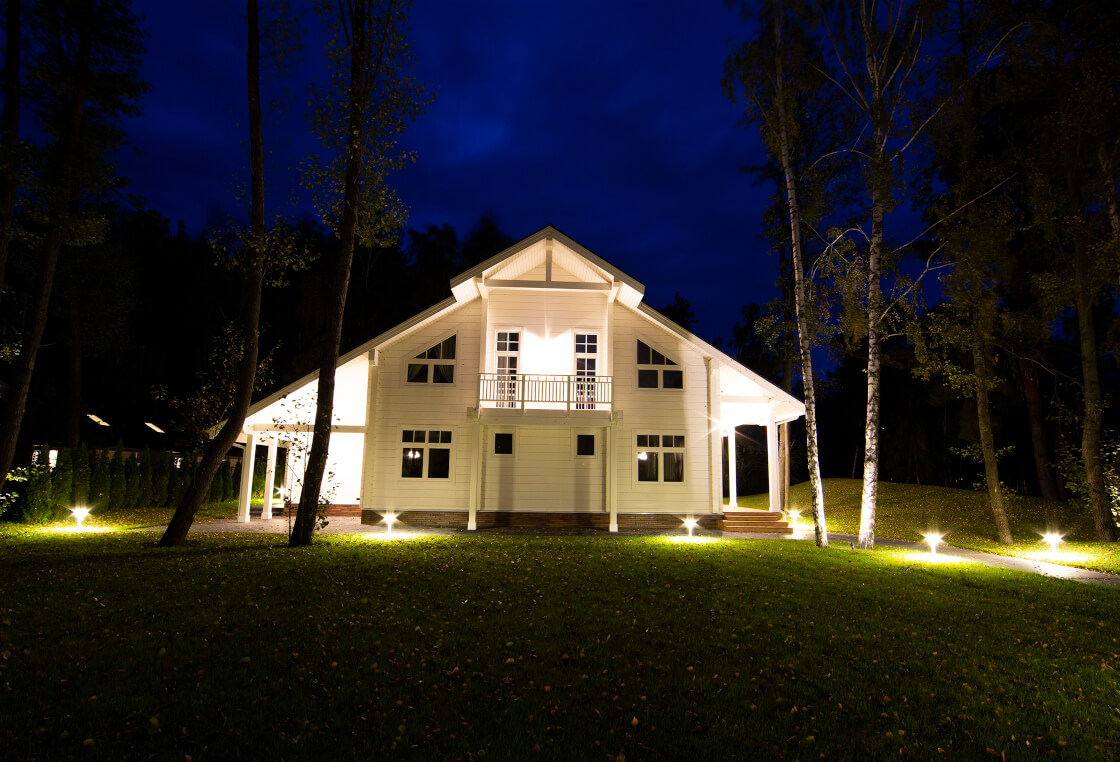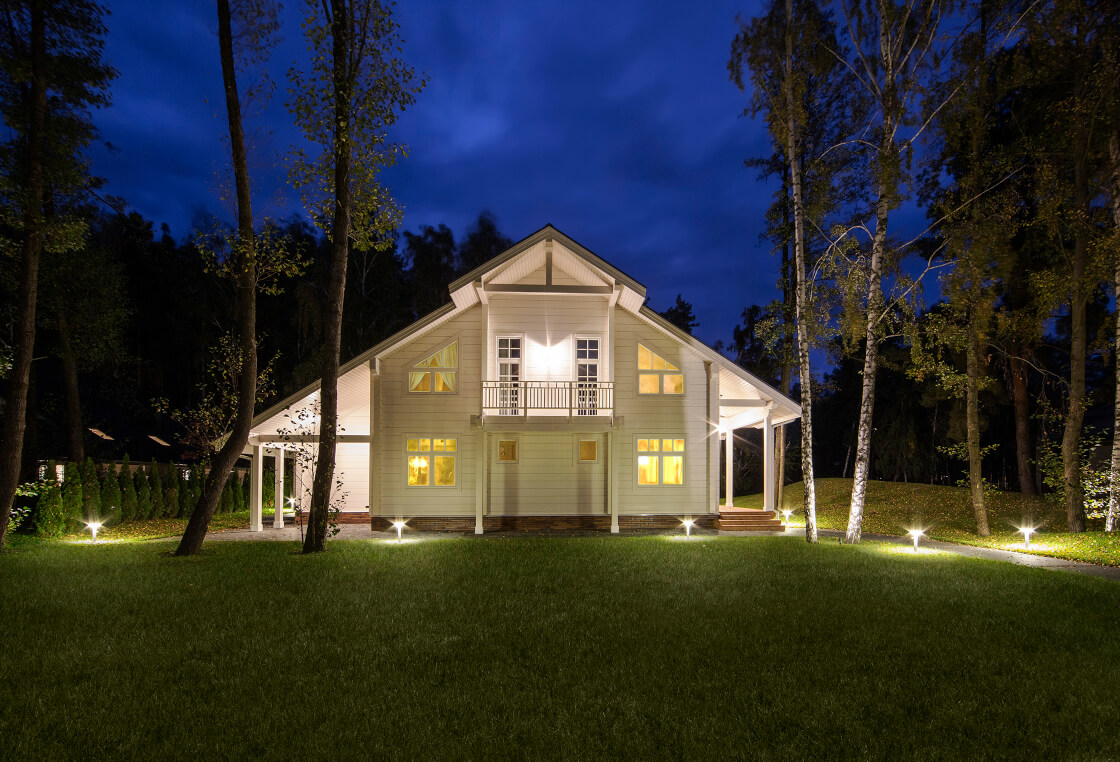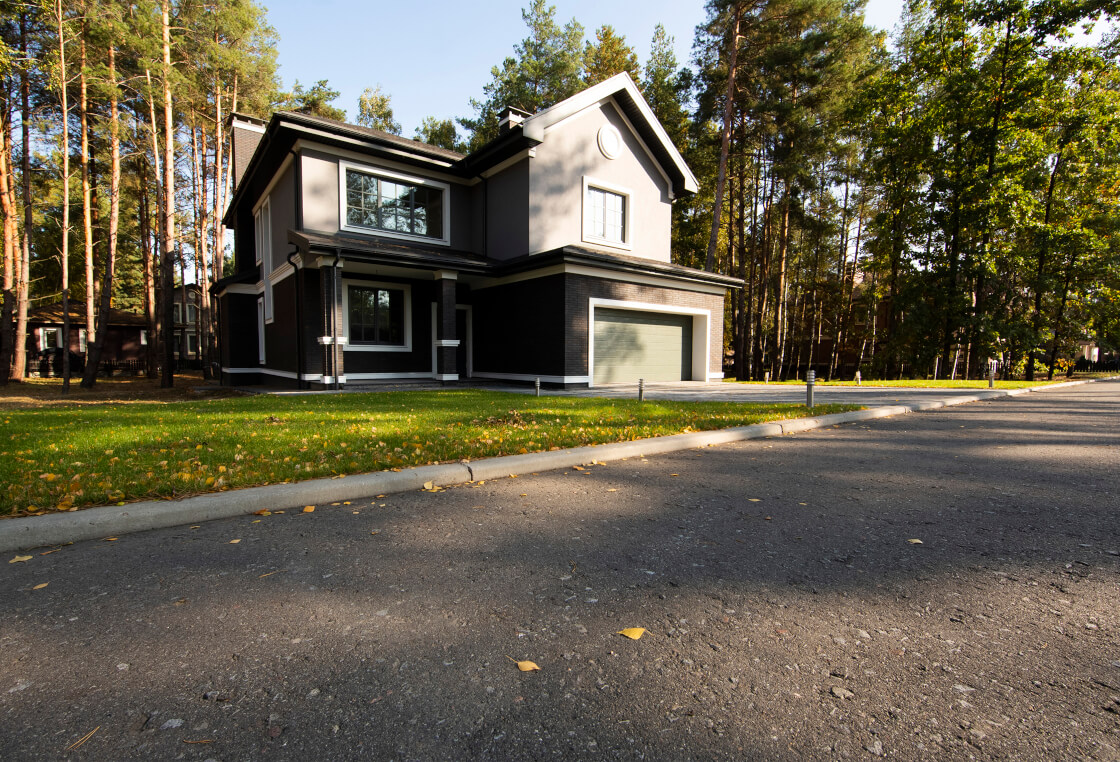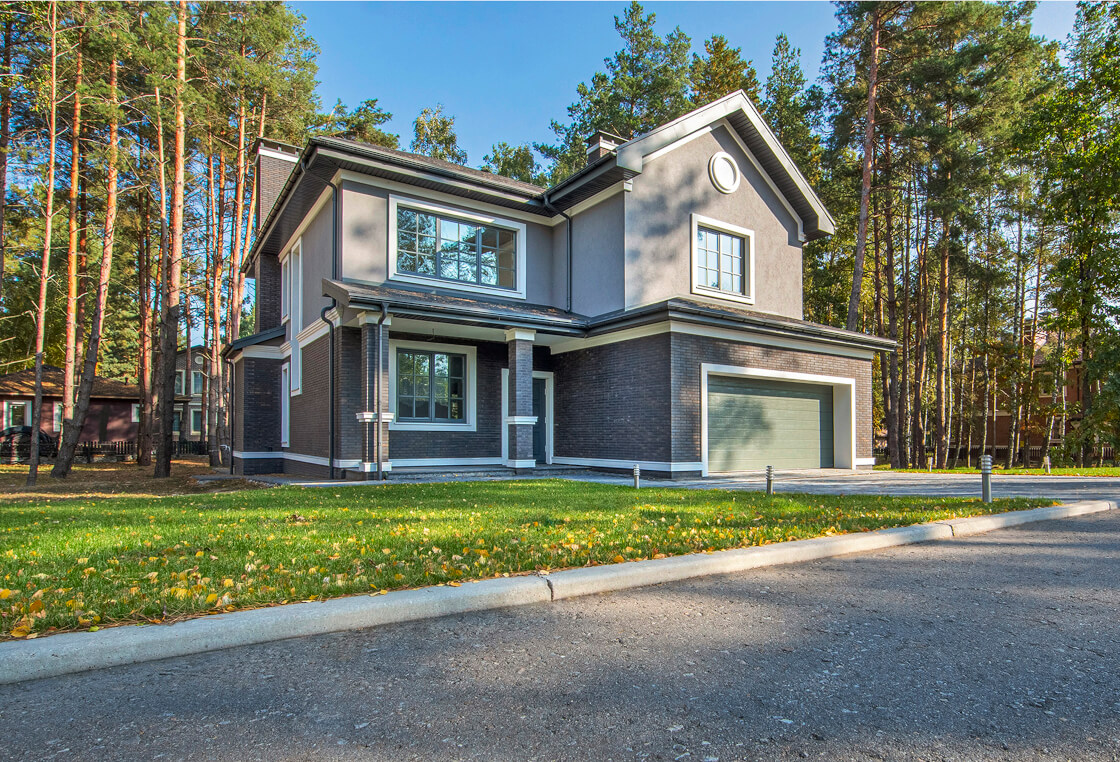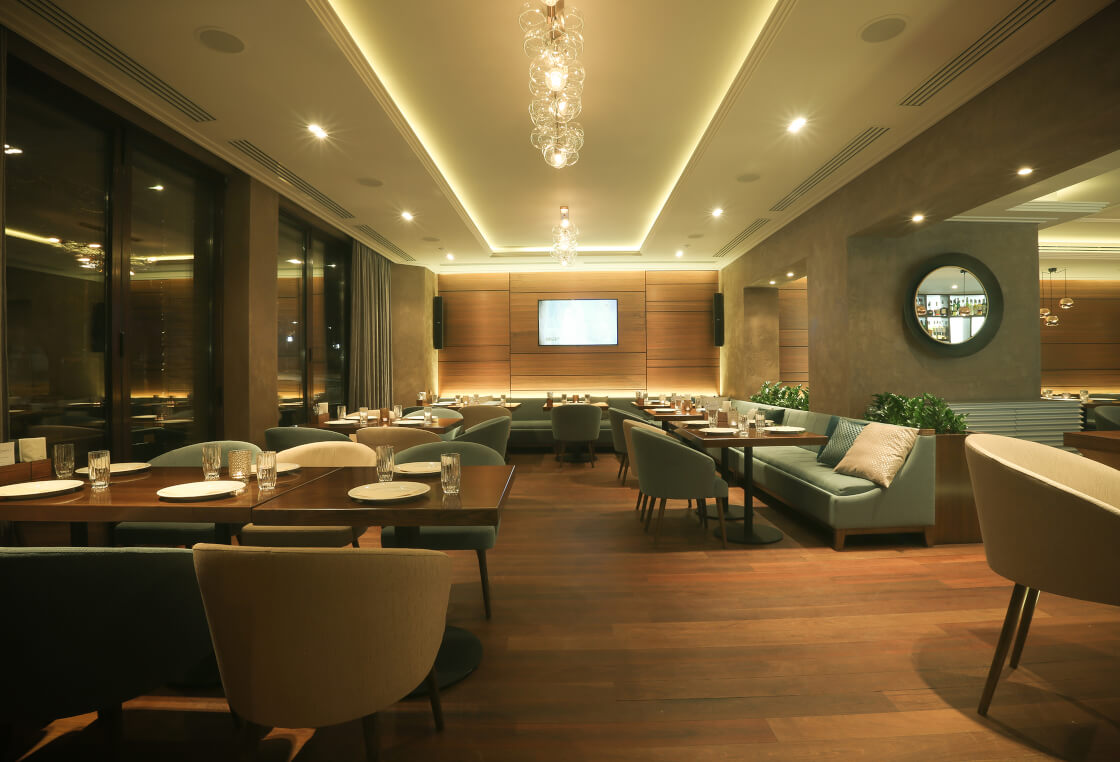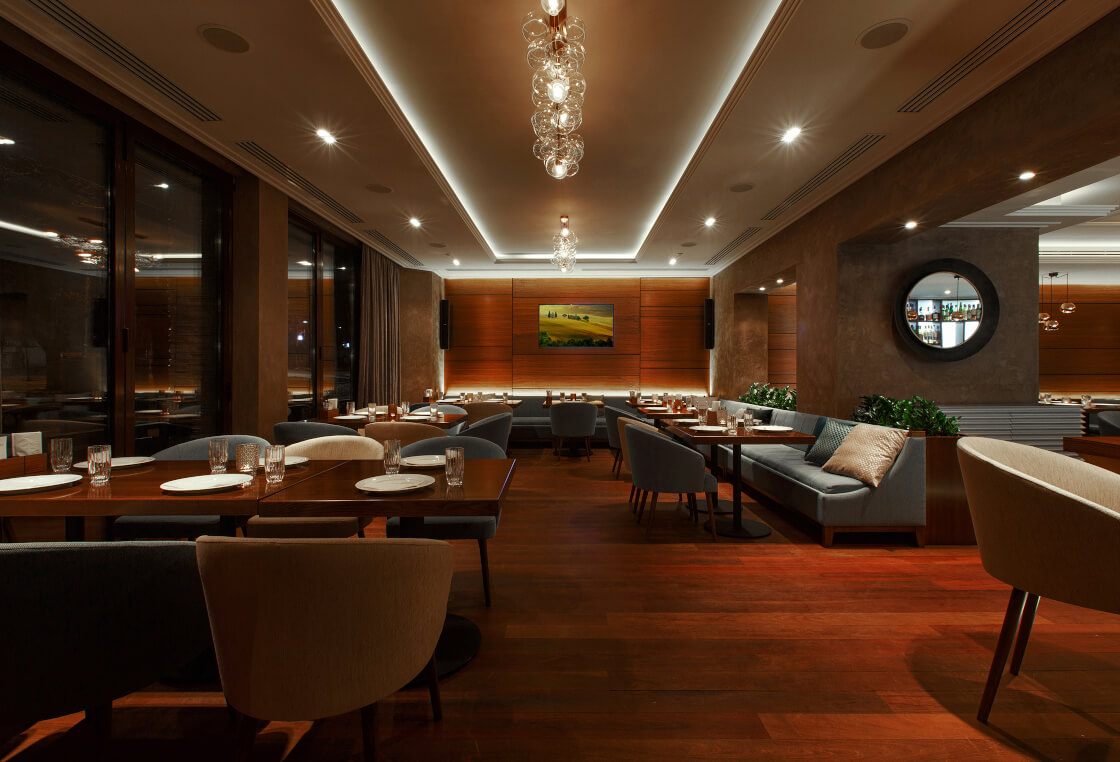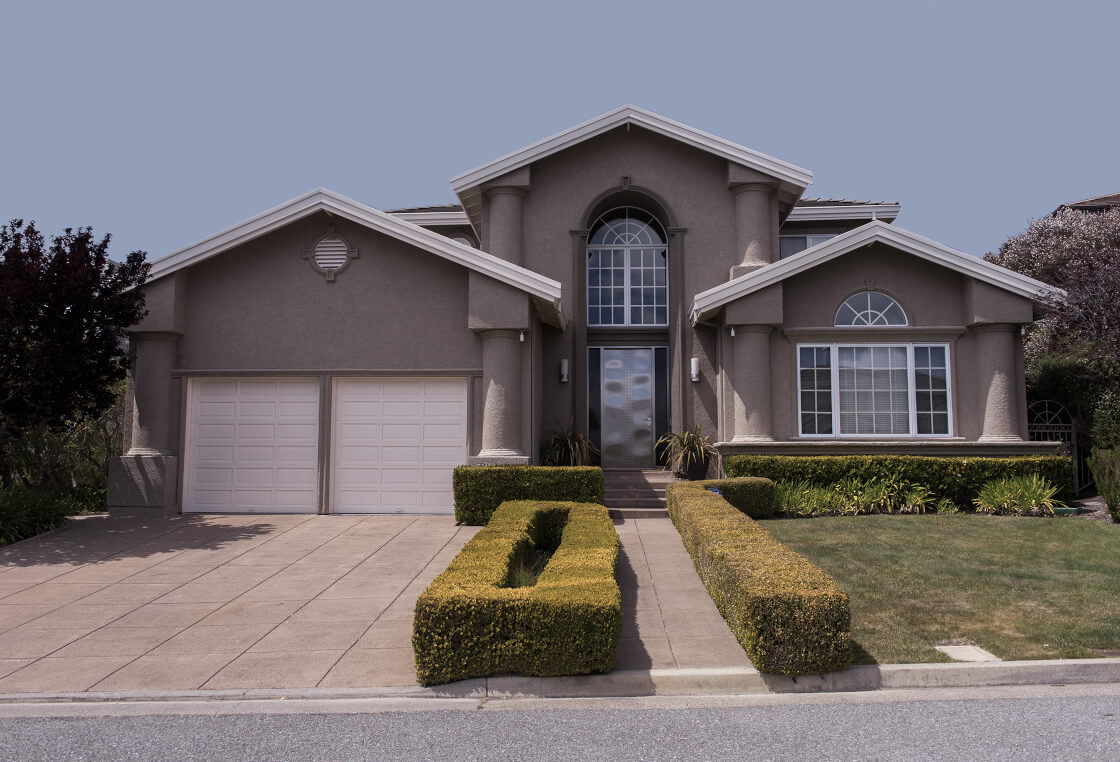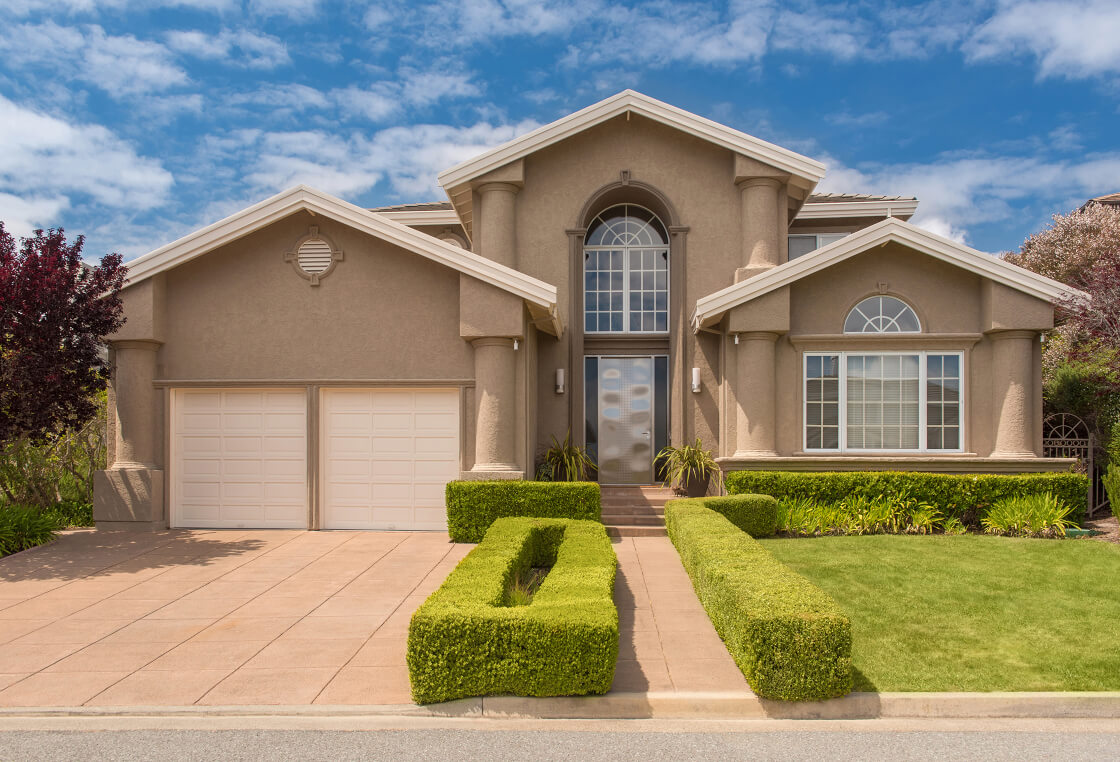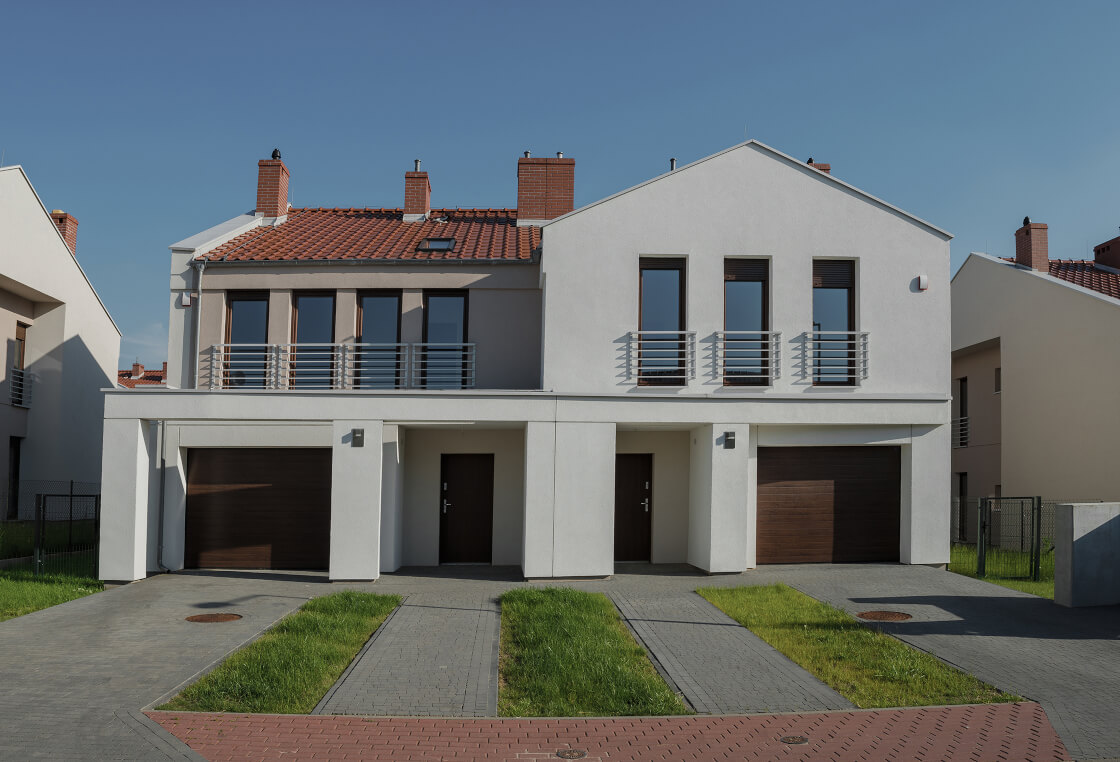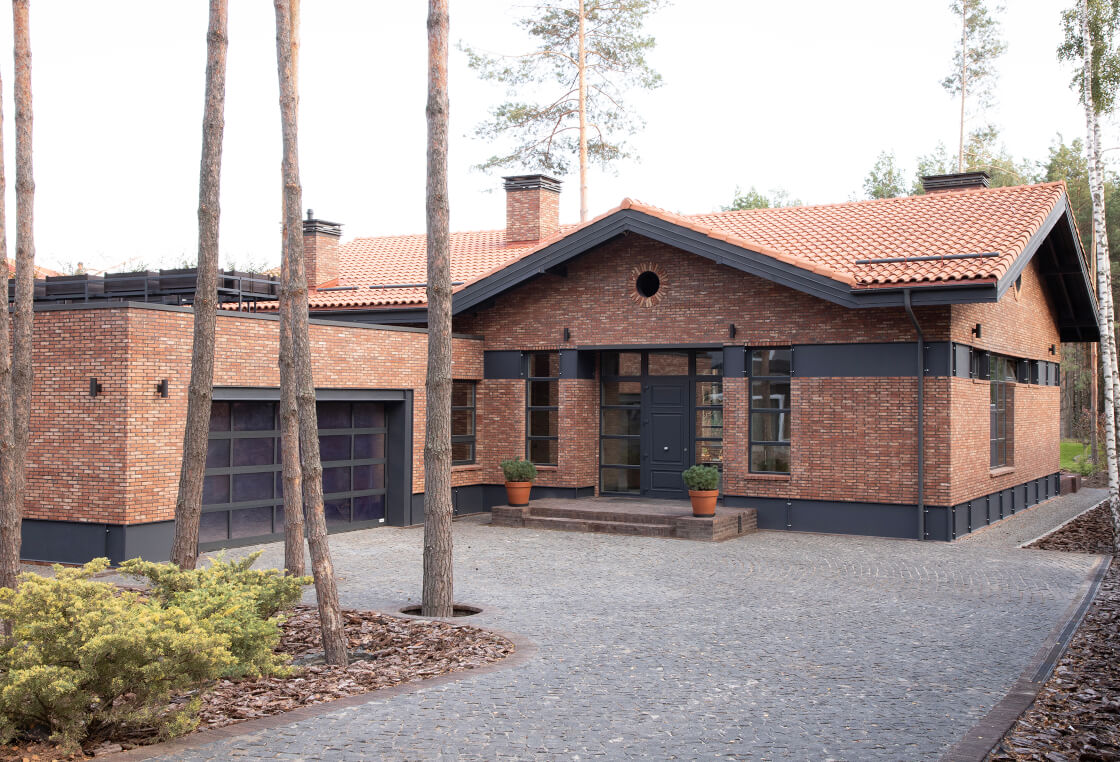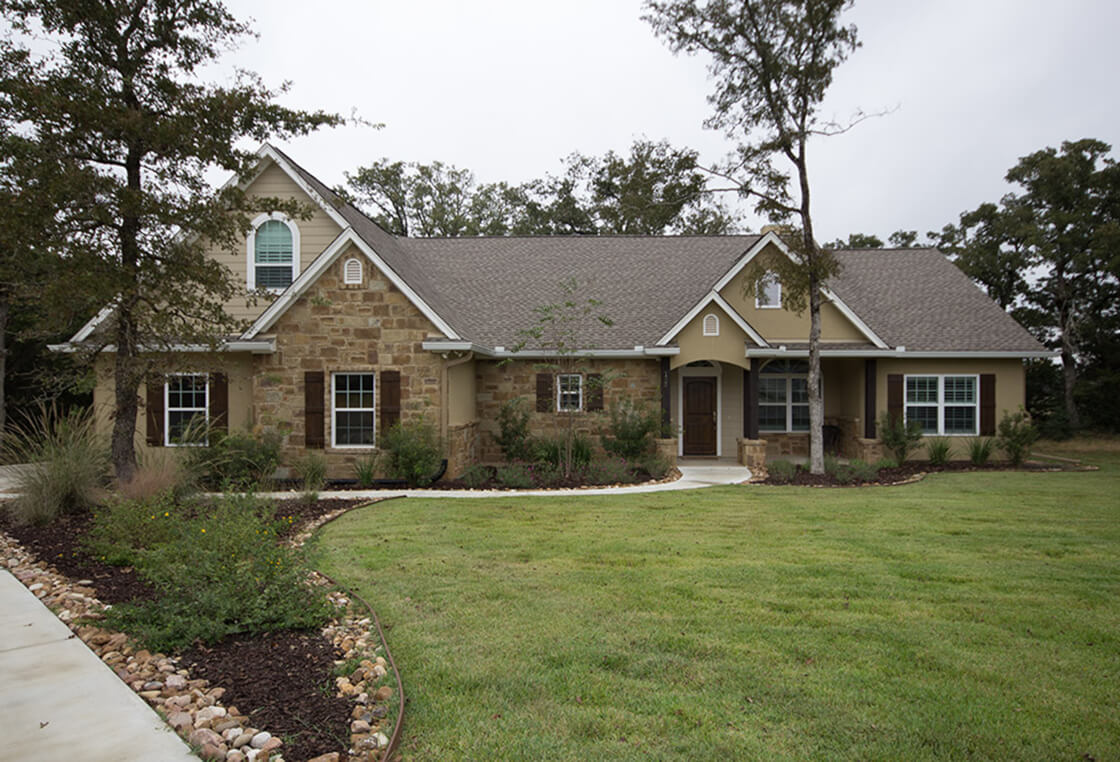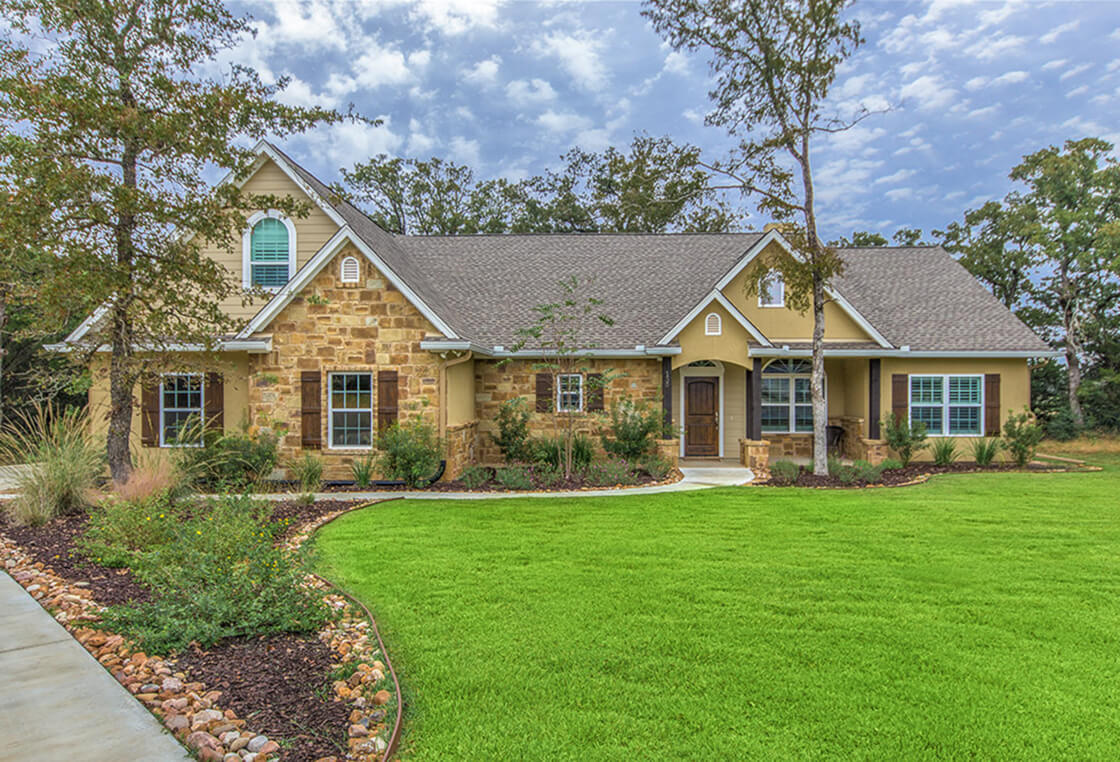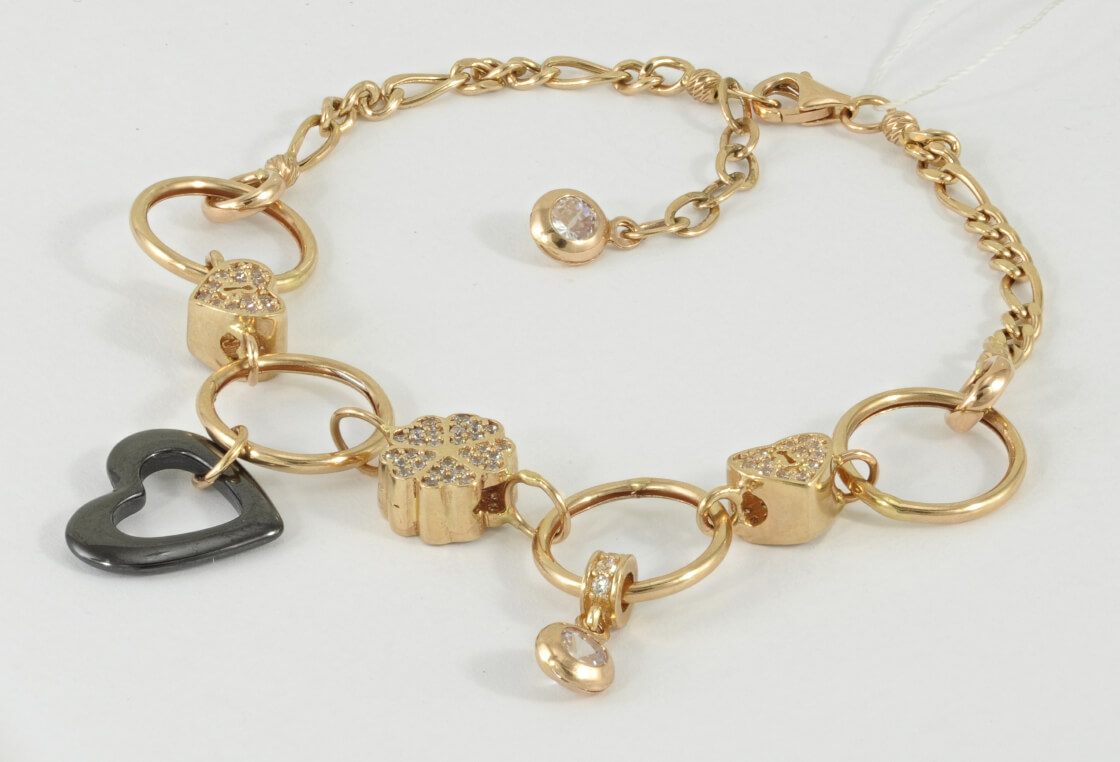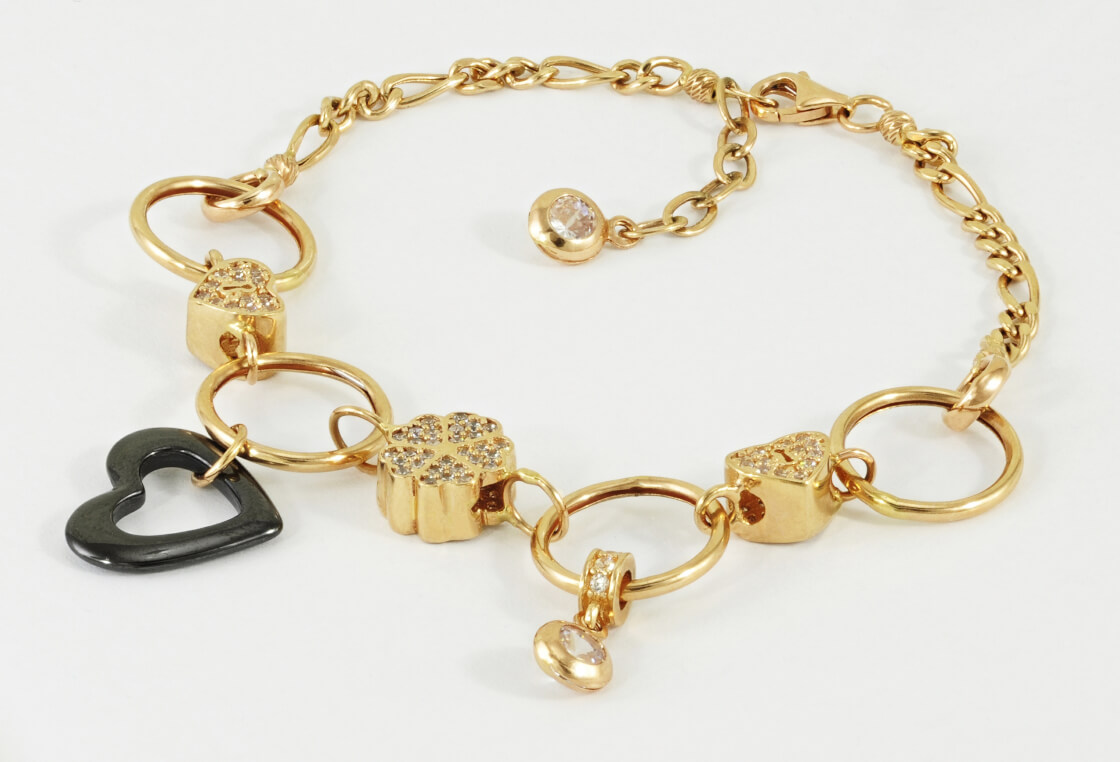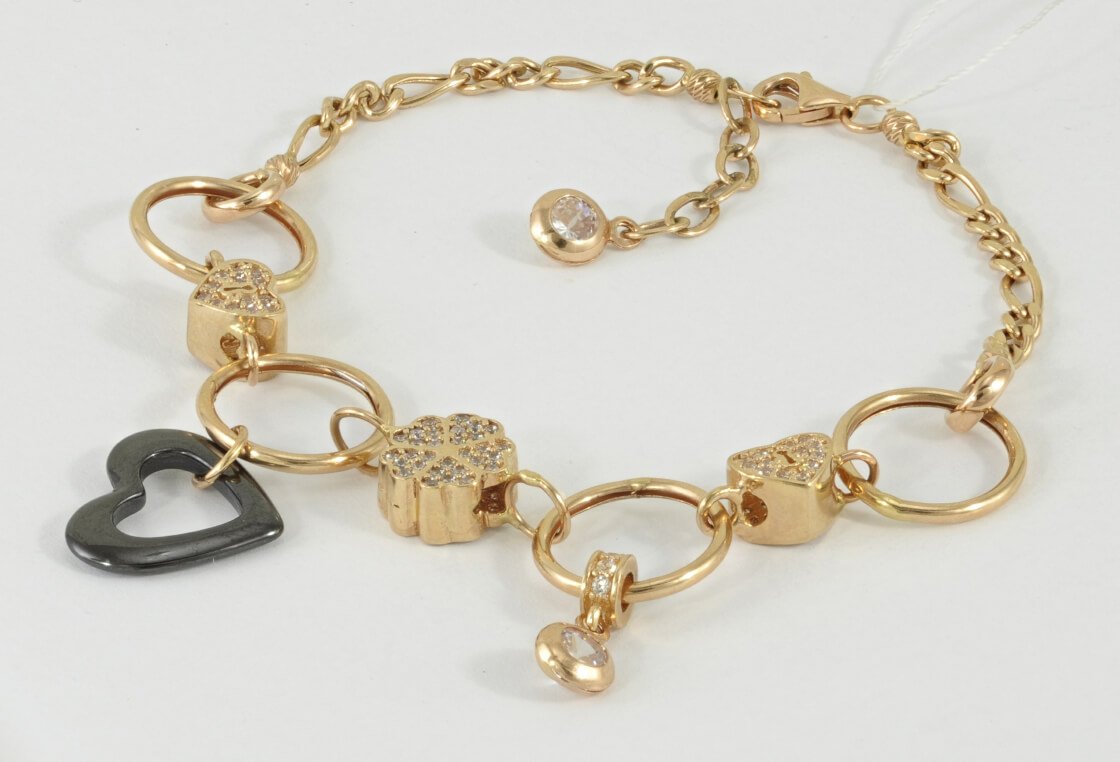Mirror vs Mirrorless Camera
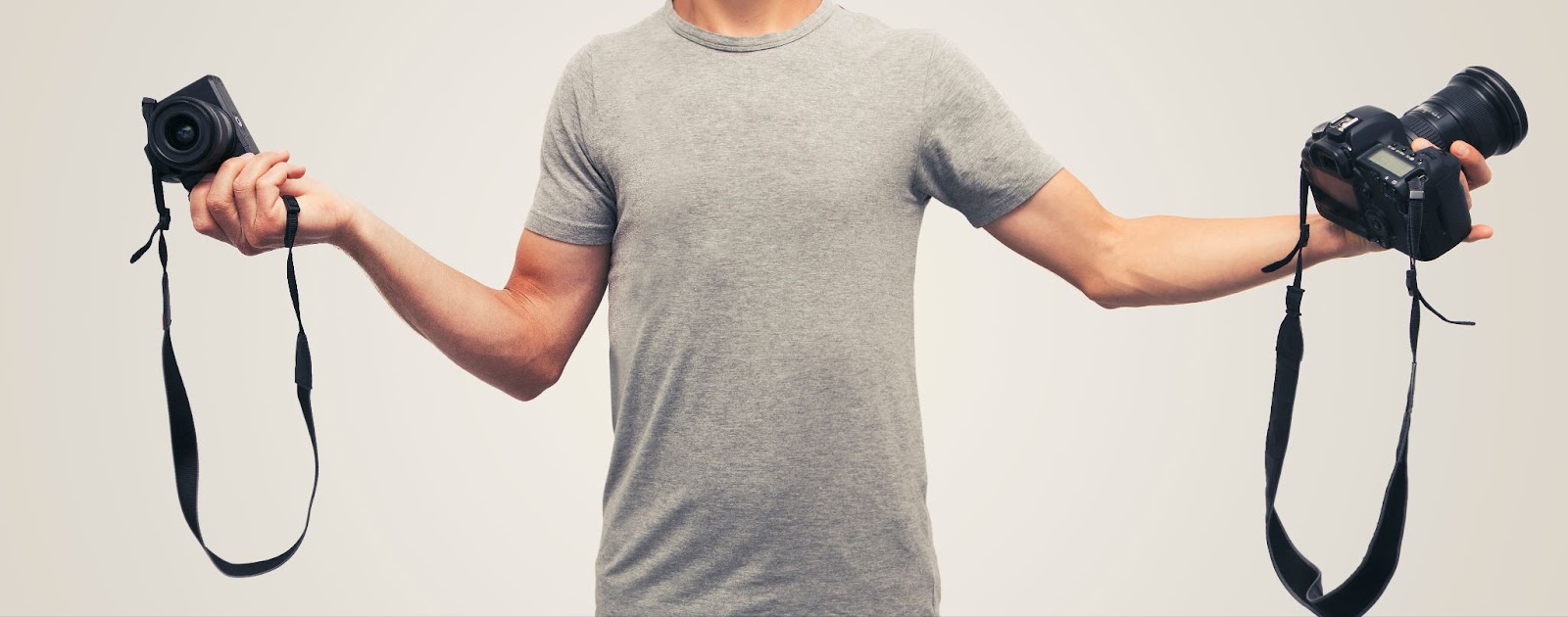
- Mirror camera vs Mirrorless camera which one is better?
- Mirror Camera Definition
- Mirrorless Camera Definition
- DSLR vs Mirror: Similarities and Differences
- Mirror or Mirrorless: Viewfinder differences
- Why mirrorless camera is better?
- DSLR Viewfinder and LCD Issues
- Performance and Convenience of Mirrorless Cameras
- Silent Shooting Feature
- Focusing and Tracking Features: Mirror vs Camera
- Mirror vs Front Camera
In the world of photography, your equipment is as important as the skill of the photographer. Among the many tripods, lenses, and other equipment, people often forget that the camera device itself can be very different from one unit to another. Today there are two most popular options: mirror or mirrorless camera. In this guide, we will make a comparative analysis of performance and qualities between those two and also compare them to smartphone cameras as well to see which is better.
Mirror camera vs Mirrorless camera which one is better?
To understand which one is better we need to understand is the difference between them. To do that let us define each unit first:
Mirror Camera Definition
Mirror cameras also known as DSLR or Digital Single Lens Reflex, is a type of camera equipped with a true mirror positioned in front of its sensor, serving multiple functions. In standby mode, the mirror rests in front of the sensor, redirecting incoming light from the lens upwards to a pentaprism, which further channels the light into the viewfinder for observation. This mechanism provides an optical viewfinder experience, offering a direct view of the scene captured by the camera lens. When capturing a photo, activating the shutter button initiates the raising of the mirror, exposing the shutter in front of the sensor to incoming light. Subsequently, the shutter lifts to unveil the sensor, allowing it to record the image. The intricate process involves several moving components to facilitate image capture.
Mirrorless Camera Definition
In contrast to DSLRs, mirrorless cameras adopt a distinct configuration. Rather than incorporating an optical viewfinder, they feature a compact electronic display within the viewfinder, offering real-time visualization of the sensor's perspective, akin to a miniature television screen. As there's no necessity to transmit an optical image to the viewfinder, the intricate mirror assembly for flipping up and down becomes redundant. Instead, the sensor and shutter are directly exposed at the front of the camera, aligned with the lens. Consequently, most mirrorless cameras employ a mechanical shutter positioned in front of the sensor to facilitate exposure capture. Notably, advancements have led to the development of mirrorless cameras without any physical shutter, relying solely on digital data capture, a technology known as an electronic shutter.
DSLR vs Mirror: Similarities and Differences
When a DSLR operates in live view mode, with the mirror raised and the rear LCD active, it somewhat mimics the functionality of a mirrorless camera. However, it's important to note that during live view, the traditional optical viewfinder of the DSLR becomes inactive. Now, let's delve into the distinctions between these two camera types to see what is better.
Mirror or Mirrorless: Viewfinder differences
Both viewfinders of DSLR and Mirrorless cameras have distinctive cons and pros and provide different experiences to photographers.
Advantages of a Mirrorless Viewfinder:
- Real-time Exposure Adjustment: The electronic viewfinder (EVF) of a mirrorless camera displays an image adjusted to your current exposure settings. This enables you to preview how the final photo will appear in terms of brightness, allowing for on-the-fly exposure adjustments.
- Histogram Display: Mirrorless EVFs often feature a histogram display, providing valuable visual feedback on the distribution of light in the scene. This aids in achieving optimal exposure and avoiding underexposure or overexposure.
- Additional Information Overlay: In the EVF, various overlays such as zebras and detailed setting information can be displayed, enhancing the photographer's ability to fine-tune settings and compose shots effectively.
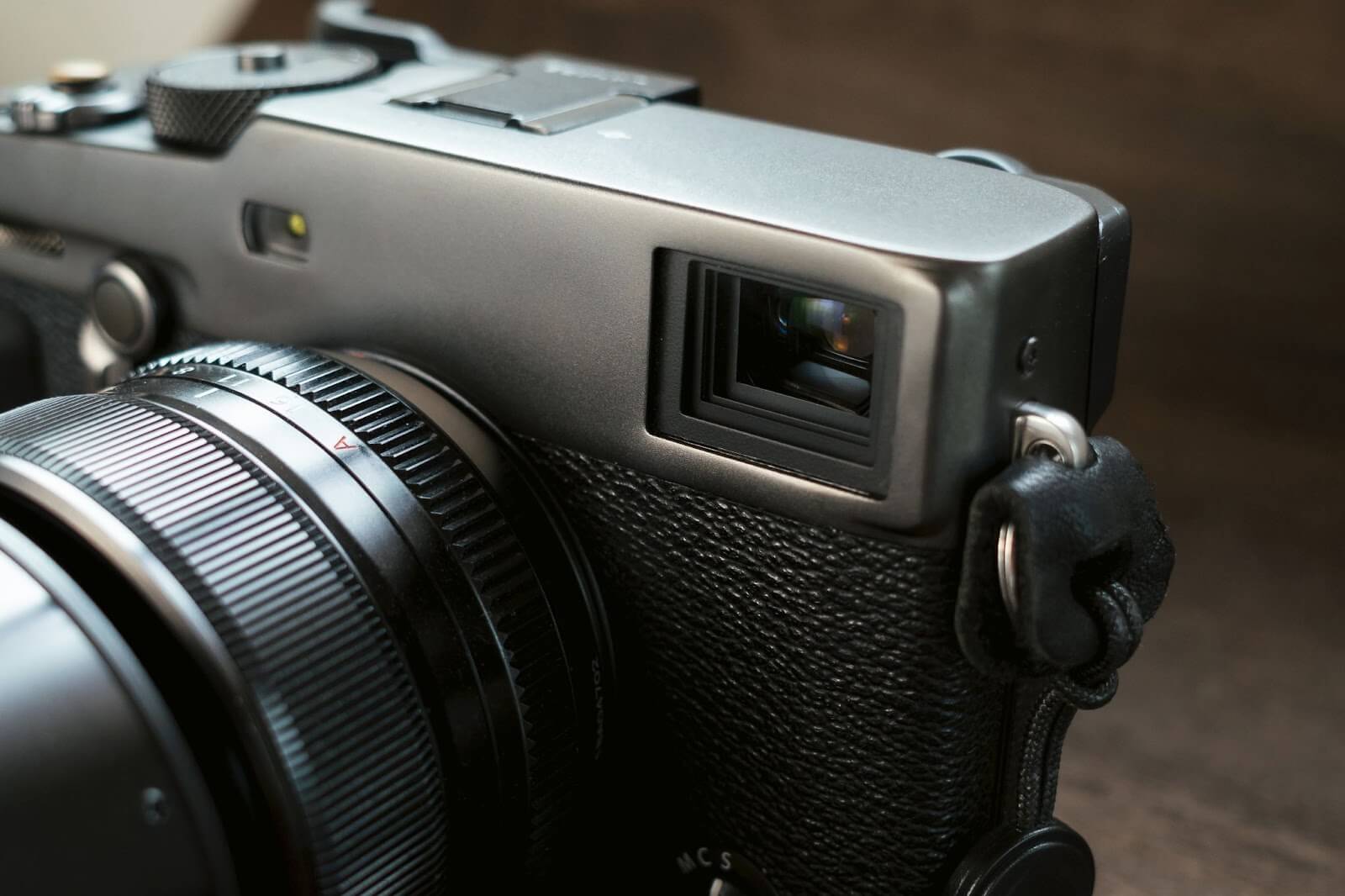
Disadvantages of a Mirrorless Viewfinder:
- Visual Preference: Some photographers find the look of an electronic viewfinder less appealing, particularly in early mirrorless camera models. The color balance may not match expectations, and the resolution might be inferior to optical viewfinders.
- Blackouts during Exposures: Mirrorless EVFs may experience blackouts when the camera is capturing exposures, temporarily obstructing the view. This can potentially disrupt the photographer's workflow and composition.
Why mirrorless camera is better?
However, it's worth noting that ongoing advancements in non-mirrored camera technology are addressing many of these drawbacks, with newer models delivering improved EVF performance that closely rivals optical viewfinders in terms of visual quality and responsiveness.
DSLR Viewfinder and LCD Issues
Besides, in DSLRs, the optical viewfinder doesn't provide a preview of how the exposure will appear. Instead, photographers rely on the light meter to gauge exposure levels, but the actual result is only revealed after taking the photo. This means that adjustments must be made based on intuition or experience, and the final outcome is assessed post-capture, either on the camera's LCD screen or later at home.
Additionally, reviewing mirror pictures on the back LCD under bright sunlight can be challenging due to the screen being washed out by the intense light. Conversely, mirrorless cameras offer the convenience of reviewing images through the electronic viewfinder (EVF), even in bright conditions. This feature proves especially beneficial for photographers working in outdoor settings where glare can impede LCD visibility.
Performance and Convenience of Mirrorless Cameras
Mirrorless cameras introduce the advantage of attaining higher shutter speeds without the need for a mirror box to move up and down with each exposure, as seen in DSLRs. Consequently, modern mirrorless models offer impressively high shutter speeds, sometimes featuring electronic shutter capabilities that enable capturing 30 or more photo images per second. While this may not significantly benefit portrait or landscape photographers, it presents a valuable opportunity for wildlife and sports photography, allowing them to seize precisely the right moment.
However, it's essential to acknowledge that electronic shutters can introduce a phenomenon known as a rolling shutter effect, particularly noticeable when capturing fast-moving subjects. This effect can distort the shape of such subjects, making electronic shutters less suitable for certain applications. Therefore, photographers must carefully consider the trade-offs and choose the most appropriate shutter type based on the specific requirements of their shooting scenarios.
Silent Shooting Feature
Mirrorless cameras offer the distinct advantage of silent shooting, a feature not typically found in DSLRs due to the absence of the mirror mechanism that contributes to operational noise. Without the need to raise and lower a mirror, mirrorless cameras can execute photo captures in complete silence, especially when paired with an electronic shutter. This capability proves invaluable in scenarios where discretion is paramount, such as weddings, chess matches, recitals, or any other setting where the presence of clicking sounds would be disruptive or inappropriate. Silent shooting enhances the photographer's ability to capture moments discreetly and unobtrusively, expanding the range of shooting environments where mirrorless cameras excel.
Focusing and Tracking Features: Mirror vs Camera
Focusing capabilities have been an evolving aspect where mirrorless cameras have transitioned from a potential disadvantage to a significant advantage. Initially, DSLRs held the upper hand with their mastery of phase detect autofocus, offering reliability and speed. In contrast, early mirrorless cameras relied on contrast-based autofocus systems that were not as refined in terms of speed and accuracy. Some mirrorless cameras struggled with focus hunting, particularly when subjects moved closer or farther away, causing the autofocus to become stuck in the background. However, advancements in newer mirrorless models have largely addressed these issues, significantly improving focus performance.
Moreover, high-end mirrorless cameras now offer features that surpass the capabilities of DSLRs. One notable advancement over the picture of a mirror camera is the eye detection autofocus of mirrorless cameras, which is particularly beneficial for wildlife photography, pet photography, weddings, and portraits where achieving sharp focus on the subject's eyes is crucial. Additionally, mirrorless cameras excel in tracking moving subjects, such as cars or airplanes, thanks to advanced tracking algorithms.
A distinguishing factor is the broader coverage of focus points across the sensor in mirrorless cameras compared to DSLRs, which often concentrate focus points in the center of the frame. This means that with mirrorless cameras, there's no longer a need for the focus-and-recompose technique commonly used with DSLRs. Instead, photographers can effortlessly compose shots by placing the subject anywhere in the frame, knowing that the focus will remain locked onto it. This flexibility simplifies the composition process and enhances the overall shooting experience with mirrorless cameras.
Mirror vs Front Camera
To summarize briefly, the benefits of Mirror over DSLR are obvious. But what if we compare Phone vs Camera in this regard? The front camera vs mirror distinction is significant, especially in the realm of selfie photography. While phone cameras typically rely on front-facing cameras for selfies, traditional cameras offer the option of utilizing mirrors for self-portraits. The front camera of a phone often lacks the color correction capabilities found in dedicated camera systems. Mirror selfies captured with traditional cameras allow for greater control over lighting and composition, facilitating the application of professional color correction techniques. In contrast, front-camera selfies may suffer from limited image quality and color accuracy. Despite the convenience of front cameras on phones for quick snapshots, serious photographers may prefer the versatility and quality provided by mirror-based systems for achieving optimal self-portraits and professional-grade results.
So, here is a list of the front camera vs mirror key differences:
- Image Quality: Traditional cameras with mirror systems typically produce higher-quality images compared to front cameras on phones, thanks to advanced optics and larger sensors.
- Professional Color Correction: Mirror-based systems offer more robust options for professional color correction during post-processing, enhancing the overall aesthetic of photographs.
- Control Over Lighting: Mirror selfies allow photographers to have greater control over lighting conditions, resulting in better-exposed and more visually appealing images.
- Composition Flexibility: With traditional cameras, photographers can experiment with various compositions and framing techniques, leading to more creative and engaging selfies.
- Versatility and Adaptability: While front cameras on phones offer convenience and portability, mirror-based systems provide greater versatility and adaptability for a wide range of photography scenarios.



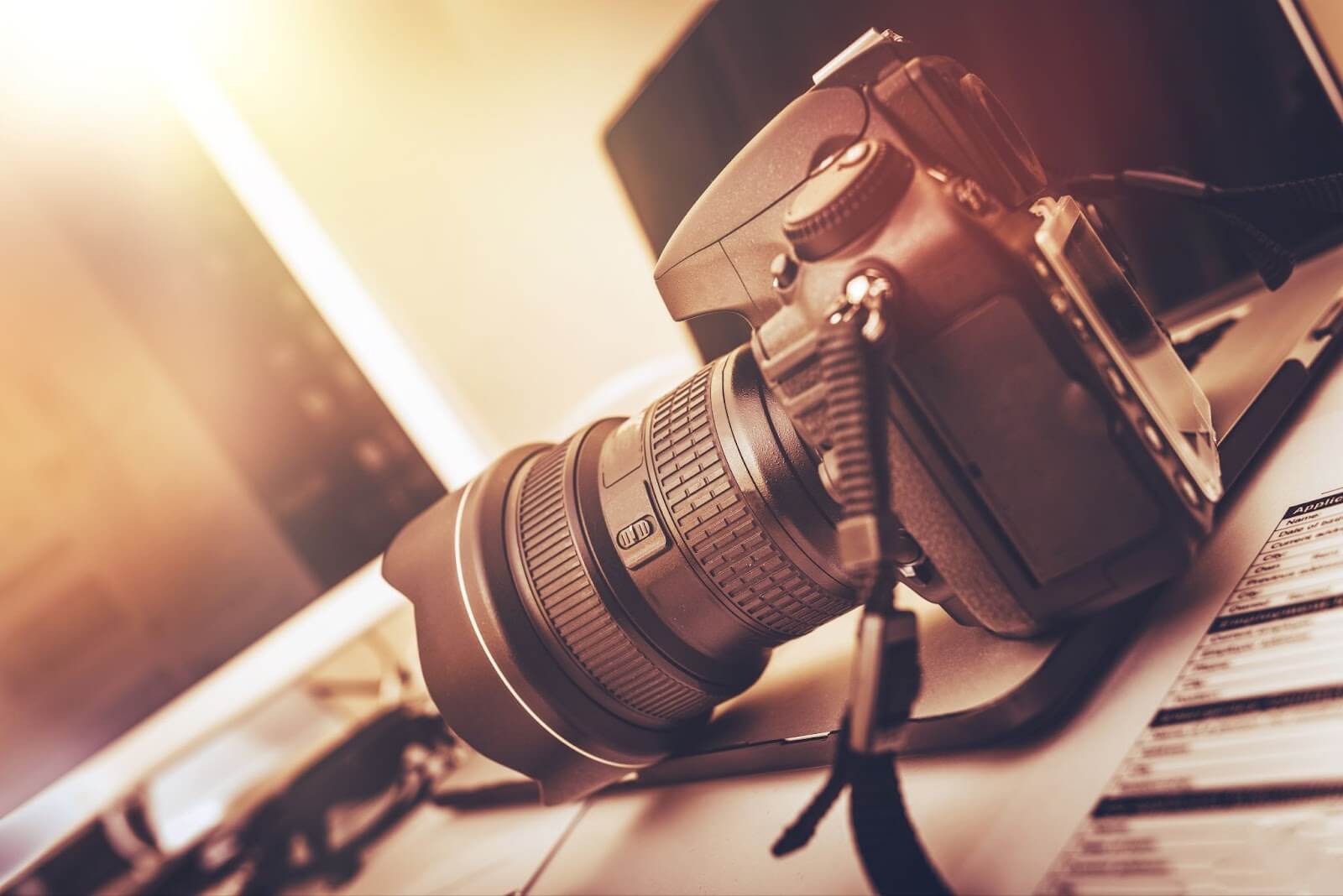

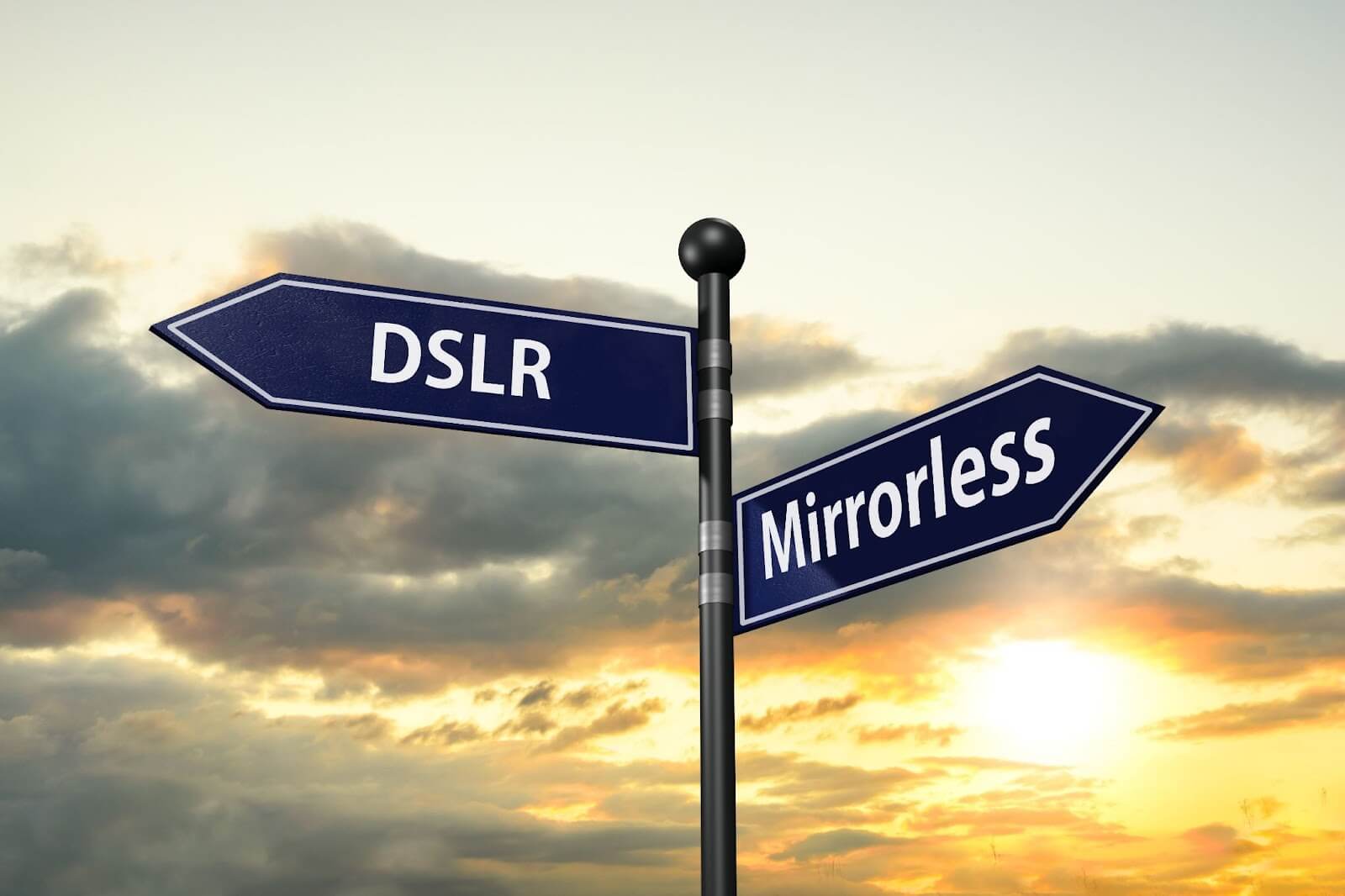
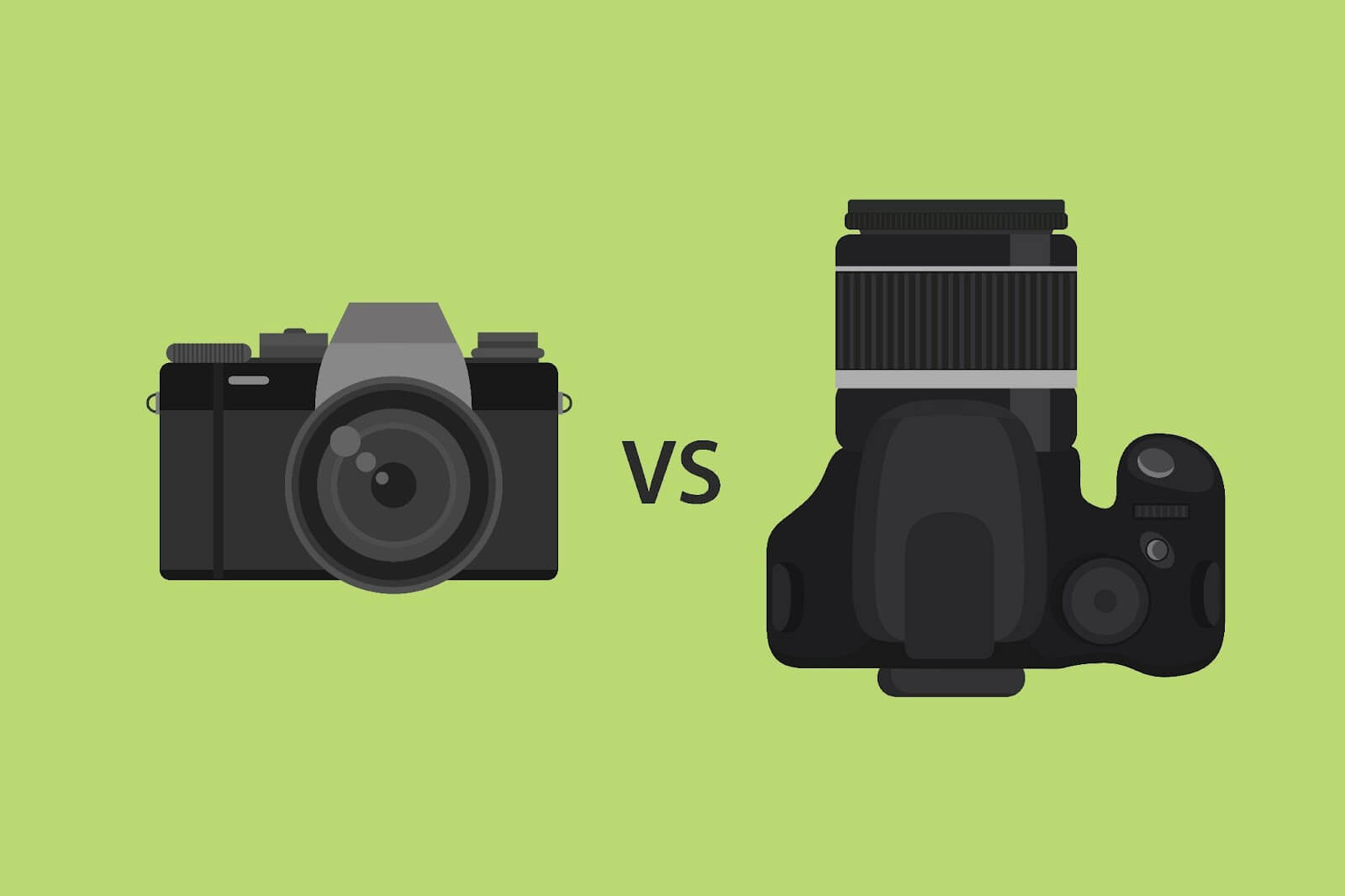
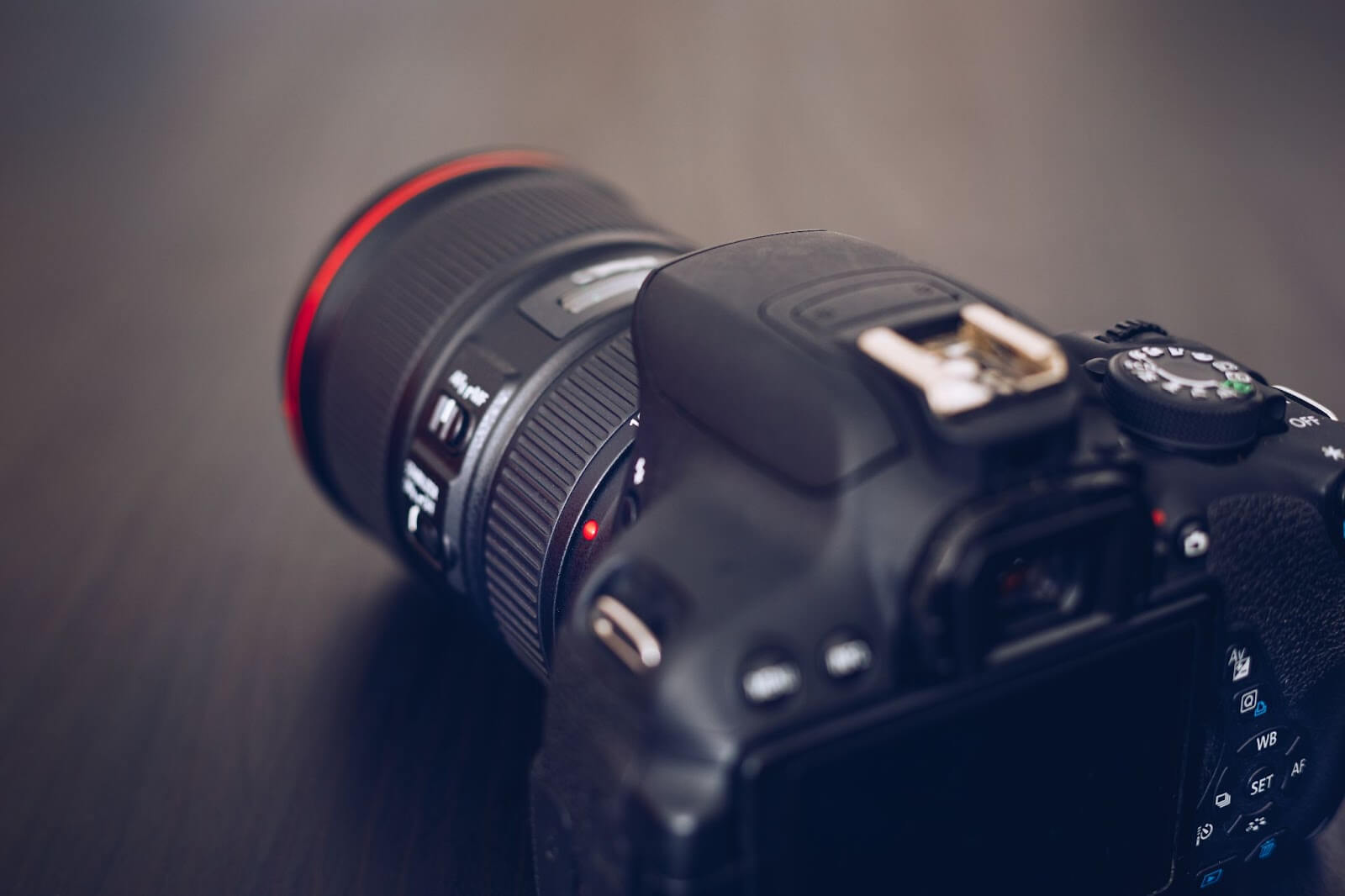
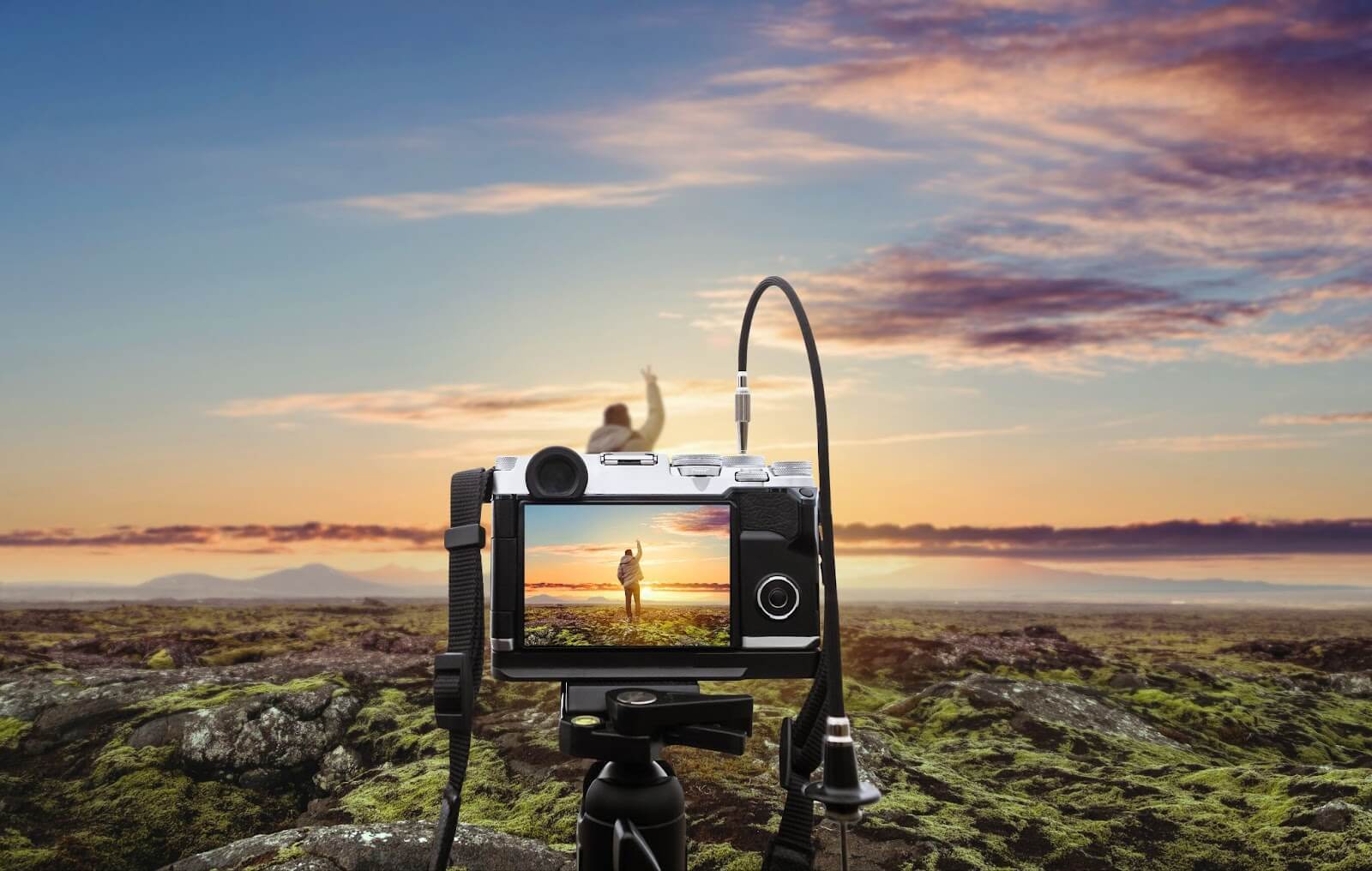
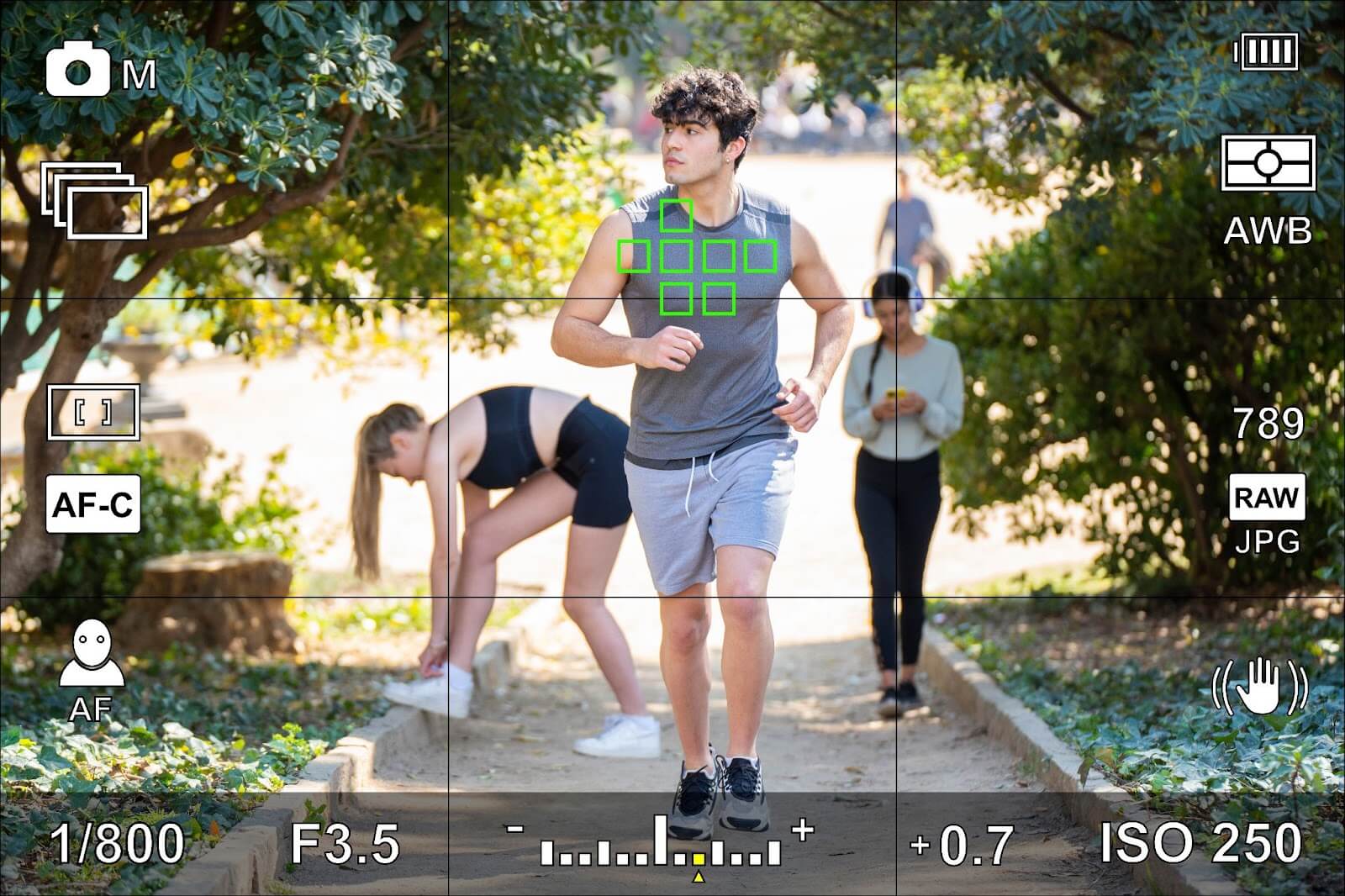
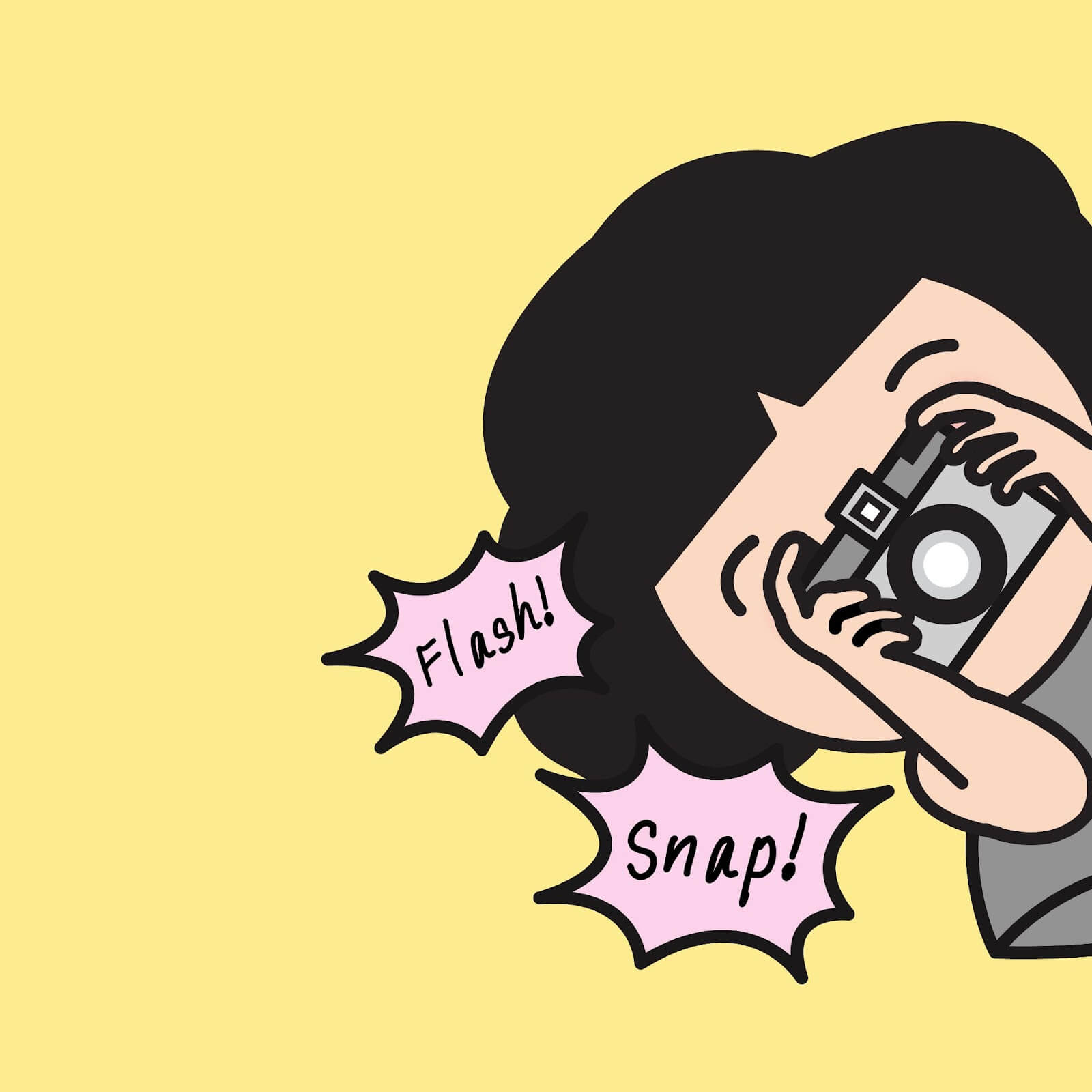


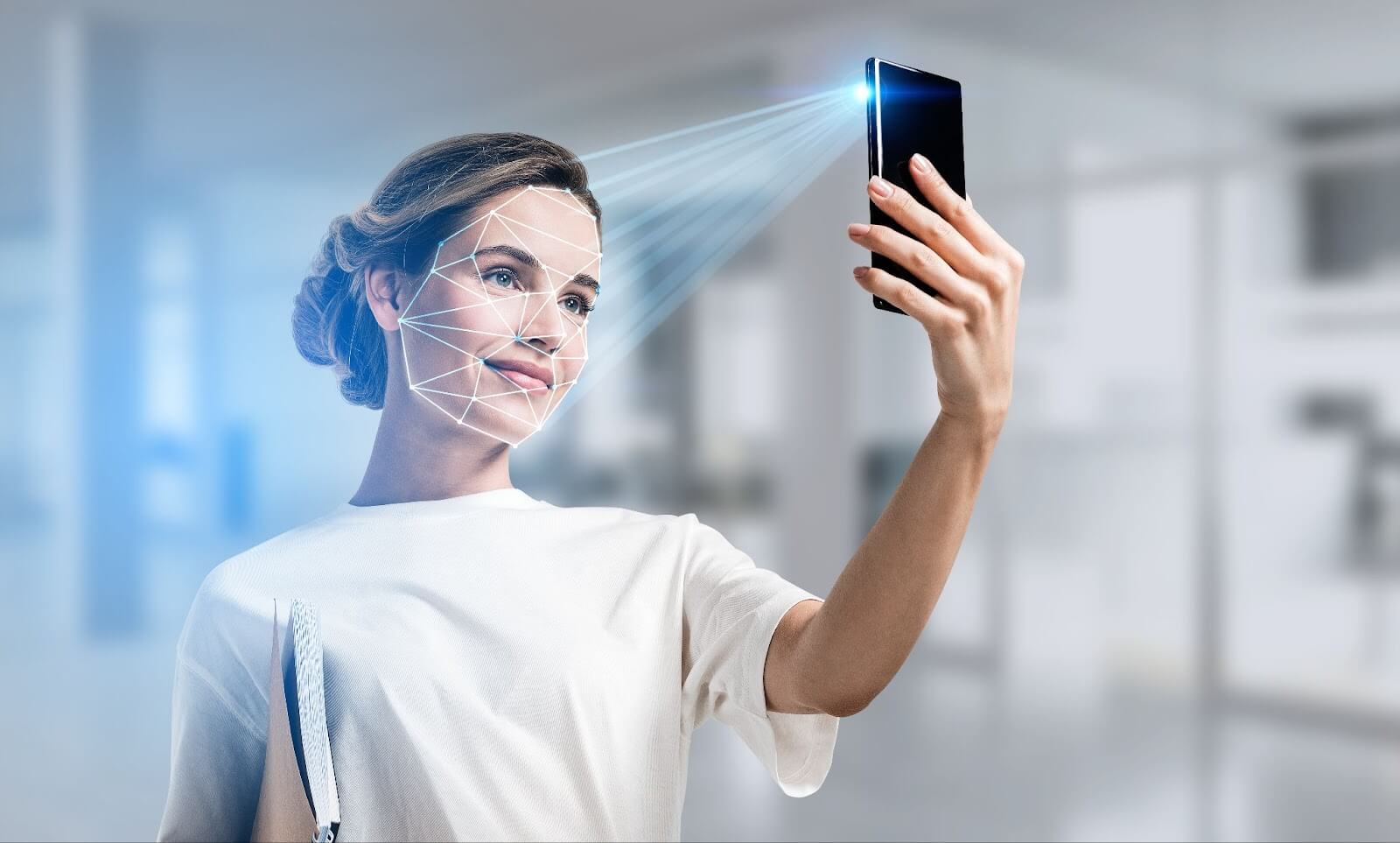















 Google
Google
 Facebook
Facebook
 Apple
Apple


